FLIR Systems FLIRT55901 Infrared Camera User Manual
FLIR Systems AB Infrared Camera
User manual
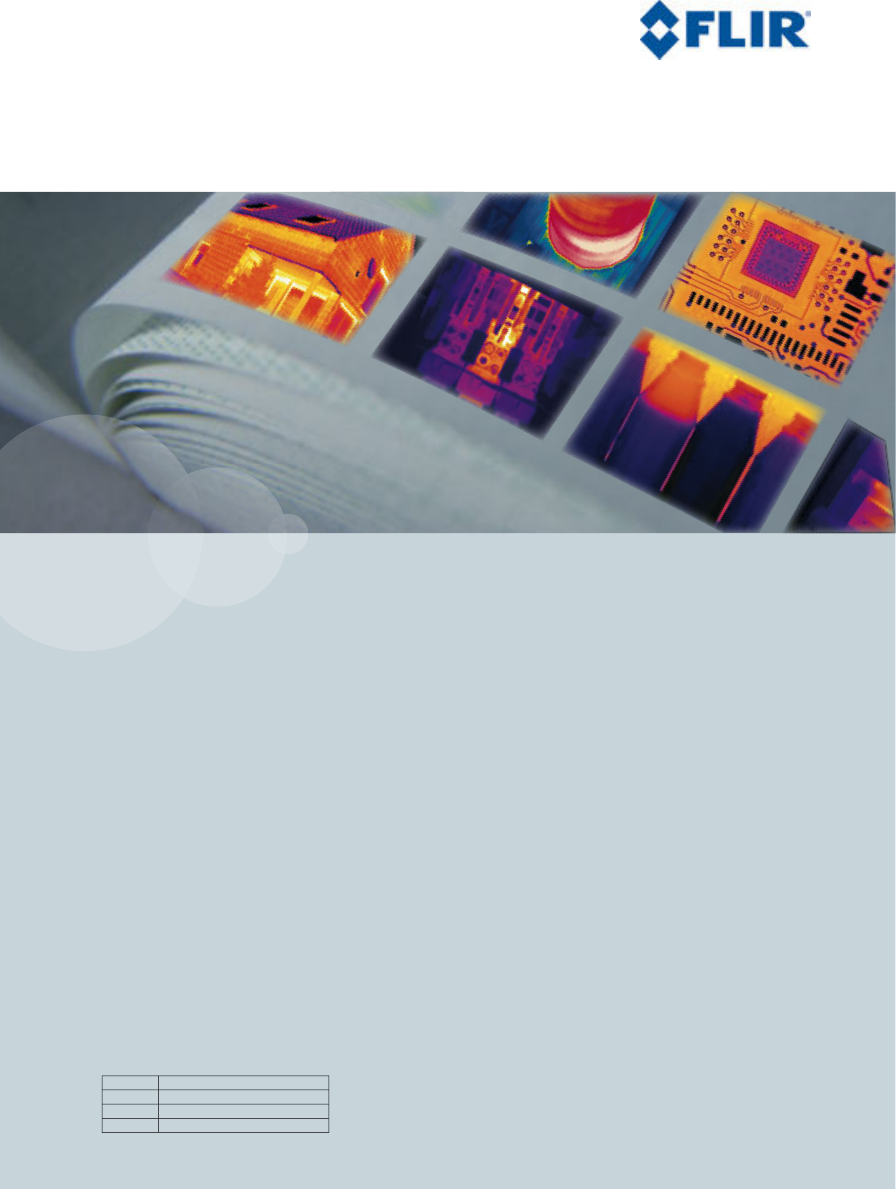
User’s manual
FLIR T6xx series
T559598Publ. No.
a554Revision
English (EN)Language
September 27, 2011Issue date
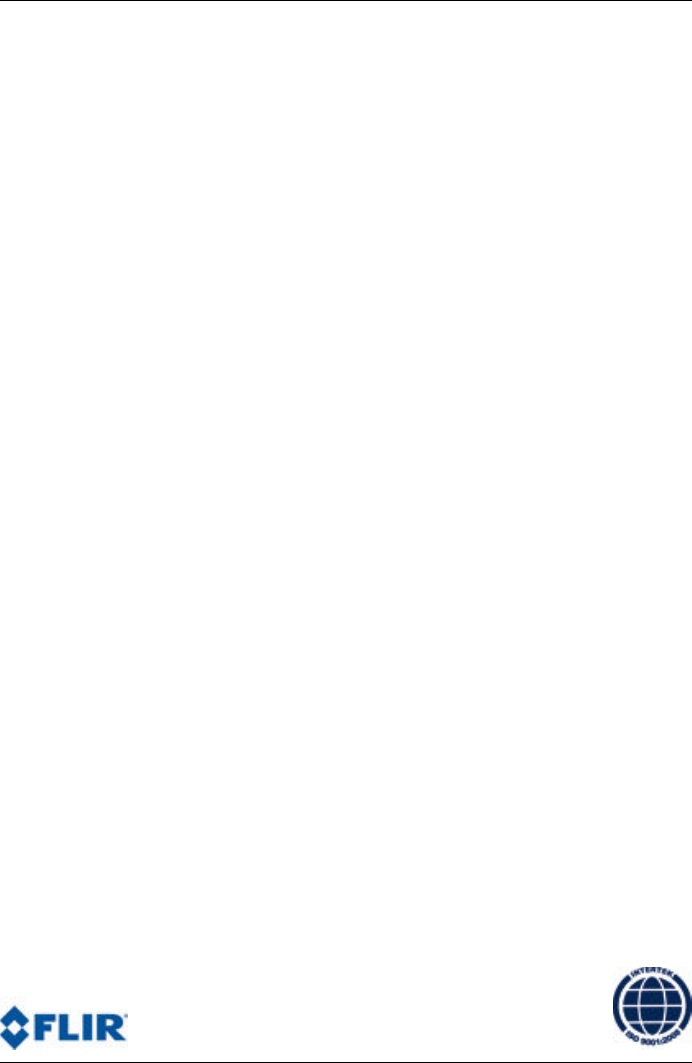
User’s manual
Publ. No. T559598 Rev. a554 – ENGLISH (EN) – September 27, 2011
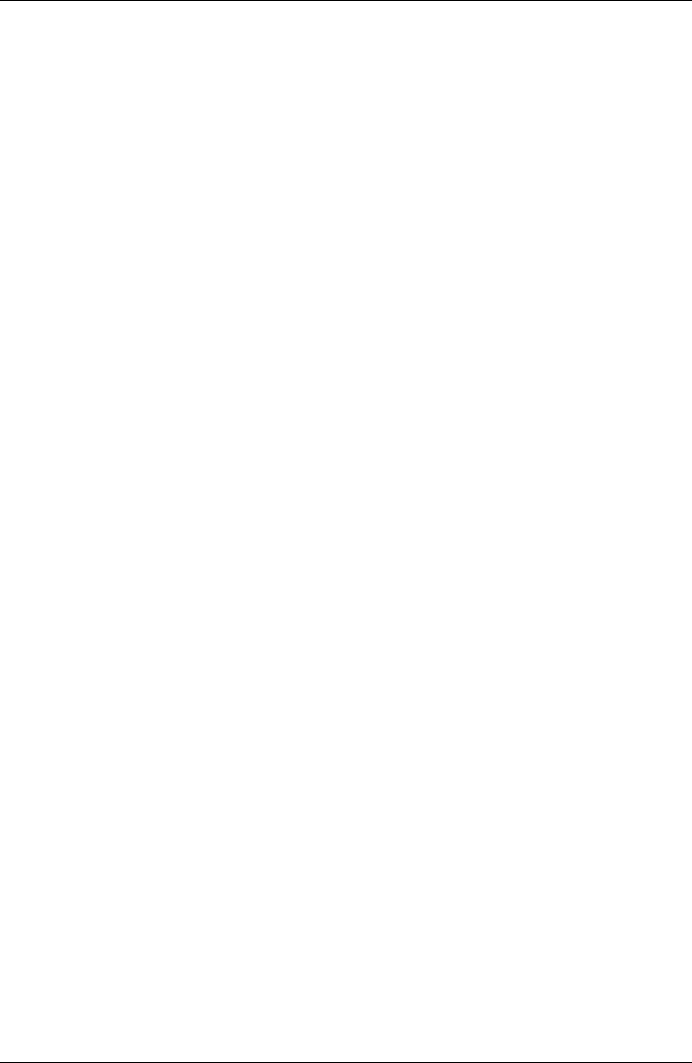
Legal disclaimer
All products manufactured by FLIR Systems are warranted against defective materials and workmanship for a period of one (1) year from the
delivery date of the original purchase, provided such products have been under normal storage, use and service, and in accordance with
FLIR Systems instruction.
Products which are not manufactured by FLIR Systems but included in systems delivered by FLIR Systems to the original purchaser, carry
the warranty, if any, of the particular supplier only. FLIR Systems has no responsibility whatsoever for such products.
The warranty extends only to the original purchaser and is not transferable. It is not applicable to any product which has been subjected to
misuse, neglect, accident or abnormal conditions of operation. Expendable parts are excluded from the warranty.
In the case of a defect in a product covered by this warranty the product must not be further used in order to prevent additional damage. The
purchaser shall promptly report any defect to FLIR Systems or this warranty will not apply.
FLIR Systems will, at its option, repair or replace any such defective product free of charge if, upon inspection, it proves to be defective in
material or workmanship and provided that it is returned to FLIR Systems within the said one-year period.
FLIR Systems has no other obligation or liability for defects than those set forth above.
No other warranty is expressed or implied. FLIR Systems specifically disclaims the implied warranties of merchantability and fitness for a
particular purpose.
FLIR Systems shall not be liable for any direct, indirect, special, incidental or consequential loss or damage, whether based on contract, tort
or any other legal theory.
This warranty shall be governed by Swedish law.
Any dispute, controversy or claim arising out of or in connection with this warranty, shall be finally settled by arbitration in accordance with
the Rules of the Arbitration Institute of the Stockholm Chamber of Commerce. The place of arbitration shall be Stockholm. The language to
be used in the arbitral proceedings shall be English.
U.S. Government Regulations
■The products described in the user documentation may require government authorization for export/re-export, or transfer. Contact FLIR
Systems for details.
■Depending on license and export procedures, lenses may be permanently fixed to cameras shipped to customers outside United States.
Interchangeable lenses fall under U.S. Department of State jurisdiction.
Copyright
© 2011, FLIR Systems. All rights reserved worldwide. No parts of the software including source code may be reproduced, transmitted, transcribed
or translated into any language or computer language in any form or by any means, electronic, magnetic, optical, manual or otherwise,
without the prior written permission of FLIR Systems.
This documentation must not, in whole or part, be copied, photocopied, reproduced, translated or transmitted to any electronic medium or
machine readable form without prior consent, in writing, from FLIR Systems.
Names and marks appearing on the products herein are either registered trademarks or trademarks of FLIR Systems and/or its subsidiaries.
All other trademarks, trade names or company names referenced herein are used for identification only and are the property of their respective
owners.
Quality assurance
The Quality Management System under which these products are developed and manufactured has been certified in accordance with the
ISO 9001 standard.
FLIR Systems is committed to a policy of continuous development; therefore we reserve the right to make changes and improvements on
any of the products described in this manual without prior notice.
Patents
One or several of the following patents or design patents apply to the products and/or features described in this manual:
0002258-2; 000279476-0001; 000439161; 000499579-0001; 000653423; 000726344; 000859020; 000889290; 001106306-0001; 001707738;
001707746; 001707787; 001776519; 0101577-5; 0102150-0; 0200629-4; 0300911-5; 0302837-0; 1144833; 1182246; 1182620; 1188086;
1285345; 1287138; 1299699; 1325808; 1336775; 1365299; 1402918; 1404291; 1678485; 1732314; 200530018812.0; 200830143636.7;
2106017; 235308; 3006596; 3006597; 466540; 483782; 484155; 518836; 60004227.8; 60122153.2; 602004011681.5-08; 6707044; 68657;
7034300; 7110035; 7154093; 7157705; 7237946; 7312822; 7332716; 7336823; 7544944; 75530; 7667198; 7809258; 7826736; D540838;
D549758; D579475; D584755; D599,392; DI6702302-9; DI6703574-4; DI6803572-1; DI6803853-4; DI6903617-9; DM/057692; DM/061609;
ZL00809178.1; ZL01823221.3; ZL01823226.4; ZL02331553.9; ZL02331554.7; ZL200480034894.0; ZL200530120994.2; ZL200630130114.4;
ZL200730151141.4; ZL200730339504.7; ZL200830128581.2.
EULA Terms
■You have acquired a device (“INFRARED CAMERA”) that includes software licensed by FLIR Systems AB from Microsoft Licensing, GP
or its affiliates (“MS”). Those installed software products of MS origin, as well as associated media, printed materials, and “online” or
electronic documentation (“SOFTWARE”) are protected by international intellectual property laws and treaties. The SOFTWARE is licensed,
not sold. All rights reserved.
iv Publ. No. T559598 Rev. a554 – ENGLISH (EN) – September 27, 2011
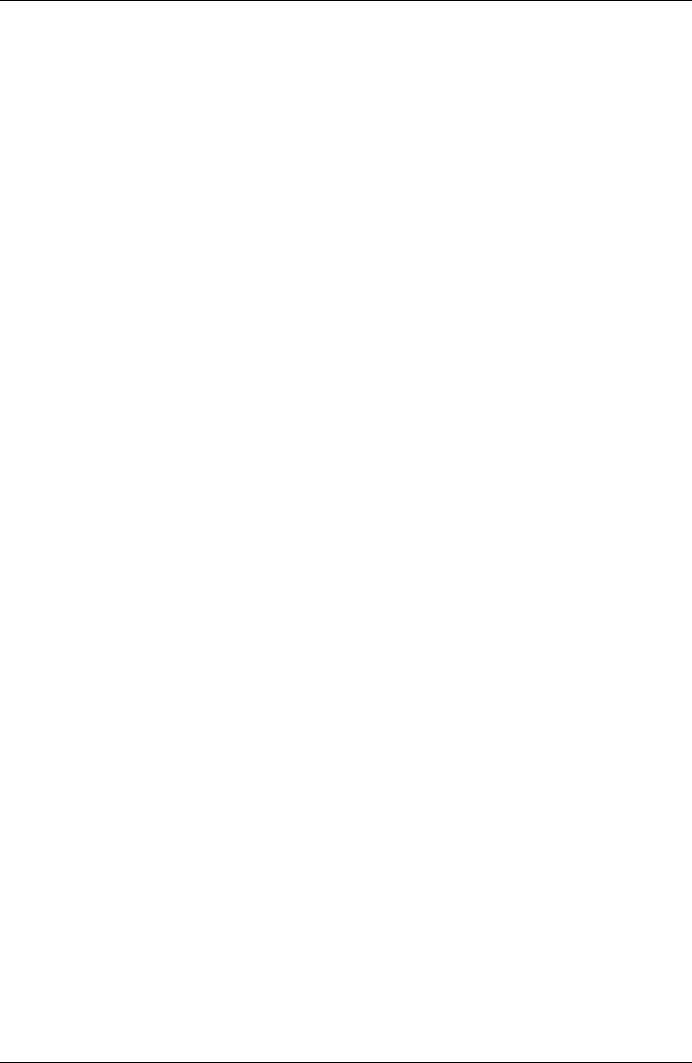
■IF YOU DO NOT AGREE TO THIS END USER LICENSE AGREEMENT (“EULA”), DO NOT USE THE DEVICE OR COPY THE SOFTWARE.
INSTEAD, PROMPTLY CONTACT FLIR Systems AB FOR INSTRUCTIONS ON RETURN OF THE UNUSED DEVICE(S) FOR A REFUND.
ANY USE OF THE SOFTWARE, INCLUDING BUT NOT LIMITED TO USE ON THE DEVICE, WILL CONSTITUTE YOUR AGREEMENT
TO THIS EULA (OR RATIFICATION OF ANY PREVIOUS CONSENT).
■GRANT OF SOFTWARE LICENSE. This EULA grants you the following license:
■You may use the SOFTWARE only on the DEVICE.
■NOT FAULT TOLERANT. THE SOFTWARE IS NOT FAULT TOLERANT. FLIR Systems AB HAS INDEPENDENTLY DETERMINED
HOW TO USE THE SOFTWARE IN THE DEVICE, AND MS HAS RELIED UPON FLIR Systems AB TO CONDUCT SUFFICIENT TESTING
TO DETERMINE THAT THE SOFTWARE IS SUITABLE FOR SUCH USE.
■NO WARRANTIES FOR THE SOFTWARE. THE SOFTWARE is provided “AS IS” and with all faults. THE ENTIRE RISK AS TO SAT-
ISFACTORY QUALITY, PERFORMANCE, ACCURACY, AND EFFORT (INCLUDING LACK OF NEGLIGENCE) IS WITH YOU. ALSO,
THERE IS NO WARRANTY AGAINST INTERFERENCE WITH YOUR ENJOYMENT OF THE SOFTWARE OR AGAINST INFRINGEMENT.
IF YOU HAVE RECEIVED ANY WARRANTIES REGARDING THE DEVICE OR THE SOFTWARE, THOSE WARRANTIES DO NOT
ORIGINATE FROM, AND ARE NOT BINDING ON, MS.
■No Liability for Certain Damages. EXCEPT AS PROHIBITED BY LAW, MS SHALL HAVE NO LIABILITY FOR ANY INDIRECT,
SPECIAL, CONSEQUENTIAL OR INCIDENTAL DAMAGES ARISING FROM OR IN CONNECTION WITH THE USE OR PERFOR-
MANCE OF THE SOFTWARE. THIS LIMITATION SHALL APPLY EVEN IF ANY REMEDY FAILS OF ITS ESSENTIAL PURPOSE.
IN NO EVENT SHALL MS BE LIABLE FOR ANY AMOUNT IN EXCESS OF U.S. TWO HUNDRED FIFTY DOLLARS (U.S.$250.00).
■Limitations on Reverse Engineering, Decompilation, and Disassembly. You may not reverse engineer, decompile, or disassemble
the SOFTWARE, except and only to the extent that such activity is expressly permitted by applicable law notwithstanding this limitation.
■SOFTWARE TRANSFER ALLOWED BUT WITH RESTRICTIONS. You may permanently transfer rights under this EULA only as part
of a permanent sale or transfer of the Device, and only if the recipient agrees to this EULA. If the SOFTWARE is an upgrade, any
transfer must also include all prior versions of the SOFTWARE.
■EXPORT RESTRICTIONS. You acknowledge that SOFTWARE is subject to U.S. export jurisdiction. You agree to comply with all
applicable international and national laws that apply to the SOFTWARE, including the U.S. Export Administration Regulations, as well
as end-user, end-use and destination restrictions issued by U.S. and other governments. For additional information see
http://www.microsoft.com/exporting/.
Publ. No. T559598 Rev. a554 – ENGLISH (EN) – September 27, 2011
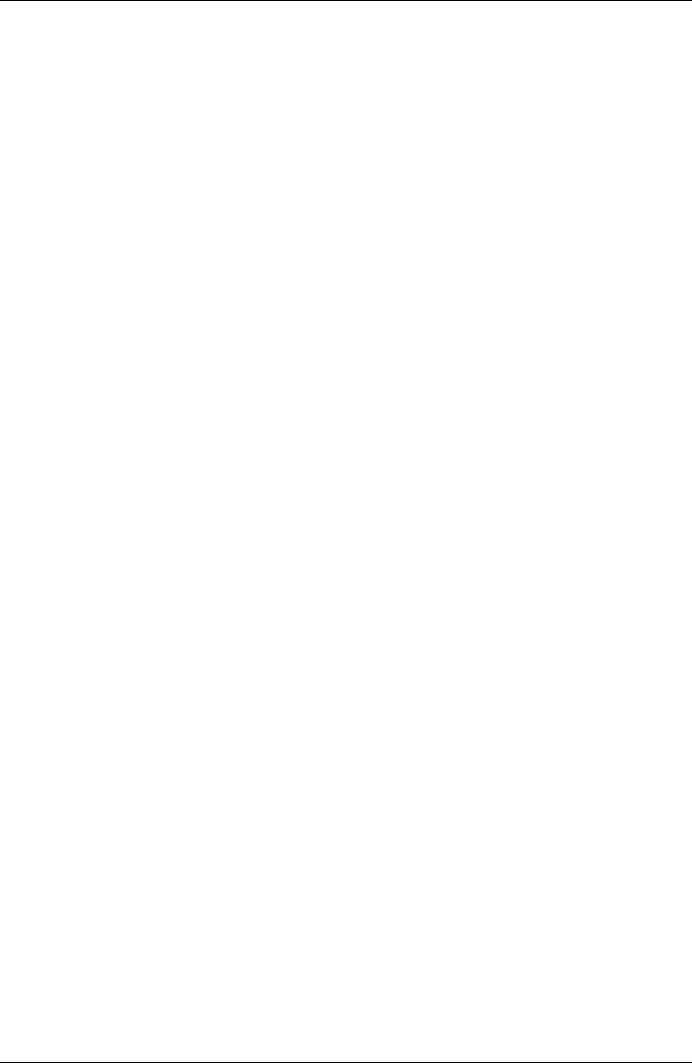
vi Publ. No. T559598 Rev. a554 – ENGLISH (EN) – September 27, 2011
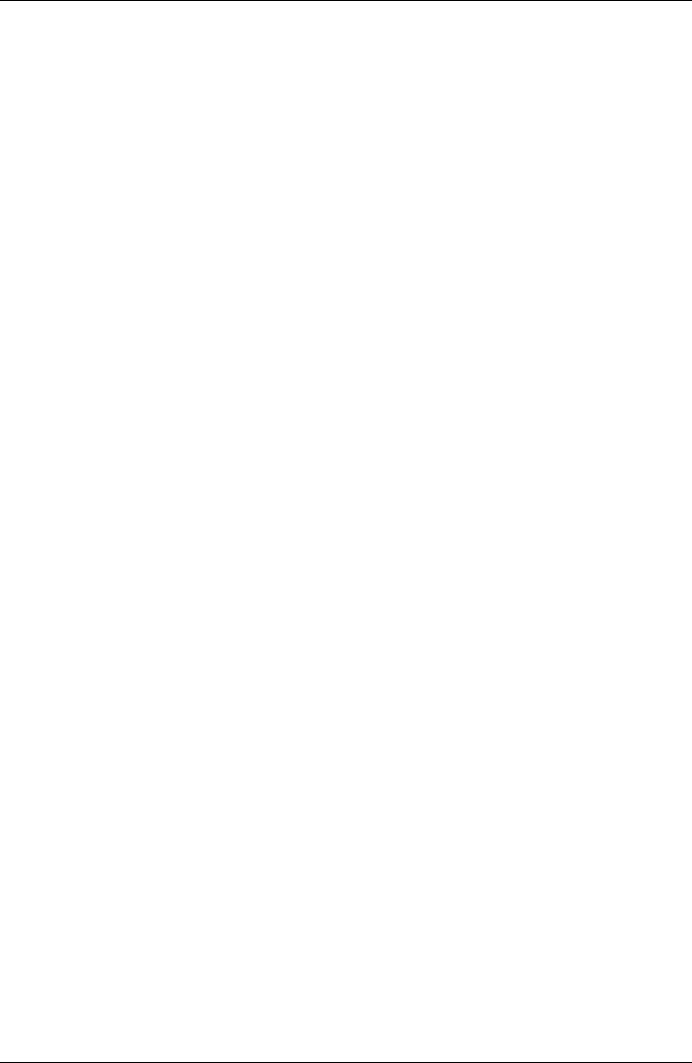
Table of contents
11 Warnings & Cautions .....................................................................................................................
42 Notice to user ..................................................................................................................................
53 Customer help ................................................................................................................................
64 Documentation updates .................................................................................................................
75 Important note about this manual .................................................................................................
86 Parts lists .........................................................................................................................................
86.1 Scope of delivery ..................................................................................................................
96.2 List of accessories and services ...........................................................................................
107 Quick Start Guide ...........................................................................................................................
118 A note about ergonomics ..............................................................................................................
139 Camera parts ...................................................................................................................................
139.1 View from the right ................................................................................................................
149.2 View from the left ..................................................................................................................
159.3 View from the rear .................................................................................................................
179.4 View from the bottom ...........................................................................................................
189.5 Battery condition LED indicator ............................................................................................
199.6 Power LED indicator .............................................................................................................
209.7 Laser pointer .........................................................................................................................
2110 Screen elements .............................................................................................................................
2211 Navigating the menu system .........................................................................................................
2312 Connecting external devices and storage media .......................................................................
2413 Pairing Bluetooth devices ..............................................................................................................
2514 Configuring Wi-Fi ............................................................................................................................
2715 Handling the camera ......................................................................................................................
2715.1 Turning on the camera .........................................................................................................
2715.2 Turning off the camera ..........................................................................................................
2815.3 Adjusting the viewfinder’s dioptric correction ......................................................................
2915.4 Adjusting the angle of the lens .............................................................................................
3015.5 Adjusting the infrared camera focus manually ....................................................................
3115.6 Autofocusing the infrared camera ........................................................................................
3215.7 Operating the laser pointer ...................................................................................................
3315.8 Using the digital zoom function ............................................................................................
3416 Working with images ......................................................................................................................
3416.1 Previewing an image ............................................................................................................
3516.2 Saving an image ...................................................................................................................
3616.3 Opening an image ................................................................................................................
3716.4 Adjusting an image ...............................................................................................................
Publ. No. T559598 Rev. a554 – ENGLISH (EN) – September 27, 2011 vii
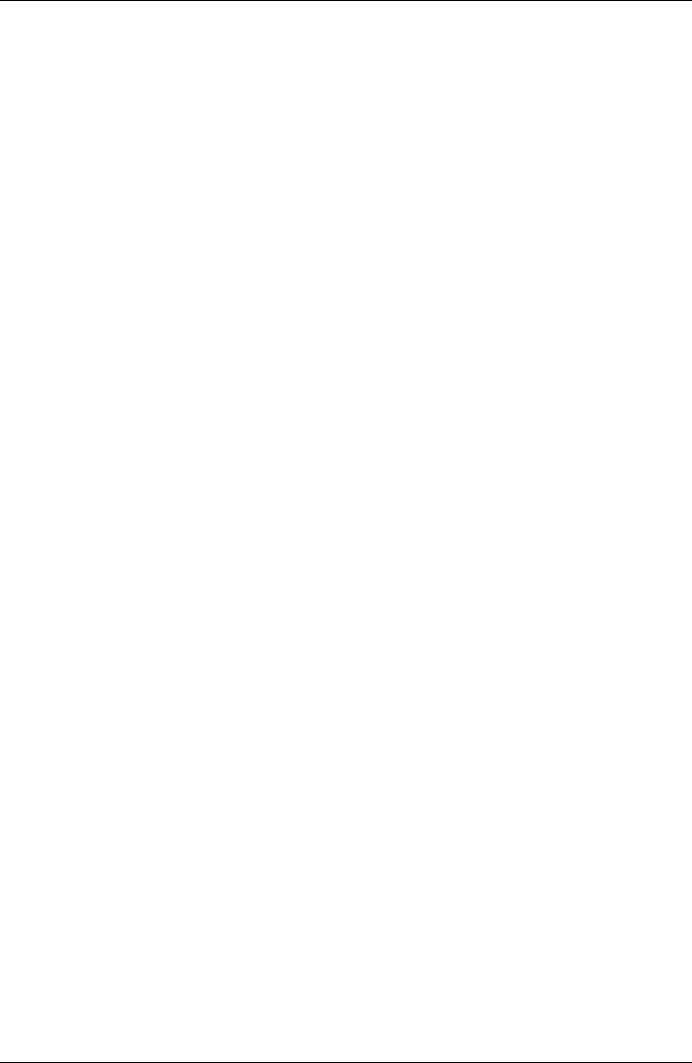
4016.5 Hiding overlay graphics ........................................................................................................
4116.6 Changing the palette ............................................................................................................
4216.7 Deleting an image .................................................................................................................
4316.8 Deleting all images ...............................................................................................................
4416.9 Creating a PDF report in the camera ...................................................................................
4517 Working with thermal fusion and picture-in-picture image modes ...........................................
4918 Working with measurement tools .................................................................................................
4918.1 Laying out measurement tools: spots, areas, etc. ...............................................................
5018.2 Laying out measurement tool: isotherms ............................................................................
5118.3 Moving or resizing a measurement tool ...............................................................................
5218.4 Creating and setting up a difference calculation .................................................................
5318.5 Changing object parameters ................................................................................................
5519 Fetching data from external Extech meters .................................................................................
5719.1 Typical moisture measurement and documentation procedure ..........................................
5820 Working with isotherms .................................................................................................................
5820.1 Building isotherms ................................................................................................................
5921 Annotating images ..........................................................................................................................
6021.1 Taking a digital photo ...........................................................................................................
6121.2 Creating a voice annotation .................................................................................................
6221.3 Creating a text annotation ....................................................................................................
6421.4 Adding a sketch ....................................................................................................................
6522 Recording video clips ....................................................................................................................
6623 Changing settings ..........................................................................................................................
6724 Cleaning the camera ......................................................................................................................
6724.1 Camera housing, cables, and other items ...........................................................................
6824.2 Infrared lens ..........................................................................................................................
6924.3 Infrared detector ...................................................................................................................
7025 Technical data .................................................................................................................................
7126 Dimensional drawings ...................................................................................................................
7126.1 Camera dimensions, front view (1) ......................................................................................
7226.2 Camera dimensions, front view (2) ......................................................................................
7326.3 Camera dimensions, side view (1) .......................................................................................
7426.4 Camera dimensions, side view (2) .......................................................................................
7526.5 Camera dimensions, 41.3 mm/15° lens, side view ..............................................................
7626.6 Camera dimensions, 24.6 mm/25° lens, side view ..............................................................
7726.7 Camera dimensions, 13.1 mm/45° lens, side view ..............................................................
7826.8 Infrared lens (41.3 mm/15°) ..................................................................................................
7926.9 Infrared lens (24.6 mm/25°) ..................................................................................................
8026.10 Infrared lens (13.1 mm/45°) ..................................................................................................
8126.11 Battery (1) .............................................................................................................................
8226.12 Battery (2) .............................................................................................................................
8326.13 Battery charger (1) ................................................................................................................
8426.14 Battery charger (2) ................................................................................................................
8526.15 Battery charger (3) ................................................................................................................
viii Publ. No. T559598 Rev. a554 – ENGLISH (EN) – September 27, 2011
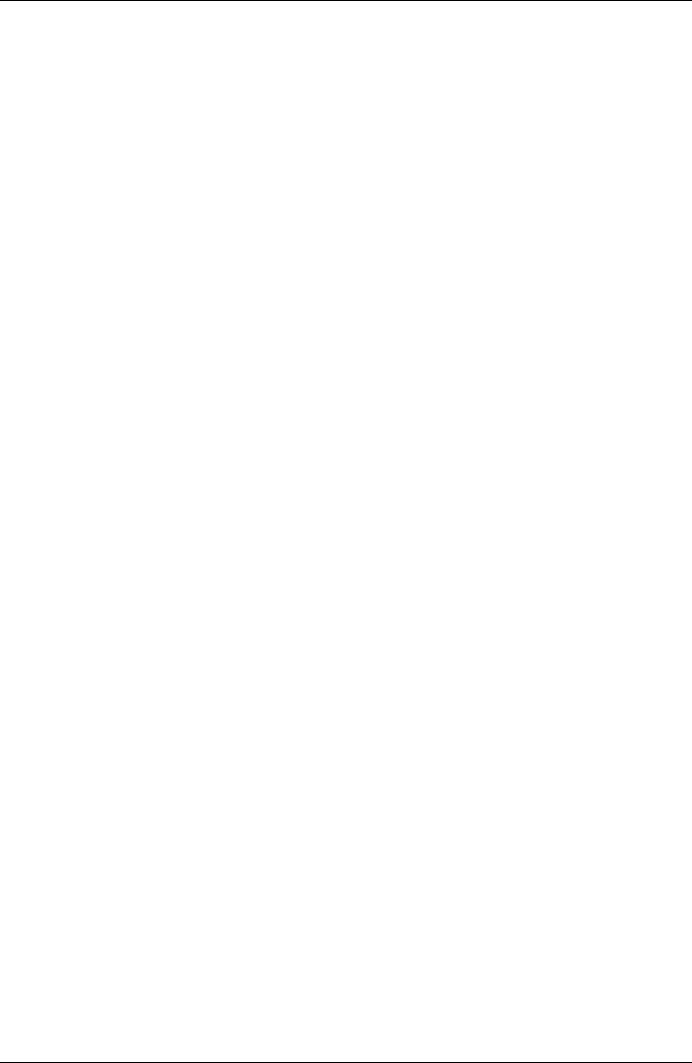
8627 Application examples .....................................................................................................................
8627.1 Moisture & water damage ....................................................................................................
8727.2 Faulty contact in socket ........................................................................................................
8827.3 Oxidized socket ....................................................................................................................
8927.4 Insulation deficiencies ..........................................................................................................
9027.5 Draft ......................................................................................................................................
9128 Introduction to building thermography ........................................................................................
9128.1 Disclaimer .............................................................................................................................
9128.1.1 Copyright notice ...................................................................................................
9128.1.2 Training & certification ..........................................................................................
9128.1.3 National or regional building codes .....................................................................
9128.2 Important note ......................................................................................................................
9228.3 Typical field investigations ....................................................................................................
9228.3.1 Guidelines .............................................................................................................
9228.3.1.1 General guidelines ............................................................................
92
28.3.1.2 Guidelines for moisture detection, mold detection & detection of
water damages ..................................................................................
9328.3.1.3 Guidelines for detection of air infiltration & insulation deficiencies ...
9428.3.2 About moisture detection .....................................................................................
9428.3.3 Moisture detection (1): Low-slope commercial roofs ..........................................
9428.3.3.1 General information ...........................................................................
9528.3.3.2 Safety precautions ............................................................................
9628.3.3.3 Commented building structures .......................................................
9728.3.3.4 Commented infrared images ............................................................
9928.3.4 Moisture detection (2): Commercial & residential façades ..................................
9928.3.4.1 General information ...........................................................................
9928.3.4.2 Commented building structures .......................................................
10128.3.4.3 Commented infrared images ............................................................
10128.3.5 Moisture detection (3): Decks & balconies ..........................................................
10128.3.5.1 General information ...........................................................................
10228.3.5.2 Commented building structures .......................................................
10428.3.5.3 Commented infrared images ............................................................
10428.3.6 Moisture detection (4): Plumbing breaks & leaks ................................................
10428.3.6.1 General information ...........................................................................
10528.3.6.2 Commented infrared images ............................................................
10728.3.7 Air infiltration .........................................................................................................
10728.3.7.1 General information ...........................................................................
10728.3.7.2 Commented building structures .......................................................
10928.3.7.3 Commented infrared images ............................................................
11028.3.8 Insulation deficiencies ..........................................................................................
11028.3.8.1 General information ...........................................................................
11028.3.8.2 Commented building structures .......................................................
11228.3.8.3 Commented infrared images ............................................................
11428.4 Theory of building science ...................................................................................................
11428.4.1 General information ..............................................................................................
11528.4.2 The effects of testing and checking .....................................................................
11628.4.3 Sources of disruption in thermography ................................................................
11828.4.4 Surface temperature and air leaks .......................................................................
11828.4.4.1 Pressure conditions in a building .....................................................
12428.4.5 Measuring conditions & measuring season .........................................................
12428.4.6 Interpretation of infrared images ..........................................................................
12628.4.7 Humidity & dew point ...........................................................................................
Publ. No. T559598 Rev. a554 – ENGLISH (EN) – September 27, 2011 ix
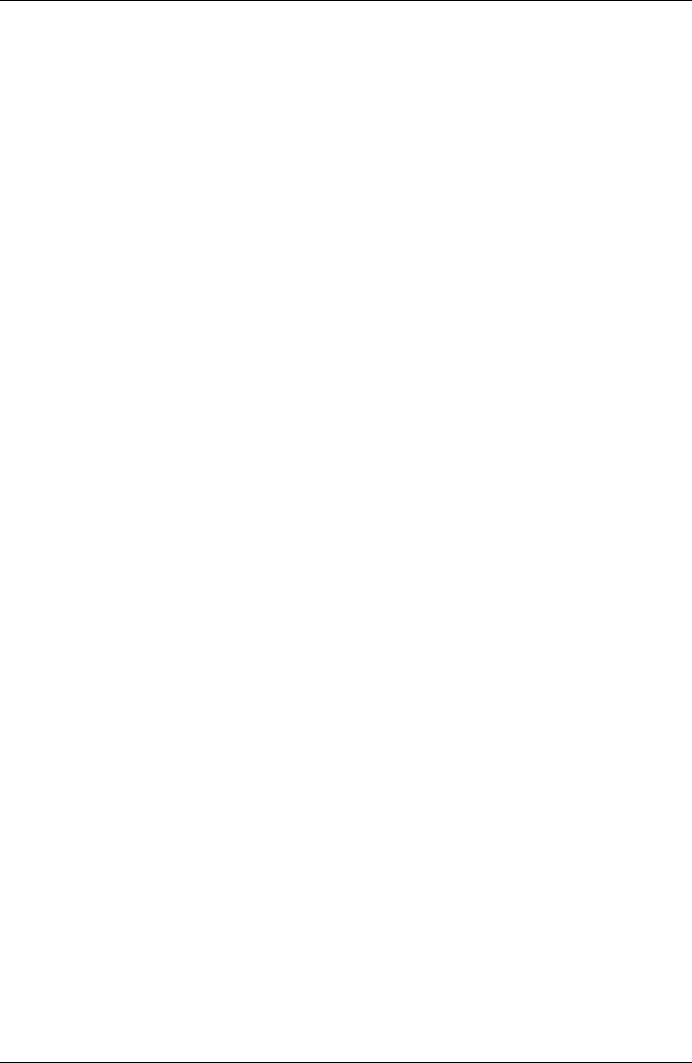
12628.4.7.1 Relative & absolute humidity ............................................................
12628.4.7.2 Definition of dew point ......................................................................
126
28.4.8 Excerpt from Technical Note ‘Assessing thermal bridging and insulation
continuity’ (UK example) ......................................................................................
12628.4.8.1 Credits ...............................................................................................
12728.4.8.2 Introduction .......................................................................................
12728.4.8.3 Background information ...................................................................
12828.4.8.4 Quantitative appraisal of thermal anomalies ....................................
13128.4.8.5 Conditions and equipment ...............................................................
13228.4.8.6 Survey and analysis ..........................................................................
13328.4.8.7 Reporting ...........................................................................................
13529 Introduction to thermographic inspections of electrical installations ......................................
13529.1 Important note ......................................................................................................................
13529.2 General information ..............................................................................................................
13529.2.1 Introduction ...........................................................................................................
13629.2.2 General equipment data .......................................................................................
13729.2.3 Inspection .............................................................................................................
13729.2.4 Classification & reporting ......................................................................................
13829.2.5 Priority ...................................................................................................................
13829.2.6 Repair ....................................................................................................................
13929.2.7 Control ..................................................................................................................
14029.3 Measurement technique for thermographic inspection of electrical installations ...............
14029.3.1 How to correctly set the equipment .....................................................................
14029.3.2 Temperature measurement ...................................................................................
14229.3.3 Comparative measurement ..................................................................................
14329.3.4 Normal operating temperature .............................................................................
14429.3.5 Classification of faults ...........................................................................................
14629.4 Reporting ..............................................................................................................................
14829.5 Different types of hot spots in electrical installations ...........................................................
14829.5.1 Reflections ............................................................................................................
14829.5.2 Solar heating .........................................................................................................
14929.5.3 Inductive heating ...................................................................................................
14929.5.4 Load variations ......................................................................................................
15029.5.5 Varying cooling conditions ...................................................................................
15129.5.6 Resistance variations ............................................................................................
15129.5.7 Overheating in one part as a result of a fault in another ......................................
15329.6 Disturbance factors at thermographic inspection of electrical installations ........................
15329.6.1 Wind ......................................................................................................................
15329.6.2 Rain and snow ......................................................................................................
15429.6.3 Distance to object .................................................................................................
15529.6.4 Object size ............................................................................................................
15729.7 Practical advice for the thermographer ................................................................................
15729.7.1 From cold to hot ...................................................................................................
15729.7.2 Rain showers ........................................................................................................
15729.7.3 Emissivity ..............................................................................................................
15829.7.4 Reflected apparent temperature ...........................................................................
15829.7.5 Object too far away ...............................................................................................
15930 About FLIR Systems .......................................................................................................................
16030.1 More than just an infrared camera .......................................................................................
16130.2 Sharing our knowledge ........................................................................................................
16130.3 Supporting our customers ...................................................................................................
16130.4 A few images from our facilities ...........................................................................................
xPubl. No. T559598 Rev. a554 – ENGLISH (EN) – September 27, 2011
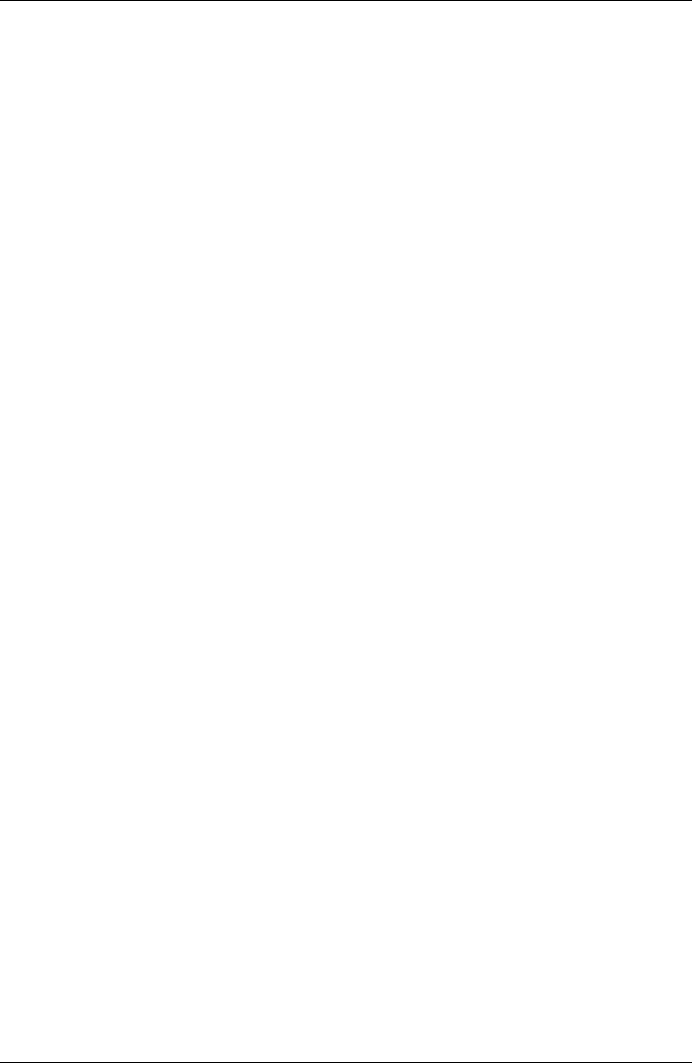
16331 Glossary ...........................................................................................................................................
16732 Thermographic measurement techniques ...................................................................................
16732.1 Introduction ..........................................................................................................................
16732.2 Emissivity ..............................................................................................................................
16832.2.1 Finding the emissivity of a sample .......................................................................
16832.2.1.1 Step 1: Determining reflected apparent temperature .......................
17032.2.1.2 Step 2: Determining the emissivity ...................................................
17132.3 Reflected apparent temperature ..........................................................................................
17132.4 Distance ................................................................................................................................
17132.5 Relative humidity ..................................................................................................................
17132.6 Other parameters ..................................................................................................................
17233 History of infrared technology ......................................................................................................
17634 Theory of thermography ................................................................................................................
17634.1 Introduction ...........................................................................................................................
17634.2 The electromagnetic spectrum ............................................................................................
17734.3 Blackbody radiation ..............................................................................................................
17834.3.1 Planck’s law ..........................................................................................................
17934.3.2 Wien’s displacement law ......................................................................................
18134.3.3 Stefan-Boltzmann's law .........................................................................................
18234.3.4 Non-blackbody emitters .......................................................................................
18434.4 Infrared semi-transparent materials .....................................................................................
18635 The measurement formula .............................................................................................................
19236 Emissivity tables .............................................................................................................................
19236.1 References ............................................................................................................................
19236.2 Important note about the emissivity tables ..........................................................................
19336.3 Tables ....................................................................................................................................
Publ. No. T559598 Rev. a554 – ENGLISH (EN) – September 27, 2011 xi
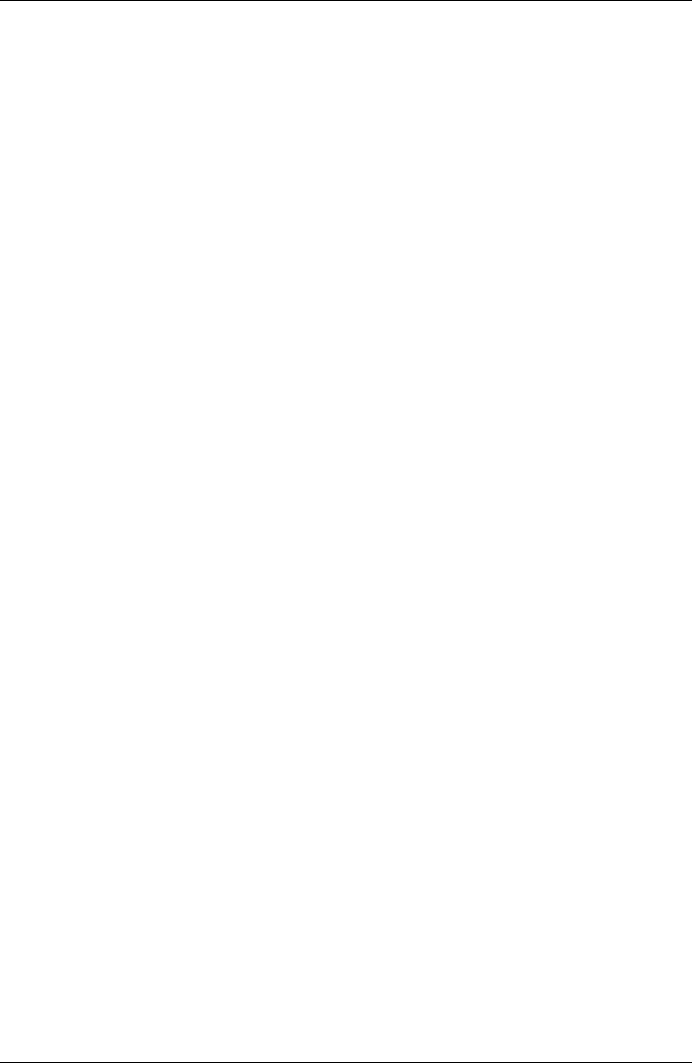
xii Publ. No. T559598 Rev. a554 – ENGLISH (EN) – September 27, 2011
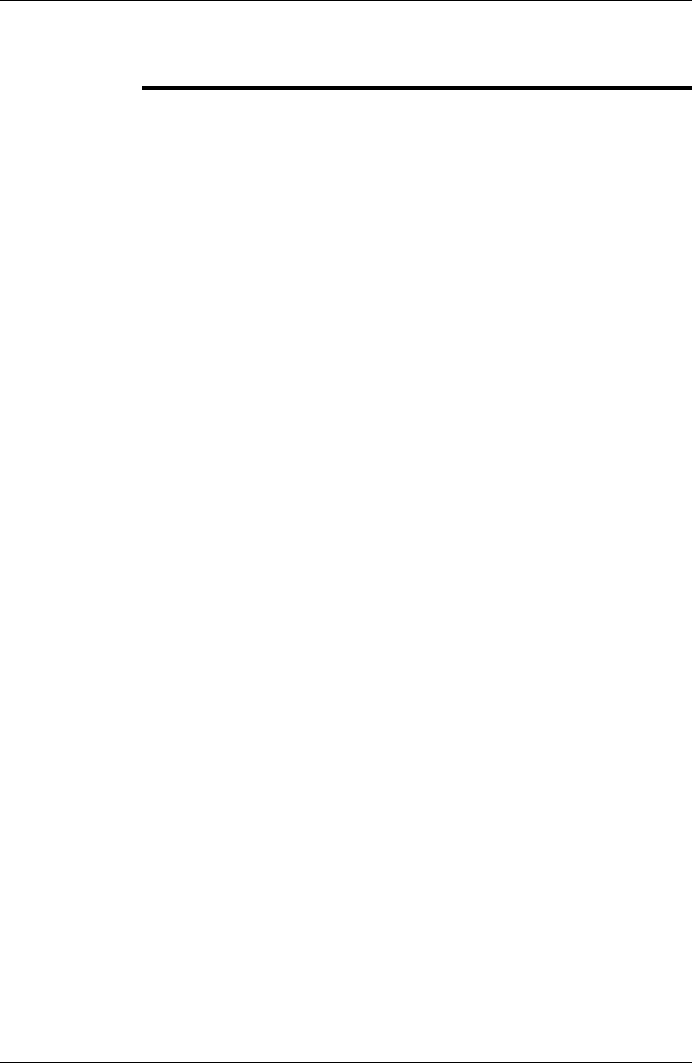
1 Warnings & Cautions
WARNING (Applies only to Class A digital devices.) This equipment generates, uses, and
can radiate radio frequency energy and if not installed and used in accordance
with the instruction manual, may cause interference to radio communications. It
■
has been tested and found to comply with the limits for a Class A computing device
pursuant to Subpart J of Part 15 of FCC Rules, which are designed to provide
reasonable protection against such interference when operated in a commercial
environment. Operation of this equipment in a residential area is likely to cause
interference in which case the user at his own expense will be required to take
whatever measures may be required to correct the interference.
■(Applies only to Class B digital devices.) This equipment has been tested and
found to comply with the limits for a Class B digital device, pursuant to Part 15 of
the FCC Rules. These limits are designed to provide reasonable protection against
harmful interference in a residential installation. This equipment generates, uses
and can radiate radio frequency energy and, if not installed and used in accordance
with the instructions, may cause harmful interference to radio communications.
However, there is no guarantee that interference will not occur in a particular in-
stallation. If this equipment does cause harmful interference to radio or television
reception, which can be determined by turning the equipment off and on, the user
is encouraged to try to correct the interference by one or more of the following
measures:
■Reorient or relocate the receiving antenna.
■Increase the separation between the equipment and receiver.
■Connect the equipment into an outlet on a circuit different from that to which
the receiver is connected.
■Consult the dealer or an experienced radio/TV technician for help.
■(Applies only to digital devices subject to 15.19/RSS-210.) NOTICE: This device
complies with Part 15 of the FCC Rules and with RSS-210 of Industry Canada.
Operation is subject to the following two conditions:
1this device may not cause harmful interference, and
2this device must accept any interference received, including interference that
may cause undesired operation.
■(Applies only to digital devices subject to 15.21.) NOTICE: Changes or modifica-
tions made to this equipment not expressly approved by (manufacturer name)
may void the FCC authorization to operate this equipment.
■(Applies only to digital devices subject to 2.1091/2.1093/OET Bulletin 65.) Radiofre-
quency radiation exposure Information: The radiated output power of the device
is far below the FCC radio frequency exposure limits. Nevertheless, the device
shall be used in such a manner that the potential for human contact during normal
operation is minimized.
■(Applies only to cameras with laser pointer:) Do not look directly into the laser
beam. The laser beam can cause eye irritation.
■Applies only to cameras with battery:
■Do not disassemble or do a modification to the battery. The battery contains
safety and protection devices which, if they become damaged, can cause the
battery to become hot, or cause an explosion or an ignition.
Publ. No. T559598 Rev. a554 – ENGLISH (EN) – September 27, 2011 1
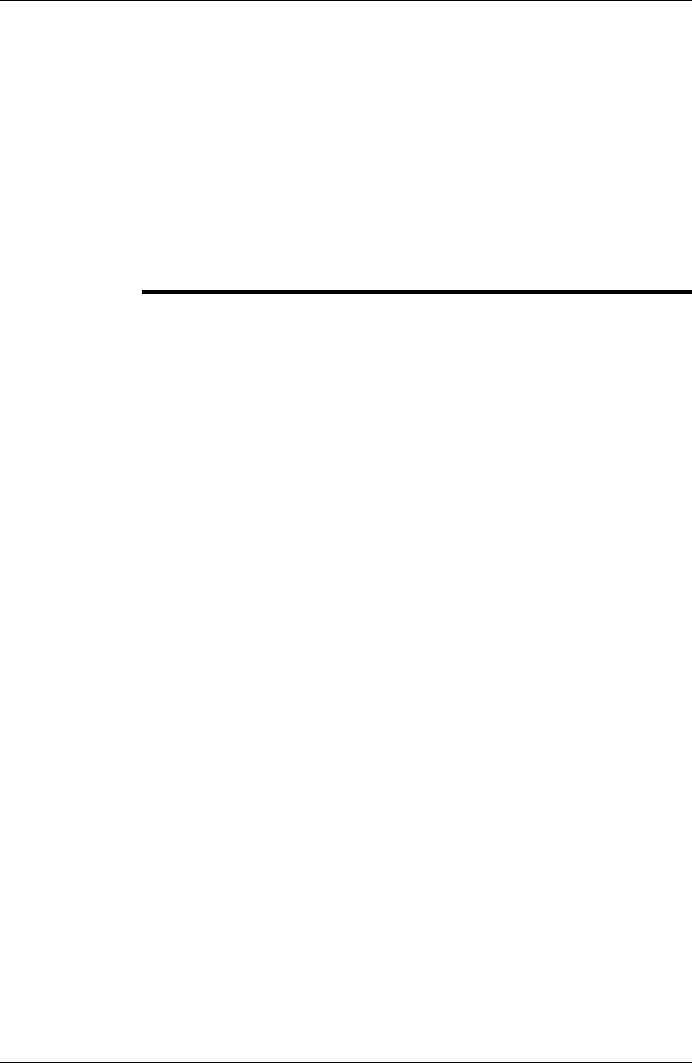
■If there is a leak from the battery and the fluid gets into your eyes, do not rub
your eyes. Flush well with water and immediately get medical care. The battery
fluid can cause injury to your eyes if you do not do this.
■Do not continue to charge the battery if it does not become charged in the
specified charging time. If you continue to charge the battery, it can become
hot and cause an explosion or ignition.
■Only use the correct equipment to discharge the battery. If you do not use the
correct equipment, you can decrease the performance or the life cycle of the
battery. If you do not use the correct equipment, an incorrect flow of current
to the battery can occur. This can cause the battery to become hot, or cause
an explosion and injury to persons.
■Make sure that you read all applicable MSDS (Material Safety Data Sheets) and
warning labels on containers before you use a liquid: the liquids can be dangerous.
CAUTION ■Do not point the infrared camera (with or without the lens cover) at intensive energy
sources, for example devices that emit laser radiation, or the sun. This can have
an unwanted effect on the accuracy of the camera. It can also cause damage to
the detector in the camera.
■Do not use the camera in a temperature higher than +50°C (+122°F), unless
specified otherwise in the user documentation. High temperatures can cause
damage to the camera.
■(Applies only to cameras with laser pointer:) Protect the laser pointer with the
protective cap when you do not operate the laser pointer.
■Applies only to cameras with battery:
■Do not attach the batteries directly to a car’s cigarette lighter socket, unless a
specific adapter for connecting the batteries to a cigarette lighter socket is
provided by FLIR Systems.
■Do not connect the positive terminal and the negative terminal of the battery
to each other with a metal object (such as wire).
■Do not get water or salt water on the battery, or permit the battery to get wet.
■Do not make holes in the battery with objects. Do not hit the battery with a
hammer. Do not step on the battery, or apply strong impacts or shocks to it.
■Do not put the batteries in or near a fire, or into direct sunlight. When the battery
becomes hot, the built-in safety equipment becomes energized and can stop
the battery charging process. If the battery becomes hot, damage can occur
to the safety equipment and this can cause more heat, damage or ignition of
the battery.
■Do not put the battery on a fire or increase the temperature of the battery with
heat.
■Do not put the battery on or near fires, stoves, or other high-temperature loca-
tions.
■Do not solder directly onto the battery.
■Do not use the battery if, when you use, charge, or store the battery, there is
an unusual smell from the battery, the battery feels hot, changes color, changes
shape, or is in an unusual condition. Contact your sales office if one or more
of these problems occurs.
■Only use a specified battery charger when you charge the battery.
2Publ. No. T559598 Rev. a554 – ENGLISH (EN) – September 27, 2011
1 – Warnings & Cautions
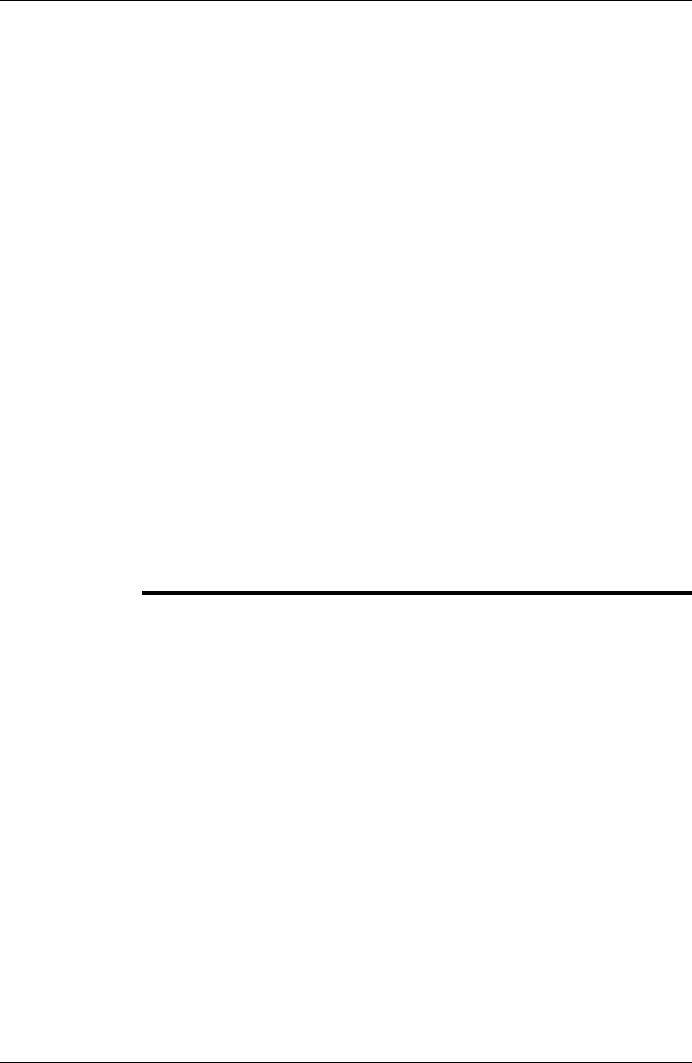
■The temperature range through which you can charge the battery is ±0°C to
+45°C (+32°F to +113°F), unless specified otherwise in the user documenta-
tion. If you charge the battery at temperatures out of this range, it can cause
the battery to become hot or to break. It can also decrease the performance
or the life cycle of the battery.
■The temperature range through which you can discharge the battery is −15°C
to +50°C (+5°F to +122°F), unless specified otherwise in the user documen-
tation. Use of the battery out of this temperature range can decrease the per-
formance or the life cycle of the battery.
■When the battery is worn, apply insulation to the terminals with adhesive tape
or similar materials before you discard it.
■Remove any water or moisture on the battery before you install it.
■Do not apply solvents or similar liquids to the camera, the cables, or other items.
This can cause damage.
■Be careful when you clean the infrared lens. The lens has a delicate anti-reflective
coating.
■Do not clean the infrared lens too vigorously. This can damage the anti-reflective
coating.
■In furnace and other high-temperature applications, you must mount a heatshield
on the camera. Using the camera in furnace and other high-temperature applica-
tions without a heatshield can cause damage to the camera.
■(Applies only to cameras with an automatic shutter that can be disabled.) Do not
disable the automatic shutter in the camera for a prolonged time period (typically
max. 30 minutes). Disabling the shutter for a longer time period may harm, or ir-
reparably damage, the detector.
■The encapsulation rating is valid only when all openings on the camera are sealed
with their designated covers, hatches, or caps. This includes, but is not limited
to, compartments for data storage, batteries, and connectors.
Publ. No. T559598 Rev. a554 – ENGLISH (EN) – September 27, 2011 3
1 – Warnings & Cautions
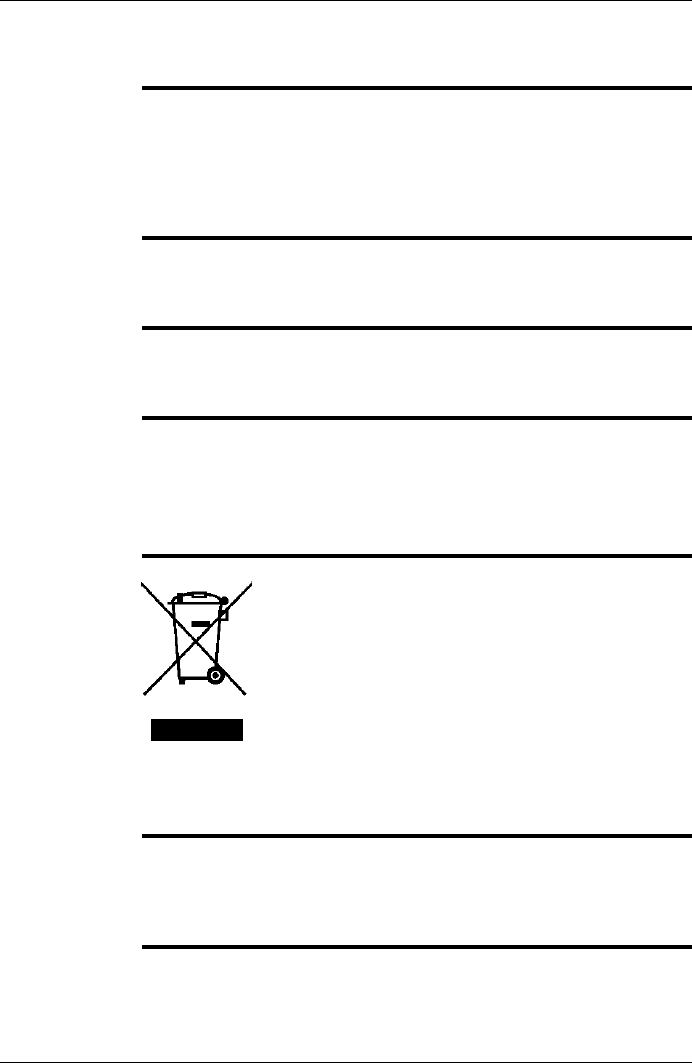
2 Notice to user
Typographical
conventions
This manual uses the following typographical conventions:
Semibold is used for menu names, menu commands and labels, and buttons in
dialog boxes.
■
■Italic is used for important information.
■Monospace is used for code samples.
■UPPER CASE is used for names on keys and buttons.
User-to-user
forums
Exchange ideas, problems, and infrared solutions with fellow thermographers around
the world in our user-to-user forums. To go to the forums, visit:
http://www.infraredtraining.com/community/boards/
Calibration (This notice only applies to cameras with measurement capabilities.)
We recommend that you send in the camera for calibration once a year. Contact
your local sales office for instructions on where to send the camera.
Accuracy (This notice only applies to cameras with measurement capabilities.)
For very accurate results, we recommend that you wait 5 minutes after you have
started the camera before measuring a temperature.
For cameras where the detector is cooled by a mechanical cooler, this time period
excludes the time it takes to cool down the detector.
Disposal of
electronic waste
10742803;a1
As with most electronic products, this equipment must be disposed of in an environ-
mentally friendly way, and in accordance with existing regulations for electronic waste.
Please contact your FLIR Systems representative for more details.
Training To read about infrared training, visit:
■http://www.infraredtraining.com
■http://www.irtraining.com
■http://www.irtraining.eu
4Publ. No. T559598 Rev. a554 – ENGLISH (EN) – September 27, 2011
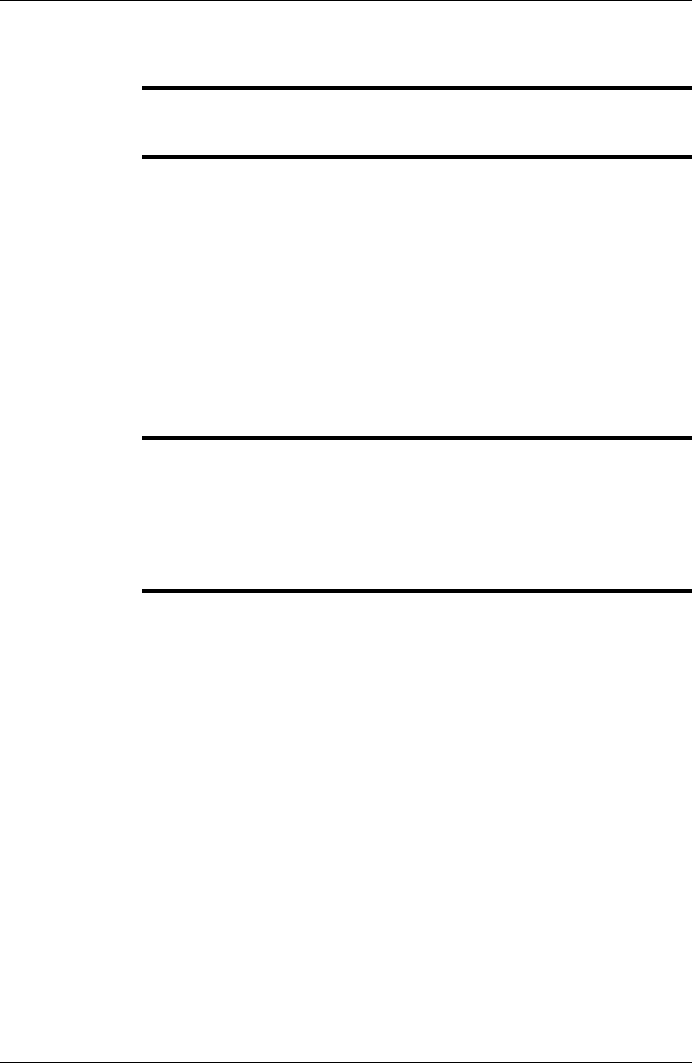
3 Customer help
General For customer help, visit:
http://support.flir.com
Submitting a
question
To submit a question to the customer help team, you must be a registered user. It
only takes a few minutes to register online. If you only want to search the knowledge-
base for existing questions and answers, you do not need to be a registered user.
When you want to submit a question, make sure that you have the following informa-
tion to hand:
■The camera model
■The camera serial number
■The communication protocol, or method, between the camera and your PC (for
example, HDMI, Ethernet, USB™, or FireWire™)
■Operating system on your PC
■Microsoft®Office version
■Full name, publication number, and revision number of the manual
Downloads On the customer help site you can also download the following:
■Firmware updates for your infrared camera
■Program updates for your PC software
■User documentation
■Application stories
■Technical publications
Publ. No. T559598 Rev. a554 – ENGLISH (EN) – September 27, 2011 5
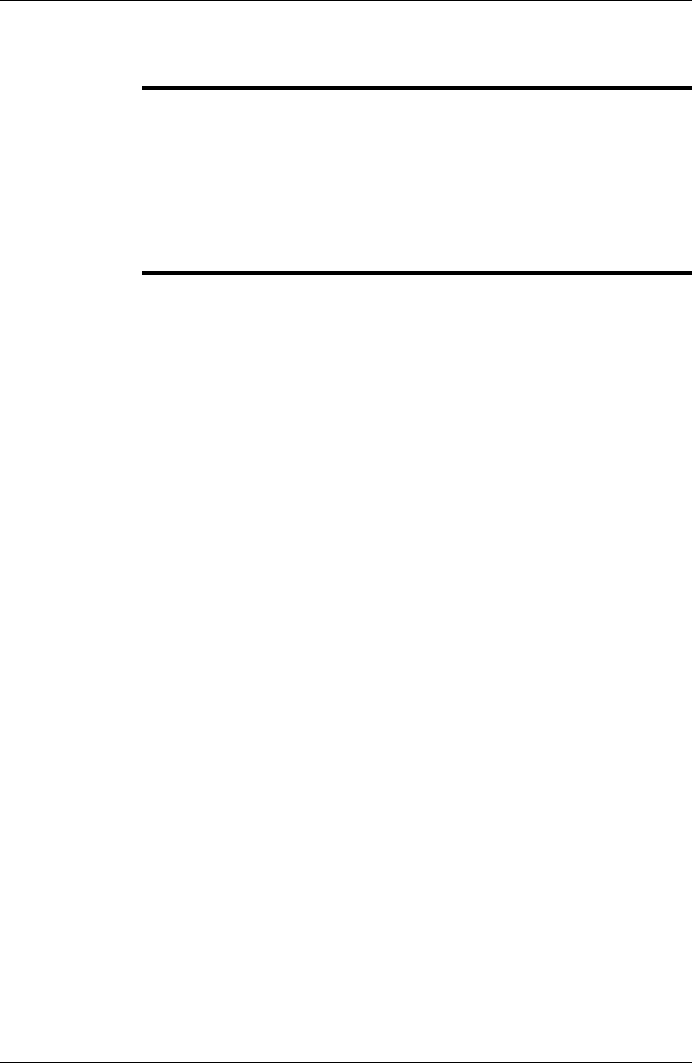
4 Documentation updates
General Our manuals are updated several times per year, and we also issue product-critical
notifications of changes on a regular basis.
To access the latest manuals and notifications, go to the Download tab at:
http://support.flir.com
It only takes a few minutes to register online. In the download area you will also find
the latest releases of manuals for our other products, as well as manuals for our
historical and obsolete products.
6Publ. No. T559598 Rev. a554 – ENGLISH (EN) – September 27, 2011
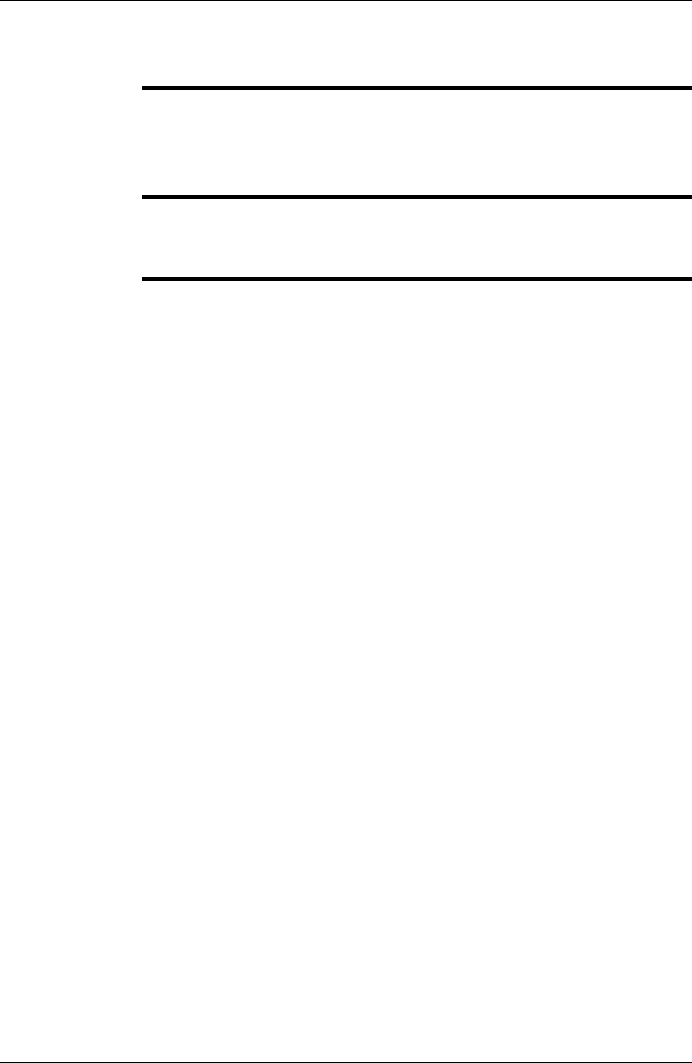
5Important note about this manual
General FLIR Systems issues generic manuals that cover several cameras within a model
line.
This means that this manual may contain descriptions and explanations that do not
apply to your particular camera model.
NOTE FLIR Systems reserves the right to discontinue models, software, parts or accessories,
and other items, or to change specifications and/or functionality at any time without
prior notice.
Publ. No. T559598 Rev. a554 – ENGLISH (EN) – September 27, 2011 7
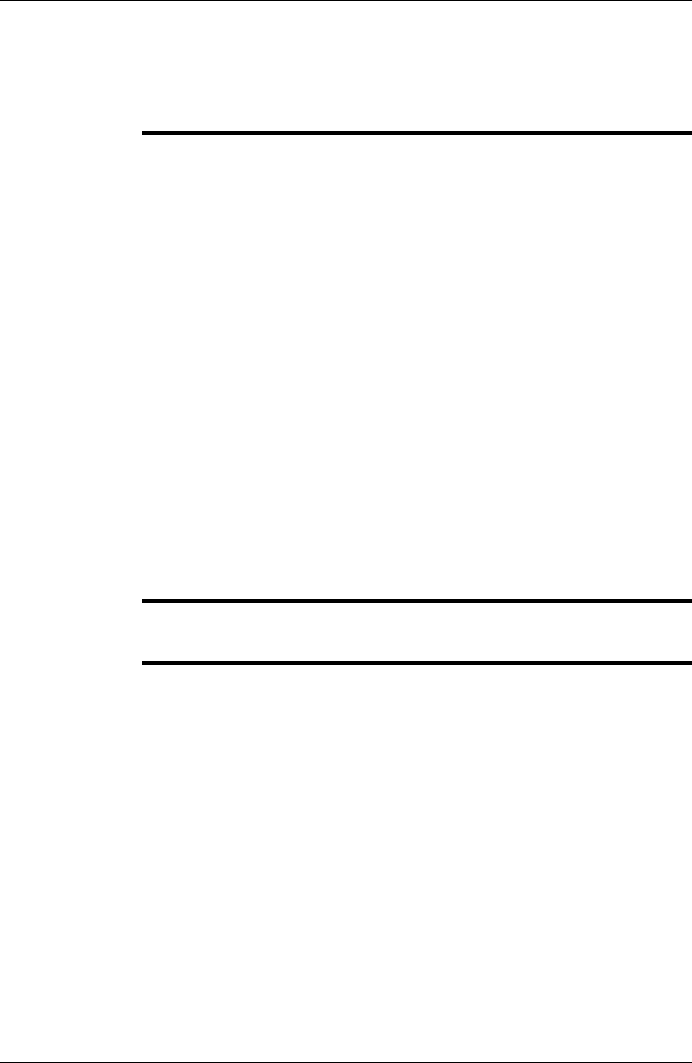
6 Parts lists
6.1 Scope of delivery
Contents Hard transport case
■
■Infrared camera with lens
■Battery (2 ea.)
■Battery charger
■Bluetooth headset*
■Calibration certificate
■FLIR Tools PC software CD-ROM
■HDMI-DVI cable
■HDMI-HDMI cable
■Large eyecap
■Lens caps
■Memory card with adapter
■Neck strap
■Power supply, including multi-plugs
■Printed Getting Started Guide
■Printed Important Information Guide
■Tripod adapter
■USB cable, Std A to Mini-B
■User documentation CD-ROM
■Warranty extension card or Registration card
* Dependent on the camera model/customer configuration.
NOTE FLIR Systems reserves the right to discontinue models, parts or accessories, and
other items, or to change specifications at any time without prior notice.
8Publ. No. T559598 Rev. a554 – ENGLISH (EN) – September 27, 2011
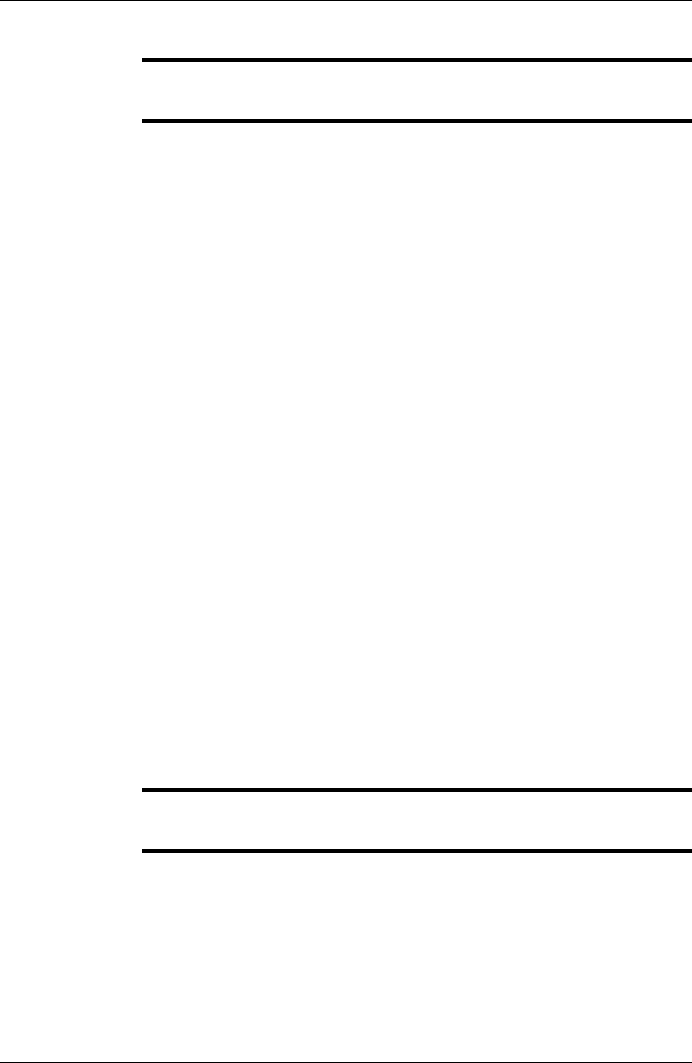
6.2 List of accessories and services
General This section contains a list of accessories and services that you can purchase for
your camera.
Accessories and
services
T197524 Lens IR f=41.3 mm (15°)
■
■T197914 Lens IR f=41.3 mm with case (15°)
■T197909 Lens IR f=24.6 mm (25°)
■T197922 Lens IR f=24.6 mm with case (25°)
■T197526 Lens IR f=13.1 mm (45°)
■T197915 Lens IR f=13.1 mm with case (45°)
■T910737 Memory card micro-SD with adapters
■1910423 USB cable Std A to Mini-B
■1910490 Cigarette lighter adapter kit, 12 VDC, 1.2 m/3.9 ft.
■T910816 HDMI to DVI cable 1.5 m
■T910815 HDMI to HDMI cable 1.5 m
■1124544 Neck strap
■T197771 Bluetooth headset
■T910972 EX845: Clamp meter + IR therm TRMS 1000A AC/DC
■T910973 MO297: Moisture meter, pinless with memory
■T197717 FLIR Reporter 8.5 SP2, Professional
■T197717L5 FLIR Reporter 8.5 SP2, Professional, 5 user licenses
■T197717L10 FLIR Reporter 8.5 SP2, Professional, 10 user licenses
■T197778 FLIR BuildIR 2.1
■T197778L5 FLIR BuildIR 2.1, 5 user licenses
■T197778L10 FLIR BuildIR 2.1, 10 user licenses
■1196541 FLIR QuickReport 1.2 SP2
■ITC-ADV-3021 ITC Advanced General Thermography Course - attendance, 1
person
■ITC-ADV-3029 ITC Advanced General Thermography Course—group of 10 persons
■ITC-ADV-3011 ITC Advanced Building—attendance 1 person
■ITC-ADV-3019 ITC Advanced Building—group of 10 persons
■ITC-CER-5101 ITC Level 1 Thermography Course—attendance, 1 person
■ITC-CER-5109 ITC Level 1 Thermography Course—group of 10 persons
■ITC-CER-5201 ITC Level 2 Thermography Course—attendance, 1 person
■ITC-CER-5209 ITC Level 2 Thermography Course—group of 10 persons
NOTE FLIR Systems reserves the right to discontinue models, parts or accessories, and
other items, or to change specifications at any time without prior notice.
Publ. No. T559598 Rev. a554 – ENGLISH (EN) – September 27, 2011 9
6 – Parts lists
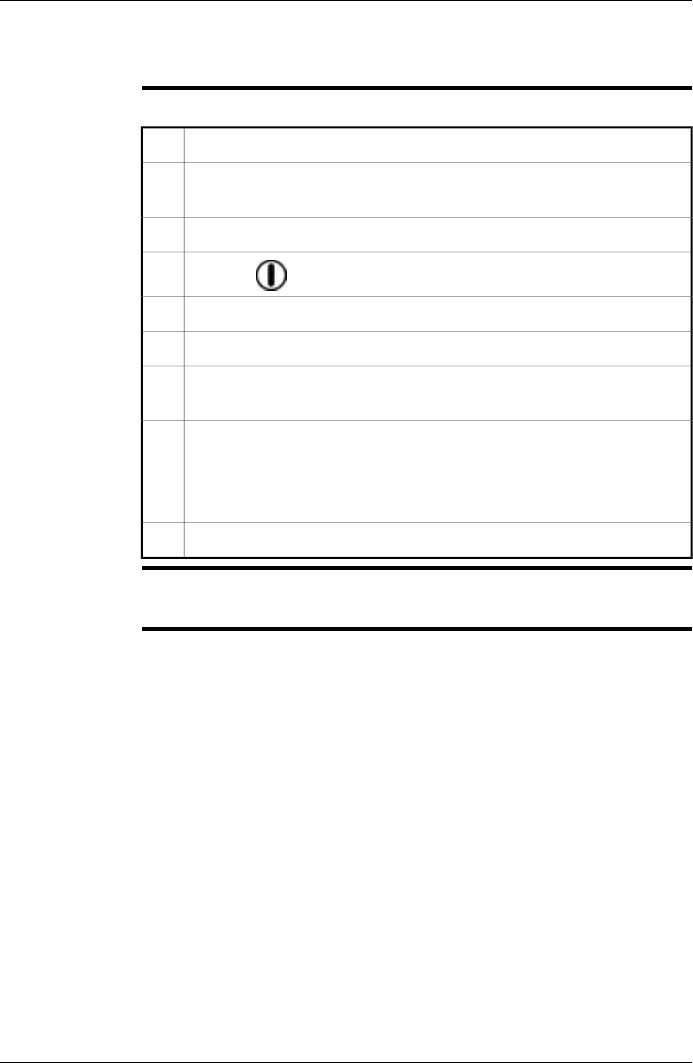
7 Quick Start Guide
Procedure Follow this procedure to get started right away:
Put a battery into the battery compartment.1
Charge the battery for 4 hours before starting the camera for the first time,
or until the green battery condition LED glows continuously.
2
Insert a memory card into a card slot.3
Push the button to turn on the camera.
4
Aim the camera towards the object of interest.5
Autofocus the camera by pushing the Autofocus/Save button half-way down.6
Push the Autofocus/Save button fully down and hold for more than 1 second
to save an image directly.
7
Move the image to a computer by doing one of the following:
■Remove the memory card and insert it in a card reader connected to a
computer.
■Connect a computer to the camera using a USB mini-B cable.
8
Move the image from the card or camera, using a drag-and-drop operation.9
NOTE You can also move the images to the computer using FLIR Tools, which comes with
your camera.
10 Publ. No. T559598 Rev. a554 – ENGLISH (EN) – September 27, 2011
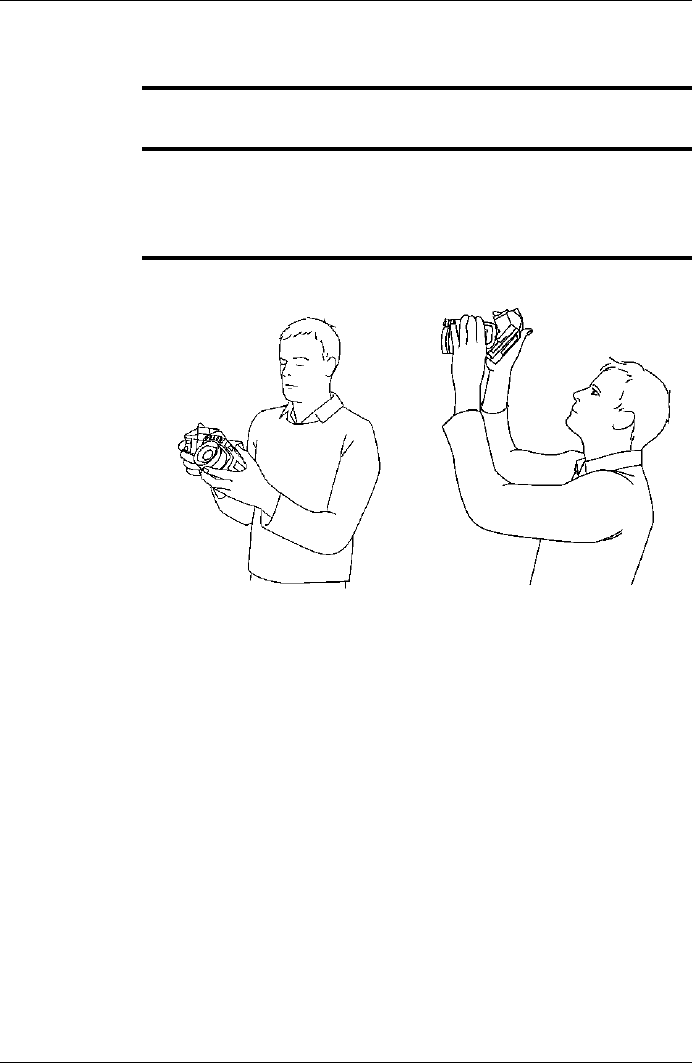
8 A note about ergonomics
General To prevent strain-related injuries, it is important that you hold the camera ergonomi-
cally correct. This section gives advice and examples on how to hold the camera.
NOTE Please note the following:
■Always tilt the touch-screen LCD to suit your work position.
■When you hold the camera, make sure that you support the optics housing with
your left hand too. This decreases the strain on your right hand.
Figure T638728;a1T638727;a2
Publ. No. T559598 Rev. a554 – ENGLISH (EN) – September 27, 2011 11
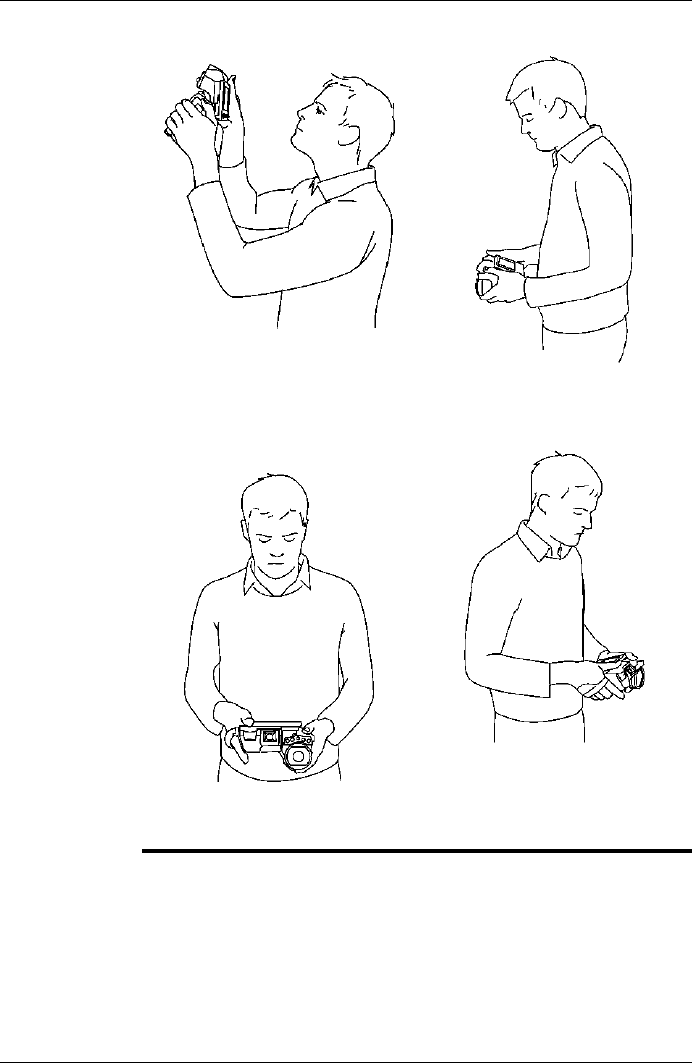
T638730;a1T638729;a1
T638732;a1T638731;a2
12 Publ. No. T559598 Rev. a554 – ENGLISH (EN) – September 27, 2011
8 – A note about ergonomics
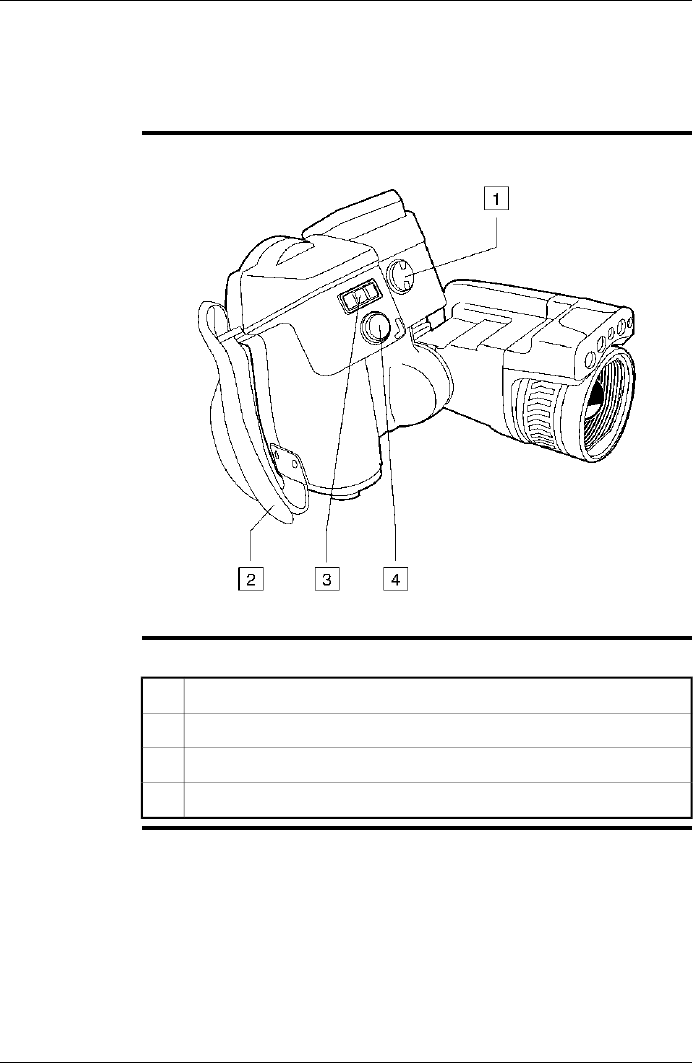
9 Camera parts
9.1 View from the right
Figure T638746;a2
Explanation This table explains the figure above:
Knob to change the dioptric correction for the viewfinder.1
Handstrap.2
Digital zoom button.3
Autofocus/Save button.4
Publ. No. T559598 Rev. a554 – ENGLISH (EN) – September 27, 2011 13
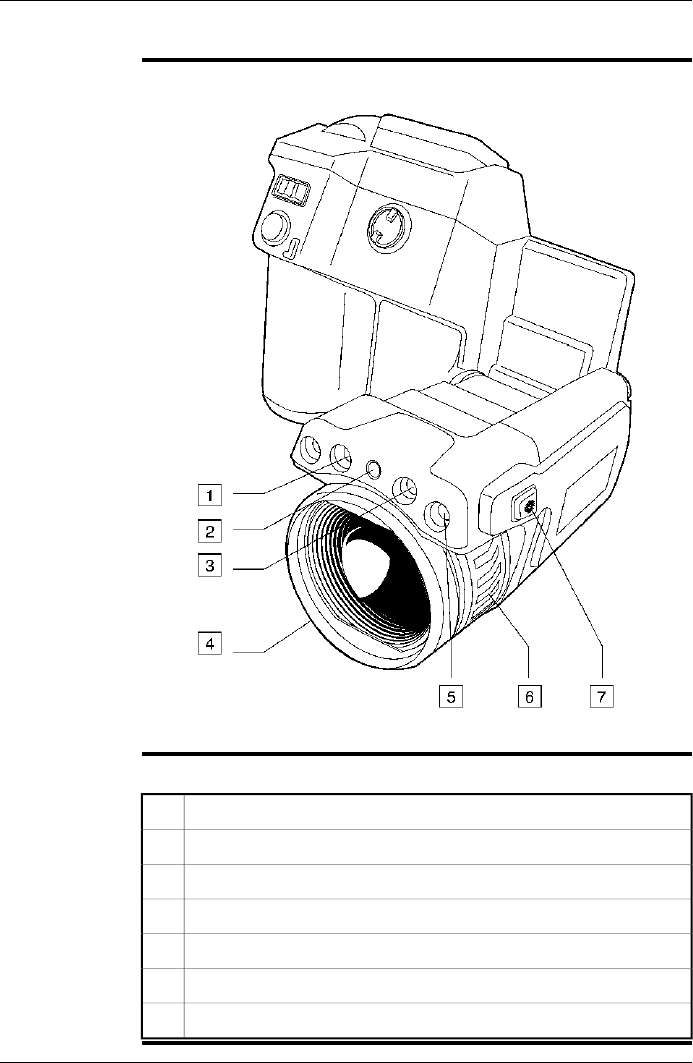
9.2 View from the left
Figure T638747;a2
Explanation This table explains the figure above:
Lamp for the digital camera.1
Laser pointer.2
Lamp for the digital camera.3
Infrared lens.4
Digital camera.5
Focus ring.6
Button to operate the laser pointer.7
14 Publ. No. T559598 Rev. a554 – ENGLISH (EN) – September 27, 2011
9 – Camera parts
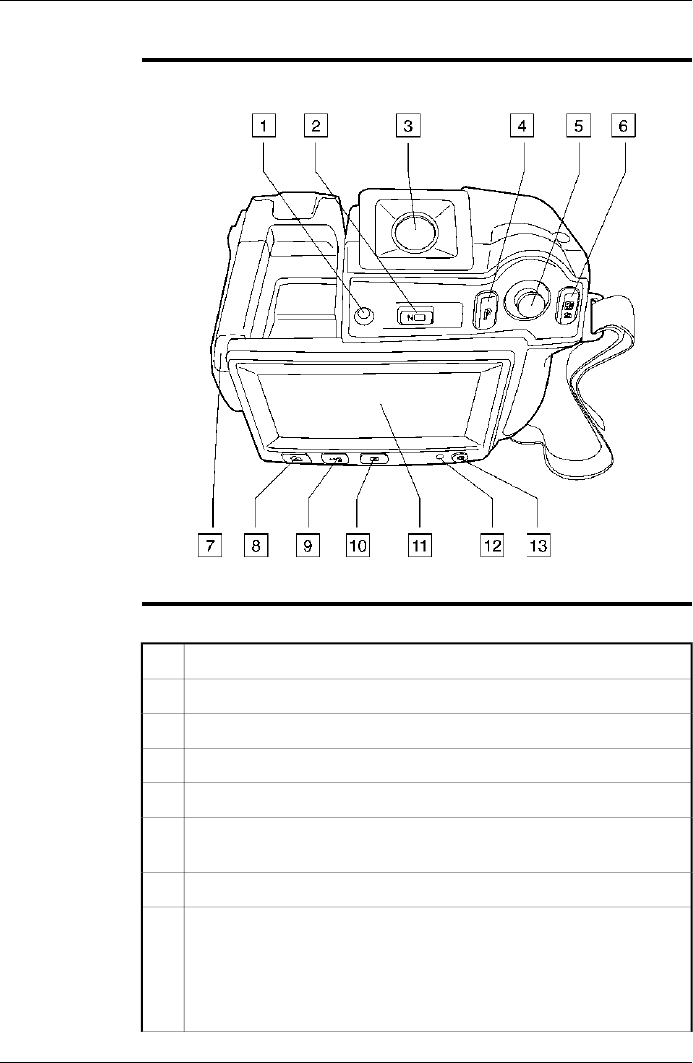
9.3 View from the rear
Figure T638744;a2
Explanation This table explains the figure above:
Sensor that adjusts the touch-screen LCD intensity automatically.1
Button to switch between touch-screen LCD mode and viewfinder mode.2
Viewfinder (dependent on the camera model).3
Programmable button.4
Joystick.5
■Button to display the menu system.
■Back button.
6
Stylus pen7
Button to switch between different image modes:
■Infrared camera.
■Digital camera.
■Thermal fusion.
■Picture-in-picture.
8
Publ. No. T559598 Rev. a554 – ENGLISH (EN) – September 27, 2011 15
9 – Camera parts
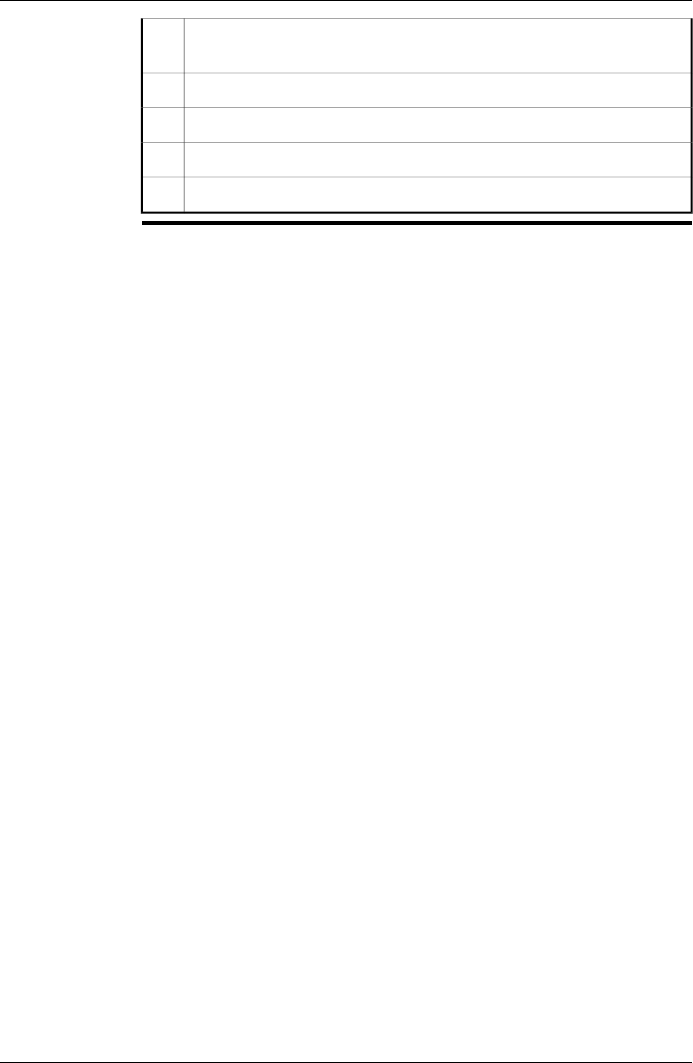
Button to switch between automatic mode, manual mode, manual minimum
mode, and manual maximum mode.
9
Image archive.10
Touch-screen LCD.11
Power indicator.12
On/off button.13
16 Publ. No. T559598 Rev. a554 – ENGLISH (EN) – September 27, 2011
9 – Camera parts
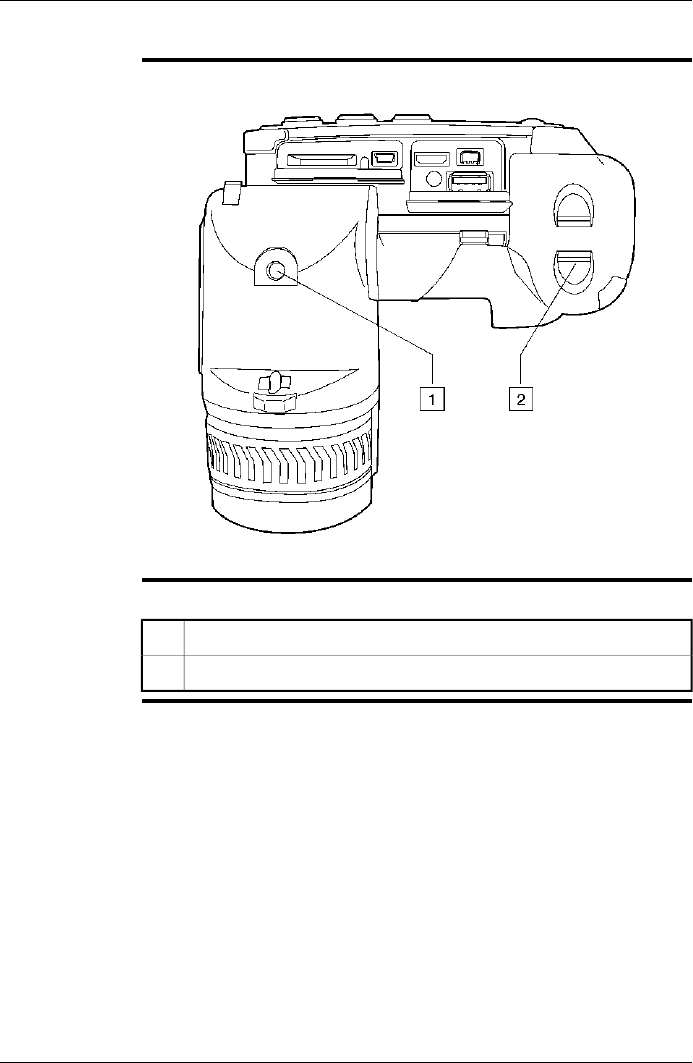
9.4 View from the bottom
Figure T638853;a1
Explanation This table explains the figure above:
Tripod mount. Requires an adapter (extra accessory).1
Latch to open the battery compartment.2
Publ. No. T559598 Rev. a554 – ENGLISH (EN) – September 27, 2011 17
9 – Camera parts
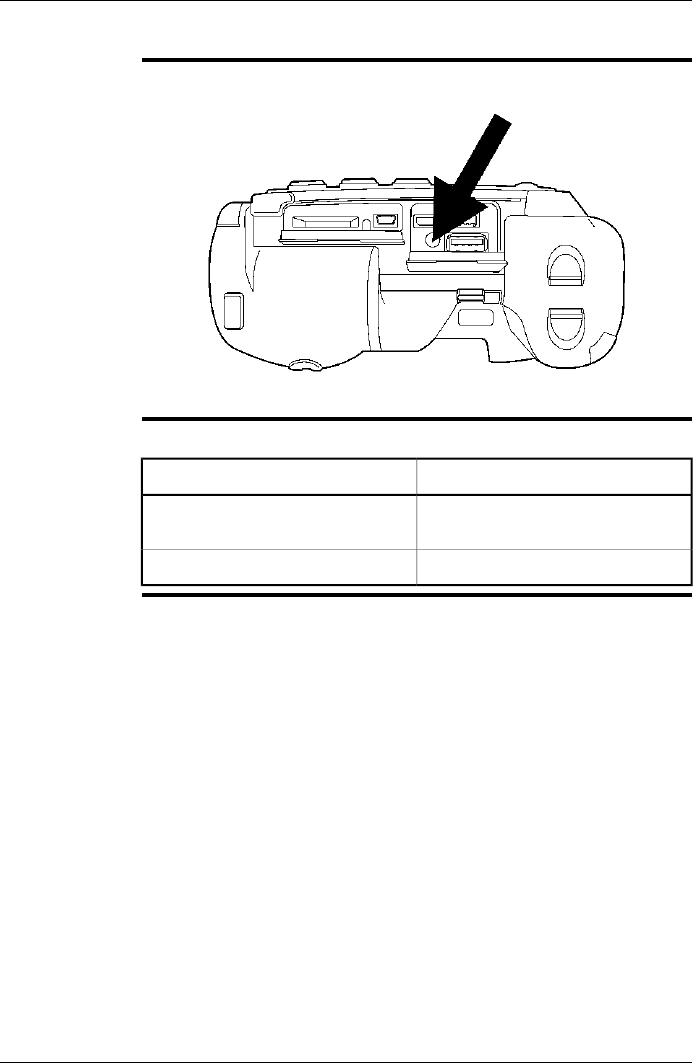
9.5 Battery condition LED indicator
Figure T638739;a1
Explanation This table explains the battery condition LED indicator:
ExplanationType of signal
The battery is being charged.The green LED flashes two times per
second.
The battery is fully charged.The green LED glows continuously.
18 Publ. No. T559598 Rev. a554 – ENGLISH (EN) – September 27, 2011
9 – Camera parts
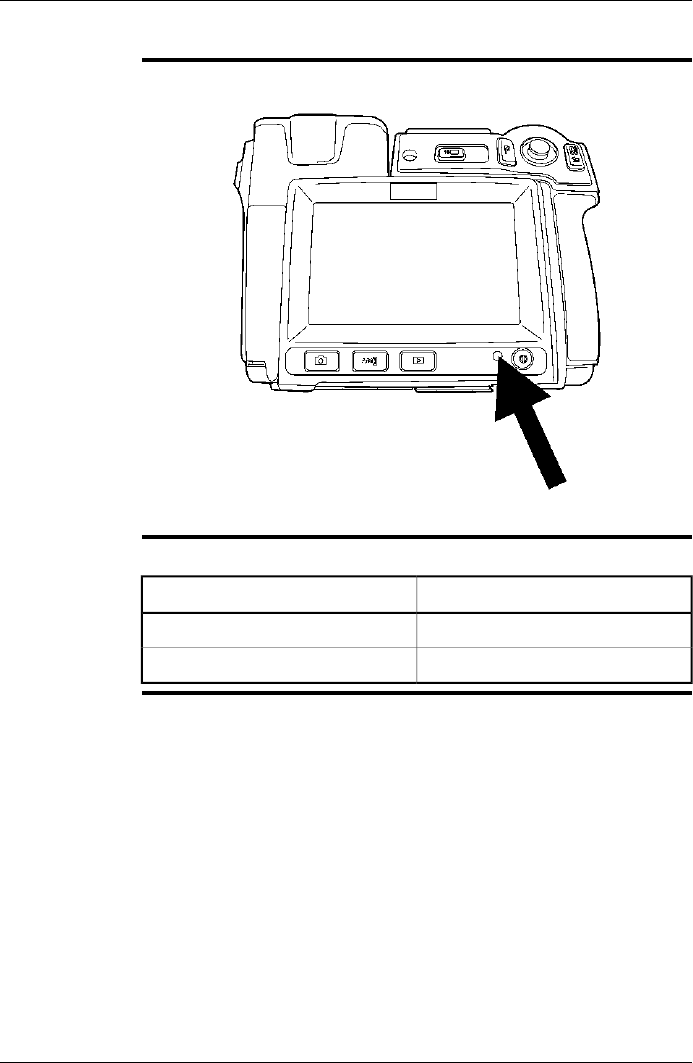
9.6 Power LED indicator
Figure T638745;a1
Explanation This table explains the power LED indicator:
ExplanationType of signal
The camera is off.The LED is off.
The camera is on.The LED is blue.
Publ. No. T559598 Rev. a554 – ENGLISH (EN) – September 27, 2011 19
9 – Camera parts
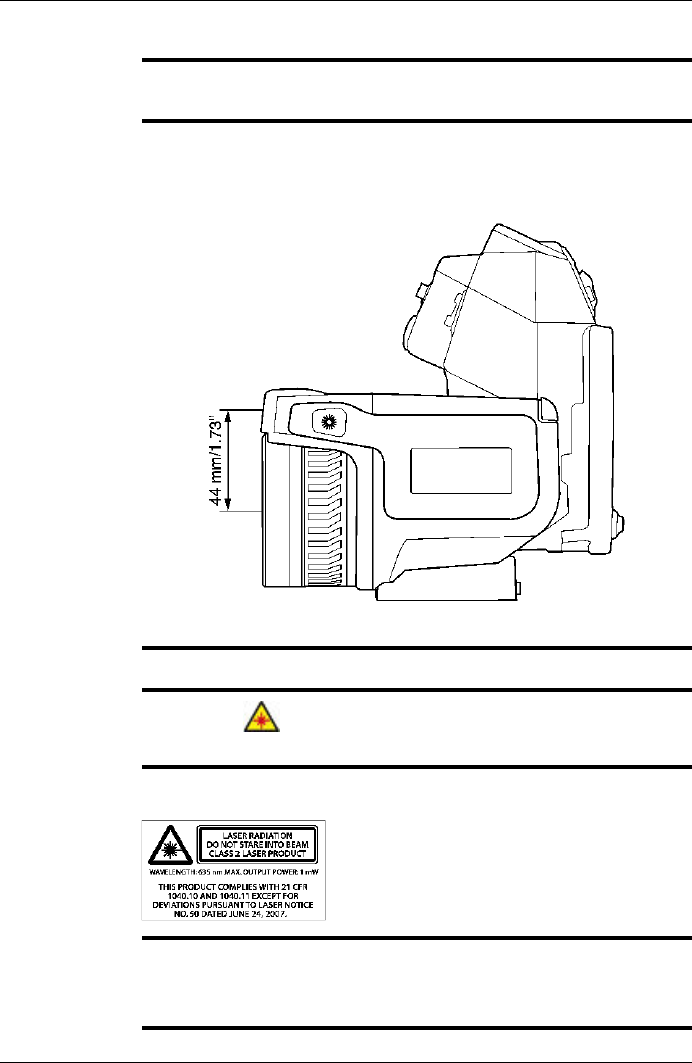
9.7 Laser pointer
General The camera has a laser pointer. When the laser pointer is on, you can see a laser
dot above the target.
Figure This figure shows the difference in position between the laser pointer and the optical
center of the infrared lens:
T638756;a2
WARNING Do not look directly into the laser beam. The laser beam can cause eye irritation.
NOTE The symbol is displayed on the screen when the laser pointer is on.
■
■The laser pointer may not be enabled in all markets.
Laser warning
label
A laser warning label with the following information is attached to the camera:
10743603;a2
Laser rules and
regulations
Wavelength: 635 nm. Maximum output power: 1 mW.
This product complies with 21 CFR 1040.10 and 1040.11 except for deviations pur-
suant to Laser Notice No. 50, dated June 24, 2007.
20 Publ. No. T559598 Rev. a554 – ENGLISH (EN) – September 27, 2011
9 – Camera parts
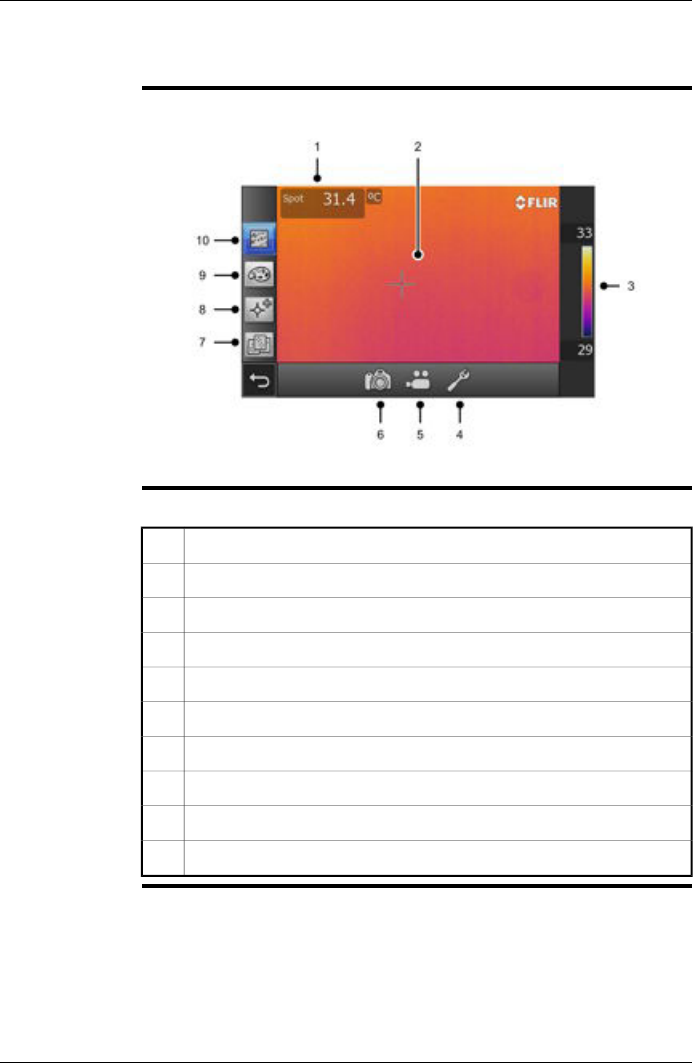
10 Screen elements
Figure T638697;a4
Explanation This table explains the figure above:
Measurement result table.1
Measurement tools (e.g., spotmeter).2
Temperature scale.3
Setup mode.4
Video mode recording.5
Camera mode/live image mode.6
Measurement presets.7
Measurement tools.8
Color palettes.9
Measurement parameters.10
Publ. No. T559598 Rev. a554 – ENGLISH (EN) – September 27, 2011 21
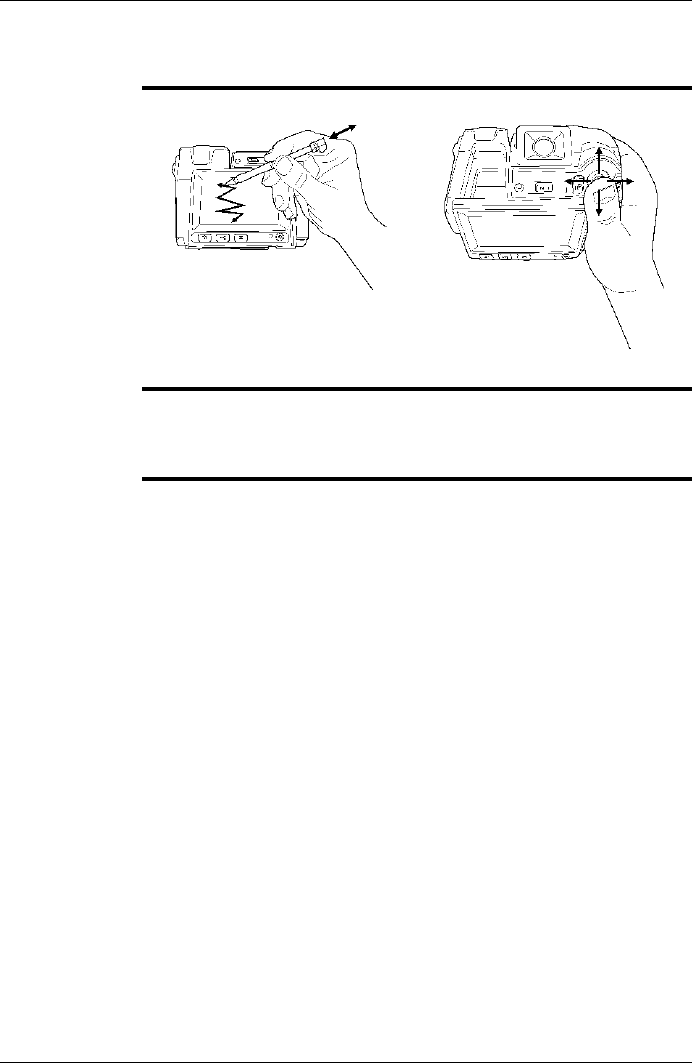
11 Navigating the menu system
Figure T638762;a2 T638758;a1
Explanation The figure above shows the two ways to navigate the menu system in the camera:
■Using the index finger or the stylus pen to navigate the menu system (left).
■Using the joystick to navigate the menu system (right).
22 Publ. No. T559598 Rev. a554 – ENGLISH (EN) – September 27, 2011
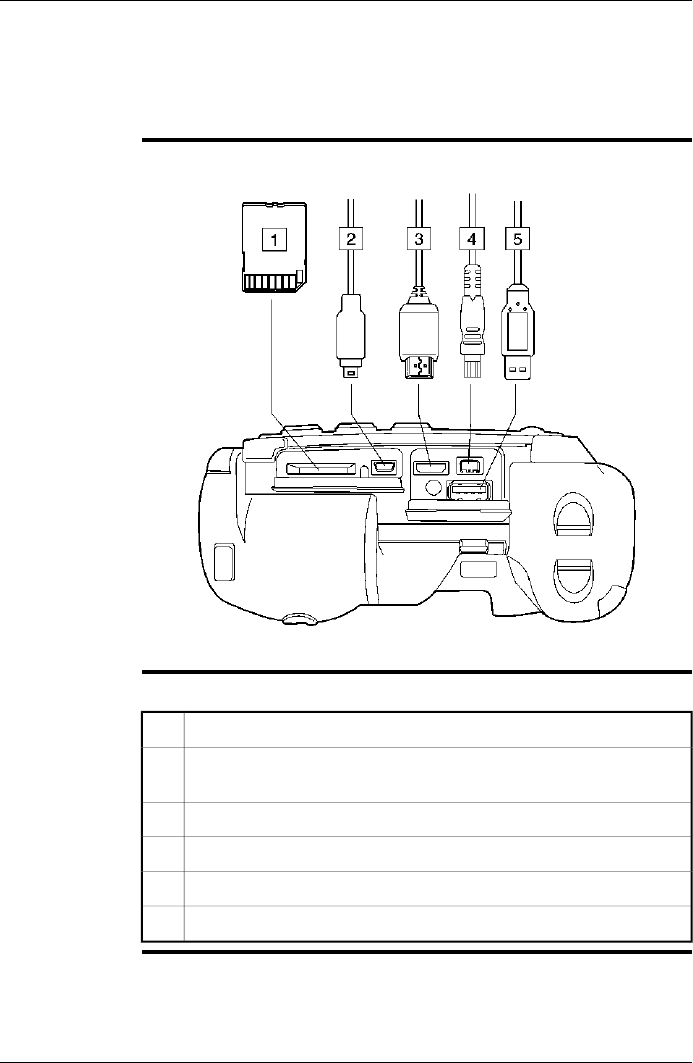
12 Connecting external devices and
storage media
Figure T638748;a2
Explanation This table explains the figure above:
Memory card.1
Indicator showing that the memory card is busy. Note: Do not remove the
memory card when this indicator is glowing.
2
USB mini-B cable.3
HDMI cable.4
Power cable.5
USB-A cable.6
Publ. No. T559598 Rev. a554 – ENGLISH (EN) – September 27, 2011 23
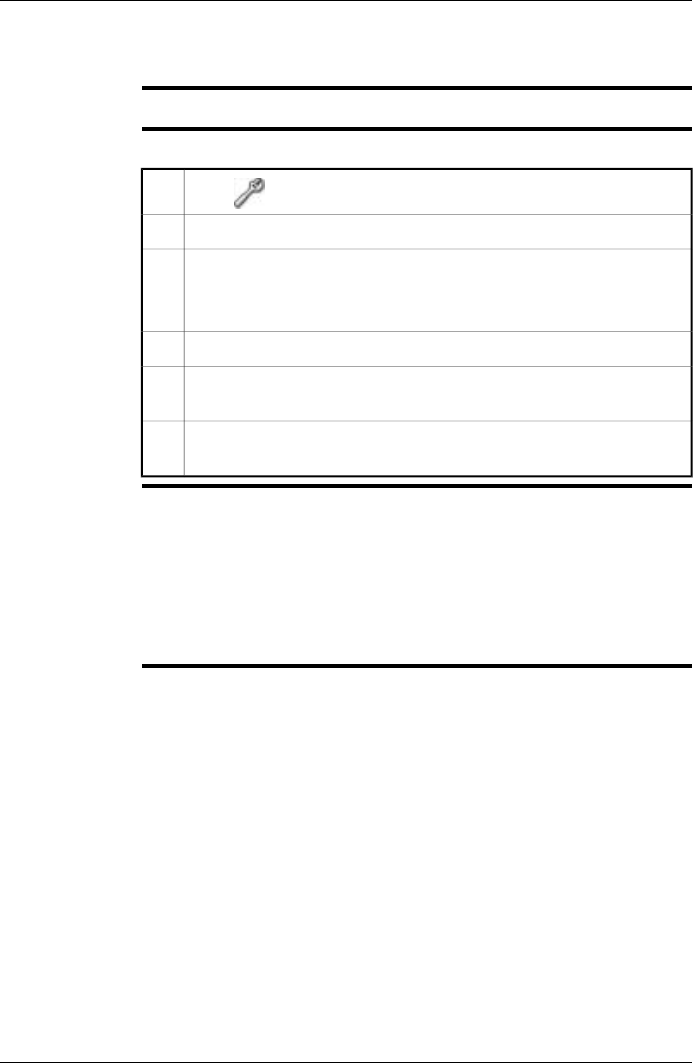
13 Pairing Bluetooth devices
General Before you can use a Bluetooth device with the camera, you need to pair the devices.
Procedure Follow this procedure:
Go to (Settings).
1
Go to the Connectivity tab.2
Activate Bluetooth.
Note: You also need to activate Bluetooth connectivity on the external de-
vice.
3
Select Add Bluetooth device.4
Select Scan for Bluetooth device, and wait until a list of available devices
is displayed. This will take about 15 seconds.
5
When a Bluetooth device is found, select the device to add it. The device
is now ready to be used.
6
NOTE ■You can add several devices.
■You can remove an added device by selecting the device and and then selecting
Remove.
■After adding a MeterLink device, such as the Extech MO297 or EX845, the result
from the meter will be visible in the measurement result table.
■After adding a Bluetooth-enabled headset, it is ready to be used in camera preview
mode.
■It is also possible to add live snapshot values in preview mode.
24 Publ. No. T559598 Rev. a554 – ENGLISH (EN) – September 27, 2011
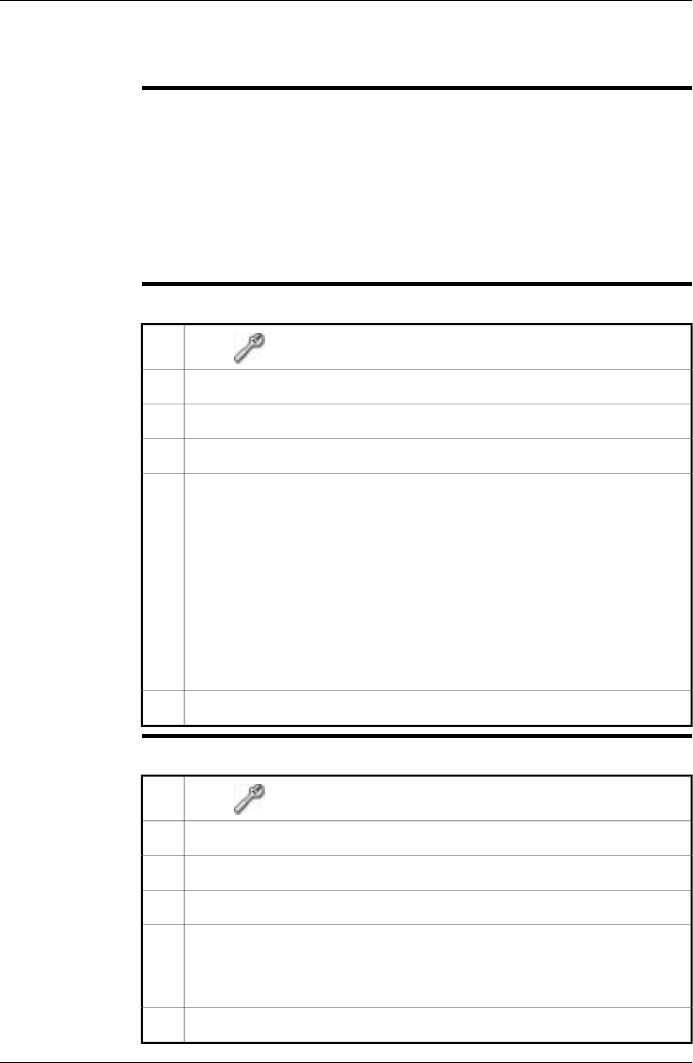
14 Configuring Wi-Fi
General Depending on your camera configuration, you can connect the camera to a wireless
local area network (WLAN) using Wi-Fi, or let the camera provide Wi-Fi access to
another device.
You can connect the camera in two different ways:
■Most common use: Setting up a peer-to-peer connection (also called ad hoc or
P2P connection). This method is primarily used with other devices, e.g., an iPhone
or iPad.
■Less common use: Connecting the camera to a WLAN.
Setting up a
peer-to-peer
connection (most
common use)
Follow this procedure:
1
Go to (Settings) .
Go to the Connectivity tab.2
Under Wi-Fi, select Connect device.3
Select Wi-Fi settings.4
Enter values for the following parameters:
■SSID (the name of the network).
■Channel (the channel that the other device is broadcasting on).
■Encryption (the encryption algorithm, e.g., TKIP or AES).
■Key (the access key to the network).
■Address (the IP address for the network).
■Gateway (the gateway IP address for the network).
Note: These parameters are set for your camera's network. They will be
used by the external device to connect that device to the network.
5
Push the joystick to confirm the choice.6
Connecting the
camera to a
wireless local area
network (less
common use)
Follow this procedure:
1
Go to (Settings) .
Go to the Connectivity tab.2
Under Wi-Fi, select Connect to WLAN.3
Select Wi-Fi settings.4
Select one of the available networks.
Password-protected networks are indicated with a padlock icon, and for
these you will need to enter an access key.
5
Push the joystick to confirm the choice.6
Publ. No. T559598 Rev. a554 – ENGLISH (EN) – September 27, 2011 25
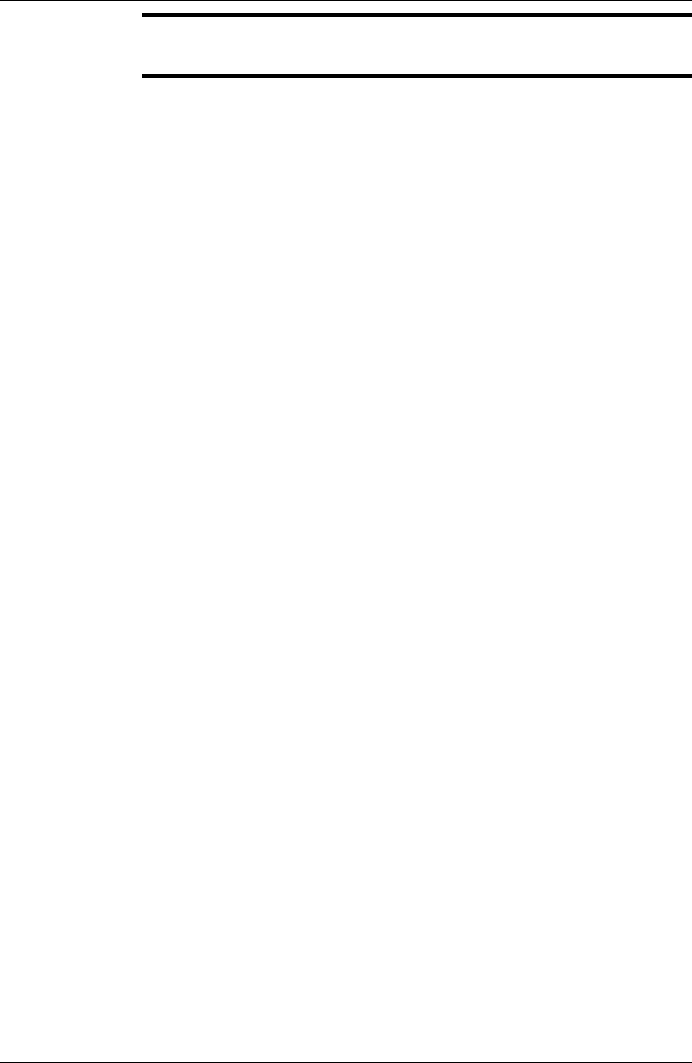
NOTE Some networks do not broadcast their existence. To connect to such a network, select
Add manually and set all parameters manually according to that network.
26 Publ. No. T559598 Rev. a554 – ENGLISH (EN) – September 27, 2011
14 – Configuring Wi-Fi
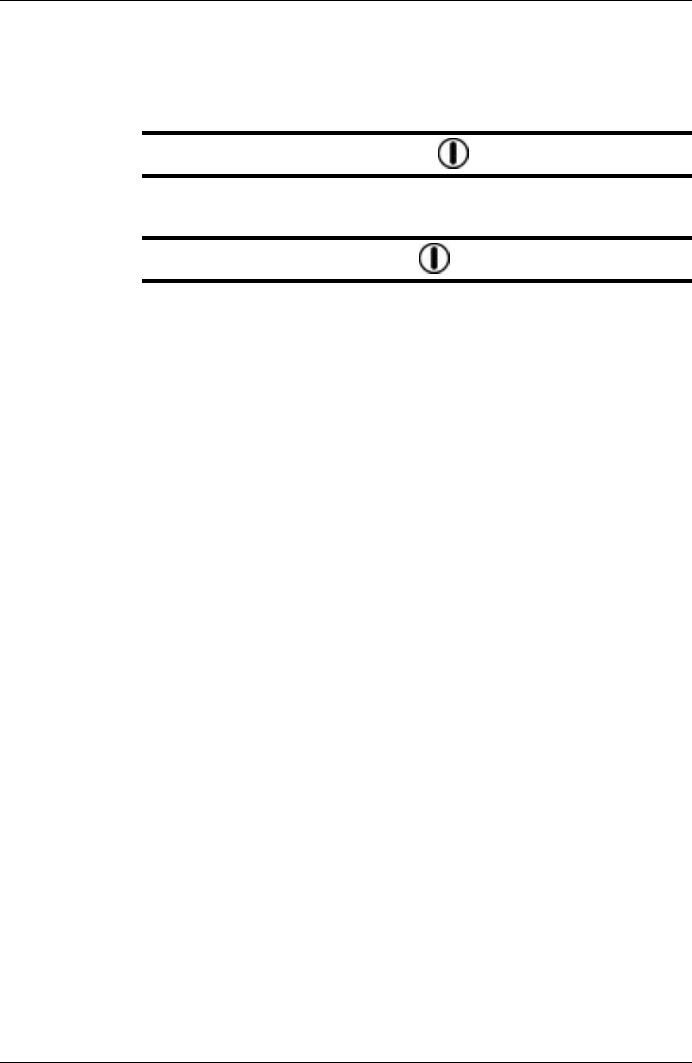
15 Handling the camera
15.1 Turning on the camera
Procedure To turn on the camera, push and release the button.
15.2 Turning off the camera
Procedure To turn off the camera, push and hold the button for more than 0.2 second.
Publ. No. T559598 Rev. a554 – ENGLISH (EN) – September 27, 2011 27
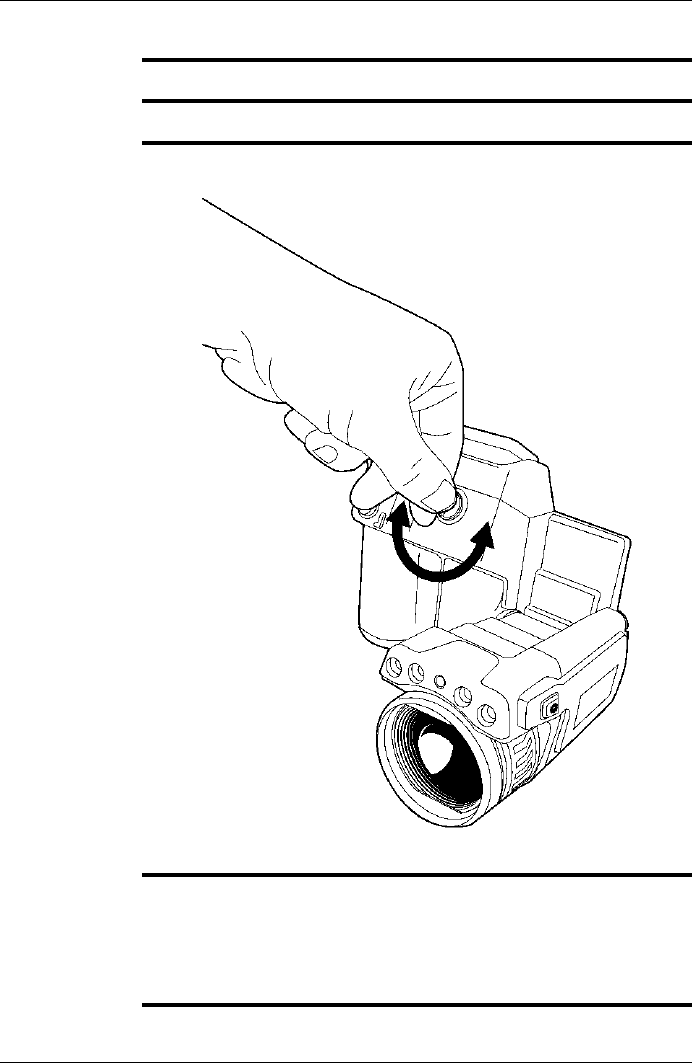
15.3 Adjusting the viewfinder’s dioptric correction
NOTE This procedure only applies to cameras with a viewfinder.
General The viewfinder’s dioptric correction can be adjusted for your eyesight.
Figure T638740;a2
Procedure To adjust the viewfinder’s dioptric correction, look at the displayed text or graphics
on the screen, and rotate the adjustment knob clockwise or counter-clockwise for
best sharpness.
■Maximum dioptric correction: +2.
■Minimum dioptric correction: –2.
28 Publ. No. T559598 Rev. a554 – ENGLISH (EN) – September 27, 2011
15 – Handling the camera
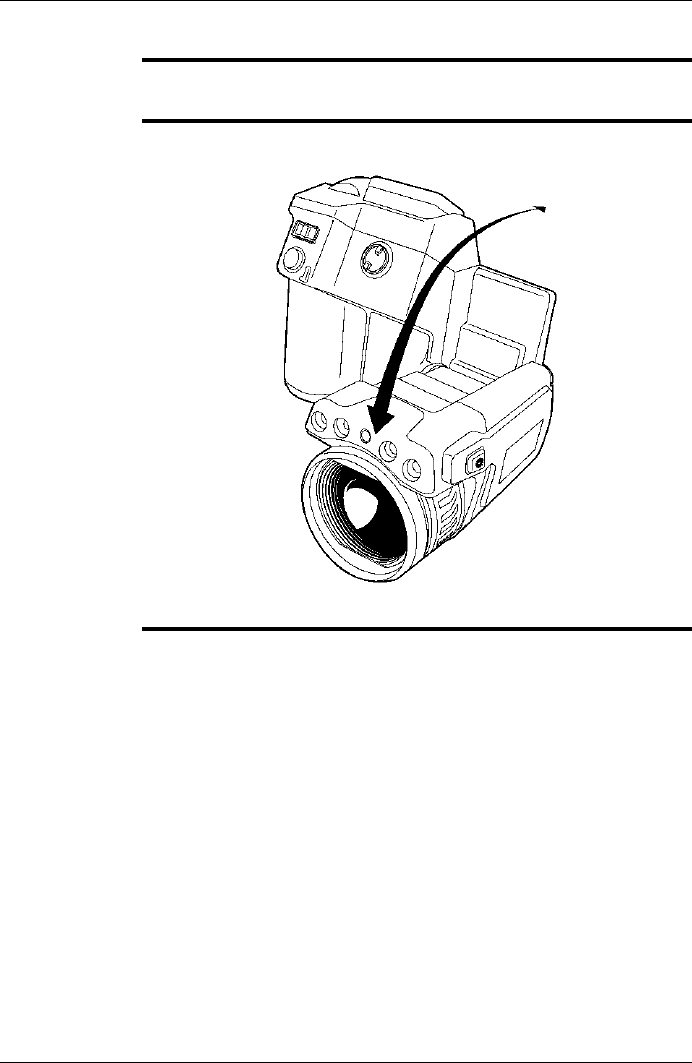
15.4 Adjusting the angle of the lens
General To make your working position as comfortable as possible, you can adjust the angle
of the lens.
Figure T638742;a2
Publ. No. T559598 Rev. a554 – ENGLISH (EN) – September 27, 2011 29
15 – Handling the camera
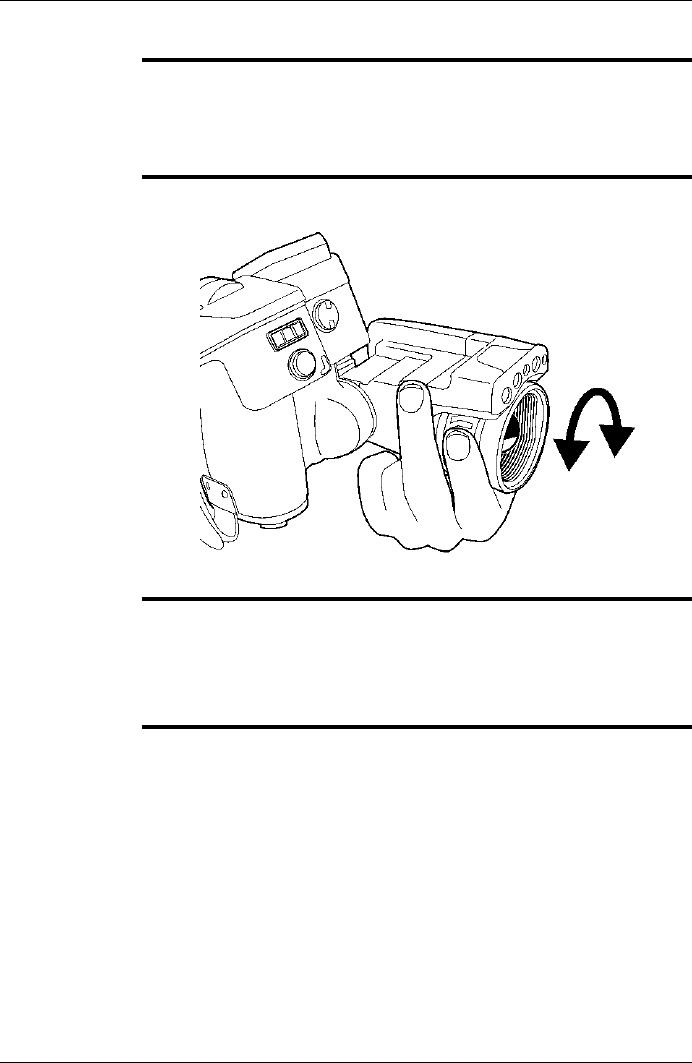
15.5 Adjusting the infrared camera focus manually
NOTE Do not touch the lens surface when you adjust the infrared camera focus manually.
If this happens, clean the lens according to the instructions in section 24.2 – In-
frared lens on page 68.
■
■The focus ring can be rotated infinitely, but only a certain amount of rotation is
needed when focusing.
Figure T638757;a1
Procedure Do one of the following:
■For far focus, rotate the focus ring counter-clockwise (looking at the touch-screen
LCD side).
■For near focus, rotate the focus ring clockwise (looking at the touch-screen LCD
side).
30 Publ. No. T559598 Rev. a554 – ENGLISH (EN) – September 27, 2011
15 – Handling the camera
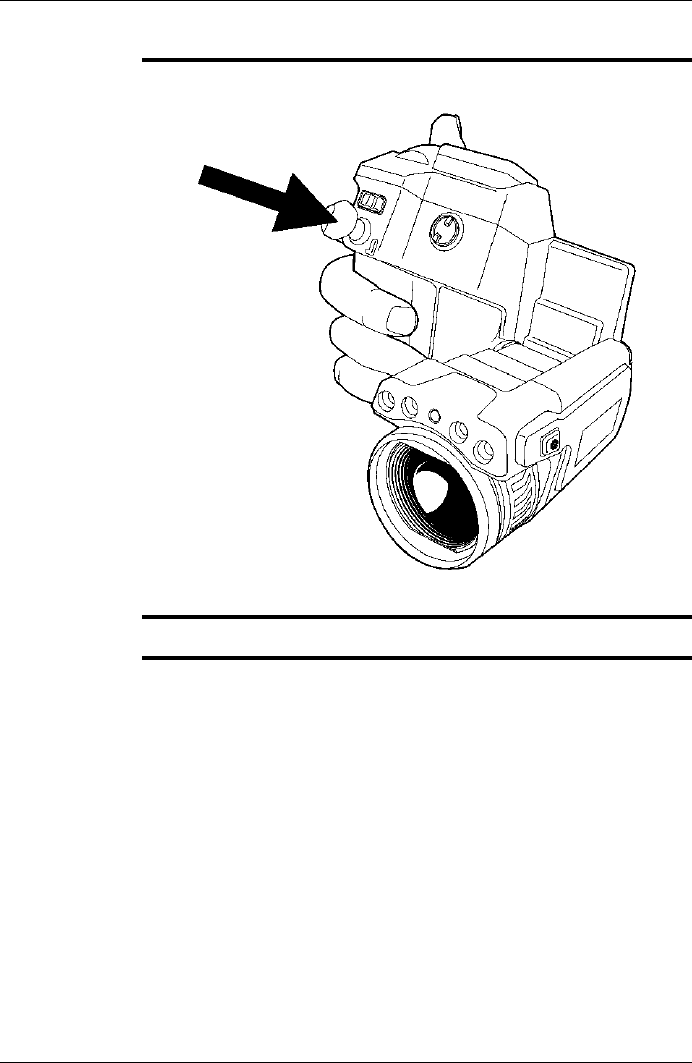
15.6 Autofocusing the infrared camera
Figure T638763;a2
Procedure To autofocus the camera, push the Autofocus/Save button half-way down.
Publ. No. T559598 Rev. a554 – ENGLISH (EN) – September 27, 2011 31
15 – Handling the camera
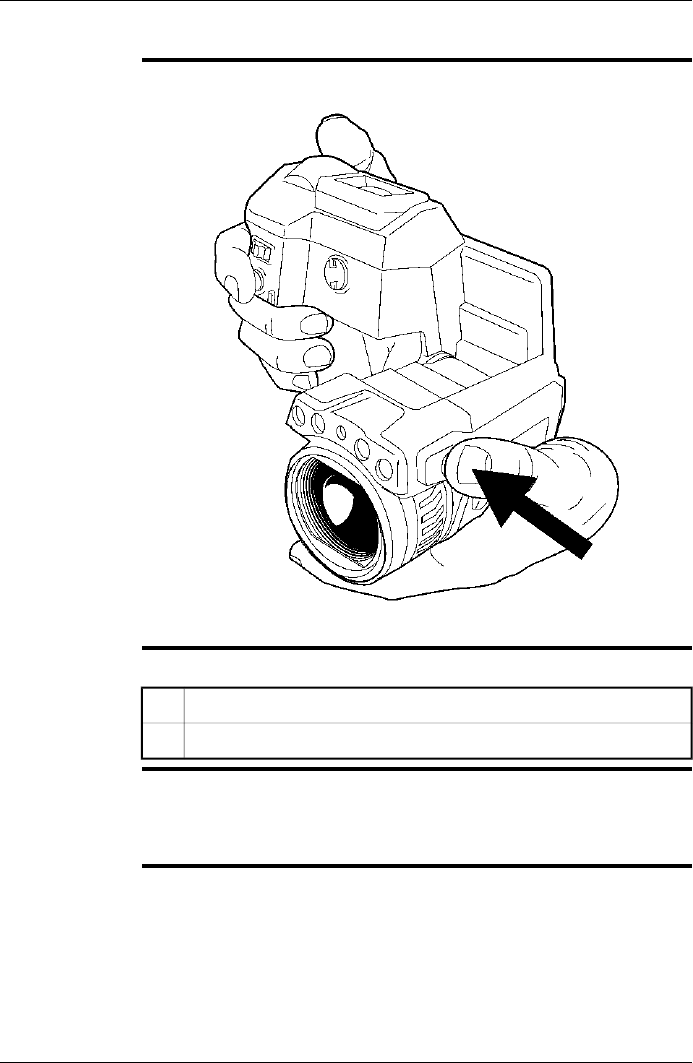
15.7 Operating the laser pointer
Figure T638741;a3
Procedure Follow this procedure to operate the laser pointer:
To turn on the laser pointer, push and hold the laser button.1
To turn off the laser pointer, release the laser button.2
NOTE A warning indicator is displayed on the screen when the laser pointer is turned
on.
■
■The position of the laser dot is indicated on the infrared image (depending on the
camera model).
32 Publ. No. T559598 Rev. a554 – ENGLISH (EN) – September 27, 2011
15 – Handling the camera
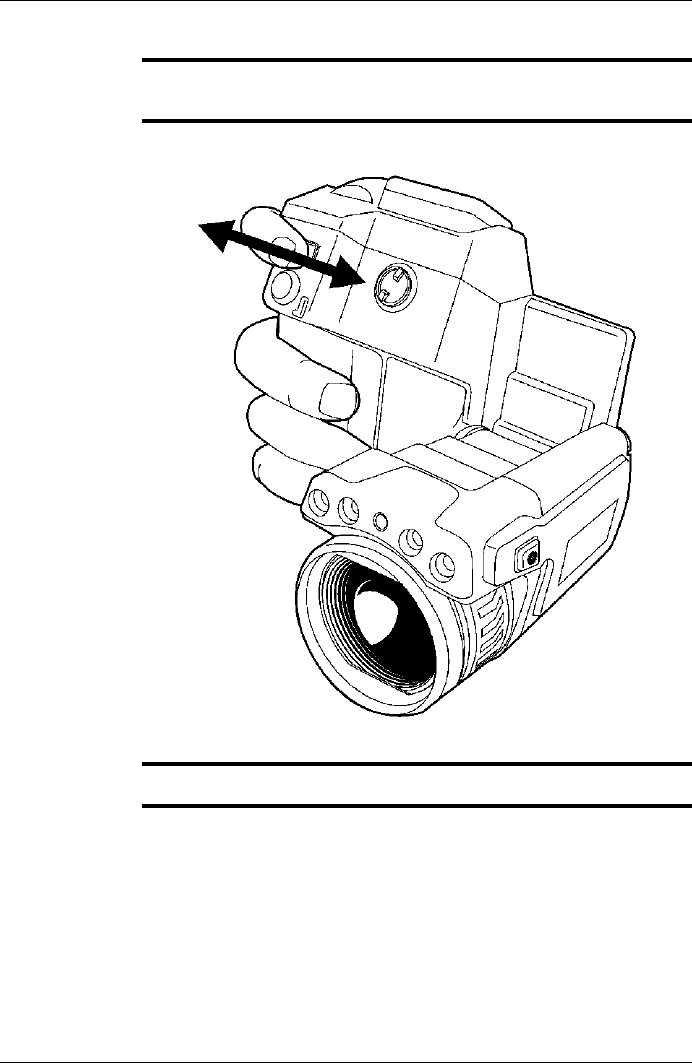
15.8 Using the digital zoom function
General You can digitally zoom in on infrared images in preview or recall mode. This enables
you to view details in an image.
Figure T638743;a2
Procedure To zoom, push the zoom button left or right.
Publ. No. T559598 Rev. a554 – ENGLISH (EN) – September 27, 2011 33
15 – Handling the camera
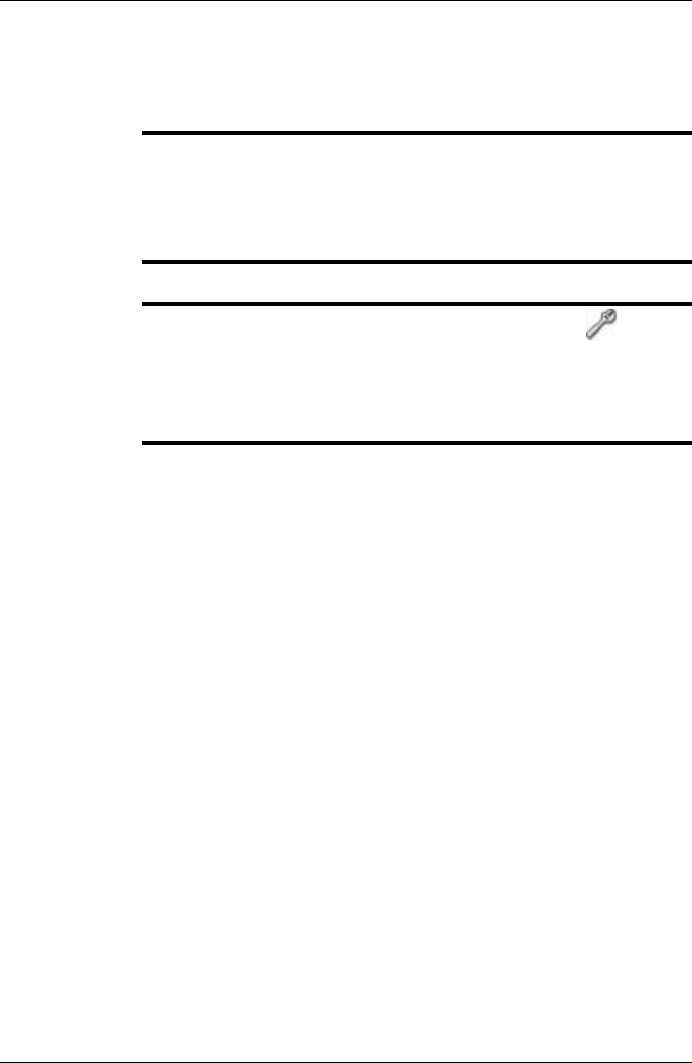
16 Working with images
16.1 Previewing an image
General You can preview an infrared image or a digital photo before you save it to a memory
card. This enables you to see if the image or photo contains the information you want
before you save it.
In preview mode, you can also manipulate the image before you save it, and add
annotations.
Procedure To preview an image, briefly push and release the Autofocus/Save button.
NOTE You can change the function of the Autofocus/Save button under (Settings).
The function can be set to one of the following:
■Preview/Save.
■Save directly.
■Always preview.
34 Publ. No. T559598 Rev. a554 – ENGLISH (EN) – September 27, 2011
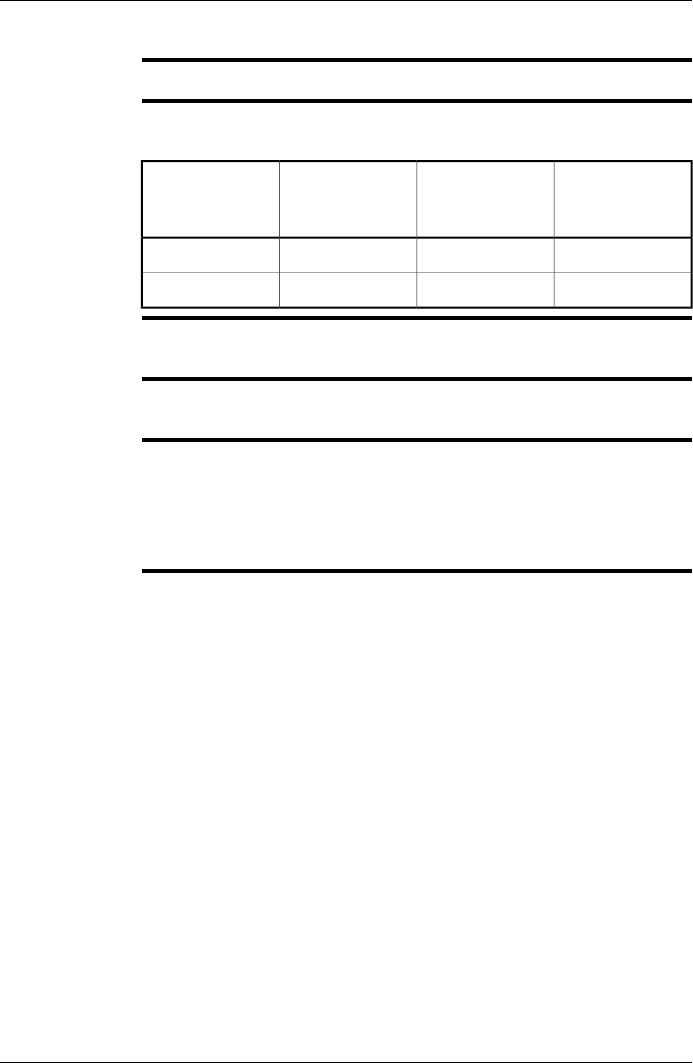
16.2 Saving an image
General You can save an image directly, without previewing the image first.
Image capacity This table gives information on the approximate number of infrared (IR) and digital
camera (DC) images that can be saved on memory cards:
IR + DC + 30
seconds voice
annotation
IR + DCIR onlyCard size
45060014501 GB
900120029002 GB
Naming
convention
The naming convention for images is IR_xxxx.jpg, where xxxx is a unique counter.
Procedure To save an image directly, push and hold down the Autofocus/Save button for more
than 1 second.
NOTE You can change the function of the Autofocus/Save button in the Settings menus.
The function can be set to one of the following:
■Preview/Save.
■Save directly.
■Always preview.
Publ. No. T559598 Rev. a554 – ENGLISH (EN) – September 27, 2011 35
16 – Working with images
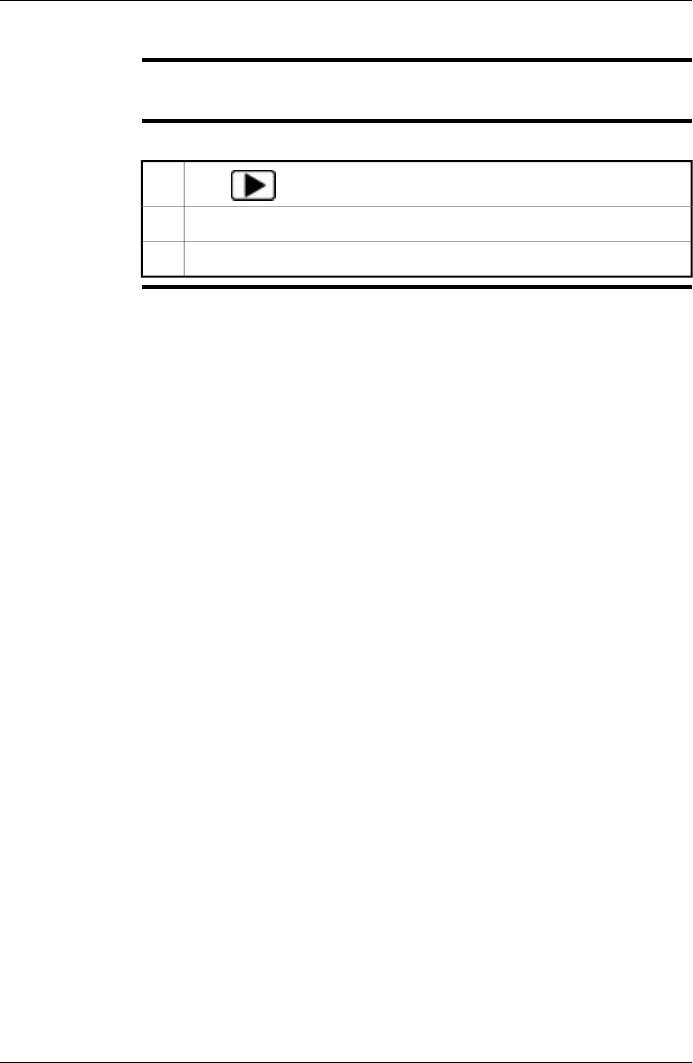
16.3 Opening an image
General When you save an image, the image is stored on a memory card. To display the image
again, open it from the memory card.
Procedure Follow this procedure to open an image:
Push .
1
Push the joystick up/down or left/right to select the image you want to view.2
Push the joystick. This will display the image at full size.3
36 Publ. No. T559598 Rev. a554 – ENGLISH (EN) – September 27, 2011
16 – Working with images
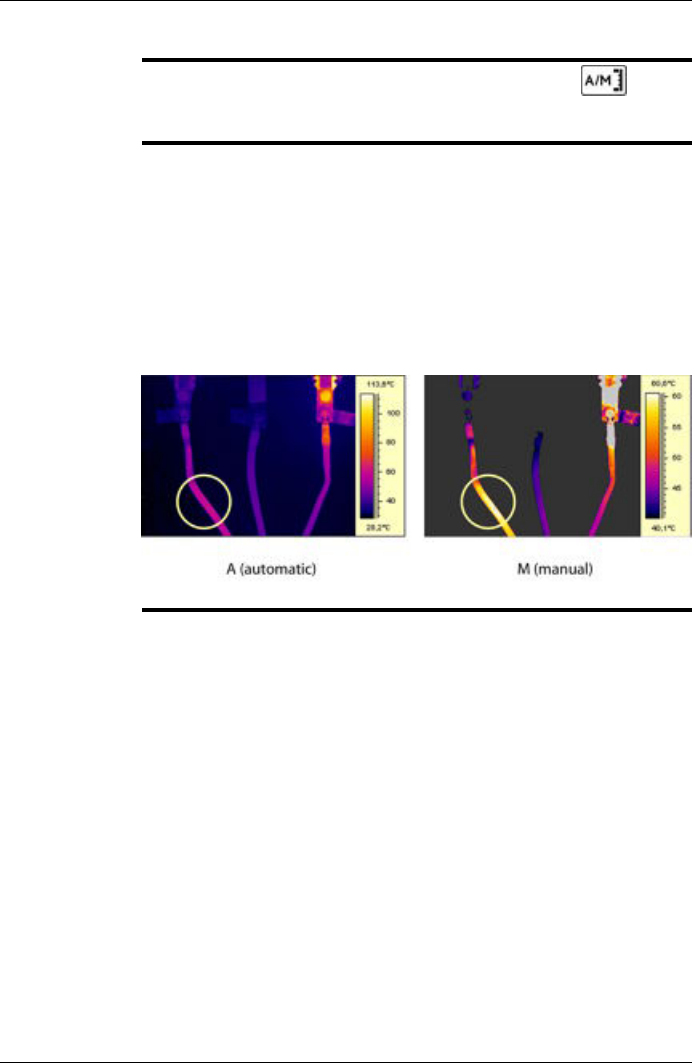
16.4 Adjusting an image
General An image can be adjusted automatically or manually. You use the button to
switch between these two modes. Note that this only works in live mode and not in
preview/archive mode.
Example 1 This figure shows two infrared images of cable connection points. In the left image
a correct analysis of the left cable is difficult to do if you only auto-adjust the image.
You can analyze the left cable in more detail if you
■change the temperature scale level
■change the temperature scale span.
The image on the left has been auto-adjusted. In the right image the maximum and
minimum temperature levels have been changed to temperature levels near the object.
On the temperature scale to the right of each image you can see how the temperature
levels were changed.
10577503;a2
Publ. No. T559598 Rev. a554 – ENGLISH (EN) – September 27, 2011 37
16 – Working with images
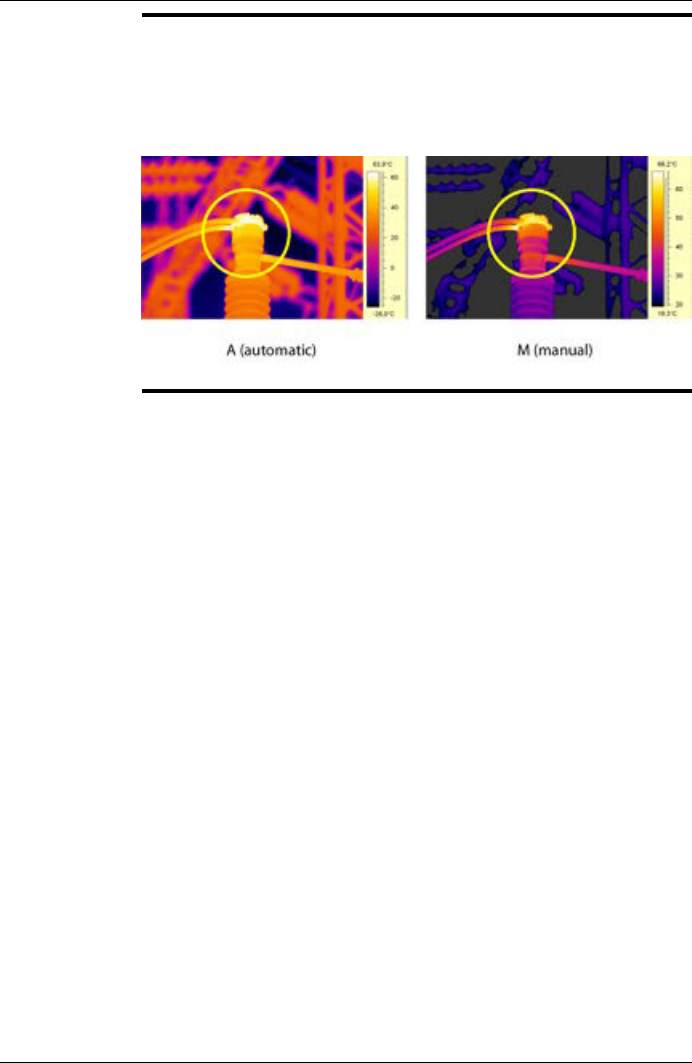
Example 2 This figure shows two infrared images of an isolator in a power line.
In the image on the left the cold sky and the power line structure have been recorded
at a minimum temperature of –26.0°C (–14.8°F). In the right image the maximum and
minimum temperature levels have been changed to temperature levels near the iso-
lator. This makes it easier to analyze the temperature variations in the isolator.
10742503;a3
38 Publ. No. T559598 Rev. a554 – ENGLISH (EN) – September 27, 2011
16 – Working with images
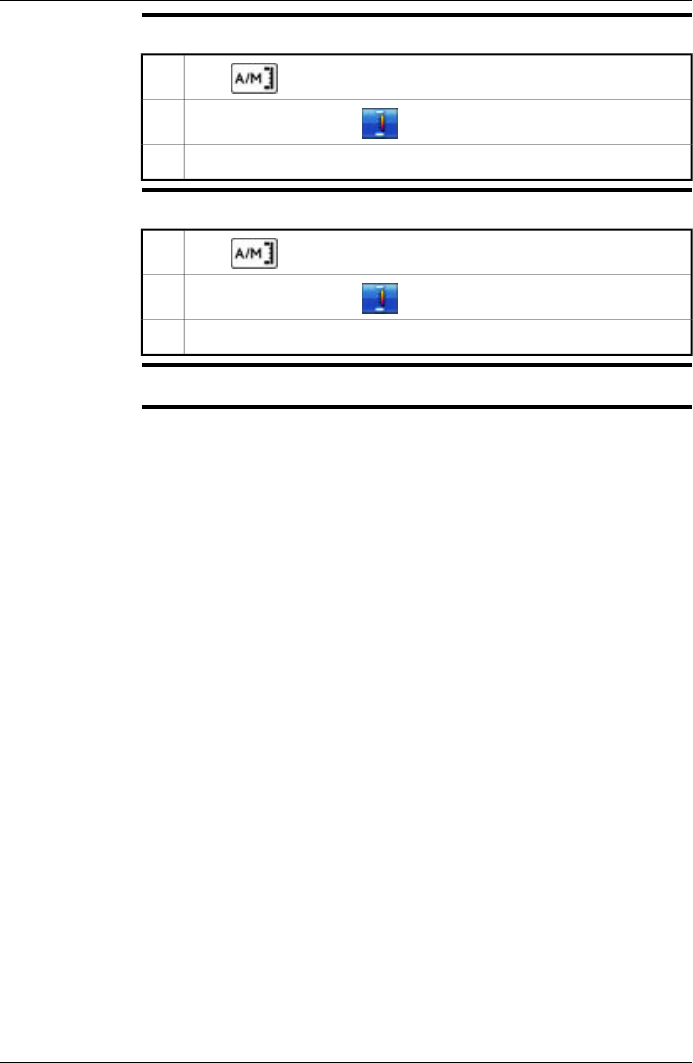
Changing the
temperature scale
level
Follow this procedure to change the temperature scale level:
1
Push .
Use the joystick to select Manual.
2
To change the scale level, push the joystick up/down.3
Changing the
temperature scale
span
Follow this procedure to change the temperature scale span:
1
Push .
Use the joystick to select (Manual).
2
To change the scale span, push the joystick left/right.3
NOTE These procedures only apply to live image mode.
Publ. No. T559598 Rev. a554 – ENGLISH (EN) – September 27, 2011 39
16 – Working with images
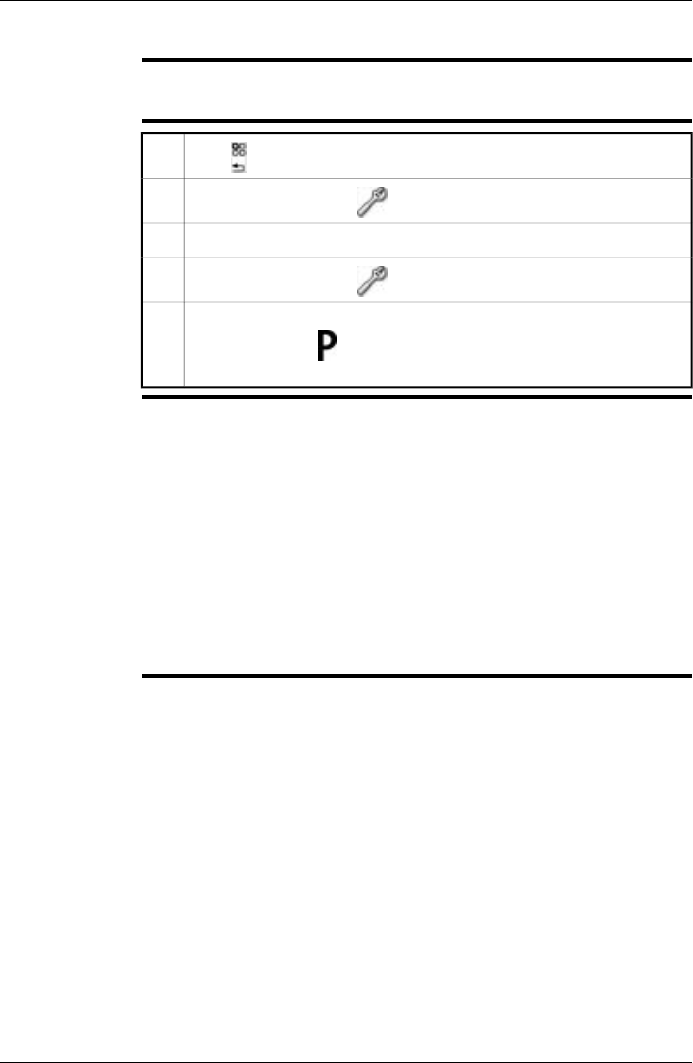
16.5 Hiding overlay graphics
General Overlay graphics provide information about an image, e.g., measurement functions
and parameters. You can choose to hide all overlay graphics.
Procedure 1
Push to display the menu system.
Use the joystick to go to (Settings).
2
Push the joystick.3
Use the joystick to go to (Preferences).
4
Under Programmable button, select Hide graphics. You have now assigned
this function to the button. This is a programmable button, and you can
assign other functions to it.
5
NOTE Other functions that can be associated with the programmable button include the
following:
■Hide graphics
■Invert palette
■Switch palette
■View mode
■Adjust image
■Lamp
■Zoom
■Calibrate
■Save
■Preview
40 Publ. No. T559598 Rev. a554 – ENGLISH (EN) – September 27, 2011
16 – Working with images
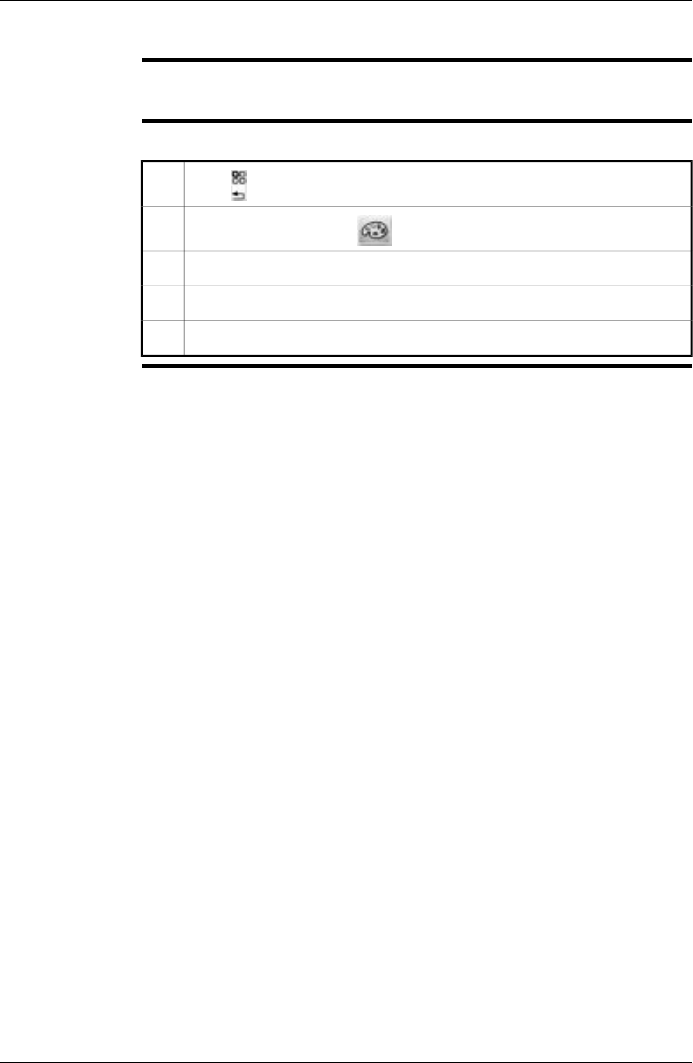
16.6 Changing the palette
General You can change the color palette that the camera uses to display different tempera-
tures. A different palette can make it easier to analyze an image.
Procedure Follow this procedure to change the palette:
Push to display the menu system.
1
Use the joystick to go to .
2
Push the joystick to display a submenu.3
Use the joystick to select a different palette.4
Push the joystick.5
Publ. No. T559598 Rev. a554 – ENGLISH (EN) – September 27, 2011 41
16 – Working with images
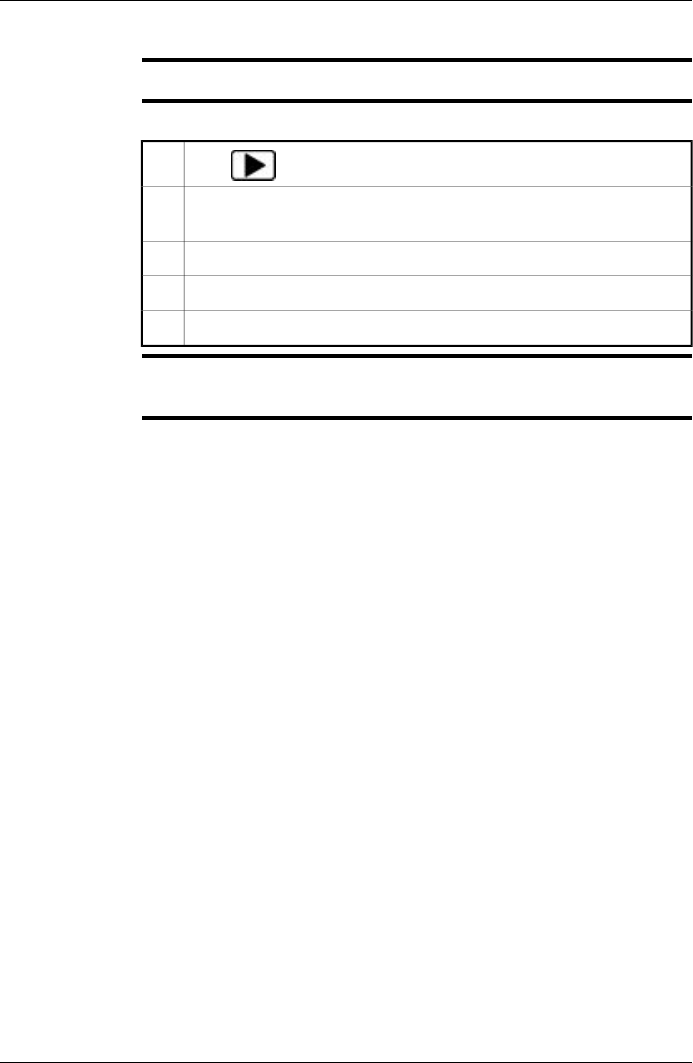
16.7 Deleting an image
General You can delete one or more images in a folder.
Procedure Follow this procedure to delete an image:
Push .
1
Push the joystick up/down or left/right to select the image you want to
delete.
2
Push the joystick to display the image.3
Push the joystick to display a menu.4
On the menu, select Delete and confirm the choice.5
NOTE Note that all images in the same group will be deleted at the same time, e.g., digital
photos.
42 Publ. No. T559598 Rev. a554 – ENGLISH (EN) – September 27, 2011
16 – Working with images
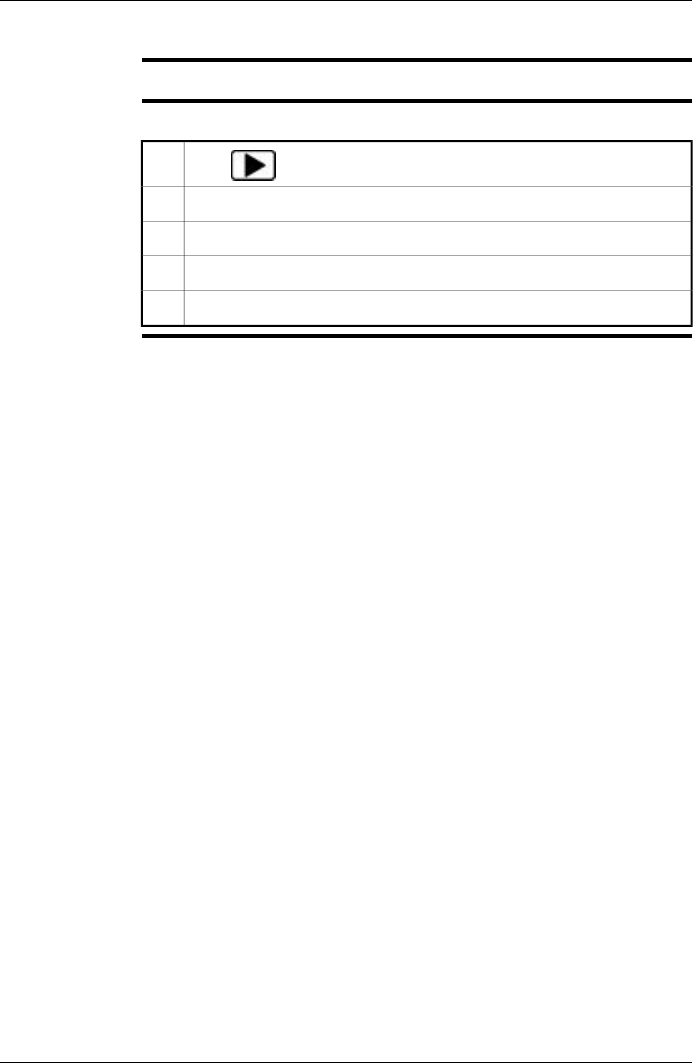
16.8 Deleting all images
General You can delete all images in a folder.
Procedure Follow this procedure to delete an image:
Push .
1
Push the joystick up/down or left/right to select any image.2
Push the joystick to display the image.3
Push the joystick to display a menu.4
On the menu, select Delete all and confirm the choice.5
Publ. No. T559598 Rev. a554 – ENGLISH (EN) – September 27, 2011 43
16 – Working with images
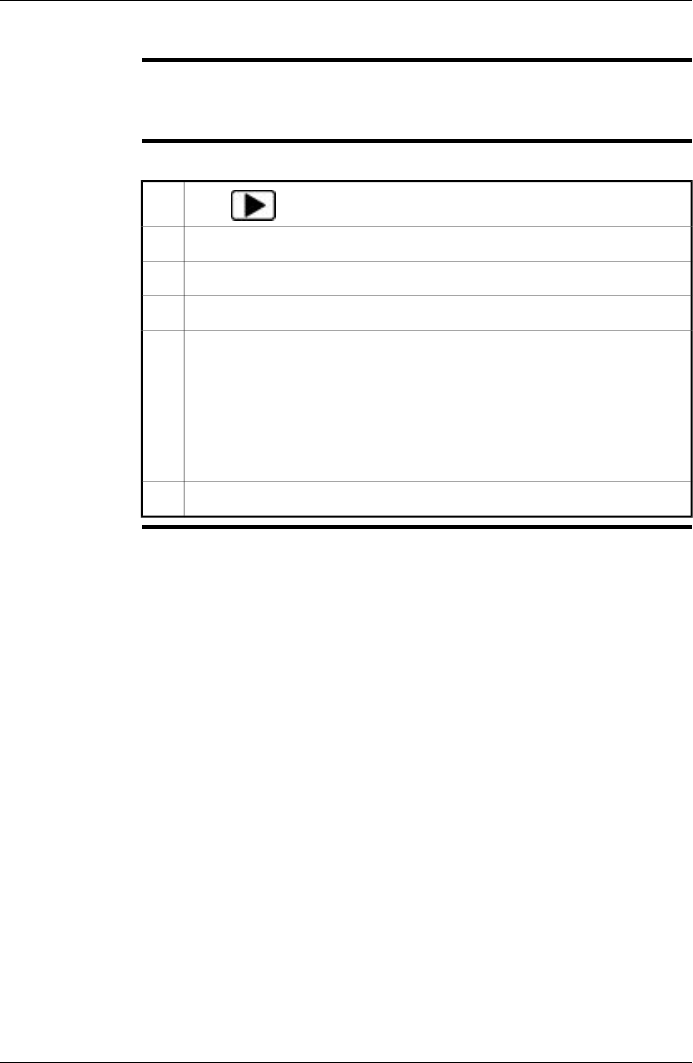
16.9 Creating a PDF report in the camera
General You can create a PDF report in the camera. You can then transfer the PDF report to
a computer, iPhone, or iPad using the FLIR Viewer app, and send the report to a
customer.
Procedure Follow this procedure to create a PDF report:
Push .
1
Push the joystick up/down or left/right to select an image.2
Push the joystick to display the image.3
Push the joystick to display a menu.4
On the menu, select Create report.
This will display a menu where you can change the following:
■Header.
■Footer.
■Logo. (The location of the logo should be /report/logo/ and the file format
*.jpg.)
5
On the menu, select Create report.6
44 Publ. No. T559598 Rev. a554 – ENGLISH (EN) – September 27, 2011
16 – Working with images
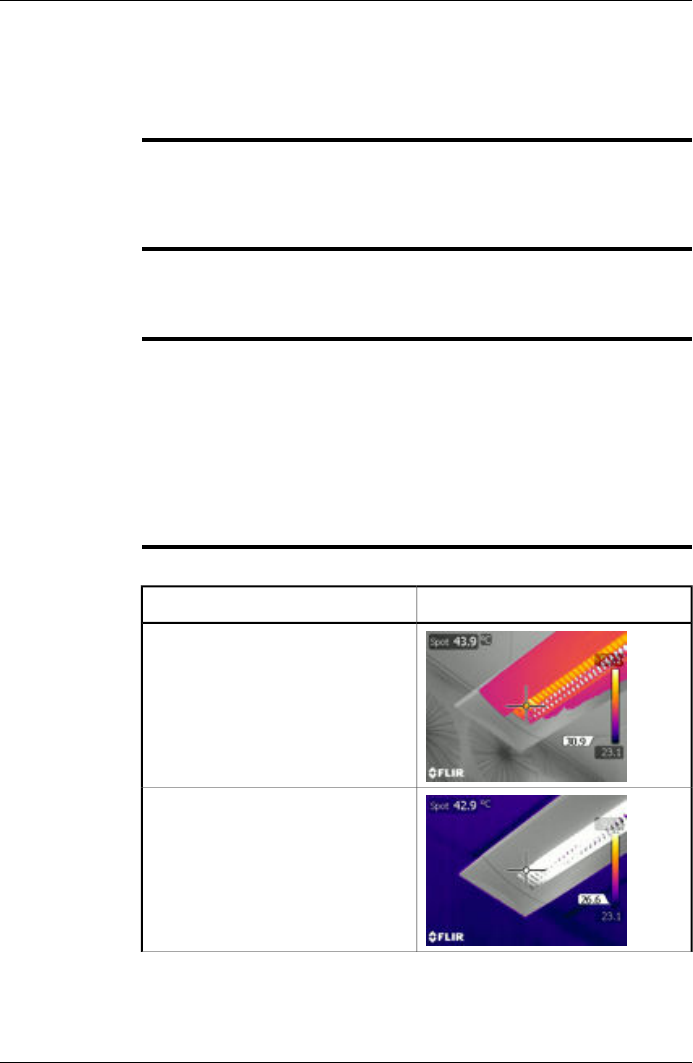
17 Working with thermal fusion and
picture-in-picture image modes
What is thermal
fusion?
Thermal fusion is a function that lets you display part of a digital photo as an infrared
image.
For example, you can set the camera to display all areas of an image that have a
certain temperature in infrared, with all other areas displayed as a digital photo.
What is picture-in-
picture?
Picture-in-picture is similar to thermal fusion in that it lets you display part of a digital
photo as an infrared image.
However, picture-in-picture displays an infrared image frame on top of a digital photo.
Types Depending on the camera model, up to four different types are available. These are:
■Above: All areas in the digital photo with a temperature above the specified tem-
perature level are displayed in infrared.
■Below: All areas in the digital photo with a temperature below the specified tem-
perature level are displayed in infrared.
■Interval: All areas in the digital photo with a temperature between two specified
temperature levels are displayed in infrared.
■Picture-in-Picture: An infrared image frame is displayed on top of the digital
photo.
Image examples This table explains the four different types:
ImageFusion type
Above
Below
Publ. No. T559598 Rev. a554 – ENGLISH (EN) – September 27, 2011 45
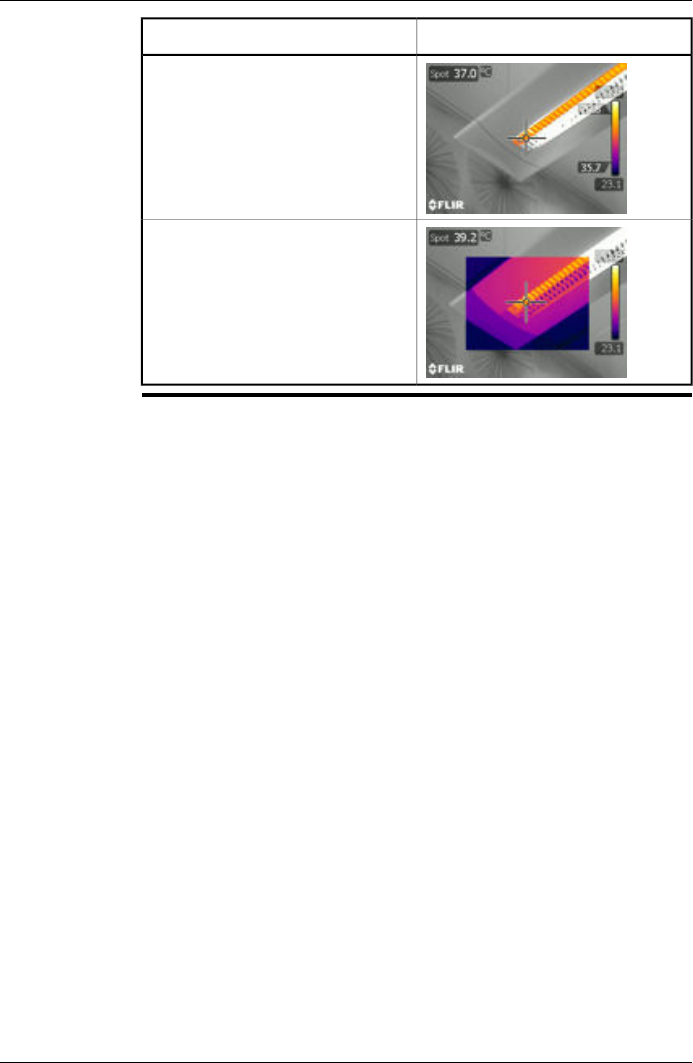
ImageFusion type
Interval
Picture-in-Picture
46 Publ. No. T559598 Rev. a554 – ENGLISH (EN) – September 27, 2011
17 – Working with thermal fusion and picture-in-picture image modes
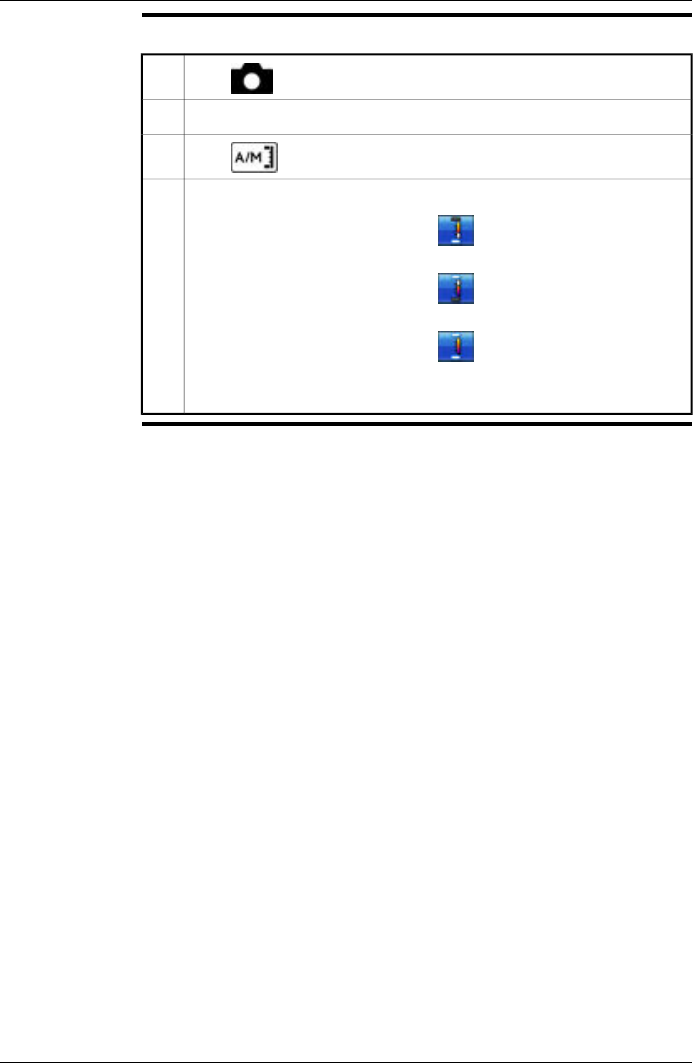
Procedure to set
up thermal fusion
Follow this procedure:
1
Push to display a toolbar.
On the toolbar, select Thermal fusion.2
Push .
3
To change the portion of infrared in the image, do one of the following:
■Push the joystick left/right to select , then push the joystick up/down
to change the bottom temperature level.
■Push the joystick left/right to select , then push the joystick up/down
to change the top temperature level.
■Push the joystick left/right to select , then push the joystick up/down
to change the top and bottom temperature level at the same time, and
left/right to change the temperature span.
4
Publ. No. T559598 Rev. a554 – ENGLISH (EN) – September 27, 2011 47
17 – Working with thermal fusion and picture-in-picture image modes
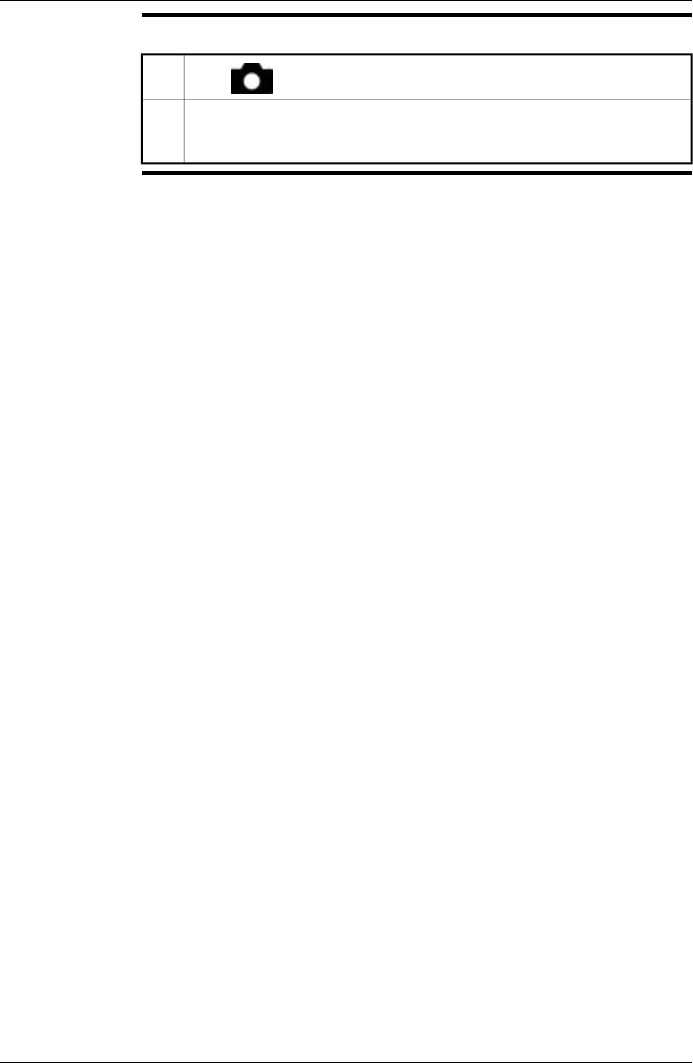
Procedure to set
up picture-in-pic-
ture
Follow this procedure:
Push to display a toolbar.
1
On the toolbar, select Picture-in-Picture
This will display an infrared image frame on top of a digital photo.
2
48 Publ. No. T559598 Rev. a554 – ENGLISH (EN) – September 27, 2011
17 – Working with thermal fusion and picture-in-picture image modes
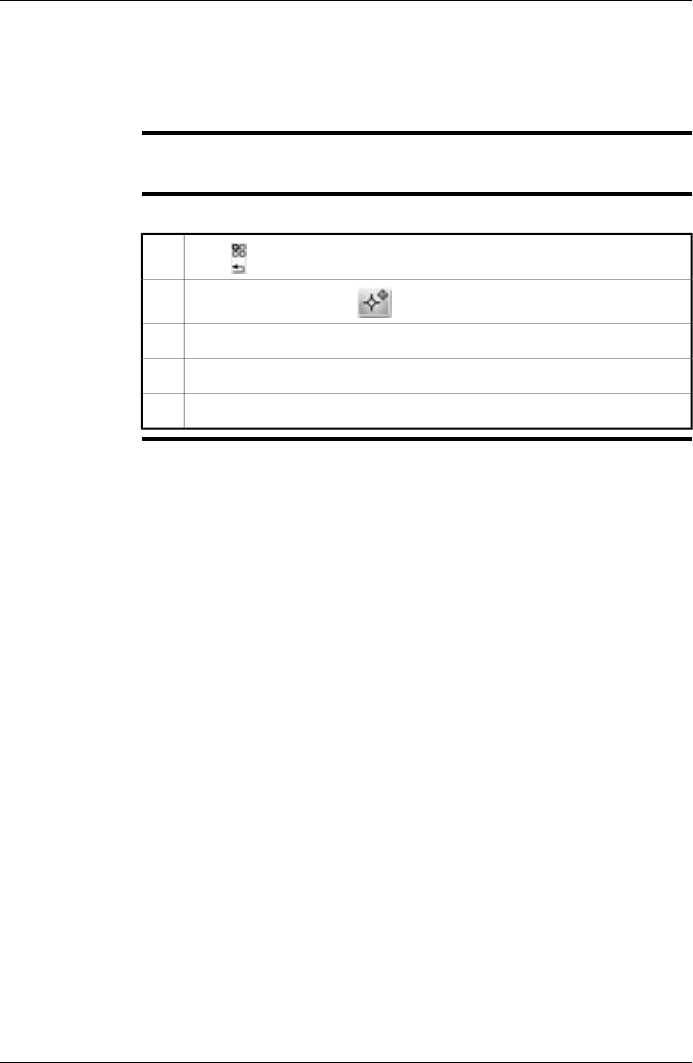
18 Working with measurement tools
18.1 Laying out measurement tools: spots, areas, etc.
General To measure a temperature, you use one or more measurement tools, e.g., a spotmeter
or a box.
Procedure Follow this procedure to lay out a measurement tool:
Push to display the menu system.
1
Use the joystick to go to .
2
Push the joystick to display a submenu.3
Use the joystick to go to a measurement tool.4
Push the joystick. This will display the measurement tool on the screen.5
Publ. No. T559598 Rev. a554 – ENGLISH (EN) – September 27, 2011 49
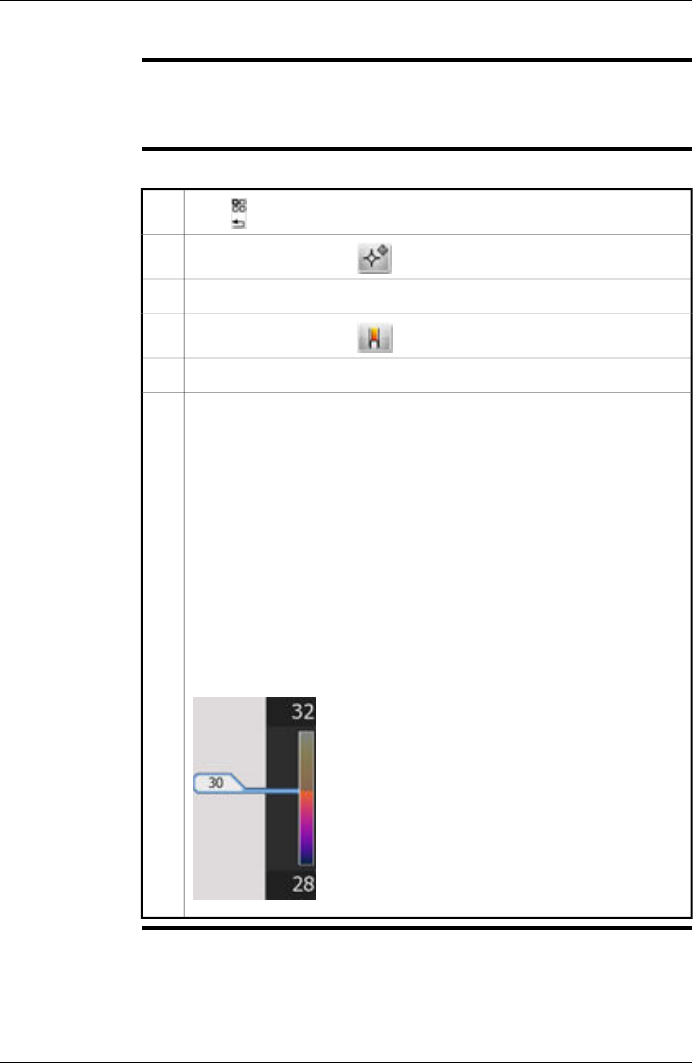
18.2 Laying out measurement tool: isotherms
General The isotherm command applies a contrasting color to all pixels with a temperature
above, below, or between one or more set temperature levels.
Using isotherms is a good method to easily discover anomalies in an infrared image.
Procedure Follow this procedure to lay out an isotherm:
Push to display the menu system.
1
Use the joystick to go to .
2
Push the joystick to display a submenu.3
Use the joystick to go to .
4
Push the joystick. This will display a submenu.5
In the submenu, select one of the following:
■Above. This will apply a contrasting color to all pixels with a temperature
above one or more set temperature levels.
■Below. This will apply a contrasting color to all pixels with a temperature
below one or more set temperature levels.
■Interval. This will apply a contrasting color to all pixels with a temperature
between two or more set temperature levels.
■Humidity. This will apply a contrasting color to all pixels with a tempera-
ture below a threshold calculated by humidity parameters.
■Insulation. This will apply a contrasting color to all pixels with a temper-
ature below a threshold calculated by insulation parameters.
This will display a flag in the temperature scale. To change the temperature
level, tap and drag the flag up or down. See the image below.
T639069;a1
6
50 Publ. No. T559598 Rev. a554 – ENGLISH (EN) – September 27, 2011
18 – Working with measurement tools
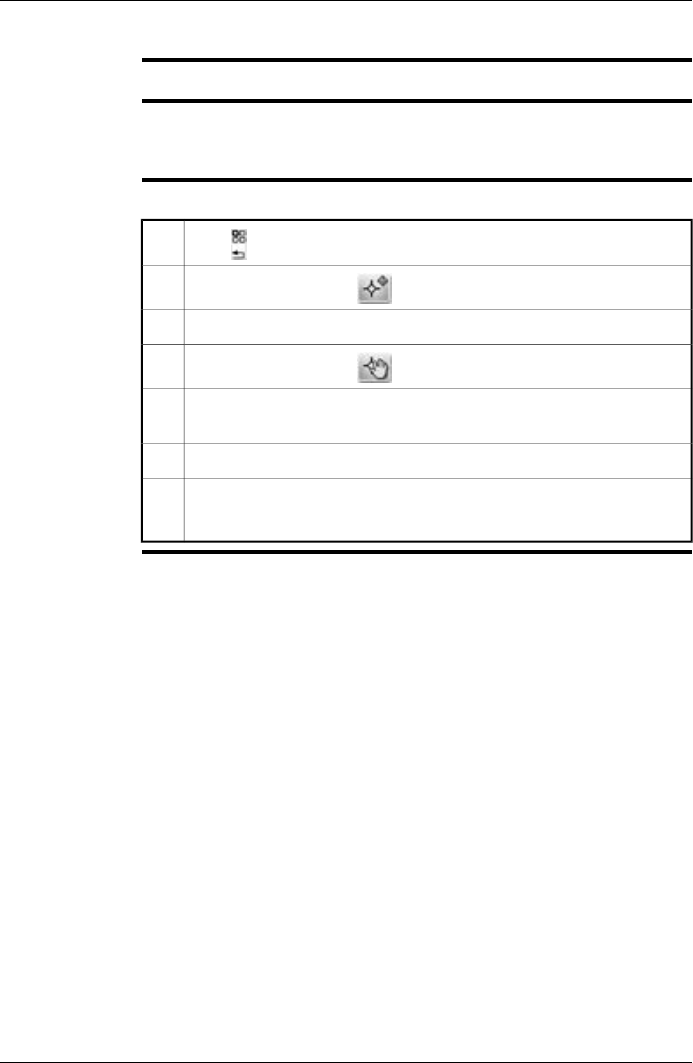
18.3 Moving or resizing a measurement tool
General You can move and resize a measurement tool.
NOTE This procedure assumes that you have previously laid out a measurement tool
on the screen.
■
■You can also move and resize the measurement tool using the stylus pen.
Procedure Follow this procedure to move or resize a measurement tool:
Push to display the menu system.
1
Use the joystick to go to (Tools).
2
Push the joystick to display a submenu.3
Use the joystick to go to (Adjust tools).
4
Push the joystick and select the measurement tool that you want to move
or resize.
5
Use the joystick to move or resize the measurement tool.6
Optional step:
Push the joystick to display a context menu.
7
Publ. No. T559598 Rev. a554 – ENGLISH (EN) – September 27, 2011 51
18 – Working with measurement tools
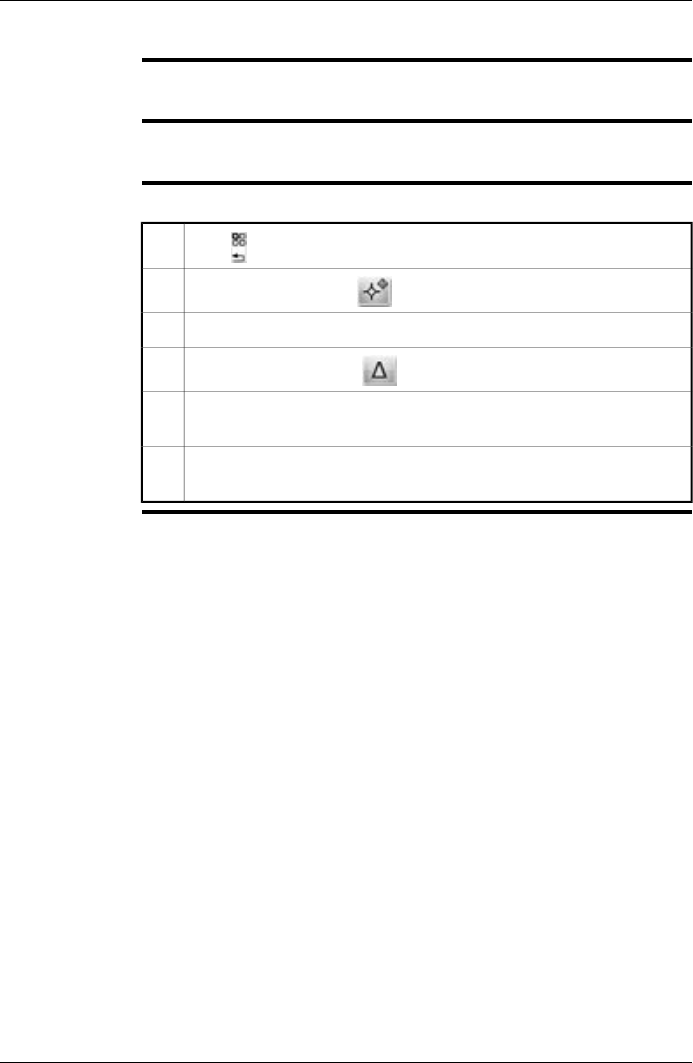
18.4 Creating and setting up a difference calculation
General A difference calculation gives the difference between the values of two known mea-
surement results.
NOTE This procedure assumes that you have previously laid out at least two measurement
tools on the screen.
Procedure Follow this procedure to create and set up a difference calculation:
Push to display the menu system.
1
Use the joystick to go to (Tools).
2
Push the joystick to display a submenu.3
Use the joystick to select (Add difference).
4
Push the joystick. This will display a dialog box where you can select the
measurement tools that you want to use in the difference calculation.
5
Push the joystick. The result of the difference calculation is now displayed
in the result table.
6
52 Publ. No. T559598 Rev. a554 – ENGLISH (EN) – September 27, 2011
18 – Working with measurement tools
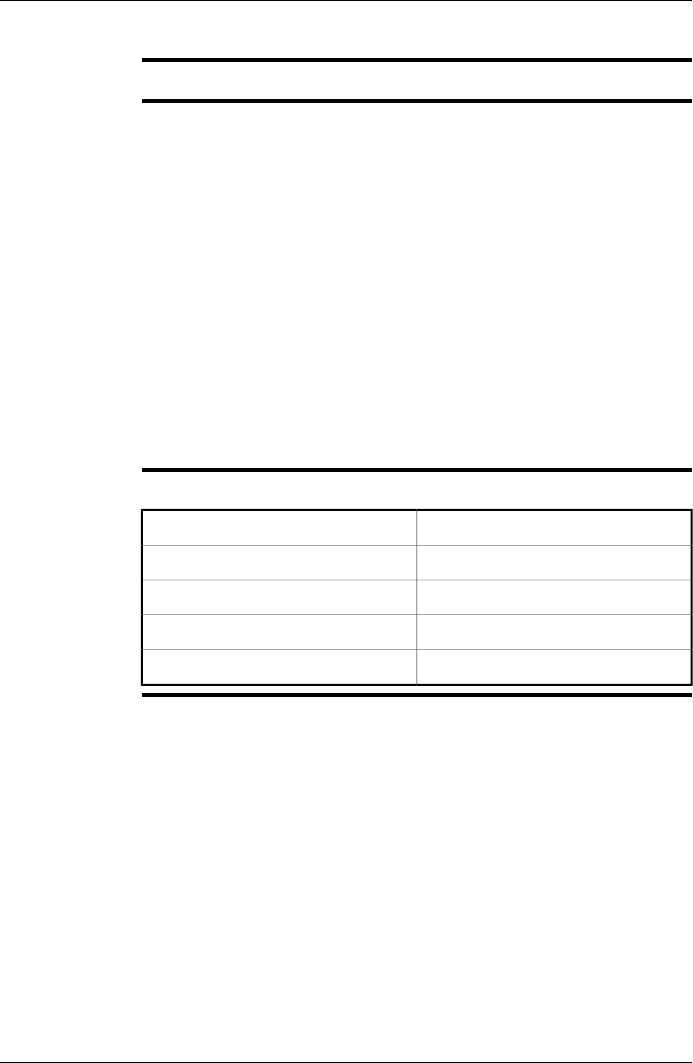
18.5 Changing object parameters
General For accurate measurements, you must set the object parameters.
Types of
parameters
The camera can use these object parameters:
Emissivity, i.e., how much radiation an object emits, compared with the radiation
of a theoretical reference object of the same temperature (called a “blackbody”).
The opposite of emissivity is reflectivity. The emissivity determines how much of
the radiation originates from the object as opposed to being reflected by it.
■
■Reflected apparent temperature, which is used when compensating for the radi-
ation from the surroundings reflected by the object into the camera. This property
of the object is called reflectivity.
■Object distance, i.e., the distance between the camera and the object of interest.
■Atmospheric temperature, i.e., the temperature of the air between the camera
and the object of interest.
■Relative humidity, i.e., the relative humidity of the air between the camera and
the object of interest.
■External IR window compensation, i.e., the temperature of any protective windows,
etc., that are set up between the camera and the object of interest. If no protective
window or protective shield is used, this value is irrelevant and should be left in-
active.
Recommended
values
If you are unsure about the values, the following are recommended:
Atmospheric temperature +20°C (+69°F)
0.95Emissivity
1.0 m (3.3 ft.)Object distance
+20°C (+69°F)Reflected apparent temperature
50%Relative humidity
Publ. No. T559598 Rev. a554 – ENGLISH (EN) – September 27, 2011 53
18 – Working with measurement tools
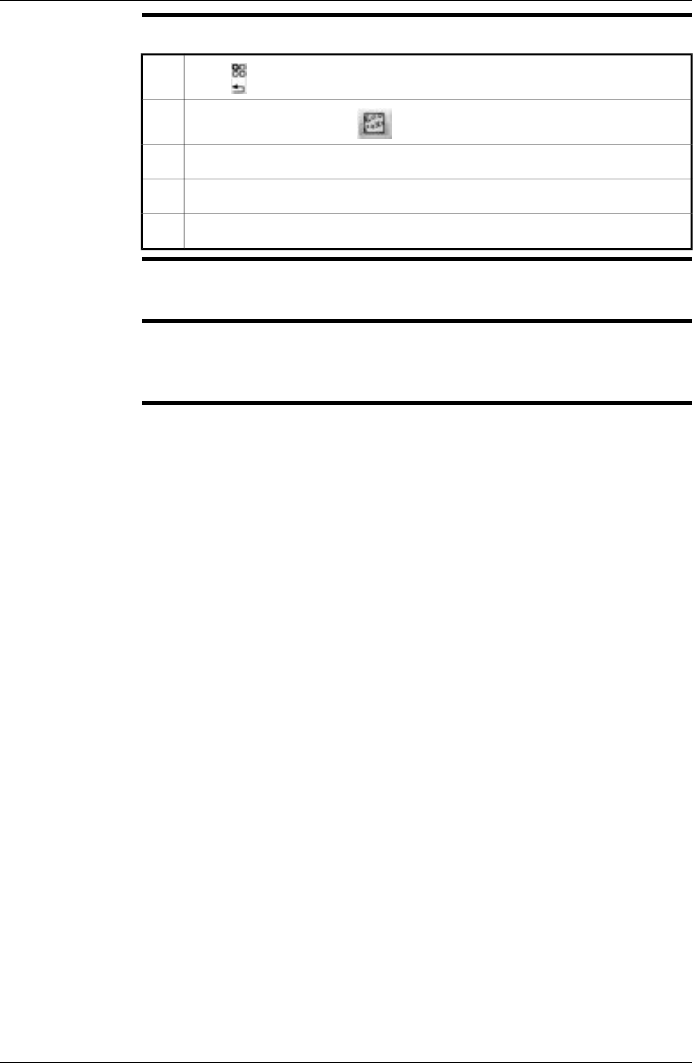
Procedure Follow this procedure to change the object parameters:
Push to display the menu system.
1
Use the joystick to go to .
2
Push the joystick to display a dialog box.3
Use the joystick to select and change an object parameter.4
Push the joystick. This will close the dialog box.5
NOTE Of the parameters above, emissivity and reflected apparent temperature are the two
most important to set correctly in the camera.
Related topics For in-depth information about parameters, and how to correctly set the emissivity
and reflected apparent temperature, see section 32 – Thermographic measurement
techniques on page 167.
54 Publ. No. T559598 Rev. a554 – ENGLISH (EN) – September 27, 2011
18 – Working with measurement tools
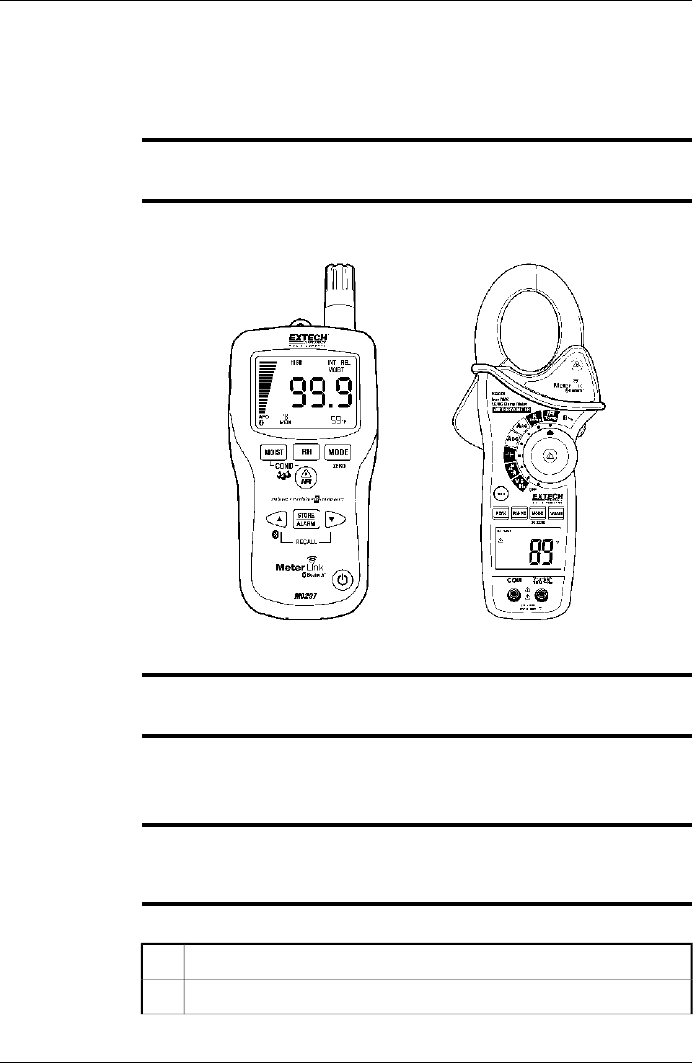
19 Fetching data from external
Extech meters
General You can fetch data from an external Extech meter and merge this data into the result
table in the infrared image.
Figure T638370;a1
Supported Extech
meters
Extech Moisture Meter MO297
■
■Extech Clamp Meter EX845
Technical support
for Extech meters
support@extech.com
This support is for Extech meters only. For technical support for infrared cameras,
go to http://support.flir.com.
NOTE This procedure assumes that you have paired the Bluetooth devices.
■
■For more information about products from Extech Instruments, go to
http://www.extech.com/instruments/.
Procedure Follow this procedure:
Turn on the camera.1
Turn on the Extech meter.2
Publ. No. T559598 Rev. a554 – ENGLISH (EN) – September 27, 2011 55
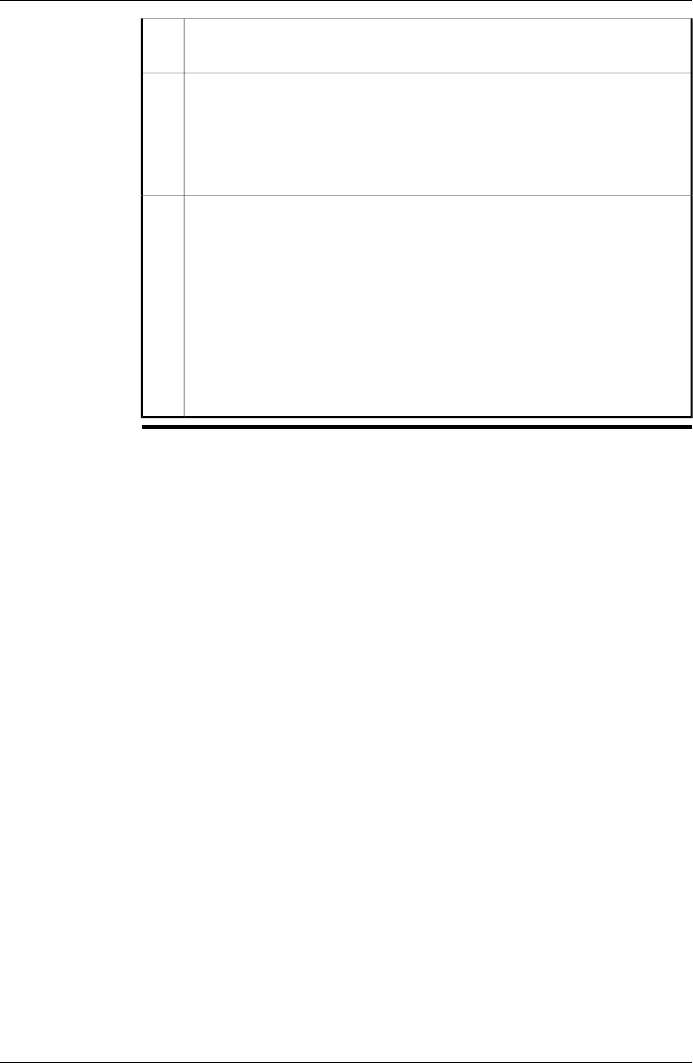
On the meter, enable Bluetooth mode. Refer to the user documentation for
the meter for information on how to do this.
3
On the meter, choose the quantity that you want to use (voltage, current,
resistance, etc.). Refer to the user documentation for the meter for informa-
tion on how to do this.
Results from the meter will now automatically be displayed in the result table
in the top left corner of the infrared camera screen.
4
Do one of the following:
■To preview an image, push the Preview/Save button. At this stage, you
can add additional values. To do so, take a new measurement with the
meter and select Add on the infrared camera screen.
■To save an image without previewing, push and hold down the Pre-
view/Save button.
■(Dependent on camera model) To add a value to a recalled image, turn
on the meter after you have recalled the image, then select Add on the
infrared camera screen. A maximum of eight values can be added, but
note that some values are broken into two lines.
5
56 Publ. No. T559598 Rev. a554 – ENGLISH (EN) – September 27, 2011
19 – Fetching data from external Extech meters
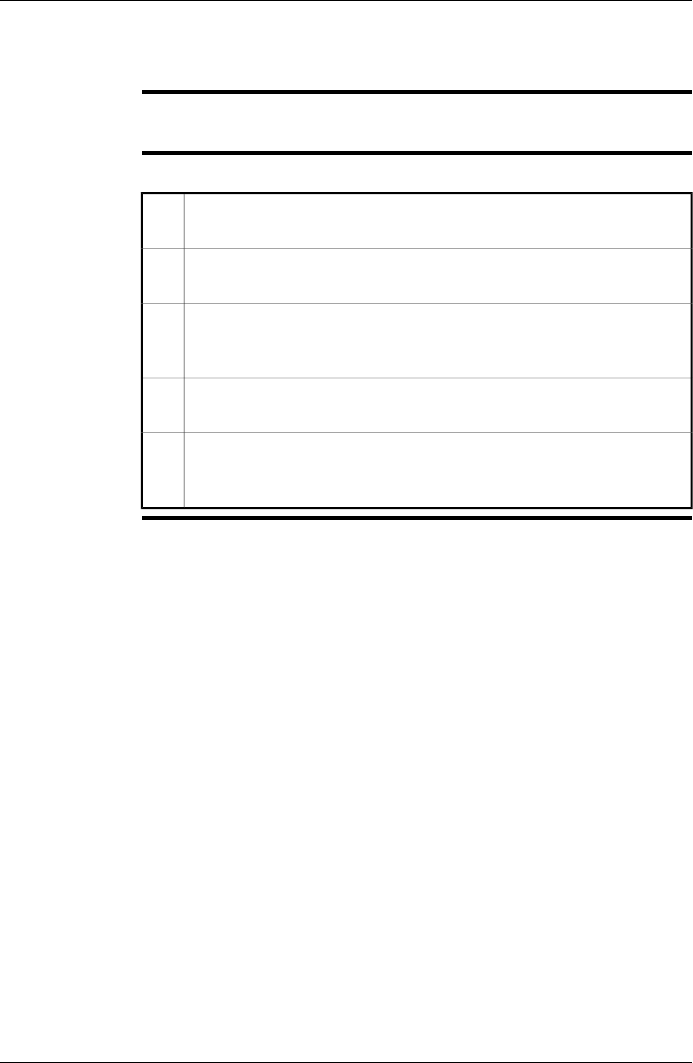
19.1 Typical moisture measurement and documentation
procedure
General The following procedure can form the basis for other procedures using Extech meters
and infrared cameras.
Procedure Follow this procedure:
Use the infrared camera to identify any potential damp areas behind walls
and ceilings.
1
Use the moisture meter to measure the moisture levels at various suspect
locations that may have been found.
2
When a spot of particular interest is located, store the moisture reading in
the moisture meter’s memory and identify the measurement spot with a
handprint or other thermal identifying marker.
3
Recall the reading from the meter memory. The moisture meter will now
continuously transmit this reading to the infrared camera.
4
Use the camera to take a thermal image of the area with the identifying
marker. The stored data from the moisture meter will also be saved on the
image.
5
Publ. No. T559598 Rev. a554 – ENGLISH (EN) – September 27, 2011 57
19 – Fetching data from external Extech meters
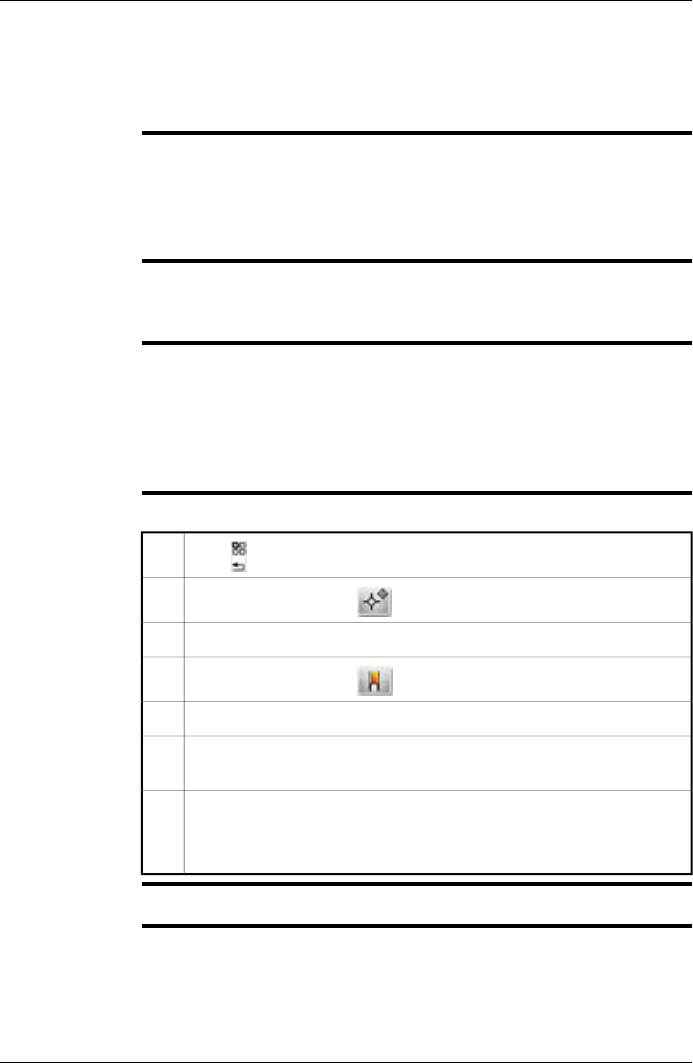
20 Working with isotherms
20.1 Building isotherms
General The camera features isotherm types that are specific to the building trade. You can
make the camera trigger the following types of isotherms:
■Humidity: Triggers when a measurement tool detects a surface where the relative
humidity exceeds a preset value.
■Insulation: Triggers when there is an insulation deficiency in a wall.
About the
Humidity isotherm
To detect areas where the relative humidity is less than 100% you can use the Hu-
midity isotherm, where you can set the relative humidity above which the isotherm
will colorize the image.
About the
Insulation
isotherm
The Insulation isotherm can detect areas where there may be an insulation deficiency
in the building. It will trigger when the insulation level falls below a preset value of
the energy leakage through a wall.
Different building codes recommend different values, but typical values for the insu-
lation level are 0.6–0.8 for new buildings. Refer to your national building code for
recommendations.
Procedure Follow this procedure to set up an isotherm:
Push to display the menu system.
1
Use the joystick to go to .
2
Push the joystick to display a submenu.3
Use the joystick to go to .
4
Push the joystick. This will display a submenu.5
In the submenu, select Humidity or Insulation. This will display a dialog
box where you can set the necessary parameters.
6
Push the joystick.
The setup is now complete, and an isotherm will be displayed when the
parameters are met.
7
NOTE For this isotherm to be meaningful, the parameters must be set with some care.
58 Publ. No. T559598 Rev. a554 – ENGLISH (EN) – September 27, 2011
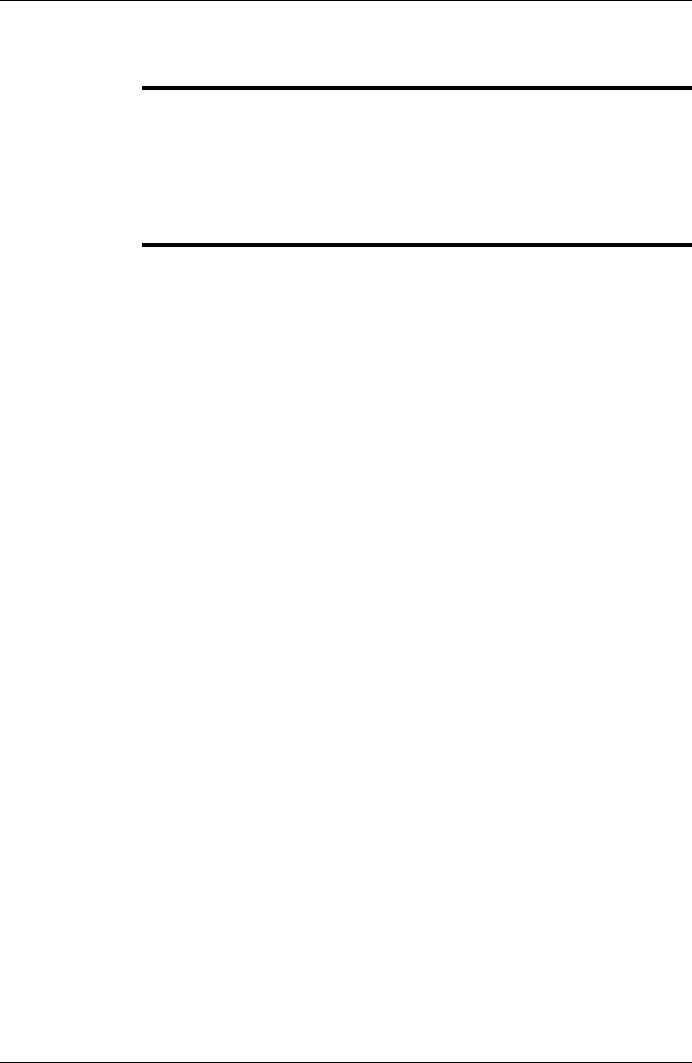
21 Annotating images
General This section describes how to save additional information in an infrared image by
using annotations.
Using annotations makes reporting and post-processing more efficient by providing
essential information about the image, e.g., conditions, photos, and information about
where an image is taken.
You can set the camera to automatically add an annotation to your images.
Publ. No. T559598 Rev. a554 – ENGLISH (EN) – September 27, 2011 59
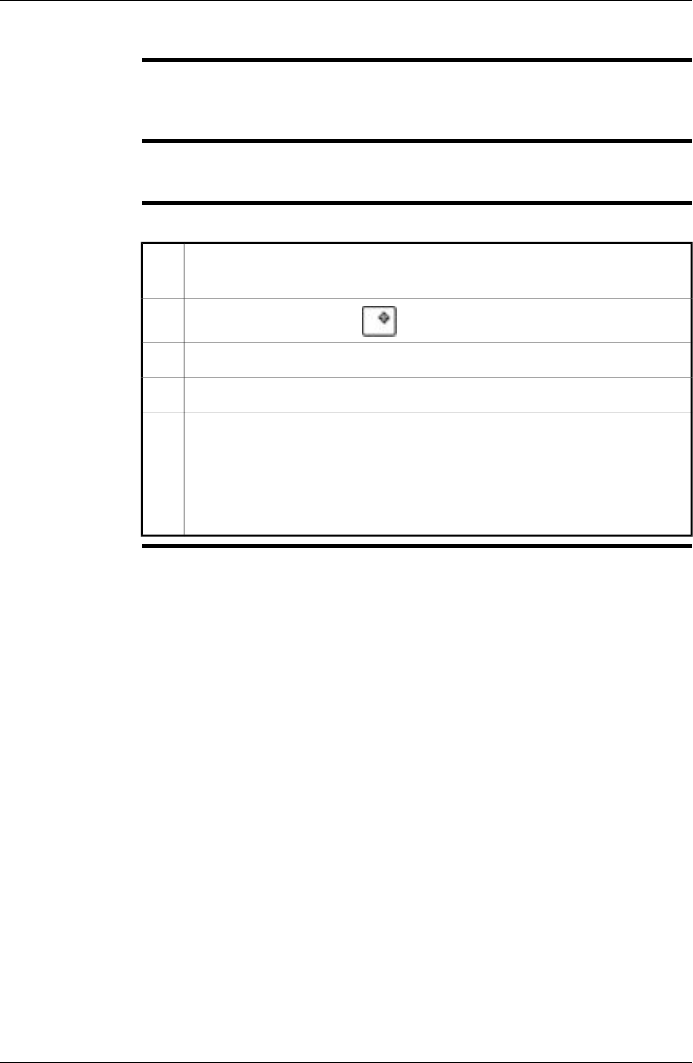
21.1 Taking a digital photo
General When you save an infrared image you can also take a digital photo of the object of
interest. This digital photo will automatically be grouped together with the infrared
image, which will simplify post-processing and reporting.
NOTE This procedure assumes that you have not set the camera to automatically add a
digital photo.
Procedure Follow this procedure to take a digital photo:
To preview an infrared image, briefly push and release the Autofocus/Save
button.
1
Use the joystick to select .
2
Push the joystick to display a submenu.3
Use the joystick to select Digital camera photo.4
Push the Autofocus/Save button to take the digital photo.
The digital photo will now be added to to what is called an “group,” and
will be grouped together with the infrared image in the image archive, and
also when moving files from the camera to reporting software on the com-
puter.
60 Publ. No. T559598 Rev. a554 – ENGLISH (EN) – September 27, 2011
21 – Annotating images
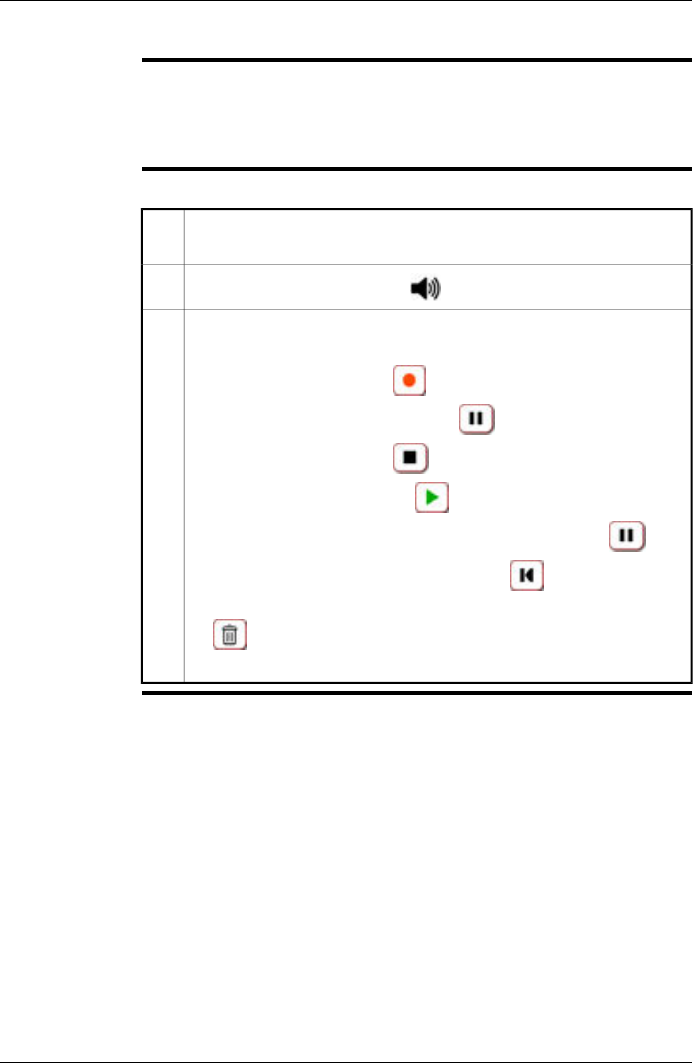
21.2 Creating a voice annotation
General A voice annotation is an audio recording that is stored in an infrared image file.
The voice annotation is recorded using a Bluetooth headset. The recording can be
played back in the camera, and in image analysis and reporting software from FLIR
Systems.
Procedure Follow this procedure to create a voice annotation:
To preview an image, push and release the Autofocus/Save button fully
down.
1
Use the navigation pad to select .
2
Do one or more of the following, and push the joystick to confirm each
choice. Some buttons have more than one function.
■To start a recording, select .
■To pause/resume a recording, select .
■To stop a recording, select .
■To listen to a recording, select .
■To pause a voice annotation that you are listening to, select .
■To go to the beginning of a recording, select .
■To delete a recording, move the joystick left/right or up/down and select
.
■To save a recording, select Save.
3
Publ. No. T559598 Rev. a554 – ENGLISH (EN) – September 27, 2011 61
21 – Annotating images
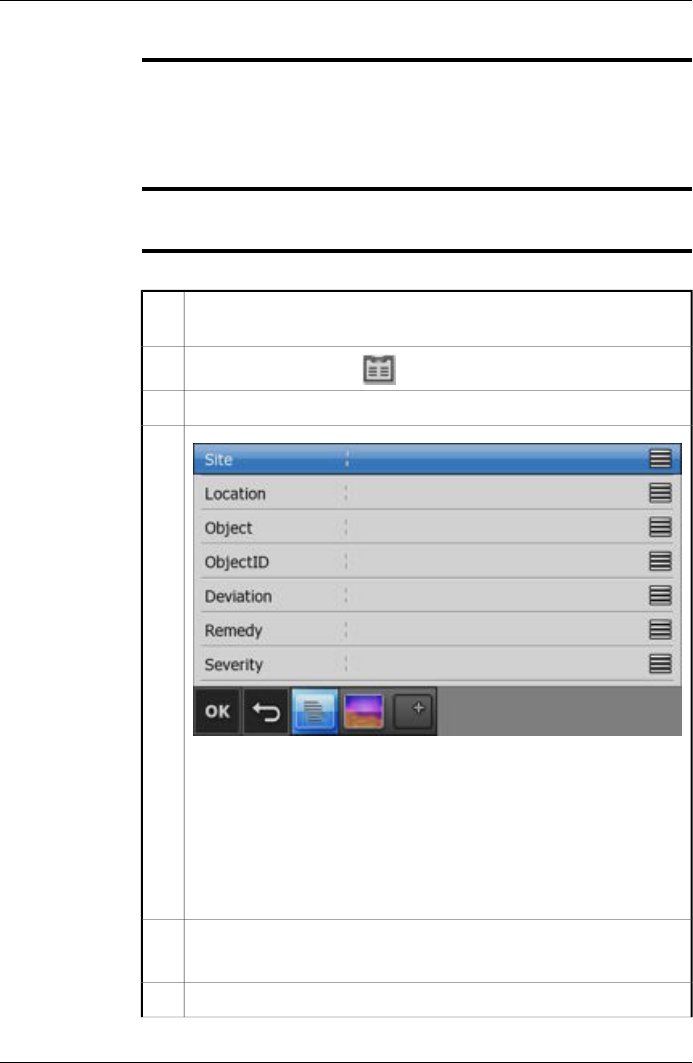
21.3 Creating a text annotation
General A text annotation is grouped with an image file. Using this feature, you can annotate
images. This text can be revised later.
This feature is very efficient when saving information on an image when you are in-
specting a large number of similar objects. Using text annotations avoids filling out
forms or inspection protocols manually.
NOTE This procedure assumes that you have not set the camera to automatically add a
text annotation.
Procedure Follow this procedure to create a text annotation:
To preview an image, push the Autofocus/Save button fully down and re-
lease it.
1
Use the joystick to select .
2
Push the joystick to display a dialog box.3
T639064;a1
In this dialog box you can do one of the following:
■Use an existing text annotation template, or create a new template.
■Create new fields.
■Enter new text values for the fields.
The text annotation will now be added to to what is called a group, and will
be grouped together with the infrared image in the image archive, and also
when moving files from the camera to reporting software on the computer.
4
(Step 5–8 describes how to add values to existing labels.)
Use the navigation pad to select a label in the list, e.g., Location or Object.
5
Push the joystick to display a dialog box.6
62 Publ. No. T559598 Rev. a554 – ENGLISH (EN) – September 27, 2011
21 – Annotating images
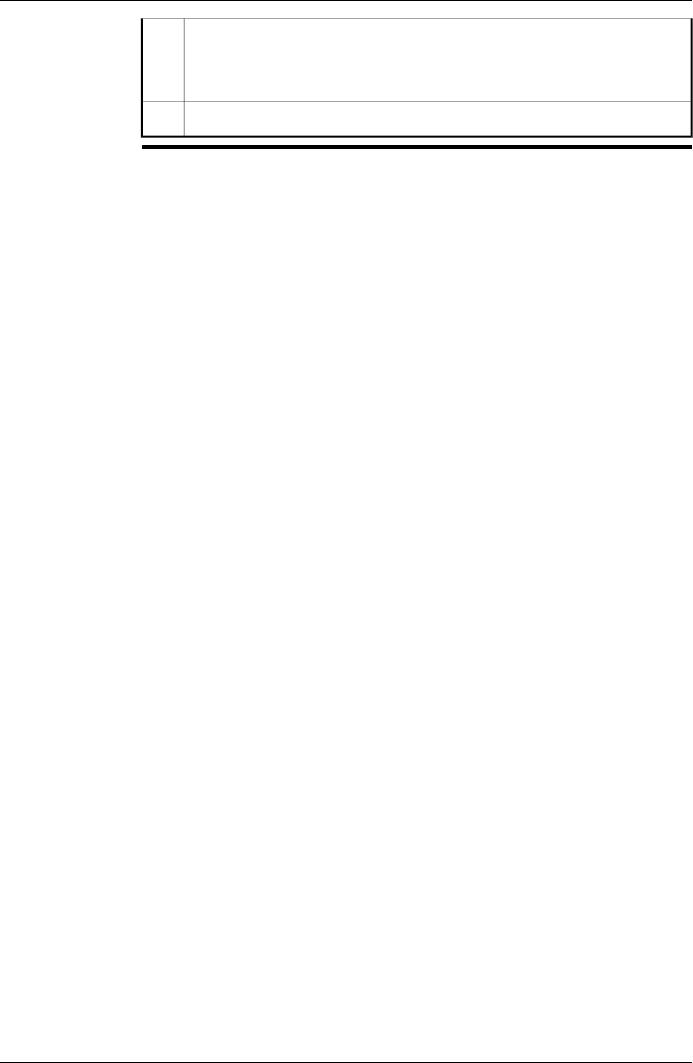
In this dialog, do one of the following:
■Select one of the predefined descrptions, e.g., engine or vent.
■Click Keyboard and type in a new description.
7
Click OK.8
Publ. No. T559598 Rev. a554 – ENGLISH (EN) – September 27, 2011 63
21 – Annotating images
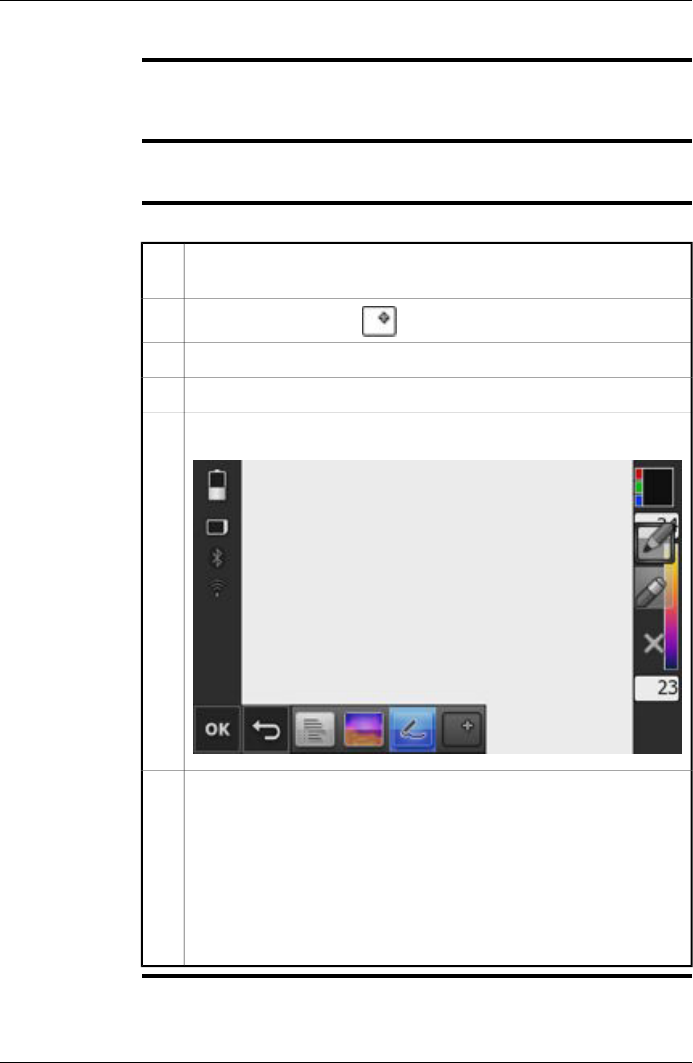
21.4 Adding a sketch
General A sketch is freehand drawing that you create in a sketch work area separate from
the infrared image using a stylus pen or your index finger. You can use the sketch
feature to create a simple drawing, write down comments, add dimensions, etc.
NOTE This procedure assumes that you have not set the camera to automatically add a
sketch.
Procedure Follow this procedure to add a sketch:
To preview an image, push the Autofocus/Save button fully down and re-
lease it.
1
Use the joystick to select .
2
Push the joystick to display a submenu.3
Use the joystick to select Sketch.4
Push the joystick to display a sketchboard.
T639063;a1
5
On this sketchboard you can:
■Draw a sketch, using the stylus pen.
■Change the color of the lines.
■Erase lines and start again.
■Erase the entire sketch.
The sketch will now be added to what is called a group, and will be grouped
together with the infrared image in the image archive, and also when moving
files from the camera to reporting software on the computer.
6
64 Publ. No. T559598 Rev. a554 – ENGLISH (EN) – September 27, 2011
21 – Annotating images
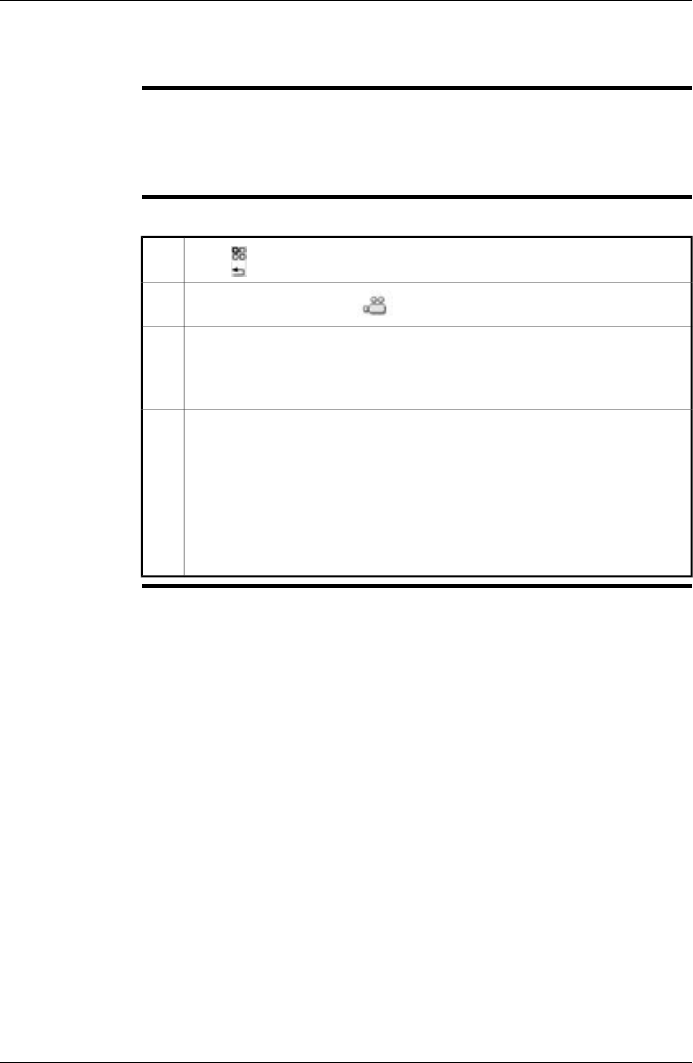
22 Recording video clips
General You can record non-radiometric infrared or visual video clips. In this mode, the
camera can be regarded as an ordinary digital video camera.
The video clips can be played back in Microsoft Windows Media Player, but it will
not be possible to retrieve radiometric information from the video clips.
Procedure Follow this procedure to record infrared or visual non-radiometric video clips:
Push to display the menu system.
1
Use the joystick to go to .
2
Do the following:
■To start a recording, briefly push and release the Autofocus/Save button.
■To stop a recording, briefly push and release the Autofocus/Save button.
3
When you have stopped the recording, a toolbar will be presented where
you can do one or more of the following:
■Save the recording.
■Cancel the recording.
■Play back the recording.
■Add a text annotation.
■Add a sketch.
4
Publ. No. T559598 Rev. a554 – ENGLISH (EN) – September 27, 2011 65
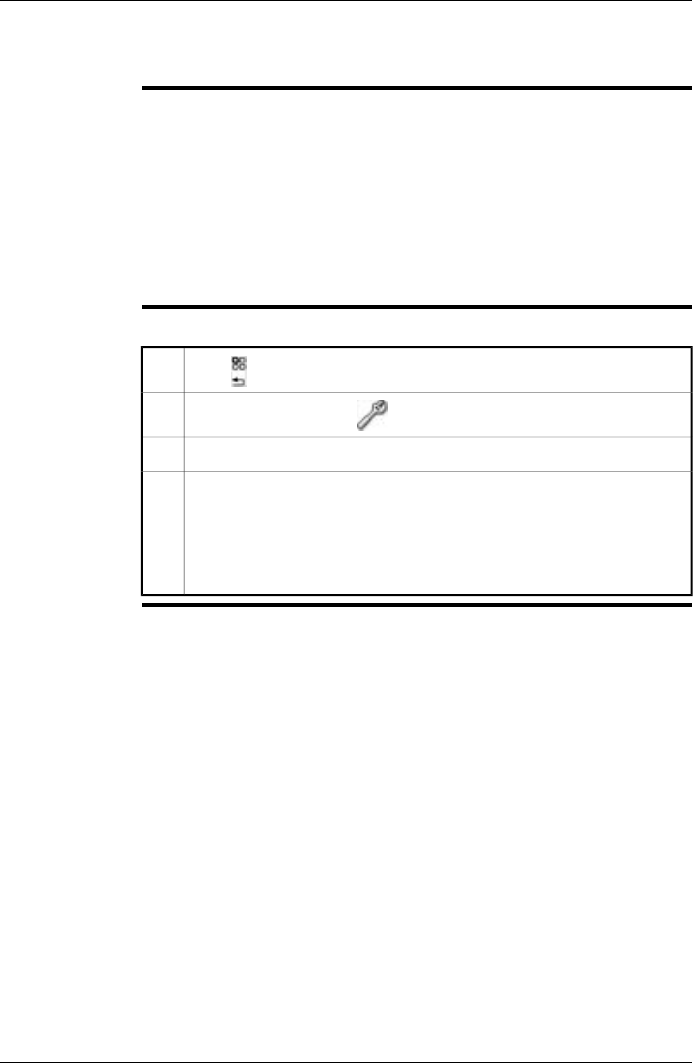
23 Changing settings
General You can change a variety of settings for the camera:
■Camera settings, e.g., the display intensity, power management, touch-screen
calibration, and default settings.
■Preferences, e.g., settings for annotations and overlay.
■Connectivity, e.g., settings for Wi-Fi and Bluetooth.
■Regional settings, e.g., the language, date and time, date and time format, and
temperature and distance units.
This area also contains uneditable camera information, e.g., the serial number,
firmware version, and battery level.
Procedure Follow this procedure to change settings:
Push to display the menu system.
1
Use the joystick to go to (Settings) .
2
Push the joystick. This will display a dialog box.3
Do the following:
■Move the joystick up/down or left/right to go between tabs and up/down
on tabs.
■Push the joystick to edit the currently selected setting.
■Push the joystick to confirm choices.
4
66 Publ. No. T559598 Rev. a554 – ENGLISH (EN) – September 27, 2011
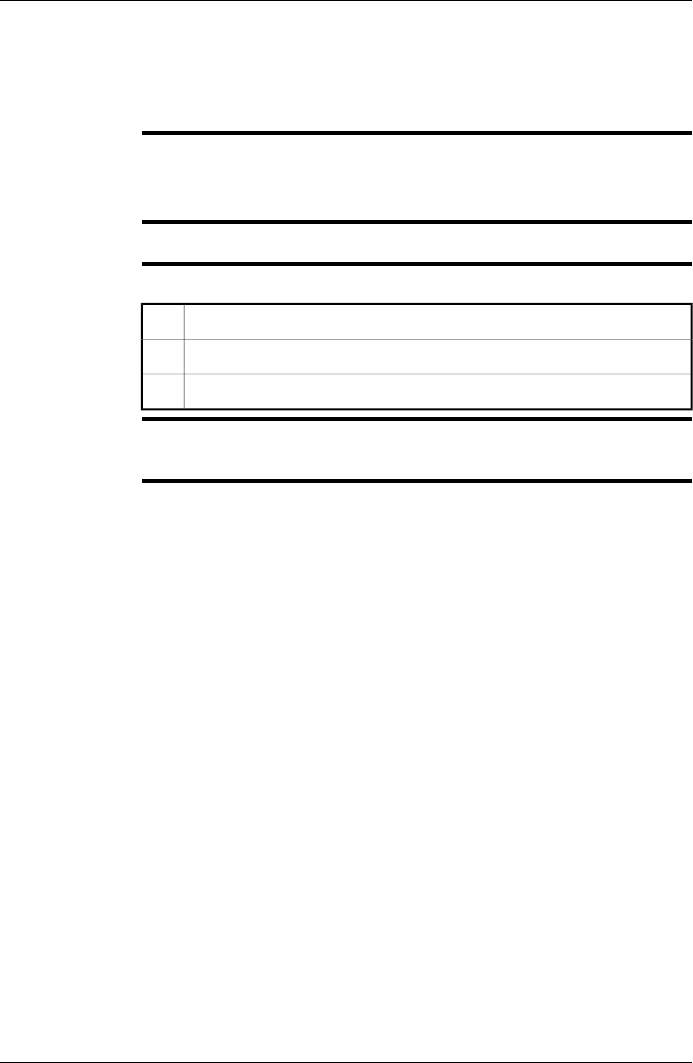
24 Cleaning the camera
24.1 Camera housing, cables, and other items
Liquids Use one of these liquids:
■Warm water
■A weak detergent solution
Equipment A soft cloth
Procedure Follow this procedure:
Soak the cloth in the liquid.1
Twist the cloth to remove excess liquid.2
Clean the part with the cloth.3
CAUTION Do not apply solvents or similar liquids to the camera, the cables, or other items.
This can cause damage.
Publ. No. T559598 Rev. a554 – ENGLISH (EN) – September 27, 2011 67
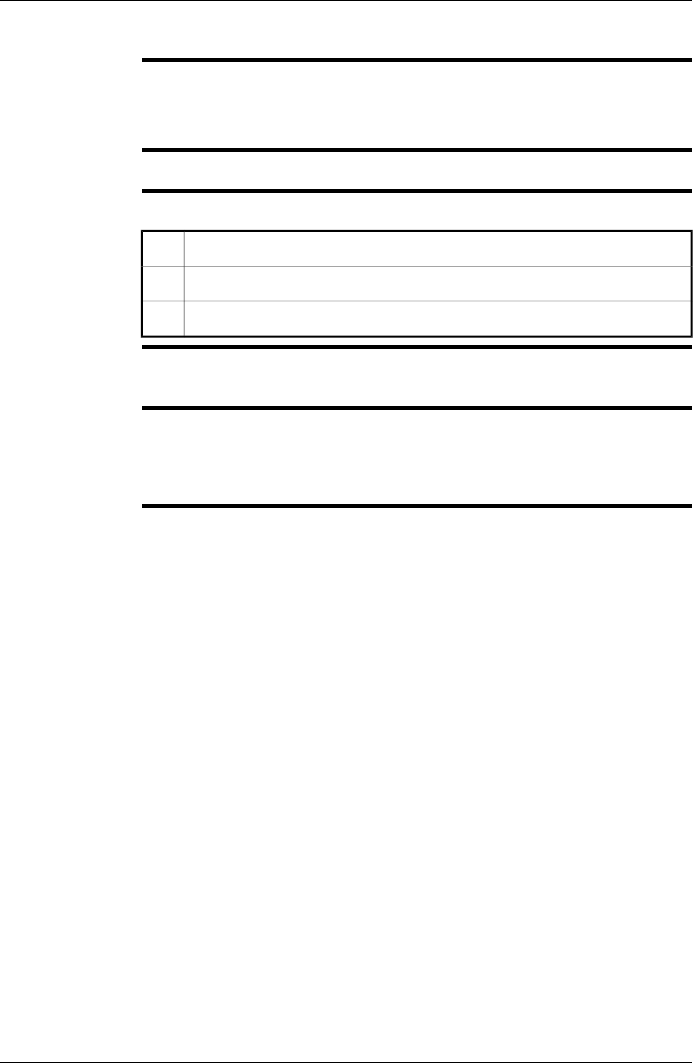
24.2 Infrared lens
Liquids Use one of these liquids:
■96% isopropyl alcohol.
■A commercial lens cleaning liquid with more than 30% isopropyl alcohol.
Equipment Cotton wool
Procedure Follow this procedure:
Soak the cotton wool in the liquid.1
Twist the cotton wool to remove excess liquid.2
Clean the lens one time only and discard the cotton wool.3
WARNING Make sure that you read all applicable MSDS (Material Safety Data Sheets) and
warning labels on containers before you use a liquid: the liquids can be dangerous.
CAUTION Be careful when you clean the infrared lens. The lens has a delicate anti-reflective
coating.
■
■Do not clean the infrared lens too vigorously. This can damage the anti-reflective
coating.
68 Publ. No. T559598 Rev. a554 – ENGLISH (EN) – September 27, 2011
24 – Cleaning the camera
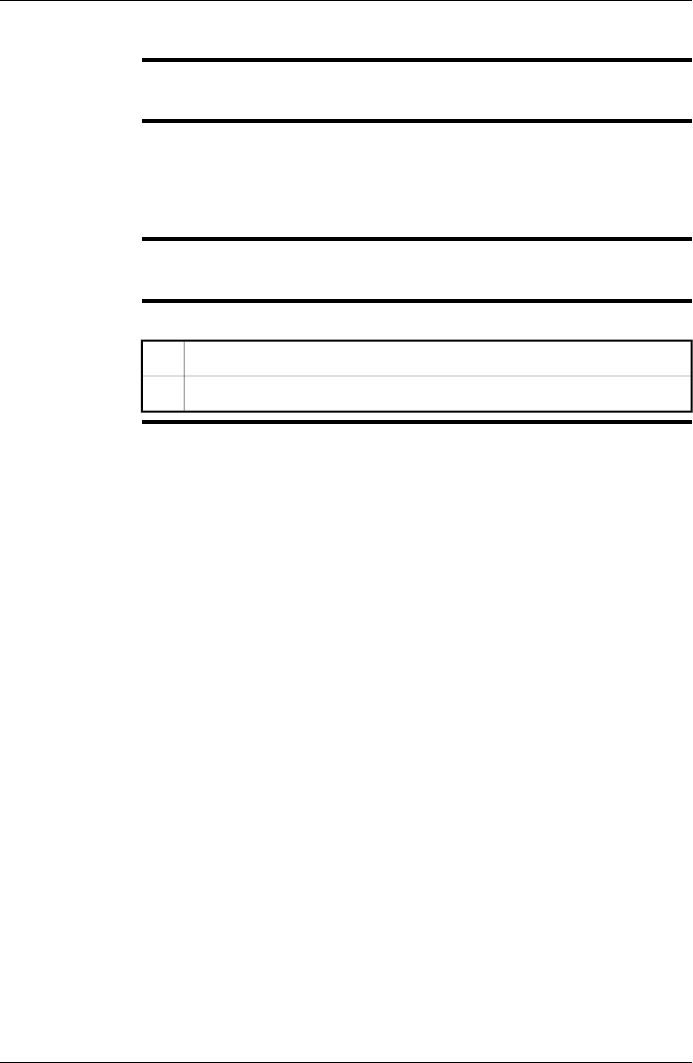
24.3 Infrared detector
General Even small amounts of dust on the infrared detector can result in major blemishes
in the image. To remove any dust from the detector, follow the procedure below.
NOTE This section only applies to cameras where removing the lens exposes the infrared
detector.
■
■In some cases the dust cannot be removed by following this procedure: the infrared
detector must be cleaned mechanically. This mechanical cleaning must be carried
out by an authorized service partner.
CAUTION In Step 2 below, do not use pressurized air from pneumatic air circuits in a workshop,
etc., as this air usually contains oil mist to lubricate pneumatic tools.
Procedure Follow this procedure:
Remove the lens from the camera.1
Use pressurized air from a compressed air canister to blow off the dust.2
Publ. No. T559598 Rev. a554 – ENGLISH (EN) – September 27, 2011 69
24 – Cleaning the camera
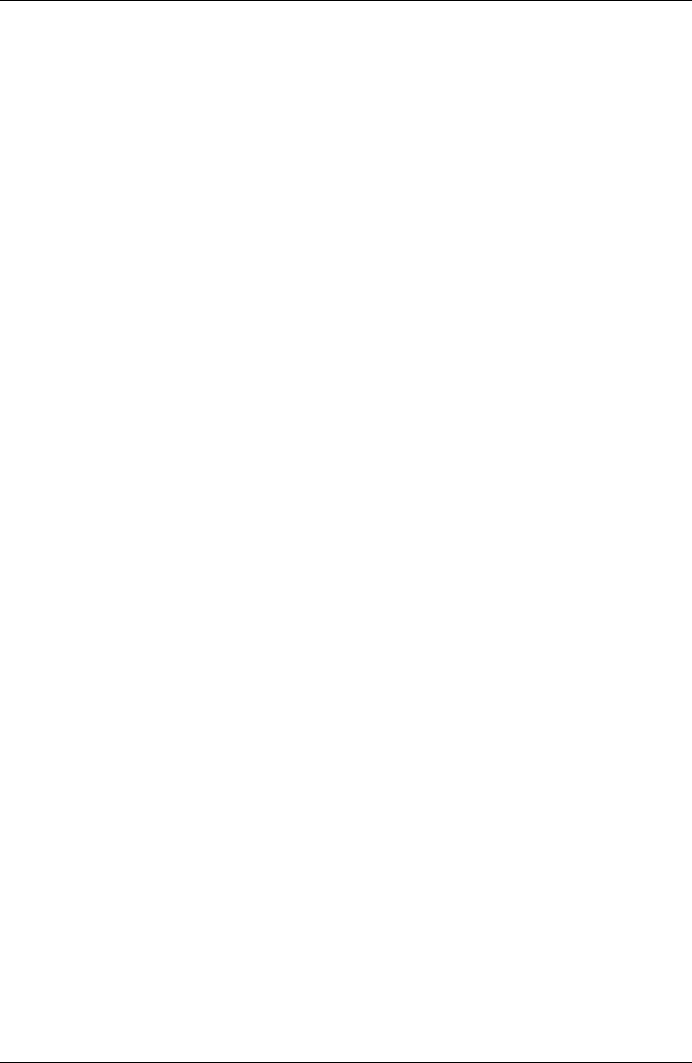
25 Technical data
For technical data, refer to the datasheets on the user documentation CD-ROM that
comes with the camera.
Technical data is also available at http://support.flir.com.
70 Publ. No. T559598 Rev. a554 – ENGLISH (EN) – September 27, 2011
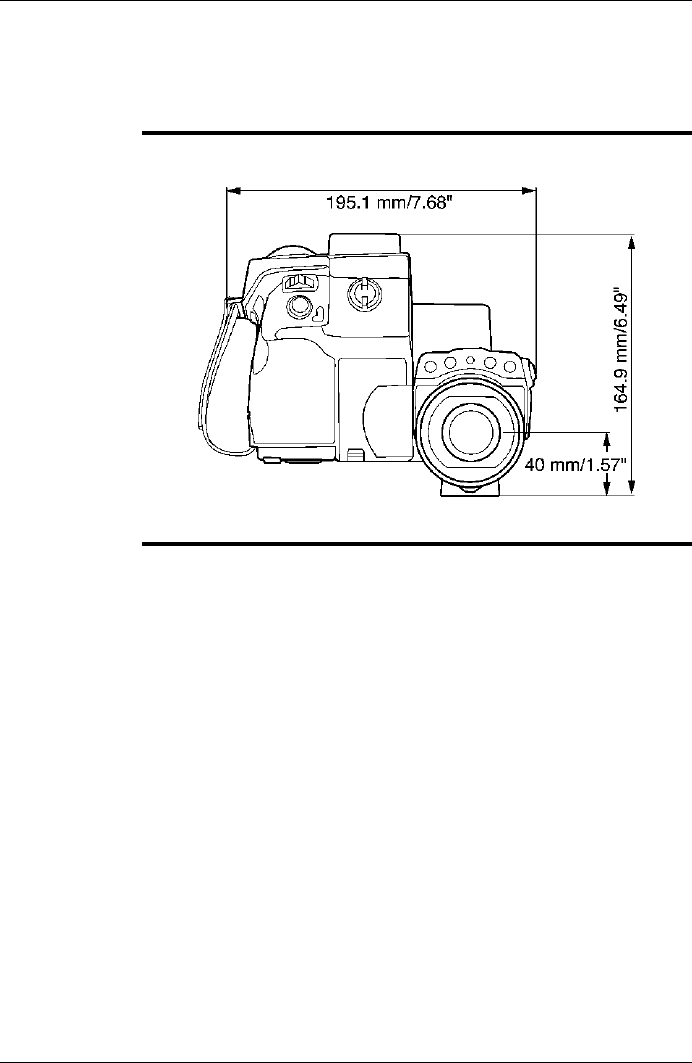
26 Dimensional drawings
26.1 Camera dimensions, front view (1)
Figure T638750;a2
Publ. No. T559598 Rev. a554 – ENGLISH (EN) – September 27, 2011 71
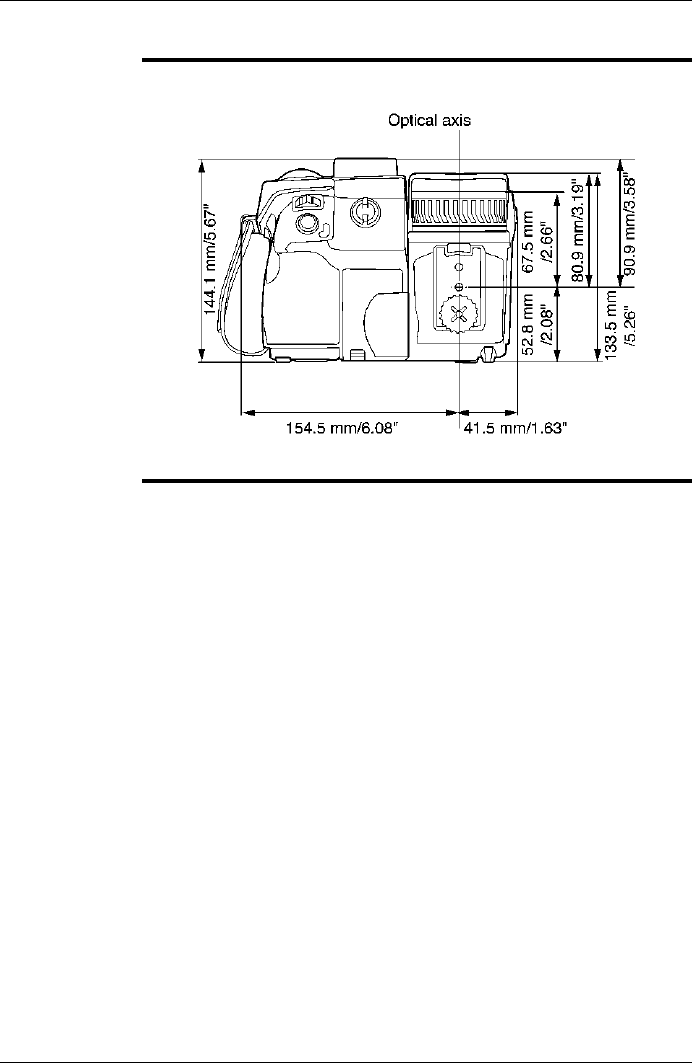
26.2 Camera dimensions, front view (2)
Figure T638751;a2
72 Publ. No. T559598 Rev. a554 – ENGLISH (EN) – September 27, 2011
26 – Dimensional drawings
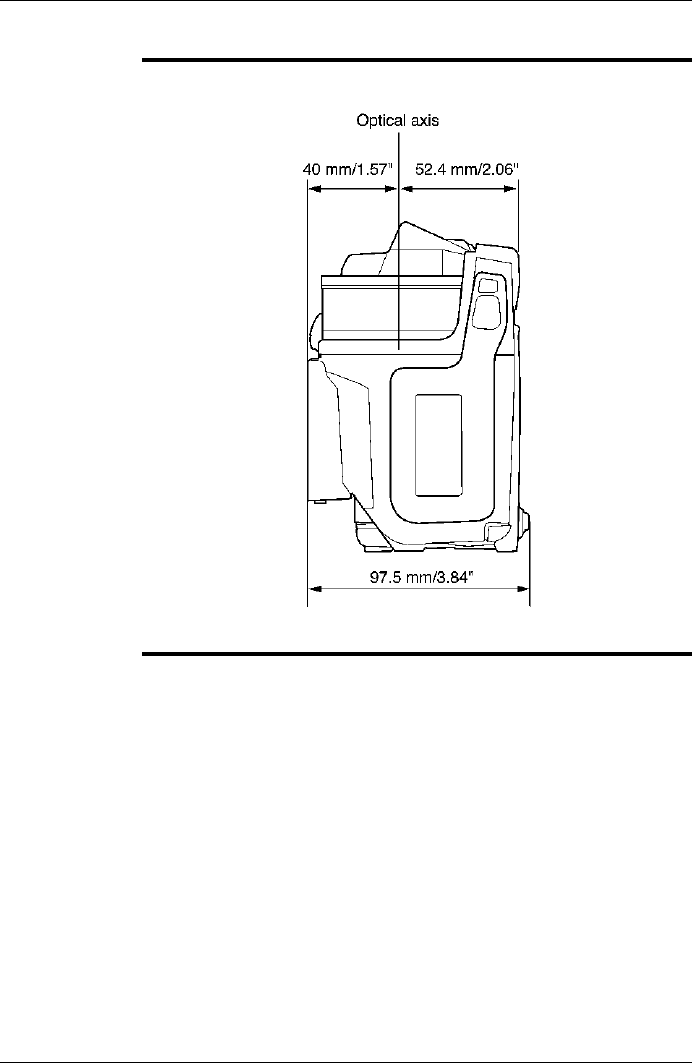
26.3 Camera dimensions, side view (1)
Figure T638753;a1
Publ. No. T559598 Rev. a554 – ENGLISH (EN) – September 27, 2011 73
26 – Dimensional drawings
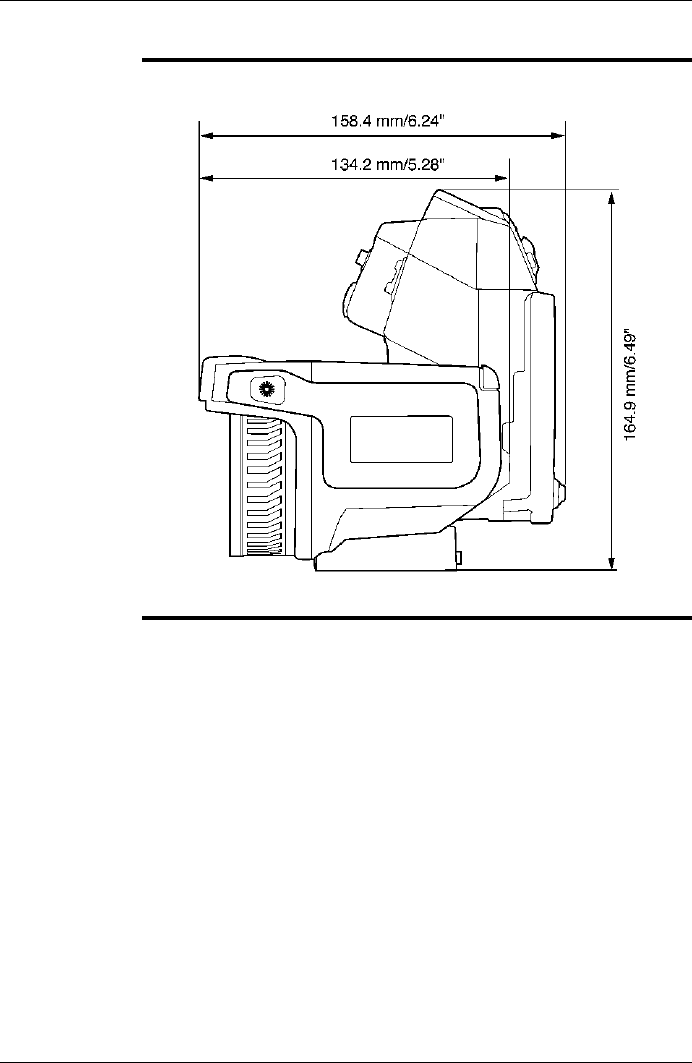
26.4 Camera dimensions, side view (2)
Figure T638764;a2
74 Publ. No. T559598 Rev. a554 – ENGLISH (EN) – September 27, 2011
26 – Dimensional drawings
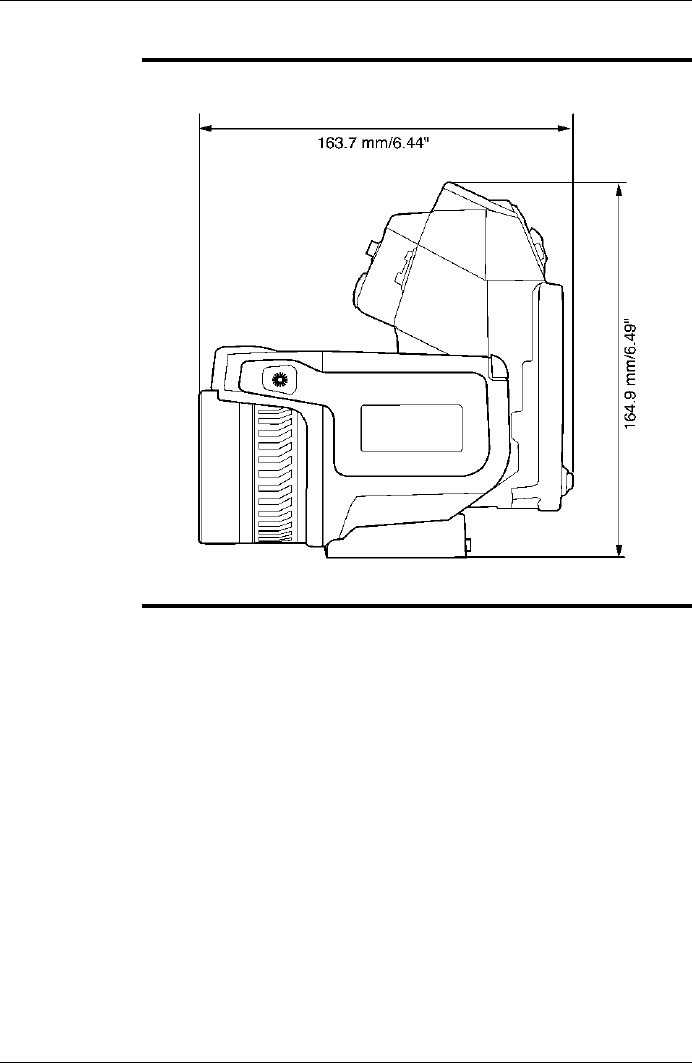
26.5 Camera dimensions, 41.3 mm/15° lens, side view
Figure T638752;a4
Publ. No. T559598 Rev. a554 – ENGLISH (EN) – September 27, 2011 75
26 – Dimensional drawings
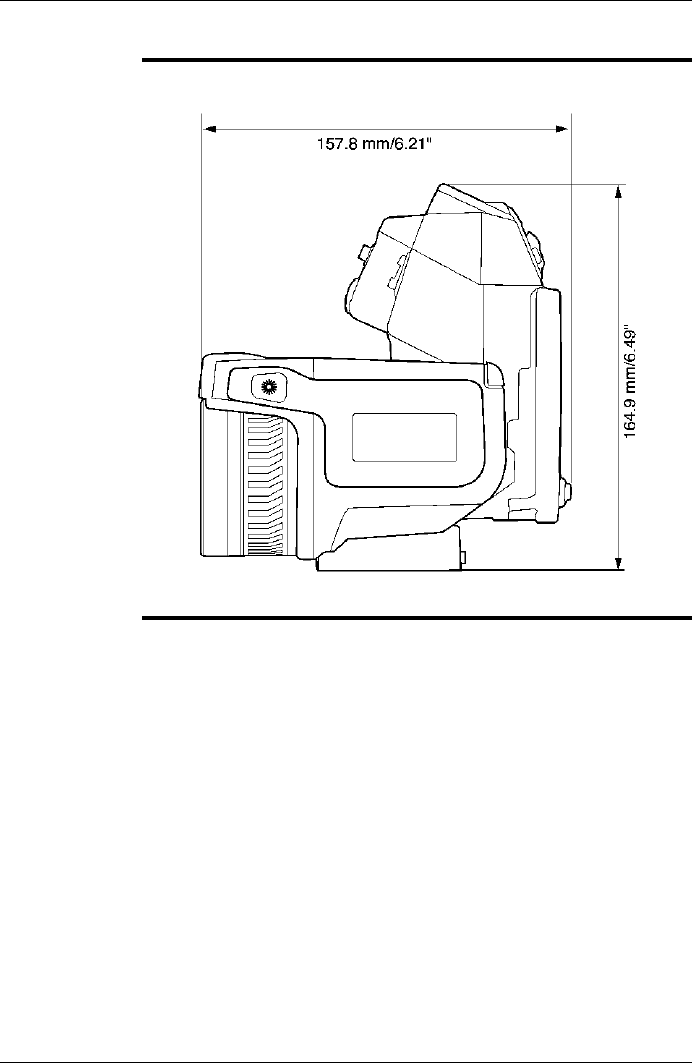
26.6 Camera dimensions, 24.6 mm/25° lens, side view
Figure T638754;a2
76 Publ. No. T559598 Rev. a554 – ENGLISH (EN) – September 27, 2011
26 – Dimensional drawings
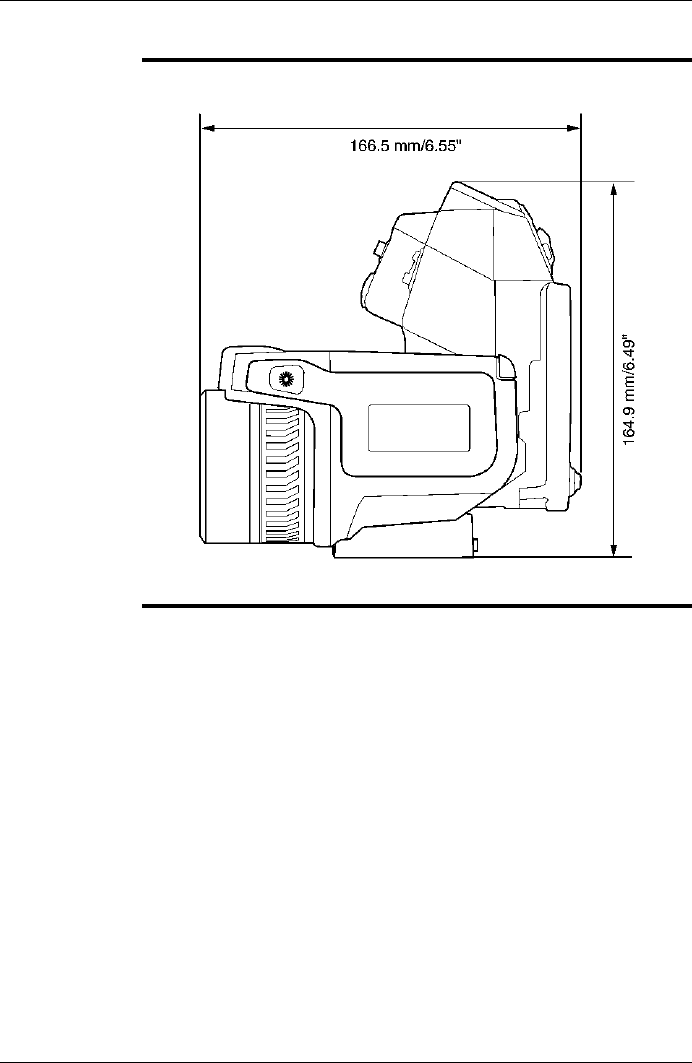
26.7 Camera dimensions, 13.1 mm/45° lens, side view
Figure T638755;a2
Publ. No. T559598 Rev. a554 – ENGLISH (EN) – September 27, 2011 77
26 – Dimensional drawings
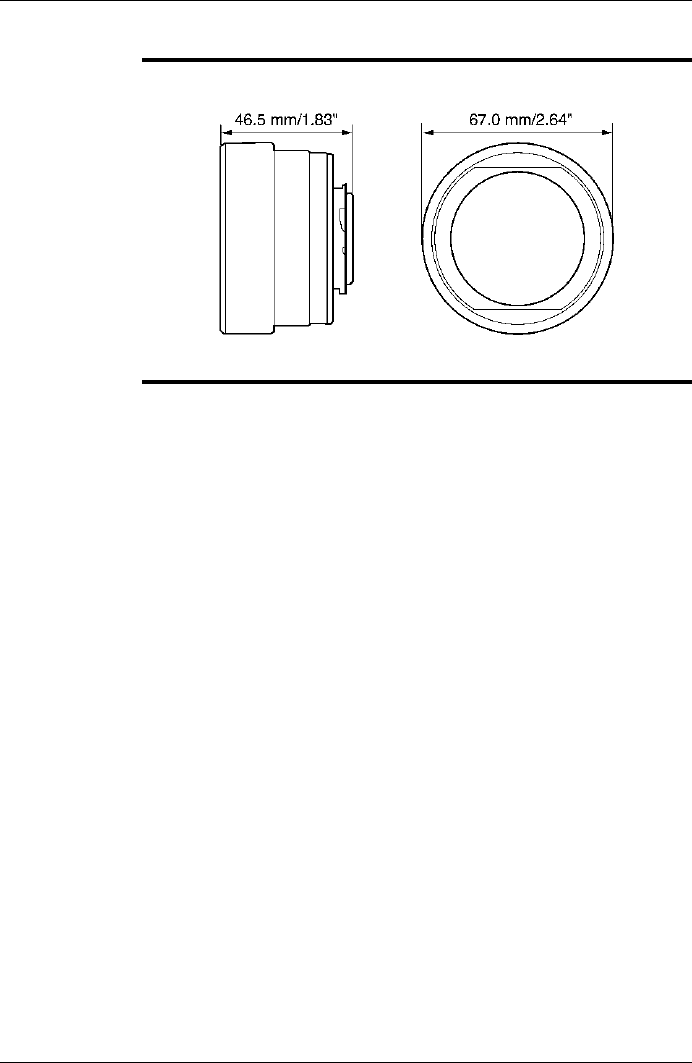
26.8 Infrared lens (41.3 mm/15°)
Figure T638759;a1
78 Publ. No. T559598 Rev. a554 – ENGLISH (EN) – September 27, 2011
26 – Dimensional drawings
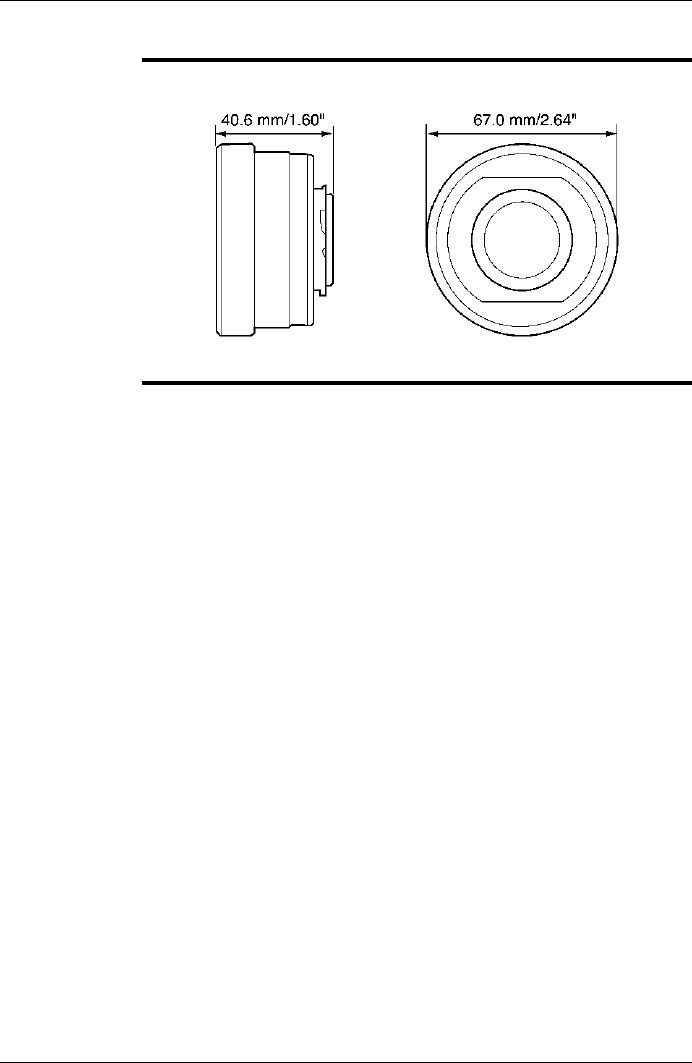
26.9 Infrared lens (24.6 mm/25°)
Figure T638760;a1
Publ. No. T559598 Rev. a554 – ENGLISH (EN) – September 27, 2011 79
26 – Dimensional drawings
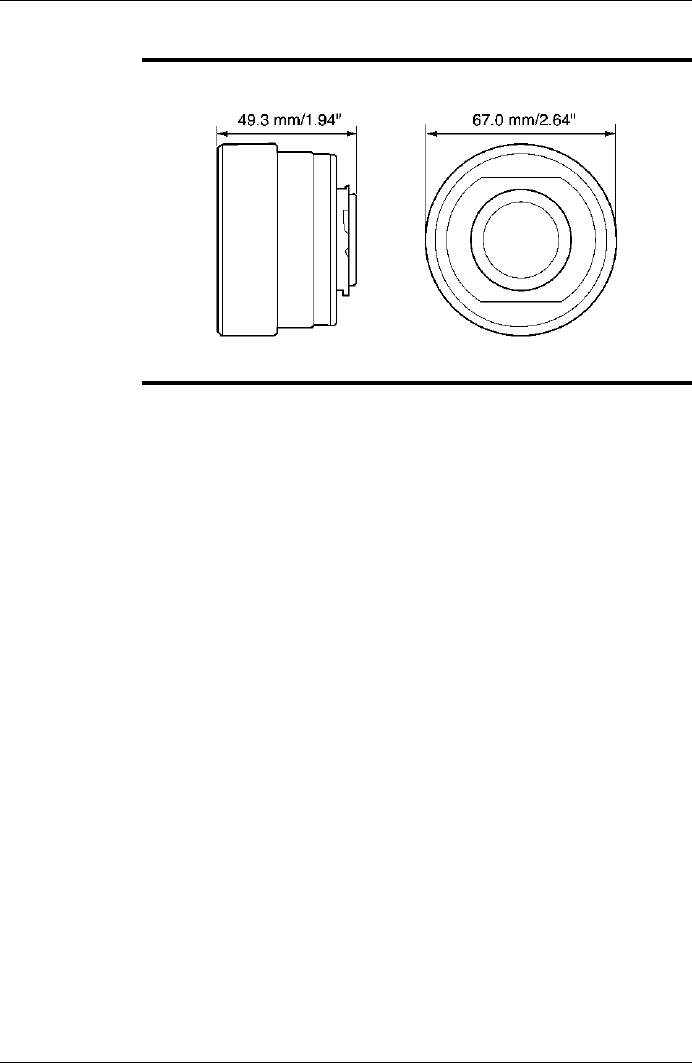
26.10 Infrared lens (13.1 mm/45°)
Figure T638761;a1
80 Publ. No. T559598 Rev. a554 – ENGLISH (EN) – September 27, 2011
26 – Dimensional drawings
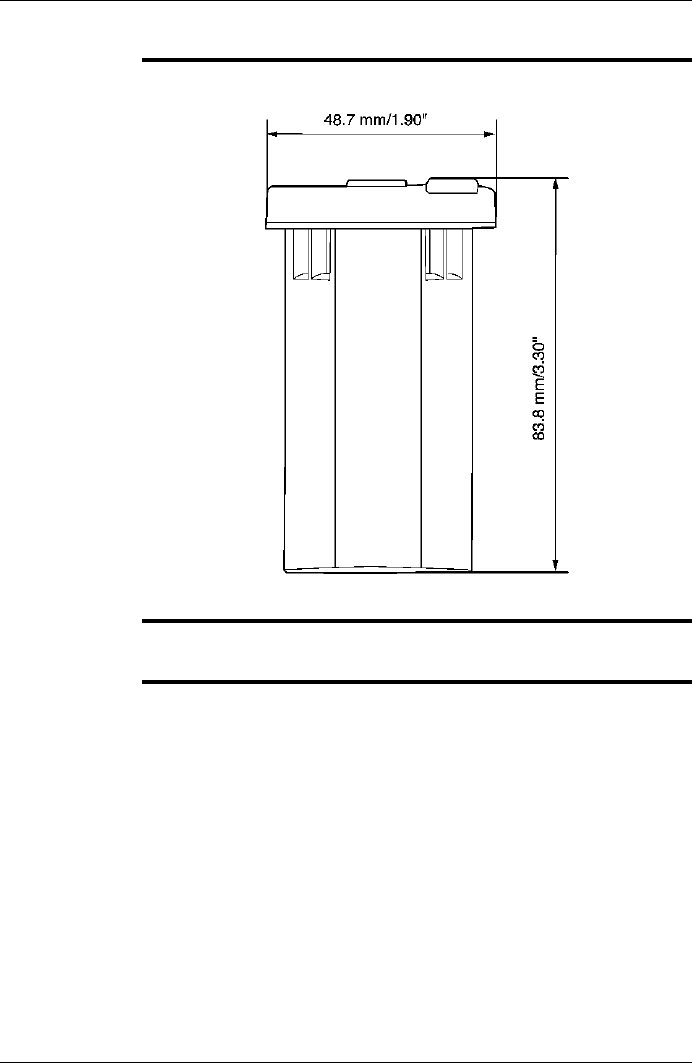
26.11 Battery (1)
Figure T638736;a1
NOTE Use a clean, dry cloth to remove any water or moisture on the battery before you install
it.
Publ. No. T559598 Rev. a554 – ENGLISH (EN) – September 27, 2011 81
26 – Dimensional drawings
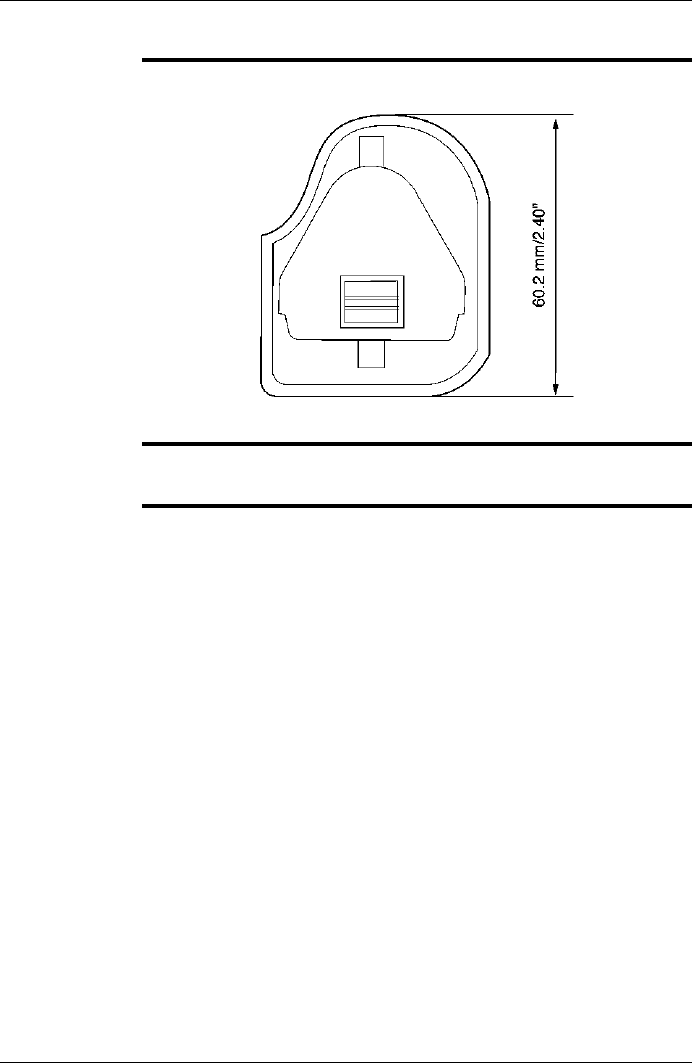
26.12 Battery (2)
Figure T638737;a1
NOTE Use a clean, dry cloth to remove any water or moisture on the battery before you install
it.
82 Publ. No. T559598 Rev. a554 – ENGLISH (EN) – September 27, 2011
26 – Dimensional drawings
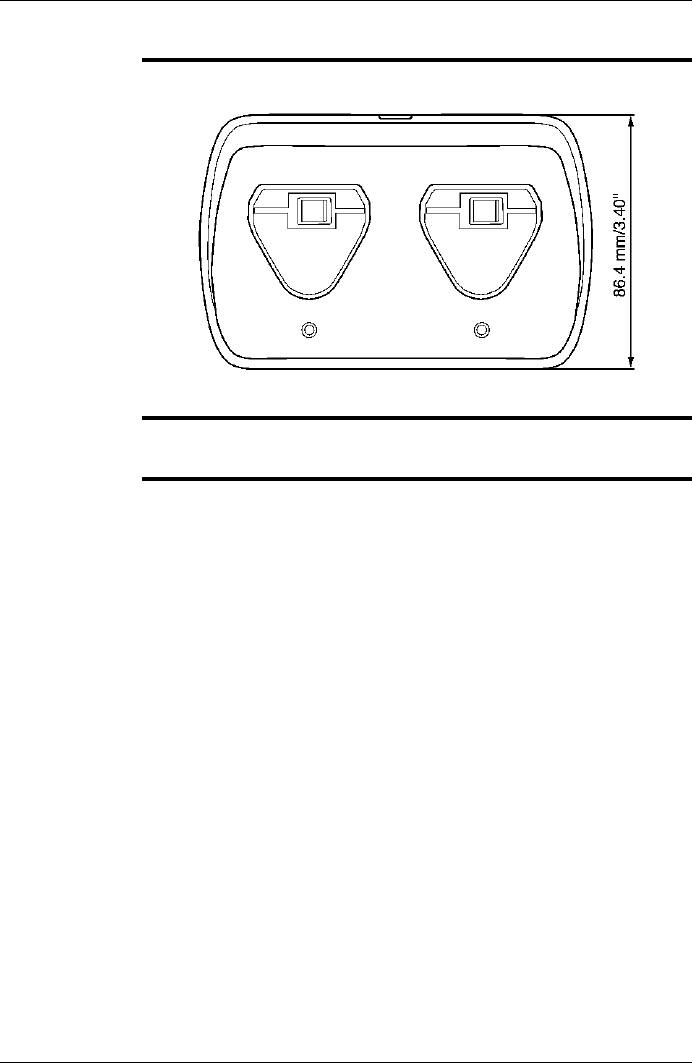
26.13 Battery charger (1)
Figure T638733;a1
NOTE Use a clean, dry cloth to remove any water or moisture on the battery before you put
it in the battery charger.
Publ. No. T559598 Rev. a554 – ENGLISH (EN) – September 27, 2011 83
26 – Dimensional drawings
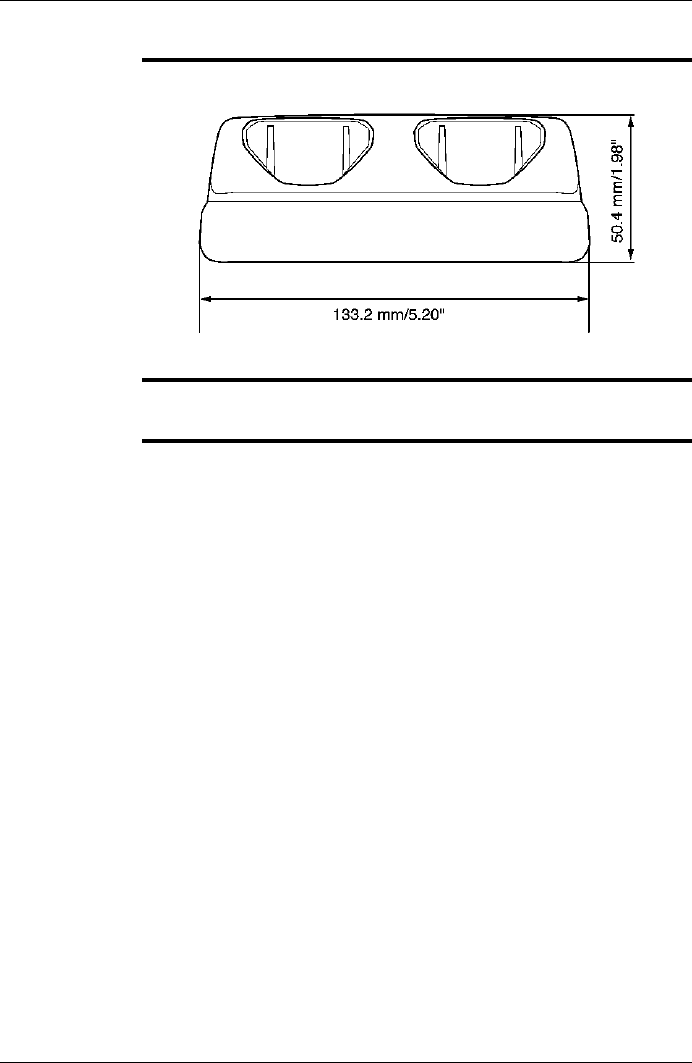
26.14 Battery charger (2)
Figure T638734;a1
NOTE Use a clean, dry cloth to remove any water or moisture on the battery before you put
it in the battery charger.
84 Publ. No. T559598 Rev. a554 – ENGLISH (EN) – September 27, 2011
26 – Dimensional drawings
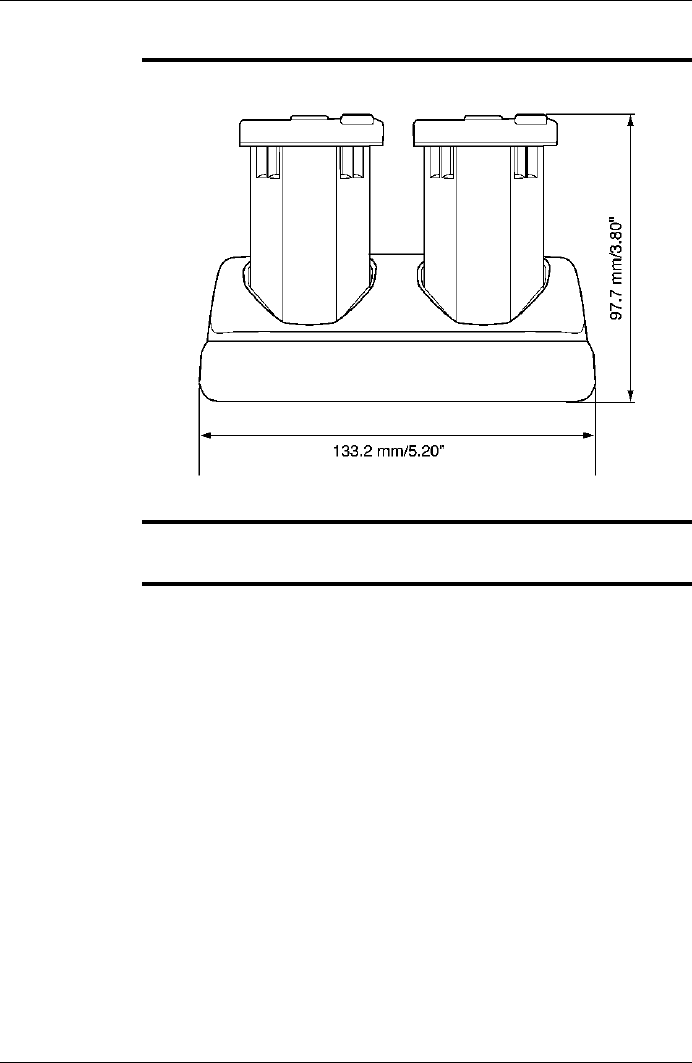
26.15 Battery charger (3)
Figure T638735;a1
NOTE Use a clean, dry cloth to remove any water or moisture on the battery before you put
it in the battery charger.
Publ. No. T559598 Rev. a554 – ENGLISH (EN) – September 27, 2011 85
26 – Dimensional drawings
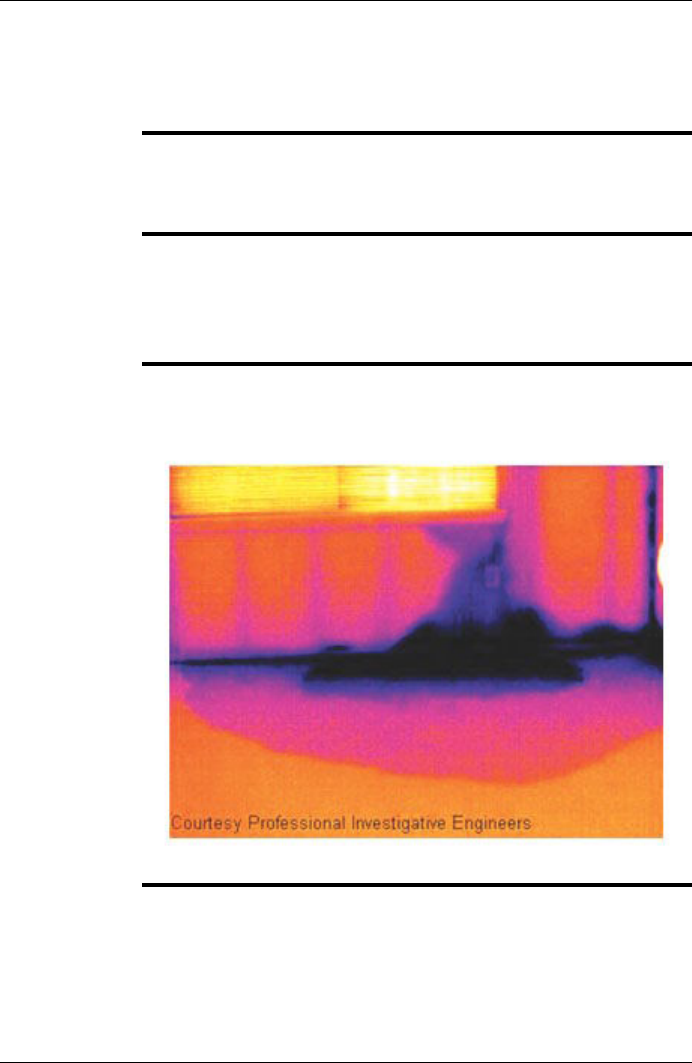
27 Application examples
27.1 Moisture & water damage
General It is often possible to detect moisture and water damage in a house by using an in-
frared camera. This is partly because the damaged area has a different heat conduc-
tion property and partly because it has a different thermal capacity to store heat than
the surrounding material.
NOTE Many factors can come into play as to how moisture or water damage will appear in
an infrared image.
For example, heating and cooling of these parts takes place at different rates depend-
ing on the material and the time of day. For this reason, it is important that other
methods are used as well to check for moisture or water damage.
Figure The image below shows extensive water damage on an external wall where the water
has penetrated the outer facing because of an incorrectly installed window ledge.
10739503;a1
86 Publ. No. T559598 Rev. a554 – ENGLISH (EN) – September 27, 2011
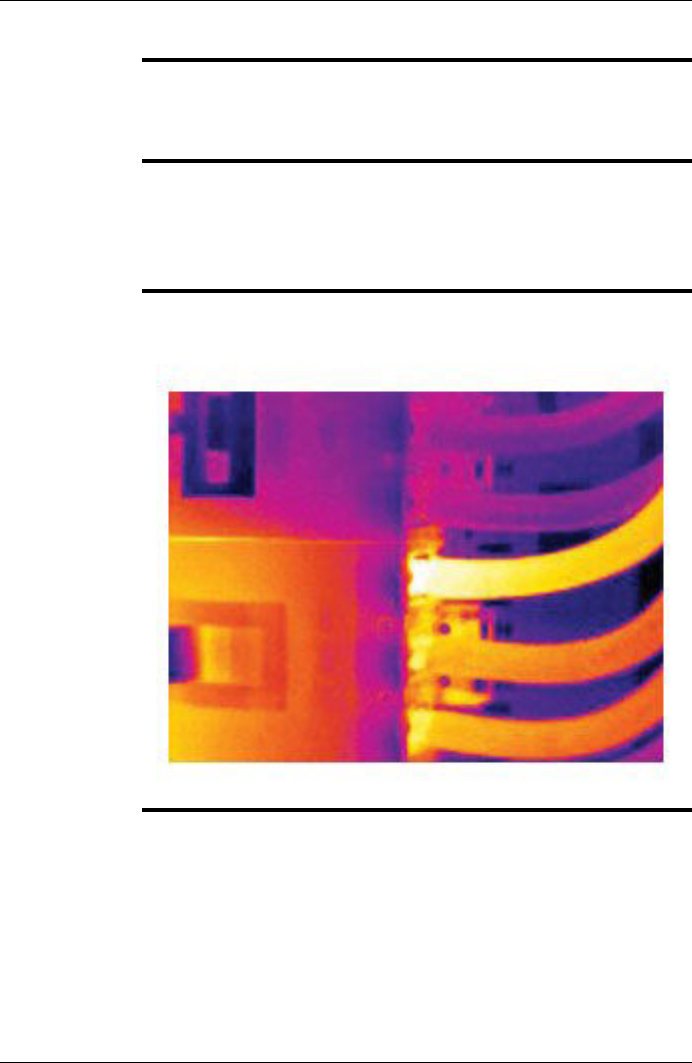
27.2 Faulty contact in socket
General Depending on the type of connection a socket has, an improperly connected wire
can result in local temperature increase. This temperature increase is caused by the
reduced contact area between the connection point of the incoming wire and the
socket , and can result in an electrical fire.
NOTE A socket’s construction may differ dramatically from one manufacturer to another.
For this reason, different faults in a socket can lead to the same typical appearance
in an infrared image.
Local temperature increase can also result from improper contact between wire and
socket, or from difference in load.
Figure The image below shows a connection of a cable to a socket where improper contact
in the connection has resulted in local temperature increase.
10739603;a1
Publ. No. T559598 Rev. a554 – ENGLISH (EN) – September 27, 2011 87
27 – Application examples
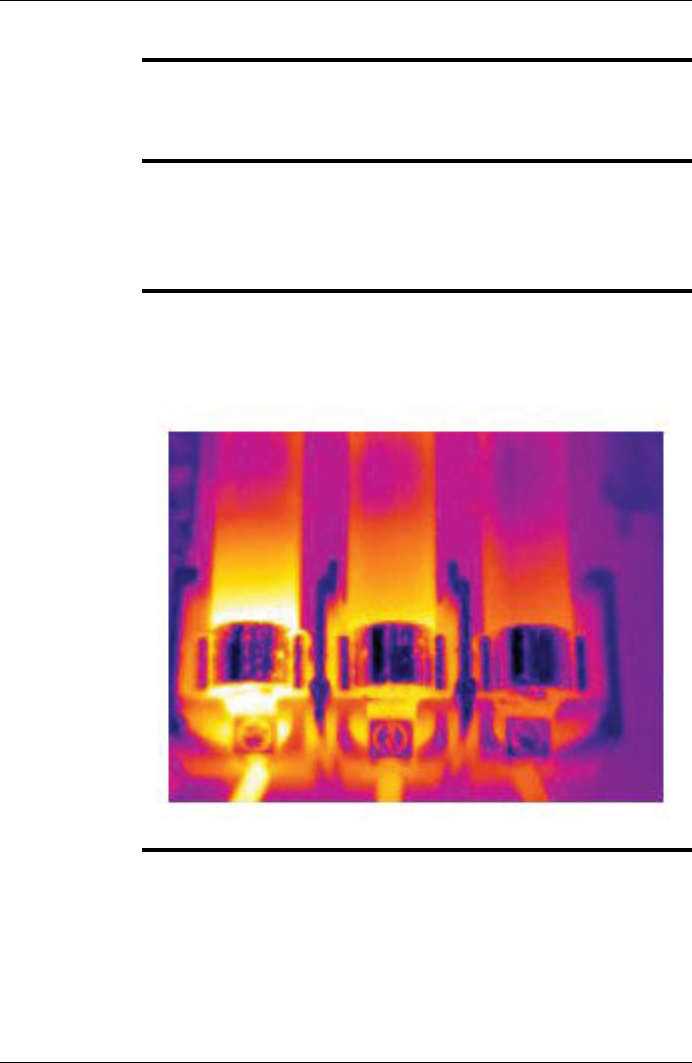
27.3 Oxidized socket
General Depending on the type of socket and the environment in which the socket is installed,
oxides may occur on the socket's contact surfaces. These oxides can lead to locally
increased resistance when the socket is loaded, which can be seen in an infrared
image as local temperature increase.
NOTE A socket’s construction may differ dramatically from one manufacturer to another.
For this reason, different faults in a socket can lead to the same typical appearance
in an infrared image.
Local temperature increase can also result from improper contact between a wire
and socket, or from difference in load.
Figure The image below shows a series of fuses where one fuse has a raised temperature
on the contact surfaces against the fuse holder. Because of the fuse holder’s blank
metal, the temperature increase is not visible there, while it is visible on the fuse’s
ceramic material.
10739703;a1
88 Publ. No. T559598 Rev. a554 – ENGLISH (EN) – September 27, 2011
27 – Application examples
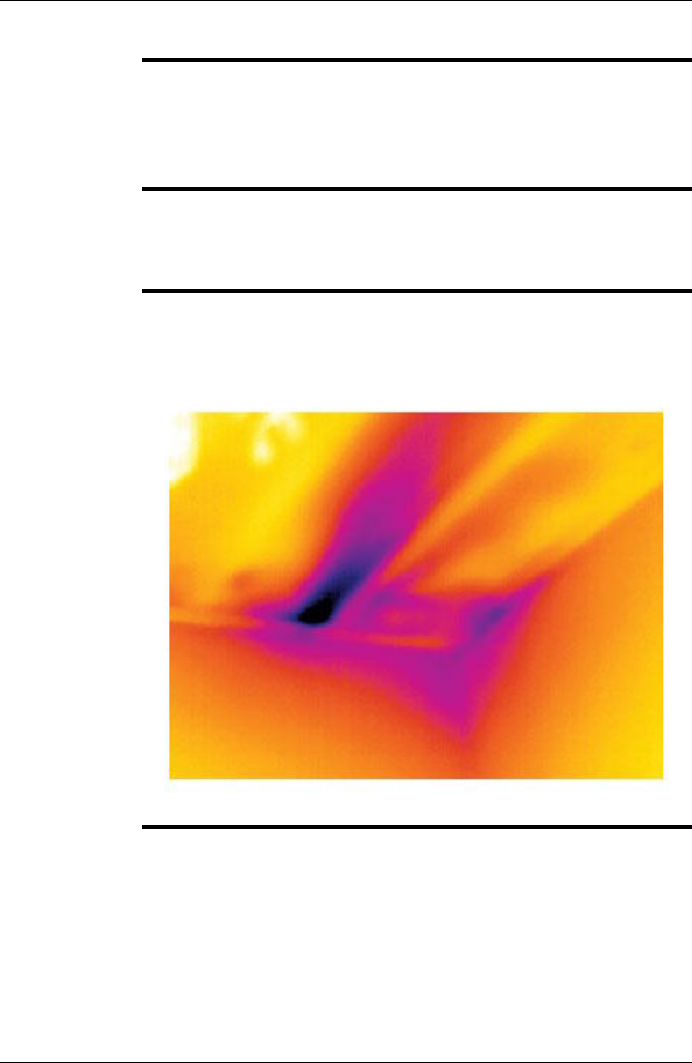
27.4 Insulation deficiencies
General Insulation deficiencies may result from insulation losing volume over the course of
time and thereby not entirely filling the cavity in a frame wall.
An infrared camera allows you to see these insulation deficiencies because they either
have a different heat conduction property than sections with correctly installed insu-
lation, and/or show the area where air is penetrating the frame of the building.
NOTE When you are inspecting a building, the temperature difference between the inside
and outside should be at least 10°C (18°F). Studs, water pipes, concrete columns,
and similar components may resemble an insulation deficiency in an infrared image.
Minor differences may also occur naturally.
Figure In the image below, insulation in the roof framing is lacking.. Due to the absence of
insulation, air has forced its way into the roof structure, which thus takes on a different
characteristic appearance in the infrared image.
10739803;a1
Publ. No. T559598 Rev. a554 – ENGLISH (EN) – September 27, 2011 89
27 – Application examples
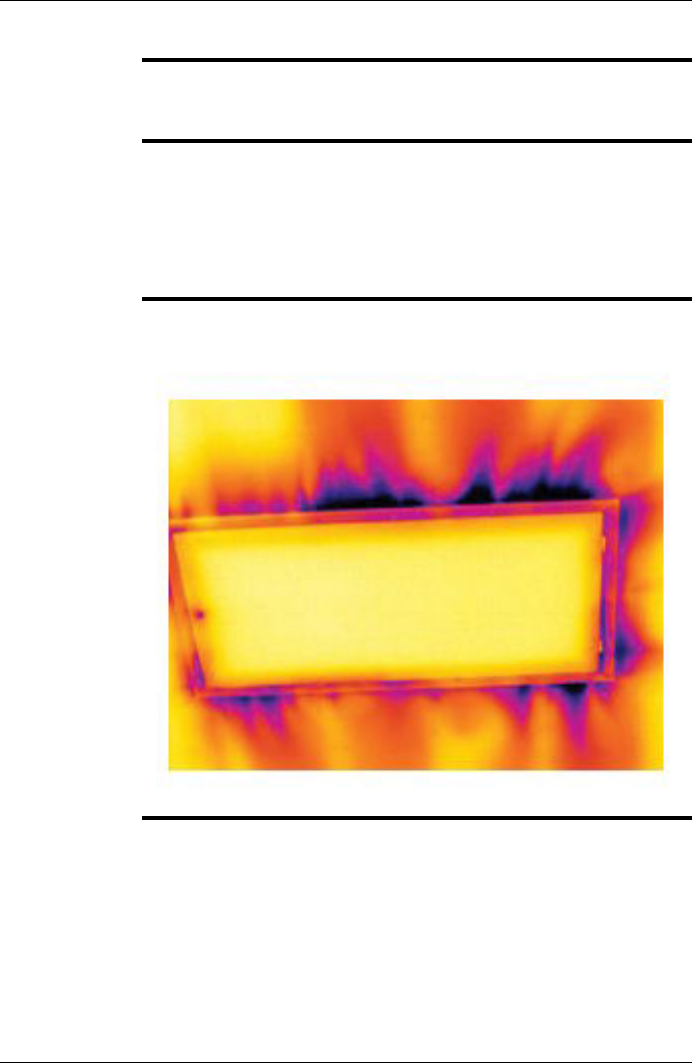
27.5 Draft
General Draft can be found under baseboards, around door and window casings, and above
ceiling trim. This type of draft is often possible to see with an infrared camera, as a
cooler airstream cools down the surrounding surface.
NOTE When you are investigating draft in a house, there should be sub-atmospheric pressure
in the house. Close all doors, windows, and ventilation ducts, and allow the kitchen
fan to run for a while before you take the infrared images.
An infrared image of draft often shows a typical stream pattern. You can see this
stream pattern clearly in the picture below.
Also keep in mind that drafts can be concealed by heat from floor heating circuits.
Figure The image below shows a ceiling hatch where faulty installation has resulted in a
strong draft.
10739903;a1
90 Publ. No. T559598 Rev. a554 – ENGLISH (EN) – September 27, 2011
27 – Application examples
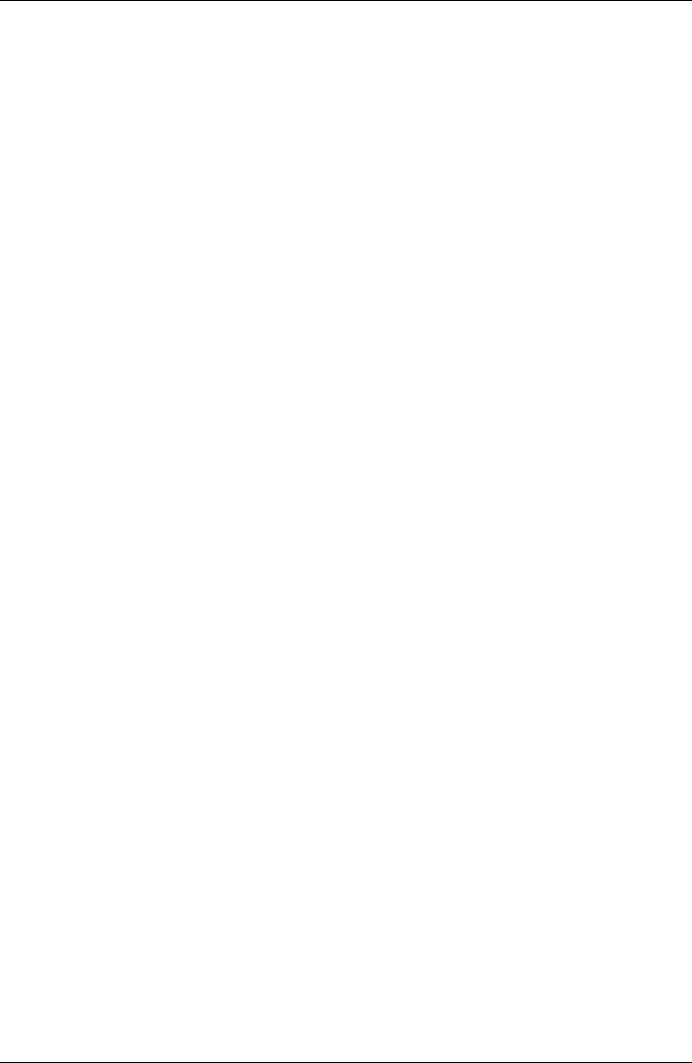
28 Introduction to building
thermography
28.1 Disclaimer
28.1.1 Copyright notice
Some sections and/or images appearing in this chapter are copyrighted to the follow-
ing organizations and companies:
■FORMAS—The Swedish Research Council for Environment, Agricultural Sciences
and Spatial Planning, Stockholm, Sweden
■ITC—Infrared Training Center, Boston, MA, United States
■Stockton Infrared Thermographic Services, Inc., Randleman, NC, United States
■Professional Investigative Engineers, Westminster, CO, United States
■United Kingdom Thermography Association (UKTA)
28.1.2 Training & certification
Carrying out building thermography inspections requires substantial training
and experience, and may require certification from a national or regional stan-
dardization body. This section is provided only as an introduction to building
thermography. The user is strongly recommended to attend relevant training
courses.
For more information about infrared training, visit the following website:
http://www.infraredtraining.com
28.1.3 National or regional building codes
The commented building structures in this chapter may differ in construction from
country to country. For more information about construction details and standards
of procedure, always consult national or regional building codes.
28.2 Important note
All camera functions and features that are described in this section may not be sup-
ported by your particular camera configuration.
Publ. No. T559598 Rev. a554 – ENGLISH (EN) – September 27, 2011 91
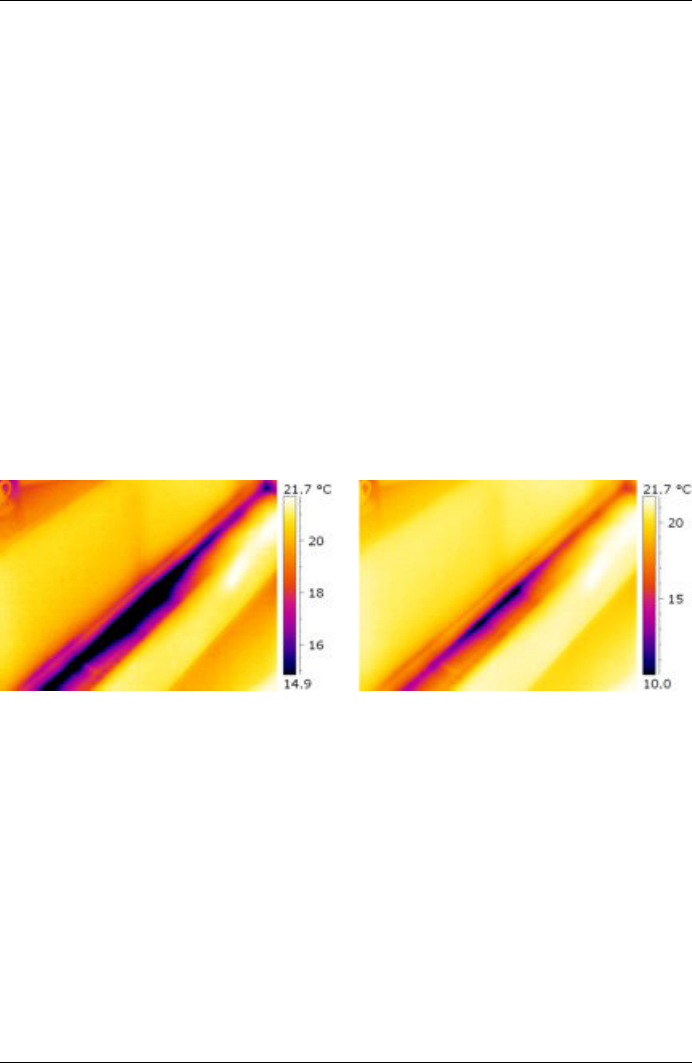
28.3 Typical field investigations
28.3.1 Guidelines
As will be noted in subsequent sections there are a number of general guidelines the
user should take heed of when carrying out building thermography inspection. This
section gives a summary of these guidelines.
28.3.1.1 General guidelines
■The emissivity of the majority of building materials fall between 0.85 and 0.95.
Setting the emissivity value in the camera to 0.90 can be regarded as a good
starting point.
■An infrared inspection alone should never be used as a decision point for further
actions. Always verify suspicions and findings using other methods, such as con-
struction drawings, moisture meters, humidity & temperature datalogging, tracer
gas testing etc.
■Change level and span to thermally tune the infrared image and reveal more details.
The figure below shows the difference between a thermally untuned and a thermally
tuned infrared image.
10552103;a2
Figure 28.1 LEFT: A thermally untuned infrared image; RIGHT: A thermally tuned infrared image, after
having changed level and span.
28.3.1.2 Guidelines for moisture detection, mold detection & detection of
water damages
■Building defects related to moisture and water damages may only show up when
heat has been applied to the surface, e.g. from the sun.
■The presence of water changes the thermal conductivity and the thermal mass of
the building material. It may also change the surface temperature of building mate-
rial due to evaporative cooling. Thermal conductivity is a material’s ability to conduct
heat, while thermal mass is its ability to store heat.
92 Publ. No. T559598 Rev. a554 – ENGLISH (EN) – September 27, 2011
28 – Introduction to building thermography
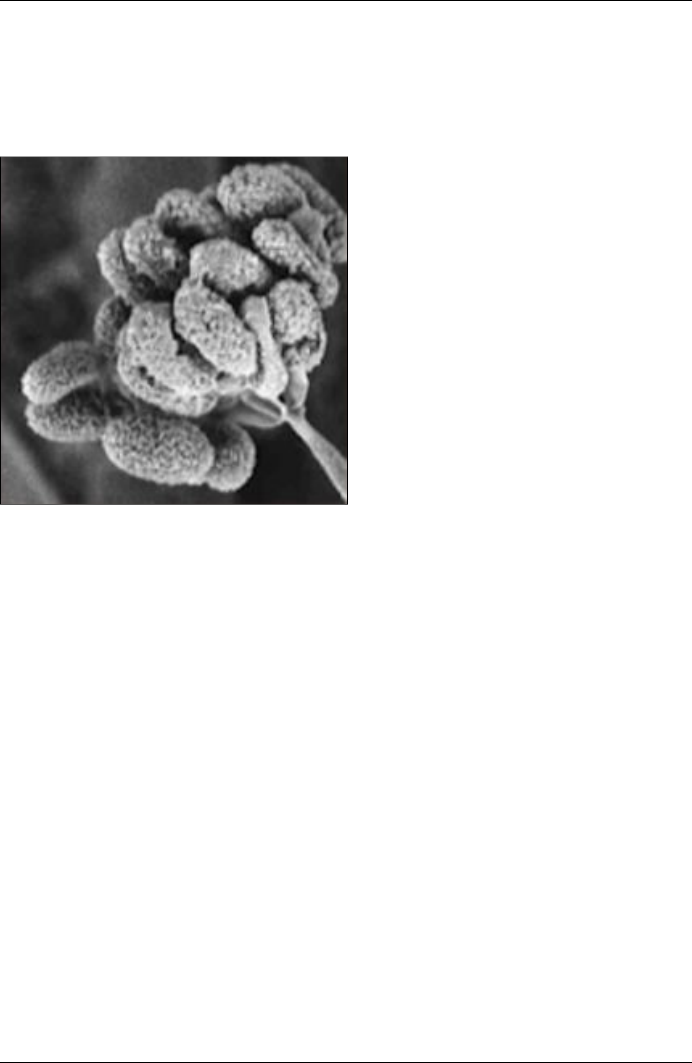
■Infrared inspection does not directly detect the presence of mold, rather it may be
used to find moisture where mold may develop or has already developed. Mold
requires temperatures between +4°C to +38°C (+40°F to +100°F), nutrients and
moisture to grow. Humidity levels above 50% can provide sufficient moisture to
enable mold to grow.
10556003;a1
Figure 28.2 Microscopic view of mold spore
28.3.1.3 Guidelines for detection of air infiltration & insulation deficiencies
■For very accurate camera measurements, take measurements of the temperature
and enter this value in the camera.
■It is recommended that there is a difference in pressure between the outside and
the inside of the building structure. This facilitates the analysis of the infrared images
and reveals deficiencies that would not be visible otherwise. Although a negative
pressure of between 10 and 50 Pa is recommended, carrying out the inspection
at a lower negative pressure may be acceptable. To do this, close all windows,
doors and ventilation ducts and then run the kitchen exhaust fan for some time to
reach a negative pressure of 5–10 Pa (applies to residential houses only).
■A difference in temperature between the inside and the outside of 10–15°C (18–27°F)
is recommended. Inspections can be carried out at a lower temperature difference,
but will make the analysis of the infrared images somewhat more difficult.
■Avoid direct sunlight on a part of a building structure—e.g. a façade—that is to be
inspected from the inside. The sunlight will heat the façade which will equalize the
temperature differences on the inside and mask deficiencies in the building structure.
Spring seasons with low nighttime temperatures (±0°C (+32°F)) and high daytime
temperatures (+14°C (+57°F)) are especially risky.
Publ. No. T559598 Rev. a554 – ENGLISH (EN) – September 27, 2011 93
28 – Introduction to building thermography
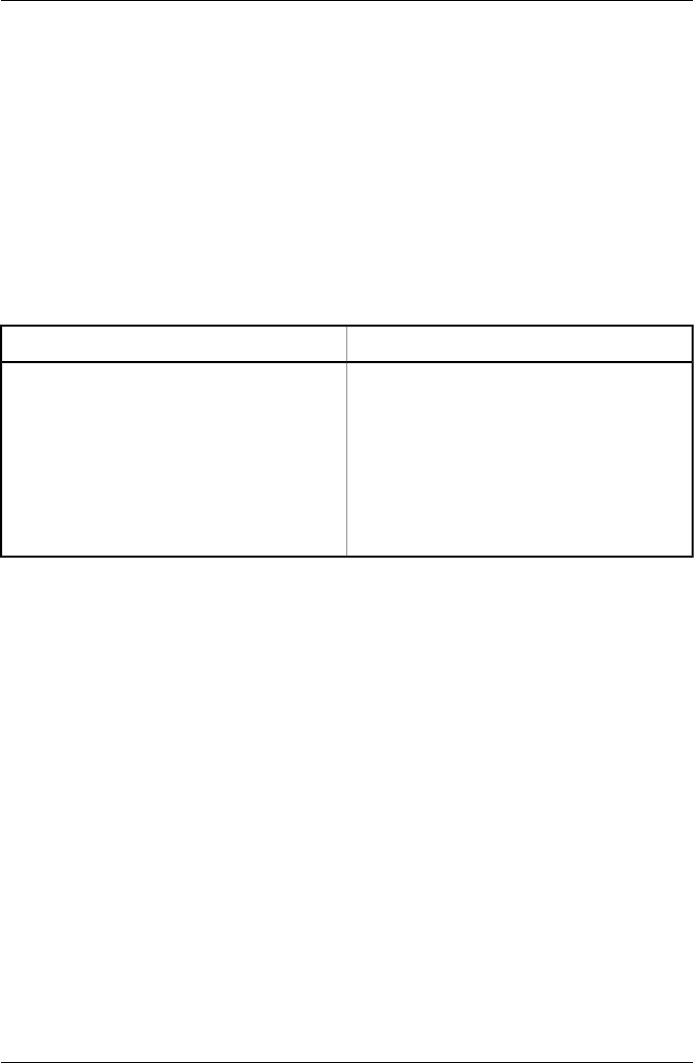
28.3.2 About moisture detection
Moisture in a building structure can originate from several different sources, e.g.:
■External leaks, such as floods, leaking fire hydrants etc.
■Internal leaks, such as freshwater piping, waste water piping etc.
■Condensation, which is humidity in the air falling out as liquid water due to conden-
sation on cold surfaces.
■Building moisture, which is any moisture in the building material prior to erecting
the building structure.
■Water remaining from firefighting.
As a non-destructive detection method, using an infrared camera has a number of
advantages over other methods, and a few disadvantages:
DisadvantageAdvantage
■The method only detects surface temperature
differentials and can not see through walls.
■The method can not detect subsurface damage,
i.e. mold or structural damage.
■The method is quick.
■The method is a non-intrusive means of investi-
gation.
■The method does not require relocation of the
occupants.
■The method features an illustrative visual pre-
sentation of findings.
■The method confirms failure points and mois-
ture migration paths.
28.3.3 Moisture detection (1): Low-slope commercial roofs
28.3.3.1 General information
Low-slope commercial roofing is one of the most common roof types for industrial
building, such as warehouses, industrial plants, machinery shops etc. Its major ad-
vantages over a pitched roof is the lower cost in material and building. However, due
to its design where snow and ice will not fall off by itself—as is the case for the major-
ity of pitched roofs—it must be strongly built to support the accumulated weight of
both roof structure and any snow, ice and rain.
Although a basic understanding of the construction of low-slope commercial roofs is
desirable when carrying out a roof thermography inspection, expert knowledge is not
necessary. There is a large number of different design principles for low-slope com-
mercial roofs—both when it comes to material and design—and it would be impossible
for the infrared inspection person to know them all. If additional information about a
certain roof is needed, the architect or contractor of the building can usually supply
the relevant information.
Common causes of roof failure are outlined in the table below (from SPIE Thermosense
Proceedings Vol. 371 (1982), p. 177).
94 Publ. No. T559598 Rev. a554 – ENGLISH (EN) – September 27, 2011
28 – Introduction to building thermography
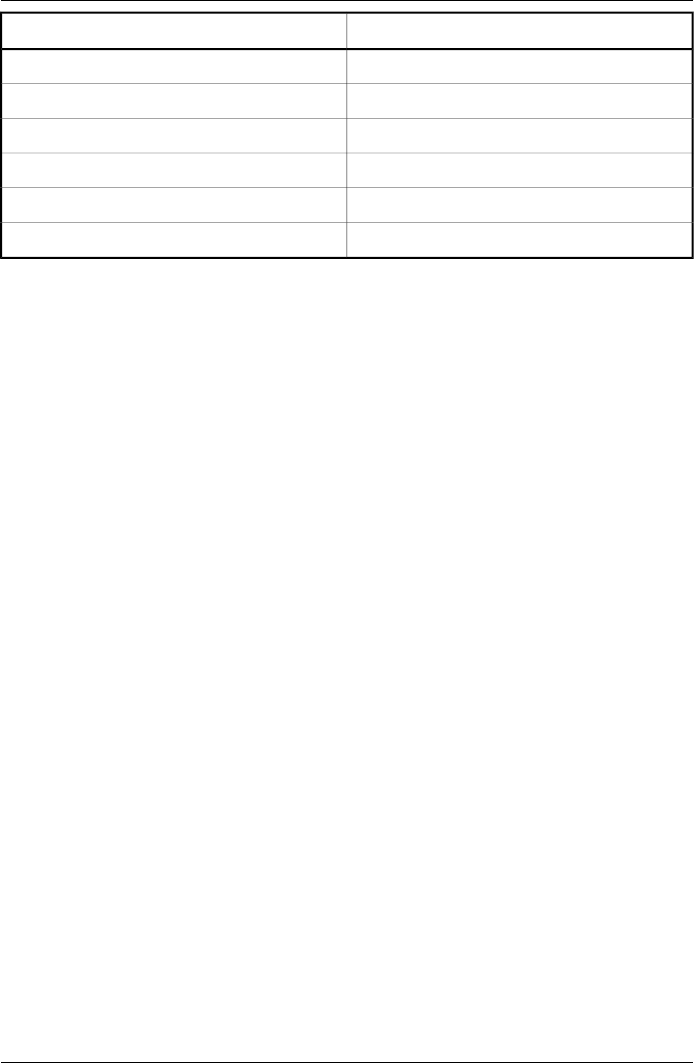
%Cause
47.6Poor workmanship
2.6Roof traffic
16.7Poor design
7.8Trapped moisture
8.0Materials
8.4Age & weathering
Potential leak locations include the following:
■Flashing
■Drains
■Penetrations
■Seams
■Blisters
28.3.3.2 Safety precautions
■Recommend a minimum of two people on a roof, preferably three or more.
■Inspect the underside of the roof for structural integrity prior to walking on it.
■Avoid stepping on blisters that are common on built up bitumen and gravel roofs.
■Have a cell phone or radio available in case of emergency.
■Inform local police and plant security prior to doing nighttime roof survey.
Publ. No. T559598 Rev. a554 – ENGLISH (EN) – September 27, 2011 95
28 – Introduction to building thermography
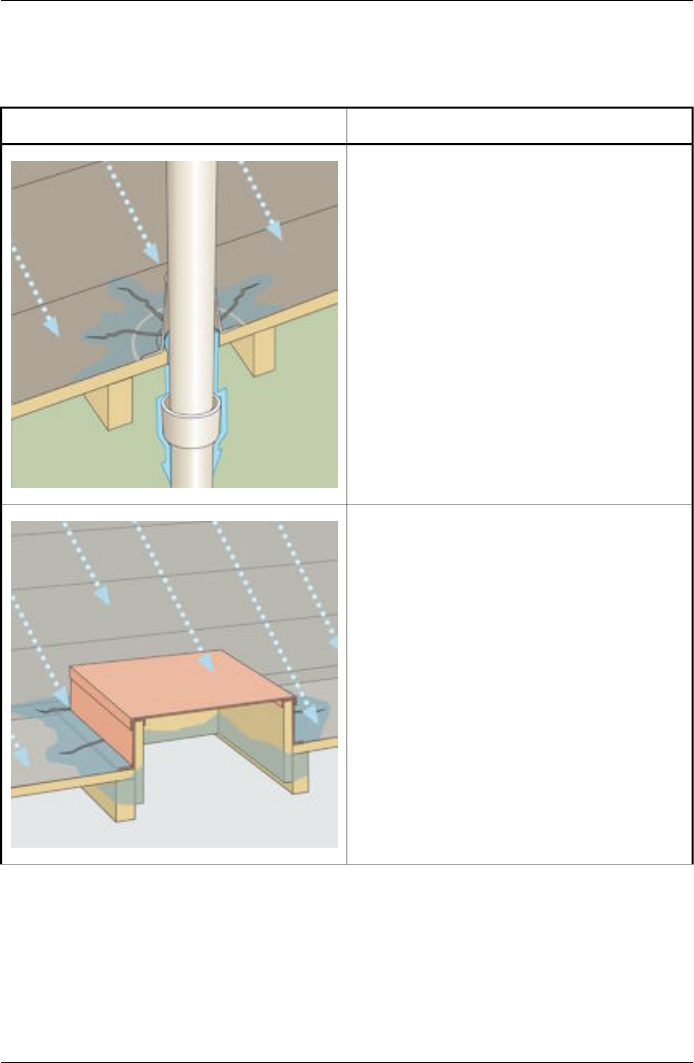
28.3.3.3 Commented building structures
This section includes a few typical examples of moisture problems on low-slope
commercial roofs.
CommentStructural drawing
Inadequate sealing of roof membrane around
conduit and ventilation ducts leading to local
leakage around the conduit or duct.
10553603;a2
Roof membrane inadequately sealed around roof
access hatch.
10553703;a2
96 Publ. No. T559598 Rev. a554 – ENGLISH (EN) – September 27, 2011
28 – Introduction to building thermography
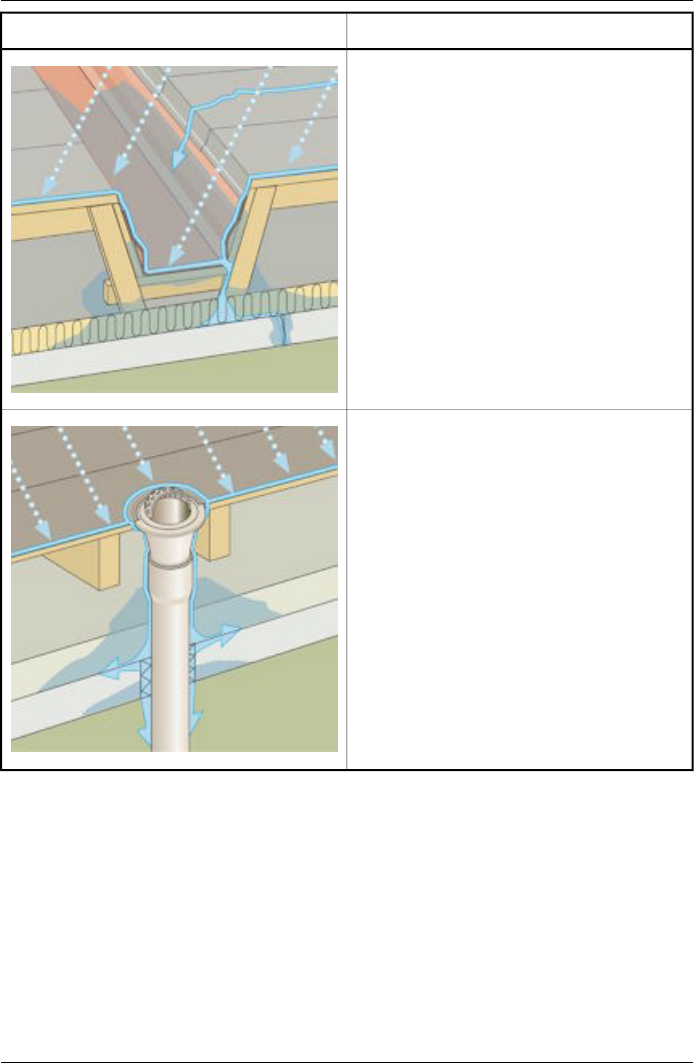
CommentStructural drawing
Drainage channels located too high and with too
low an inclination. Some water will remain in the
drainage channel after rain, which may lead to local
leakage around the channel.
10553803;a2
Inadequate sealing between roof membrane and
roof outlet leading to local leakage around the roof
outlet.
10553903;a2
28.3.3.4 Commented infrared images
How do you find wet insulation below the surface of the roof? When the surface itself
is dry, including any gravel or ballast, a sunny day will warm the entire roof. Early in
the evening, if the sky is clear, the roof will begin to cool down by radiation. Because
of its higher thermal capacity the wet insulation will stay warmer longer than the dry
and will be visible in the infrared camera (see photos below). The technique is partic-
ularly effective on roofs having absorbent insulation—such as wood fiber, fiberglass,
and perlite—where thermal patterns correlate almost perfectly with moisture.
Publ. No. T559598 Rev. a554 – ENGLISH (EN) – September 27, 2011 97
28 – Introduction to building thermography
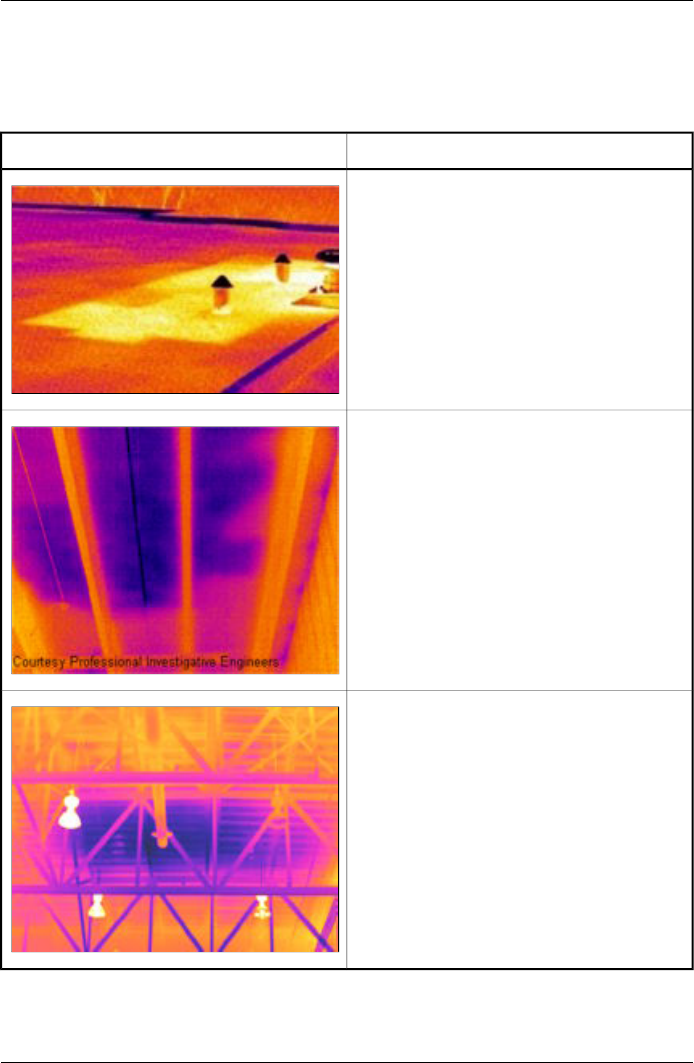
Infrared inspections of roofs with nonabsorbent insulations, common in many single-
ply systems, are more difficult to diagnose because patterns are more diffuse.
This section includes a few typical infrared images of moisture problems on low-slope
commercial roofs:
CommentInfrared image
Moisture detection on a roof, recorded during the
evening.
Since the building material affected by moisture
has a higher thermal mass, its temperature decreas-
es slower than surrounding areas.
10554003;a1
Water-damaged roofing components and insula-
tion identified from infrared scan from the under-
side of the built-up roof on a structural concrete
tee deck.
Affected areas are cooler than the surrounding
sound areas, due to conductive and/or thermal
capacitive effect.
10554103;a1
Daytime survey of built-up low-slope commercial
roof.
Affected areas are cooler than the surrounding dry
areas, due to conductive and/or thermal capacitive
effect.
10554203;a1
98 Publ. No. T559598 Rev. a554 – ENGLISH (EN) – September 27, 2011
28 – Introduction to building thermography
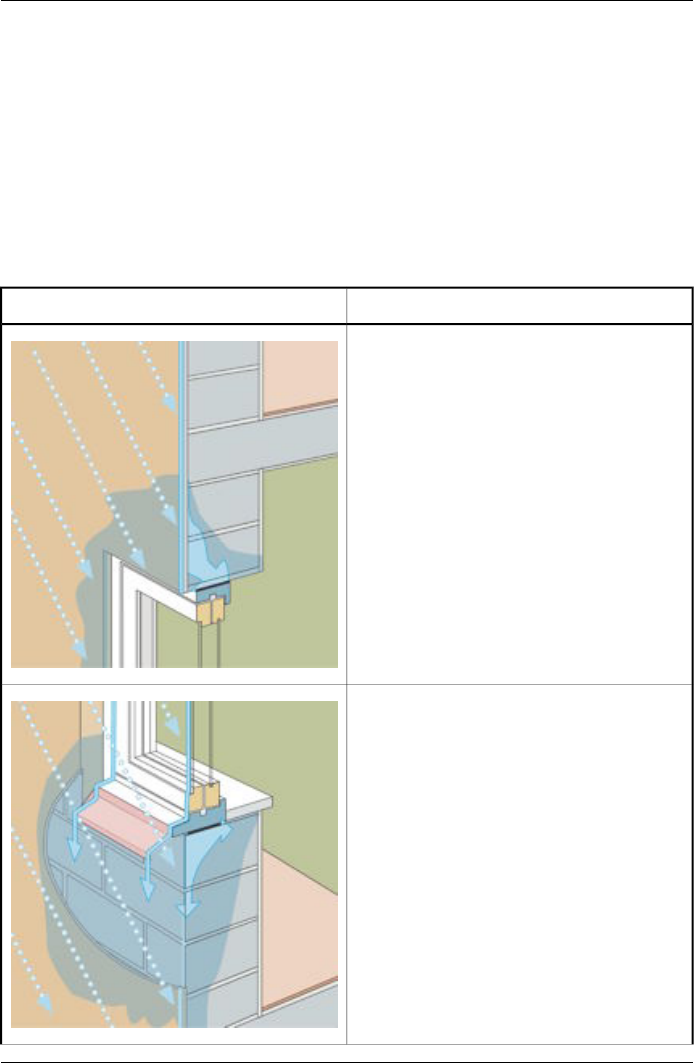
28.3.4 Moisture detection (2): Commercial & residential façades
28.3.4.1 General information
Thermography has proven to be invaluable in the assessment of moisture infiltration
into commercial and residential façades. Being able to provide a physical illustration
of the moisture migration paths is more conclusive than extrapolating moisture meter
probe locations and more cost-effective than large intrusive test cuts.
28.3.4.2 Commented building structures
This section includes a few typical examples of moisture problems on commercial
and residential façades.
CommentStructural drawing
Pelting rain penetrates the façade due to badly
executed bed joints. Moisture builds up in the
masonry above the window.
10554303;a2
Pelting rain hits the window at an angle. Most of
the rain runs off the window edge flashing but
some finds its way into the masonry where the
plaster meets the underside of the flashing.
10554403;a2
Publ. No. T559598 Rev. a554 – ENGLISH (EN) – September 27, 2011 99
28 – Introduction to building thermography
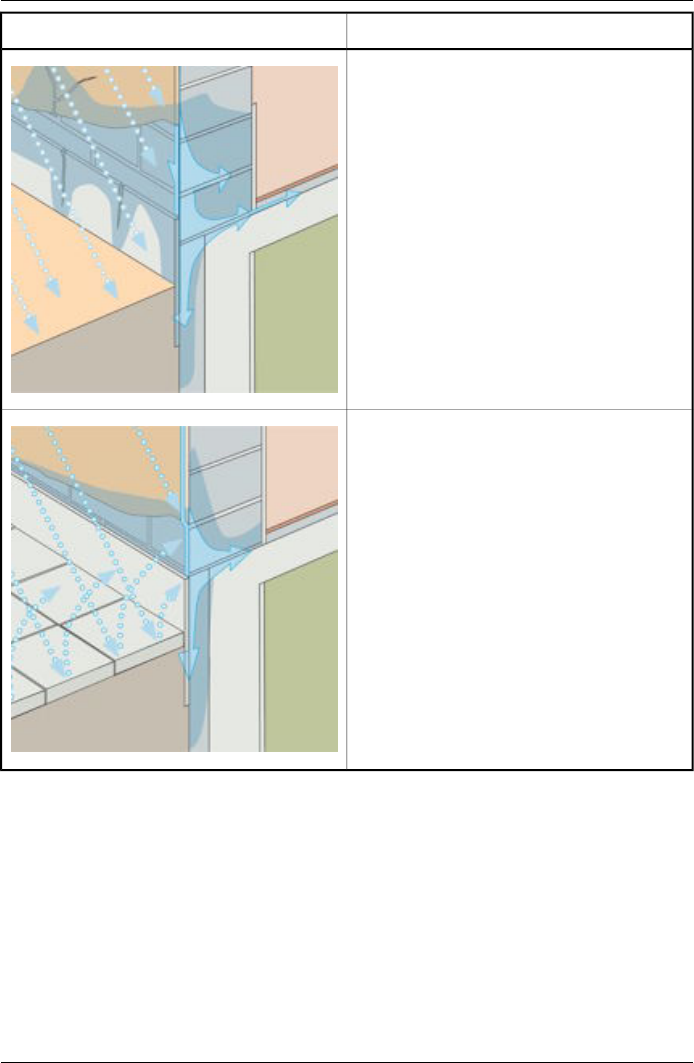
CommentStructural drawing
Rain hits the façade at an angle and penetrates
the plaster through cracks. The water then follows
the inside of the plaster and leads to frost erosion.
10554503;a2
Rain splashes on the façade and penetrates the
plaster and masonry by absorption, which eventu-
ally leads to frost erosion.
10554603;a2
100 Publ. No. T559598 Rev. a554 – ENGLISH (EN) – September 27, 2011
28 – Introduction to building thermography
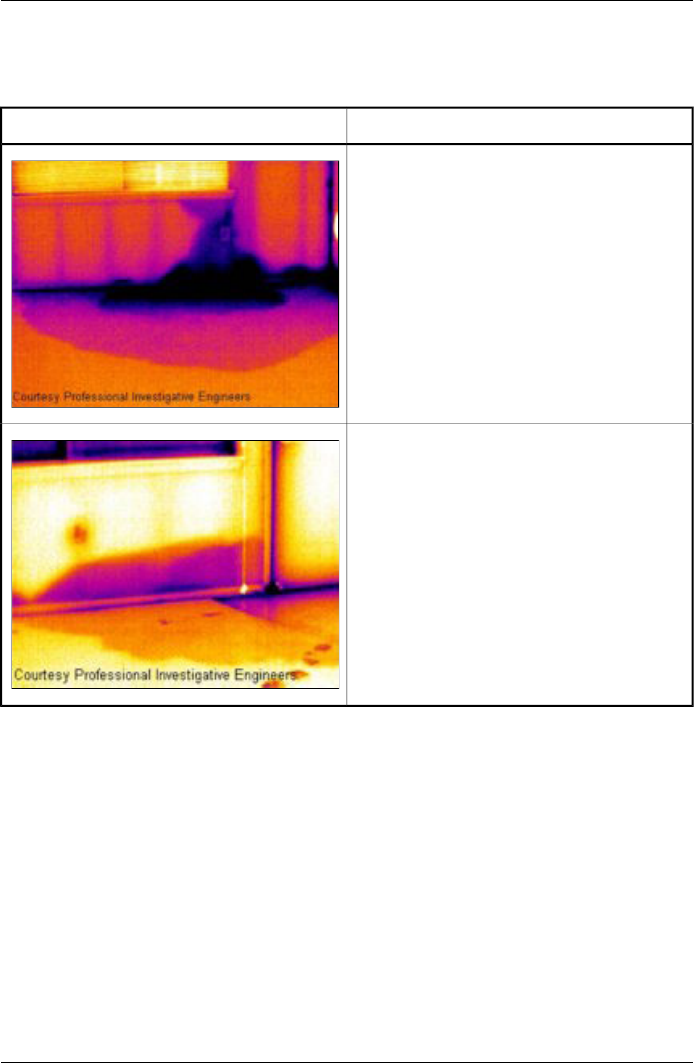
28.3.4.3 Commented infrared images
This section includes a few typical infrared images of moisture problems on commercial
& residential façades.
CommentInfrared image
Improperly terminated and sealed stone veneer to
window frame and missing flashings has resulted
in moisture infiltration into the wall cavity and inte-
rior living space.
10554703;a1
Moisture migration into drywall from capillary drive
and interior finish components from inadequate
clearance and slope of grade from vinyl siding
façade on an apartment complex.
10554803;a1
28.3.5 Moisture detection (3): Decks & balconies
28.3.5.1 General information
Although there are differences in design, materials and construction, decks—plaza
decks, courtyard decks etc—suffer from the same moisture and leaking problems as
low-slope commercial roofs. Improper flashing, inadequately sealed membranes,
and insufficient drainage may lead to substantial damage in the building structures
below.
Balconies, although smaller in size, require the same care in design, choice of mate-
rial, and workmanship as any other building structure. Since balconies are usually
supported on one side only, moisture leading to corrosion of struts and concrete re-
inforcement can cause problems and lead to hazardous situations.
Publ. No. T559598 Rev. a554 – ENGLISH (EN) – September 27, 2011 101
28 – Introduction to building thermography
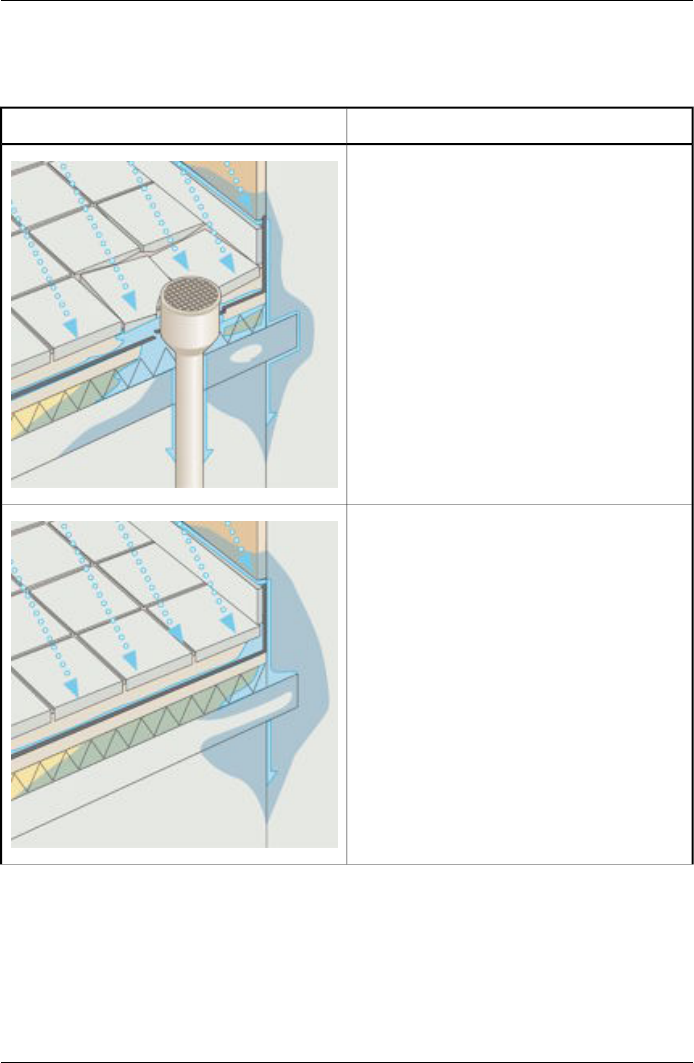
28.3.5.2 Commented building structures
This section includes a few typical examples of moisture problems on decks and
balconies.
CommentStructural drawing
Improper sealing of paving and membrane to roof
outlet, leading to leakage during rain.
10555203;a2
No flashing at deck-to-wall connection, leading to
rain penetrating the concrete and insulation.
10555103;a2
102 Publ. No. T559598 Rev. a554 – ENGLISH (EN) – September 27, 2011
28 – Introduction to building thermography
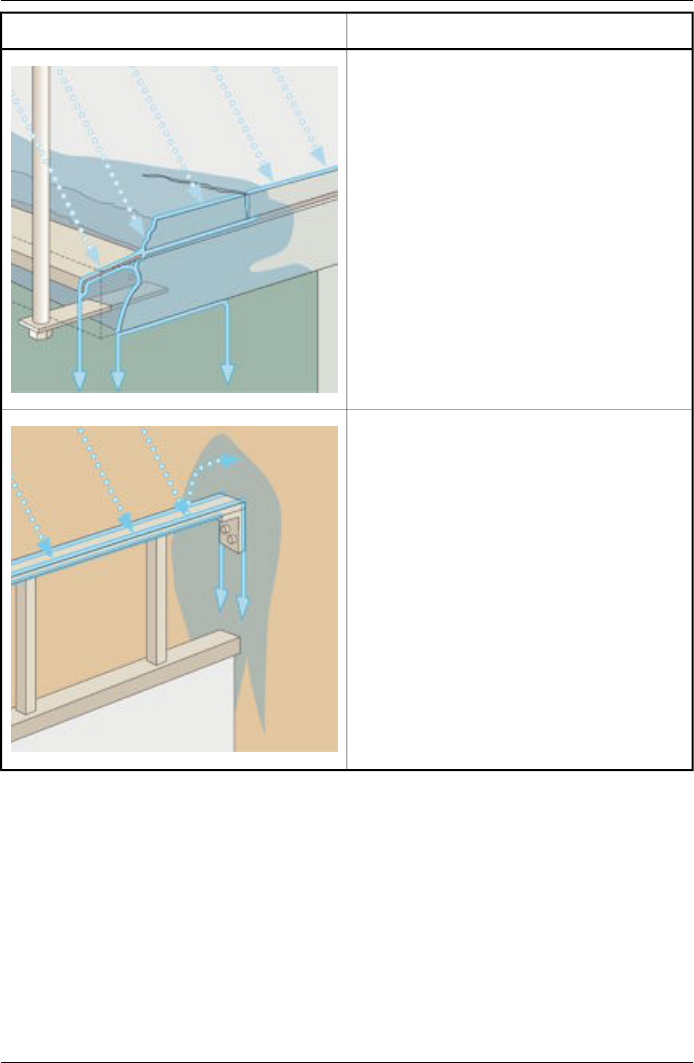
CommentStructural drawing
Water has penetrated the concrete due to inade-
quately sized drop apron and has led to concrete
disintegration and corrosion of reinforcement.
SECURITY RISK!
10555003;a2
Water has penetrated the plaster and underlying
masonry at the point where the handrail is fastened
to the wall.
SECURITY RISK!
10554903;a2
Publ. No. T559598 Rev. a554 – ENGLISH (EN) – September 27, 2011 103
28 – Introduction to building thermography
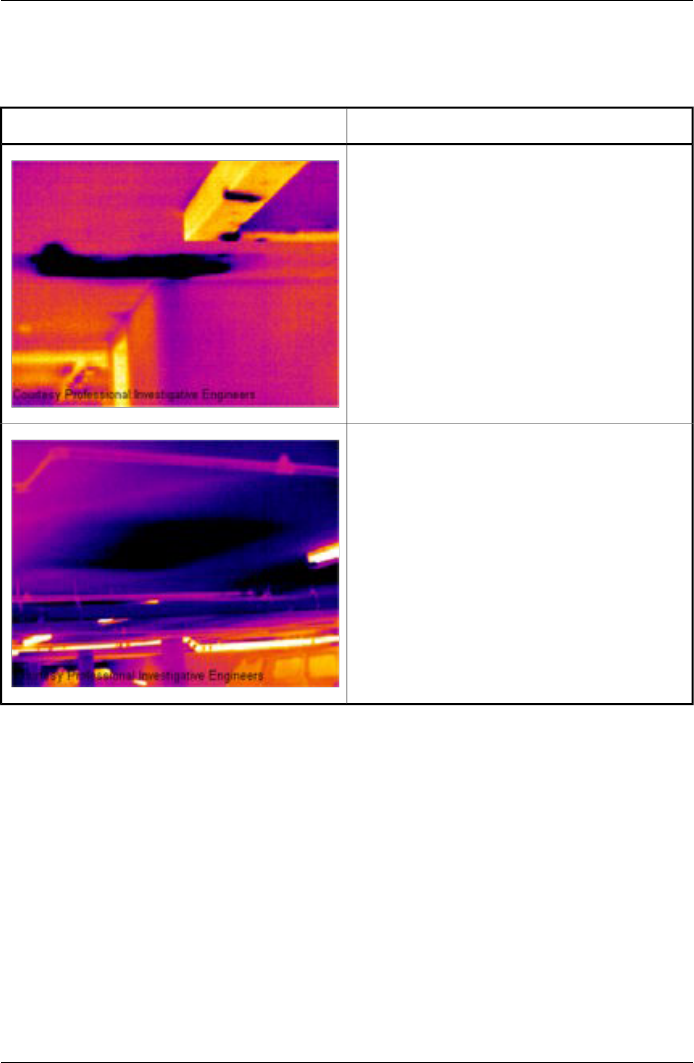
28.3.5.3 Commented infrared images
This section includes a few typical infrared images of moisture problems on decks
and balconies.
CommentInfrared image
Improper flashing at balcony-to-wall connections
and missing perimeter drainage system resulted
in moisture intrusion into the wood framing support
structure of the exterior walkway balcony of a loft
complex.
10555303;a1
A missing composite drainage plane or medium
on a below-grade parking garage plaza deck
structure resulted in standing water between the
structural concrete deck and the plaza wearing
surface.
10555403;a1
28.3.6 Moisture detection (4): Plumbing breaks & leaks
28.3.6.1 General information
Water from plumbing leaks can often lead to severe damage on a building structure.
Small leaks may be difficult to detect, but can—over the years—penetrate structural
walls and foundations to a degree where the building structure is beyond repair.
Using building thermography at an early stage when plumbing breaks and leaks are
suspected can lead to substantial savings on material and labor.
104 Publ. No. T559598 Rev. a554 – ENGLISH (EN) – September 27, 2011
28 – Introduction to building thermography
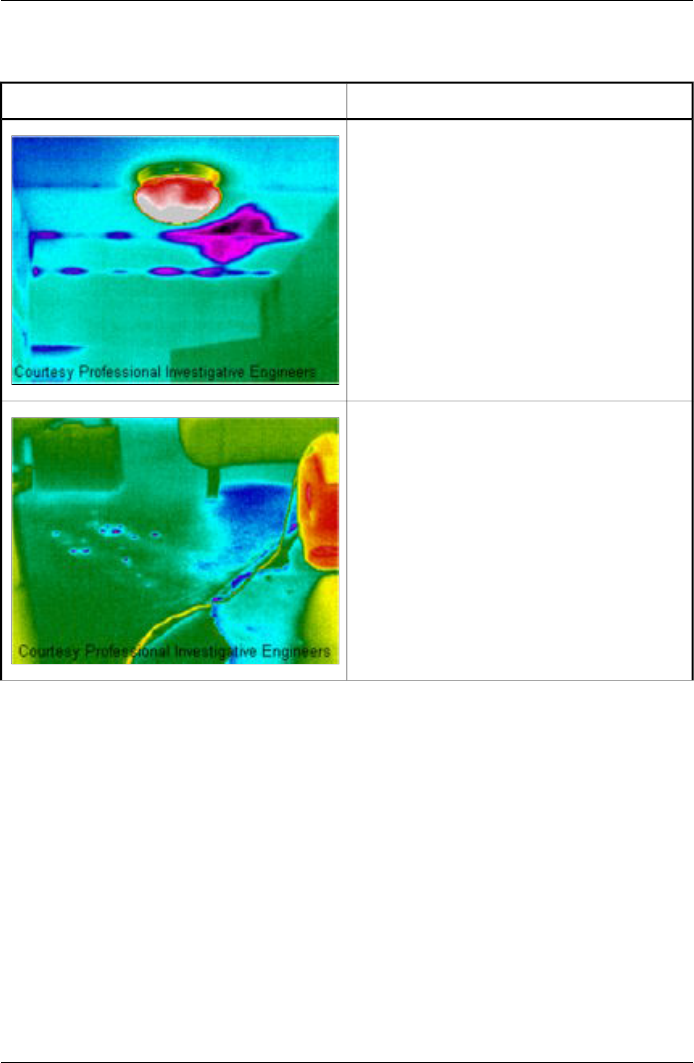
28.3.6.2 Commented infrared images
This section includes a few typical infrared images of plumbing breaks & leaks.
CommentInfrared image
Moisture migration tracking along steel joist chan-
nels inside ceiling of a single family home where
a plumbing line had ruptured.
10555503;a1
Water from plumbing leak was found to have mi-
grated farther than originally anticipated by the
contractor during remediation techniques of cutting
back carpet and installing dehumidifiers.
10555603;a1
Publ. No. T559598 Rev. a554 – ENGLISH (EN) – September 27, 2011 105
28 – Introduction to building thermography
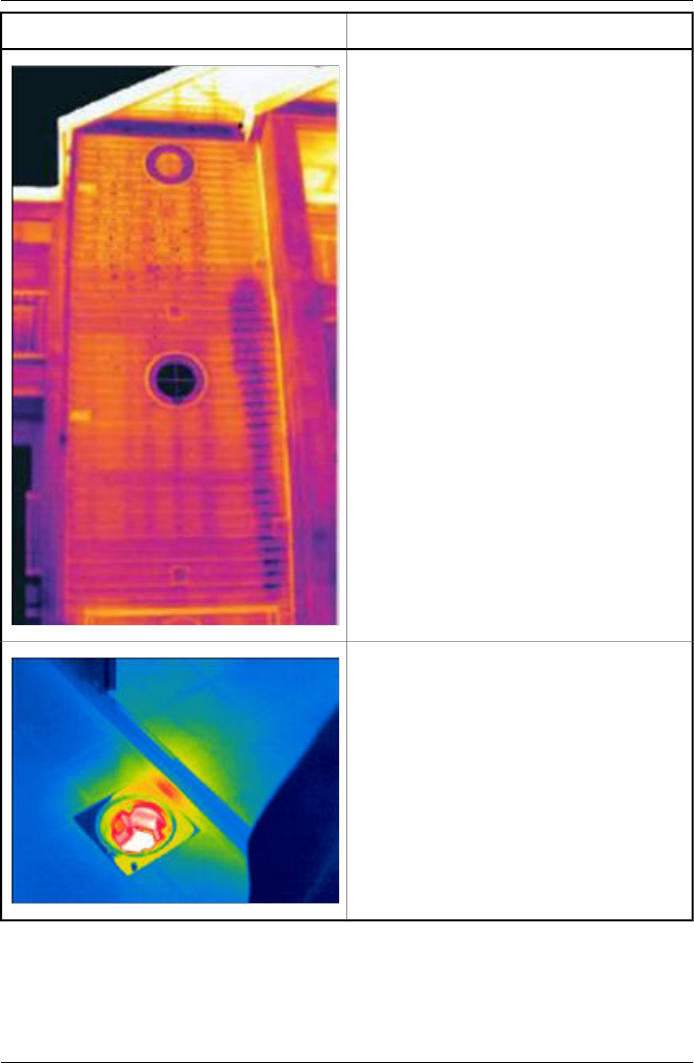
CommentInfrared image
The infrared image of this vinyl-sided 3-floor
apartment house clearly shows the path of a seri-
ous leak from a washing machine on the third floor,
which is completely hidden within the wall.
10555703;a1
Water leak due to improper sealing between floor
drain and tiles.
10555803;a1
106 Publ. No. T559598 Rev. a554 – ENGLISH (EN) – September 27, 2011
28 – Introduction to building thermography
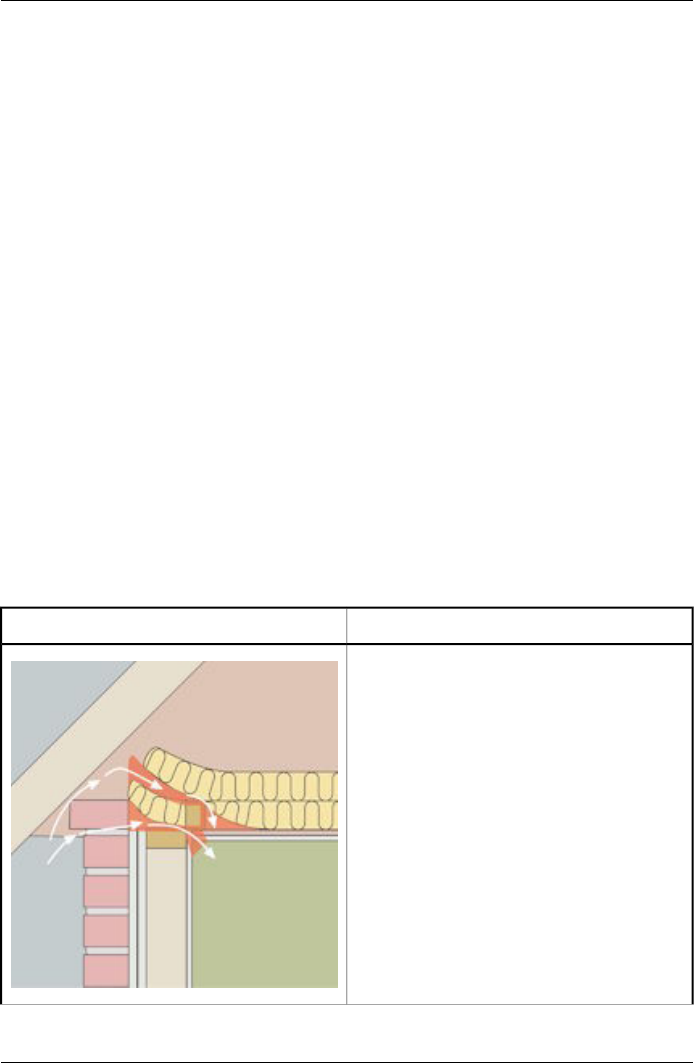
28.3.7 Air infiltration
28.3.7.1 General information
Due to the wind pressure on a building, temperature differences between the inside
and the outside of the building, and the fact that most buildings use exhaust air terminal
devices to extract used air from the building, a negative pressure of 2–5 Pa can be
expected. When this negative pressure leads to cold air entering the building structure
due to deficiencies in building insulation and/or building sealing, we have what is
called air infiltration. Air infiltration can be expected at joints and seams in the building
structure.
Due to the fact that air infiltration creates an air flow of cool air into e.g. a room, it can
lead to substantial deterioration of the indoor climate. Air flows as small as 0.15 m/s
(0.49 ft./s) are usually noticed by inhabitants, although these air flows may be difficult
to detect using ordinary measurement devices.
On an infrared image air infiltration can be identified by its typical ray pattern, which
emanates from the point of exit in the building structure—e.g. from behind a skirting
strip. Furthermore, areas of air infiltration typically have a lower detected temperature
than areas where there is only an insulation deficiency. This is due to the chill factor
of the air flow.
28.3.7.2 Commented building structures
This section includes a few typical examples of details of building structures where
air infiltration may occur.
CommentStructural drawing
Insulation deficiencies at the eaves of a brickwall
house due to improperly installed fiberglass insu-
lation batts.
The air infiltration enters the room from behind the
cornice.
10552503;a2
Publ. No. T559598 Rev. a554 – ENGLISH (EN) – September 27, 2011 107
28 – Introduction to building thermography
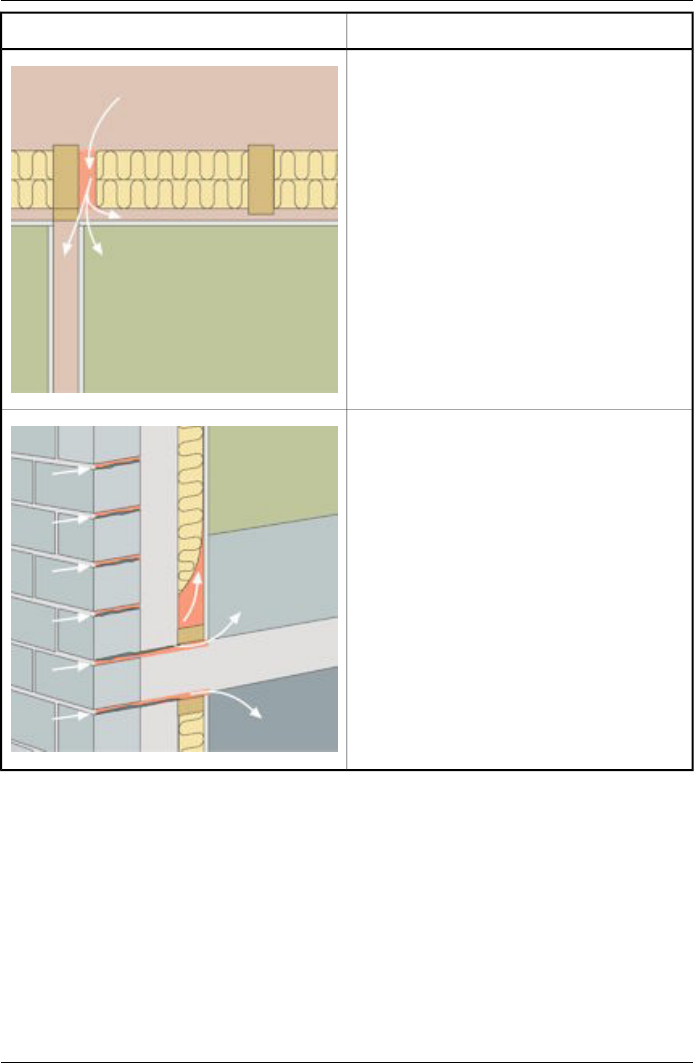
CommentStructural drawing
Insulation deficiencies in an intermediate flow due
to improperly installed fiberglass insulation batts.
The air infiltration enters the room from behind the
cornice.
10552303;a2
Air infiltration in a concrete floor-over-crawl-space
due to cracks in the brick wall façade.
The air infiltration enters the room beneath the
skirting strip.
10552603;a2
108 Publ. No. T559598 Rev. a554 – ENGLISH (EN) – September 27, 2011
28 – Introduction to building thermography
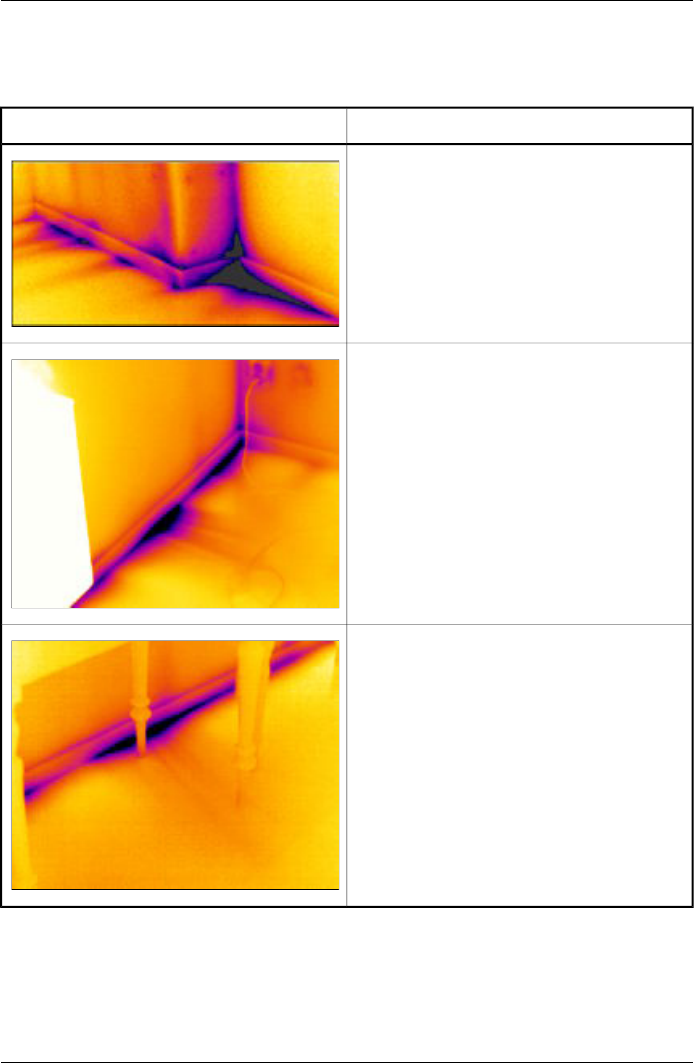
28.3.7.3 Commented infrared images
This section includes a few typical infrared images of details of building structures
where air infiltration has occurred.
CommentInfrared image
Air infiltration from behind a skirting strip. Note the
typical ray pattern.
10552703;a1
Air infiltration from behind a skirting strip. Note the
typical ray pattern.
The white area to the left is a radiator.
10552803;a1
Air infiltration from behind a skirting strip. Note the
typical ray pattern.
10552903;a1
Publ. No. T559598 Rev. a554 – ENGLISH (EN) – September 27, 2011 109
28 – Introduction to building thermography
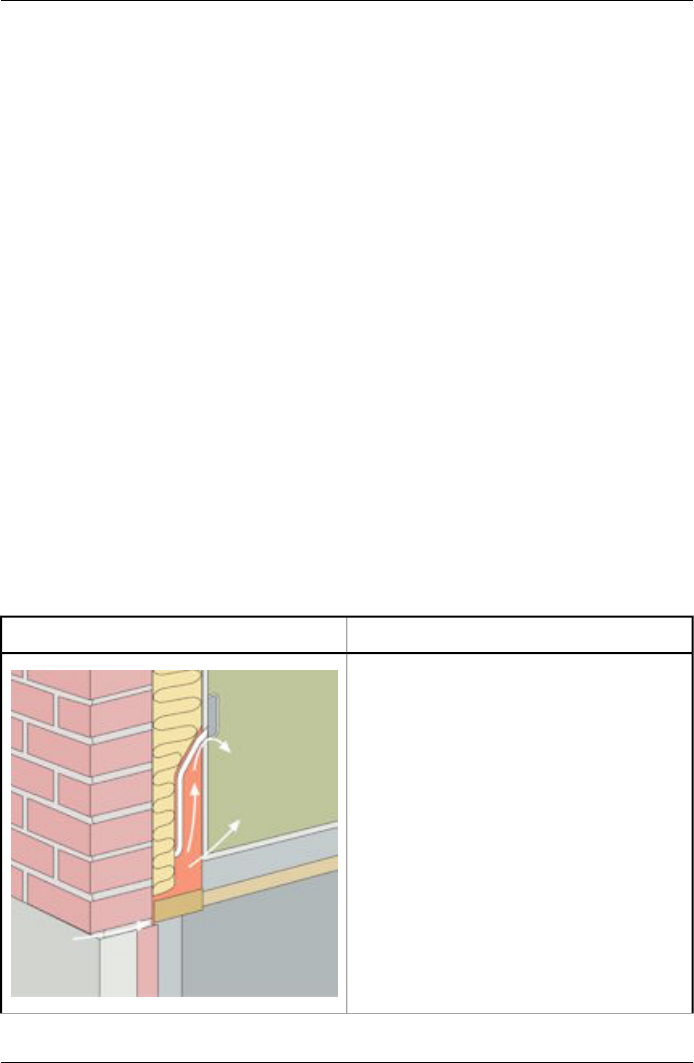
28.3.8 Insulation deficiencies
28.3.8.1 General information
Insulation deficiencies do not necessarily lead to air infiltration. If fiberglass insulation
batts are improperly installed air pockets will form in the building structure. Since
these air pockets have a different thermal conductivity than areas where the insulation
batts are properly installed, the air pockets can be detected during a building ther-
mography inspection.
As a rule of thumb, areas with insulation deficiencies typically have higher temperatures
than where there is only an air infiltration.
When carrying out building thermography inspections aimed at detecting insulation
deficiencies, be aware of the following parts in a building structure, which may look
like insulation deficiencies on the infrared image:
■Wooden joists, studs, rafter, beams
■Steel girders and steel beams
■Water piping inside walls, ceilings, floors
■Electrical installations inside walls, ceilings, floors—such as trunking, piping etc.
■Concrete columns inside timber framed walls
■Ventilation ducts & air ducts
28.3.8.2 Commented building structures
This section includes a few typical examples of details of building structures with in-
sulation deficiencies:
CommentStructural drawing
Insulation deficiencies (and air infiltration) due to
improper installation of insulation batts around an
electrical mains supply.
This kind of insulation deficiency will show up as
dark areas on an infrared image.
10553203;a2
110 Publ. No. T559598 Rev. a554 – ENGLISH (EN) – September 27, 2011
28 – Introduction to building thermography
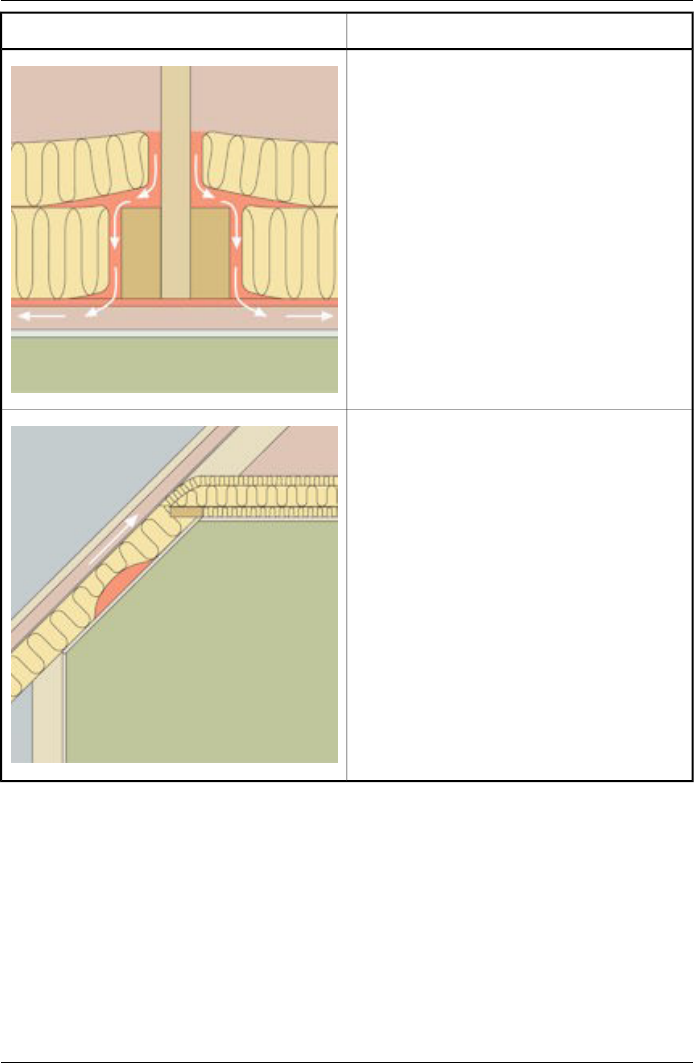
CommentStructural drawing
Insulation deficiencies due to improper installation
of insulation batts around an attic floor beam. Cool
air infiltrates the structure and cools down the in-
side of the ceiling.
This kind of insulation deficiency will show up as
dark areas on an infrared image.
10553103;a2
Insulation deficiencies due to improper installation
of insulation batts creating an air pocket on the
outside of an inclined ceiling.
This kind of insulation deficiency will show up as
dark areas on an infrared image.
10553003;a2
Publ. No. T559598 Rev. a554 – ENGLISH (EN) – September 27, 2011 111
28 – Introduction to building thermography
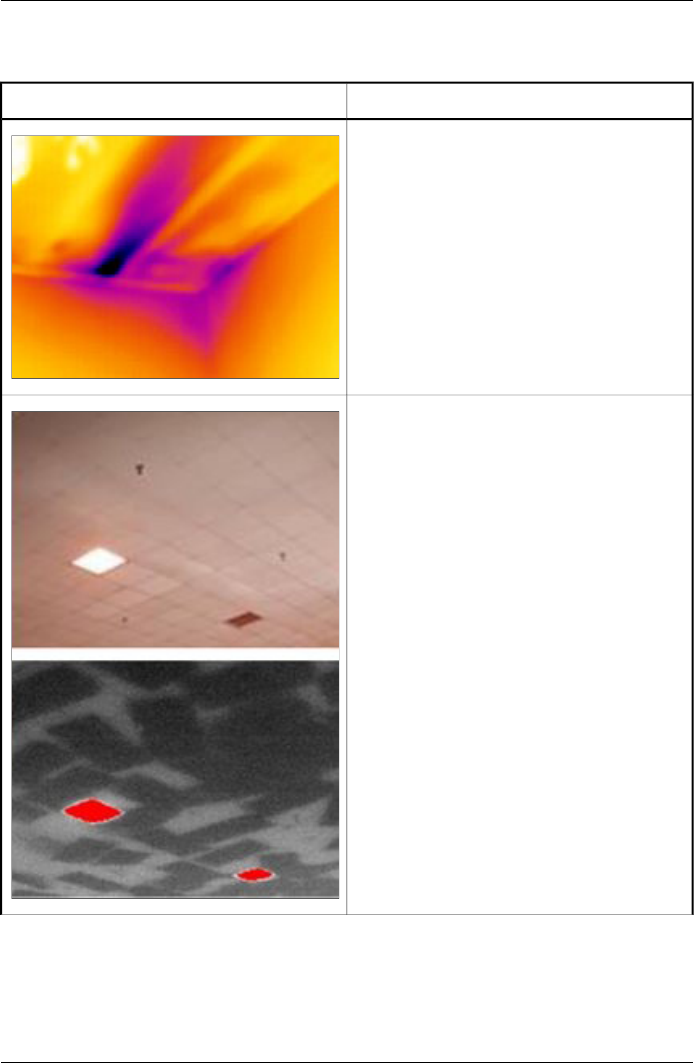
28.3.8.3 Commented infrared images
This section includes a few typical infrared images of insulation deficiencies.
CommentInfrared image
Insulation deficiencies in an intermediate floor
structure. The deficiency may be due to either
missing insulation batts or improperly installed in-
sulations batts (air pockets).
10553303;a1
Improperly installed fiberglass batts in a suspend-
ed ceiling.
10553403;a1
112 Publ. No. T559598 Rev. a554 – ENGLISH (EN) – September 27, 2011
28 – Introduction to building thermography
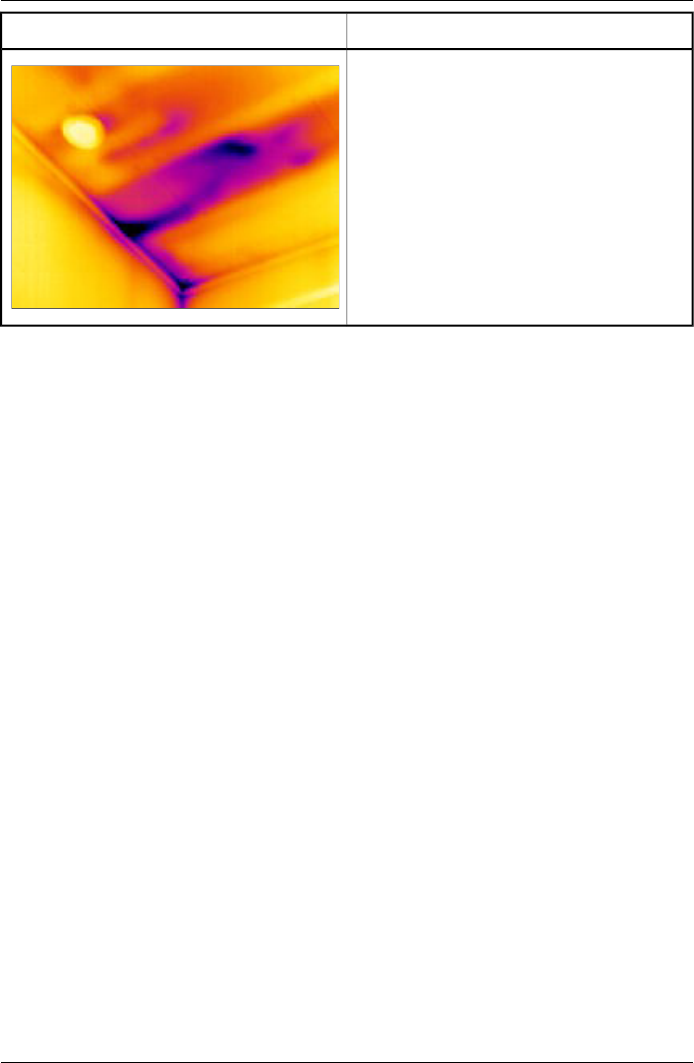
CommentInfrared image
Insulation deficiencies in an intermediate floor
structure. The deficiency may be due to either
missing insulation batts or improperly installed in-
sulations batts (air pockets).
10553503;a1
Publ. No. T559598 Rev. a554 – ENGLISH (EN) – September 27, 2011 113
28 – Introduction to building thermography
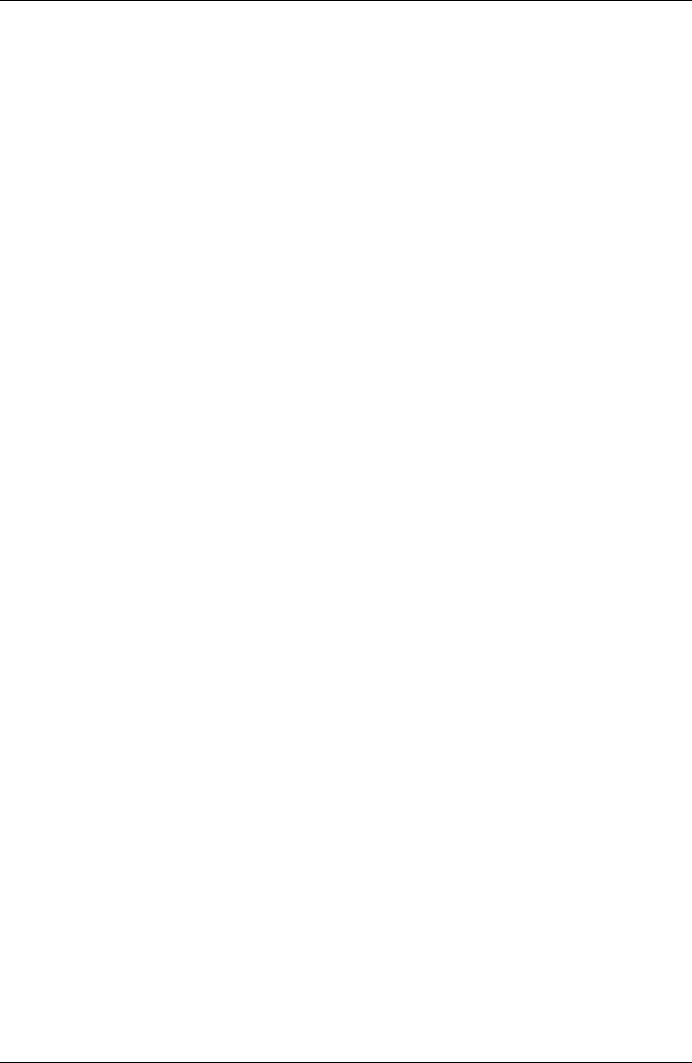
28.4 Theory of building science
28.4.1 General information
The demand for energy-efficient constructions has increased significantly in recent
times. Developments in the field of energy, together with the demand for pleasant
indoor environments, have resulted in ever-greater significance having to be attached
to both the function of a building’s thermal insulation and airtightness and the efficiency
of its heating and ventilation systems.
Defective insulation and tightness in highly insulated and airtight structures can have
a great impact on energy losses. Defects in a building’s thermal insulation and airtight-
ness do not merely entail risk of excessive heating and maintenance costs, they also
create the conditions for a poor indoor climate.
A building’s degree of insulation is often stated in the form of a thermal resistance or
a coefficient of thermal transmittance (Uvalue) for the various parts of the building.
However, the stated thermal resistance values rarely provide a measure of the actual
energy losses in a building. Air leakage from joints and connections that are not airtight
and insufficiently filled with insulation often gives rise to considerable deviations from
the designed and expected values.
Verification that individual materials and building elements have the promised prop-
erties is provided by means of laboratory tests. Completed buildings have to be
checked and inspected in order to ensure that their intended insulation and airtightness
functions are actually achieved.
In its structural engineering application, thermography is used to study temperature
variations over the surfaces of a structure. Variations in the structure’s thermal resis-
tance can, under certain conditions, produce temperature variations on its surfaces.
Leakage of cold (or warm) air through the structure also affects the variation in surface
temperature. This means that insulation defects, thermal bridges and air leaks in a
building’s enclosing structural components can be located and surveyed.
Thermography itself does not directly show the structure’s thermal resistance or air-
tightness. Where quantification of thermal resistance or airtightness is required, addi-
tional measurements have also to be taken. Thermographic analysis of buildings relies
on certain prerequisites in terms of temperature and pressure conditions across the
structure.
Details, shapes and contrasts in the thermal image can vary quite clearly with changes
in any of these parameters. The in-depth analysis and interpretation of thermal images
therefore requires thorough knowledge of such aspects as material and structural
properties, the effects of climate and the latest measuring techniques. For assessing
114 Publ. No. T559598 Rev. a554 – ENGLISH (EN) – September 27, 2011
28 – Introduction to building thermography
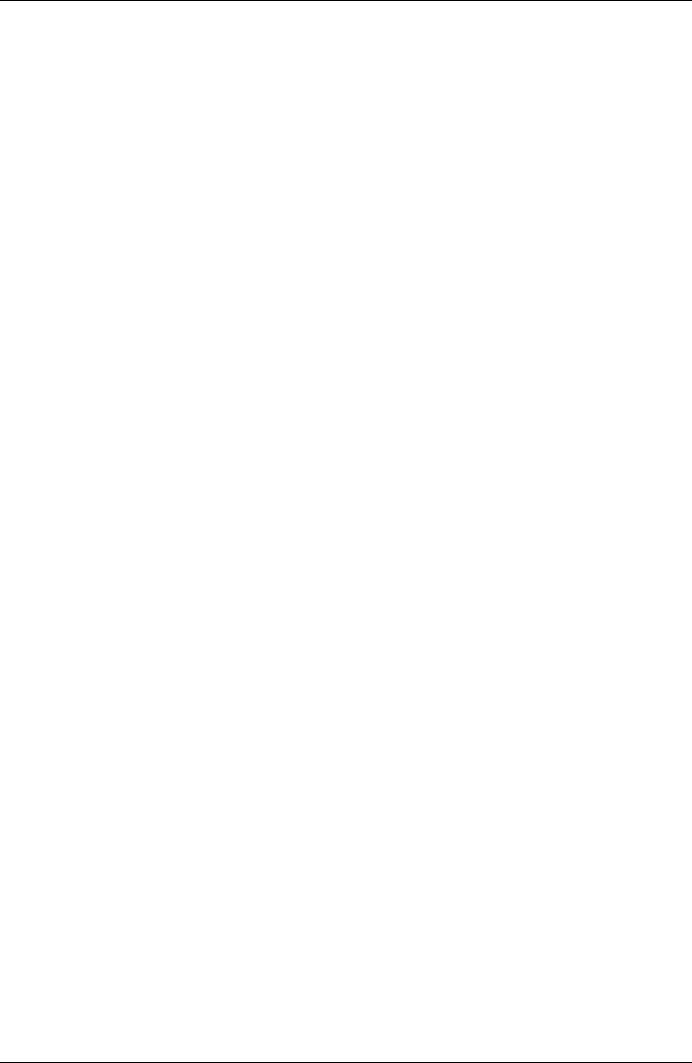
the results of measurements, there are special requirements in terms of the skills and
experience of those taking the measurements, e.g. by means of authorization by a
national or regional standardization body.
28.4.2 The effects of testing and checking
It can be difficult to anticipate how well the thermal insulation and airtightness of a
completed building will work. There are certain factors involved in assembling the
various components and building elements that can have a considerable impact on
the final result. The effects of transport, handling and storage at the site and the way
the work is done cannot be calculated in advance. To ensure that the intended function
is actually achieved, verification by testing and checking the completed building is
required.
Modern insulation technology has reduced the theoretical heat requirement. This
does mean, however, that defects that are relatively minor, but at important locations,
e.g. leaking joints or incorrectly installed insulation, can have considerable conse-
quences in terms both of heat and comfort. Verification tests, e.g. by means of ther-
mography, have proved their value, from the point of view both of the designer and
the contractor and of the developer, the property manager and the user.
■For the designer, the important thing is to find out about the function of various
types of structures, so that they can be designed to take into account both working
methods and functional requirements. The designer must also know how different
materials and combinations of materials function in practice. Effective testing and
checking, as well as experiential feedback, can be used to achieve the required
development in this area.
■The contractor is keen on more testing and inspection in order to ensure that the
structures keep to an expected function that corresponds to established require-
ments in the regulations issued by authorities and in contractual documents. The
contractor wants to know at an early stage of construction about any changes that
may be necessary so that systematic defects can be prevented. During construction,
a check should therefore be carried out on the first apartments completed in a
mass production project. Similar checking then follows as production continues.
In this way systematic defects can be prevented and unnecessary costs and future
problems can be avoided. This check is of benefit both to manufacturers and to
users.
■For the developer and the property manager it is essential that buildings are checked
with reference to heat economy, maintenance (damage from moisture or moisture
infiltration) and comfort for the occupants (e.g. cooled surfaces and air movements
in occupied zones).
Publ. No. T559598 Rev. a554 – ENGLISH (EN) – September 27, 2011 115
28 – Introduction to building thermography
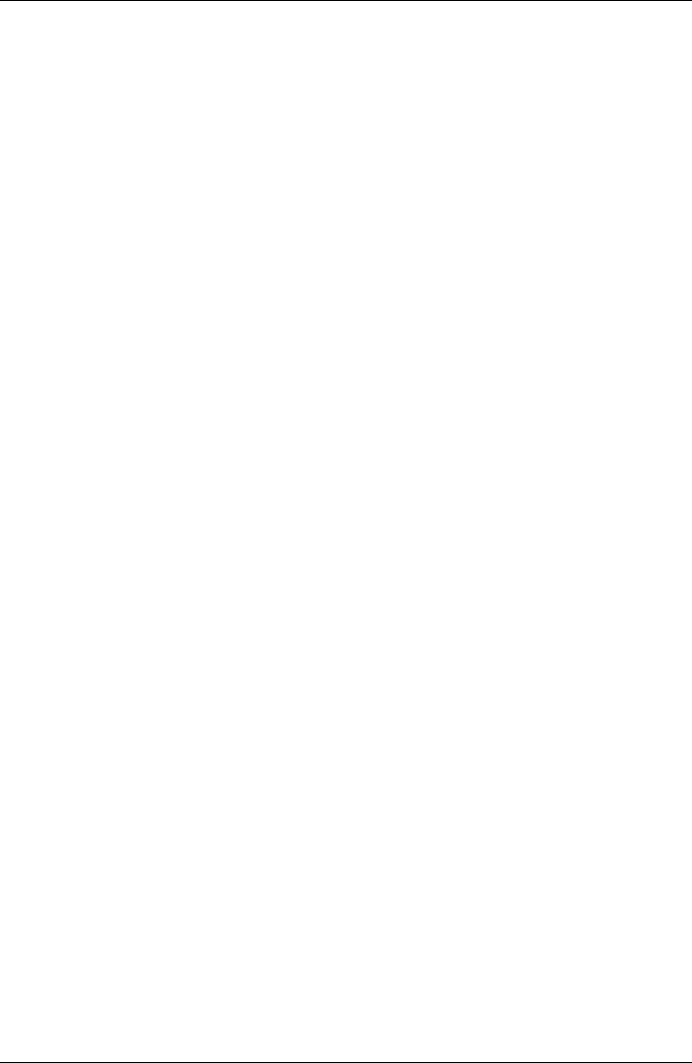
■For the user the important thing is that the finished product fulfills the promised
requirements in terms of the building’s thermal insulation and airtightness. For the
individual, buying a house involves a considerable financial commitment, and the
purchaser therefore wants to know that any defects in the construction will not in-
volve serious financial consequences or hygiene problems.
The effects of testing and checking a building’s insulation and airtightness are partly
physiological and partly financial.
The physiological experience of an indoor climatic environment is very subjective,
varying according to the particular human body’s heat balance and the way the indi-
vidual experiences temperature. The experience of climate depends on both the indoor
air temperature and that of the surrounding surfaces. The speed of movement and
moisture content of indoor air are also of some significance. Physiologically, a draft
produces the sensation of local cooling of the body’s surface caused by
■excessive air movements in the occupied zone with normal air temperature;
■normal air movements in the occupied zone but a room temperature that is too
low;
■substantial radiated heat exchange with a cold surface.
It is difficult to assess the quantitative effects of testing and checking a building’s
thermal insulation.
Investigations have shown that defects found in the thermal insulation and airtightness
of buildings cause heat losses that are about 20–30% more than was expected.
Monitoring energy consumption before and after remedial measures in relatively large
complexes of small houses and in multi-dwelling blocks has also demonstrated this.
The figures quoted are probably not representative of buildings in general, since the
investigation data cannot be said to be significant for the entire building stock. A
cautious assessment however would be that effectively testing and checking a
building’s thermal insulation and airtightness can result in a reduction in energy
consumption of about 10%.
Research has also shown that increased energy consumption associated with defects
is often caused by occupants increasing the indoor temperature by one or a few de-
grees above normal to compensate for the effect of annoying thermal radiation towards
cooled surfaces or a sensation of disturbing air movements in a room.
28.4.3 Sources of disruption in thermography
During a thermographic survey, the risk of confusing temperature variations caused
by insulation defects with those associated with the natural variation in Uvalues along
warm surfaces of a structure is considered slight under normal conditions.
116 Publ. No. T559598 Rev. a554 – ENGLISH (EN) – September 27, 2011
28 – Introduction to building thermography
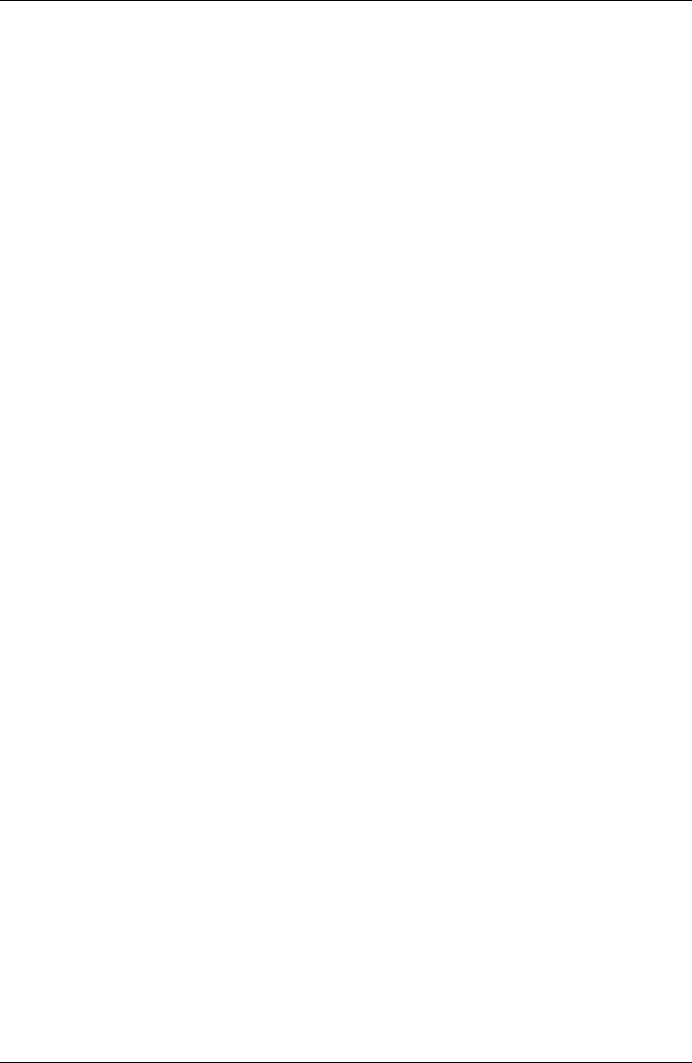
The temperature changes associated with variations in the Uvalue are generally
gradual and symmetrically distributed across the surface. Variations of this kind do
of course occur at the angles formed by roofs and floors and at the corners of walls.
Temperature changes associated with air leaks or insulation defects are in most
cases more evident with characteristically shaped sharp contours. The temperature
pattern is usually asymmetrical.
During thermography and when interpreting an infrared image, comparison infrared
images can provide valuable information for assessment.
The sources of disruption in thermography that occur most commonly in practice are
■the effect of the sun on the surface being thermographed (sunlight shining in
through a window);
■hot radiators with pipes;
■lights directed at, or placed near, the surface being measured;
■air flows (e.g. from air intakes) directed at the surface;
■the effect of moisture deposits on the surface.
Surfaces on which the sun is shining should not be subjected to thermography. If
there is a risk of an effect by sunlight, windows should be covered up (closing Venetian
blinds). However, be aware that there are building defects or problems (typically
moisture problems) that only show up when heat has been applied to the surface,
e.g. from the sun.
For more information about moisture detection, see section 28.3.2 – About moisture
detection on page 94.
A hot radiator appears as a bright light surface in an infrared image. The surface
temperature of a wall next to a radiator is raised, which may conceal any defects
present.
For maximum prevention of disruptive effects from hot radiators, these may be shut
off a short while before the measurement is taken. However, depending on the con-
struction of the building (low or high mass), these may need to be shut off several
hours before a thermographic survey. The room air temperature must not fall so much
as to affect the surface temperature distribution on the structure’s surfaces. There is
little timelag with electric radiators, so they cool down relatively quickly once they
have been switched off (20–30 minutes).
Lights placed against walls should be switched off when the infrared image is taken.
During a thermographic survey there should not be any disruptive air flows (e.g. open
windows, open valves, fans directed at the surface being measured) that could affect
the surfaces being thermographed.
Publ. No. T559598 Rev. a554 – ENGLISH (EN) – September 27, 2011 117
28 – Introduction to building thermography
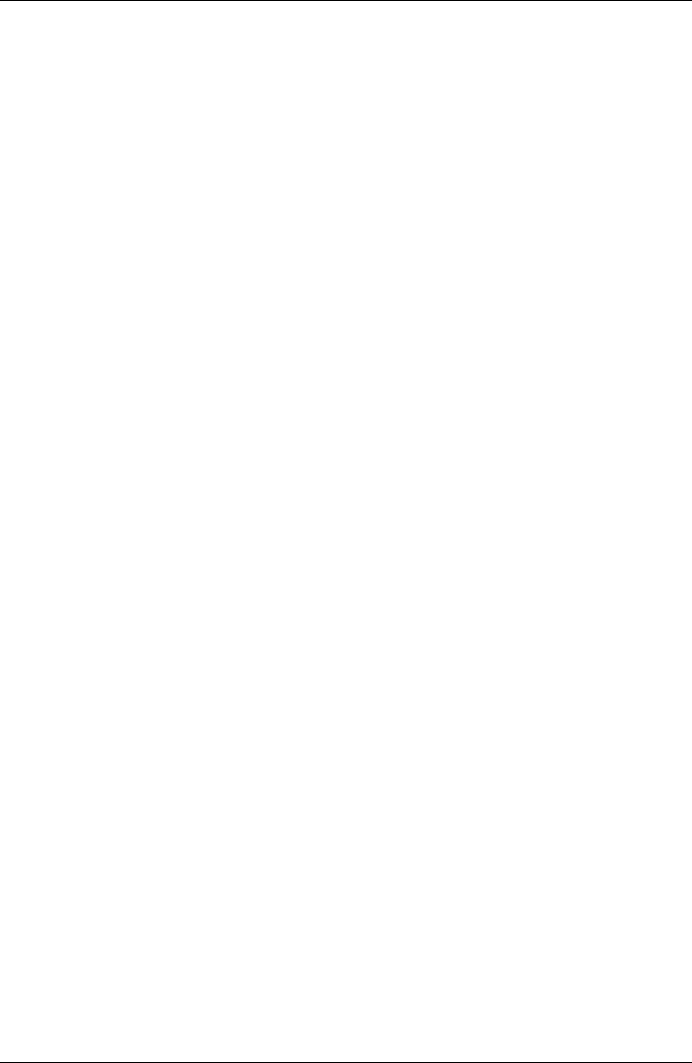
Any wet surfaces, e.g. as a result of surface condensation, have a definite effect on
heat transfer at the surface and the surface temperature. Where there is moisture on
a surface, there is usually some evaporation which draws off heat, thus lowering the
temperature of the surface by several degrees. There is risk of surface condensation
at major thermal bridges and insulation defects.
Significant disruptions of the kind described here can normally be detected and
eliminated before measuring.
If during thermography it is not possible to shield surfaces being measured from
disruptive factors, these must be taken into account when interpreting and evaluating
the results. The conditions in which the thermography was carried out should be
recorded in detail when each measurement is taken.
28.4.4 Surface temperature and air leaks
Defects in building airtightness due to small gaps in the structure can be detected
by measuring the surface temperature. If there is a negative pressure in the building
under investigation, air flows into the space through leaks in the building. Cold air
flowing in through small gaps in a wall usually lowers the temperature in adjacent
areas of the wall. The result is that a cooled surface area with a characteristic shape
develops on the inside surface of the wall. Thermography can be used to detect
cooled surface areas. Air movements at the wall surface can be measured using an
air velocity indicator. If there is a positive pressure inside the building being investi-
gated, warm room air will leak out through gaps in the wall, resulting in locally warm
surface areas around the locations of the leaks.
The amount of leakage depends partly on gaps and partly on the differential pressure
across the structure.
28.4.4.1 Pressure conditions in a building
The most important causes of differential pressure across a structural element in a
building are
■wind conditions around the building;
■the effects of the ventilation system;
■temperature differences between air inside and outside (thermal differential pres-
sure).
The actual pressure conditions inside a building are usually caused by a combination
of these factors.
The resultant pressure gradient across the various structural elements can be illustrated
by the figure on page 120. The irregular effects of wind on a building means that in
practice the pressure conditions may be relatively variable and complicated.
118 Publ. No. T559598 Rev. a554 – ENGLISH (EN) – September 27, 2011
28 – Introduction to building thermography
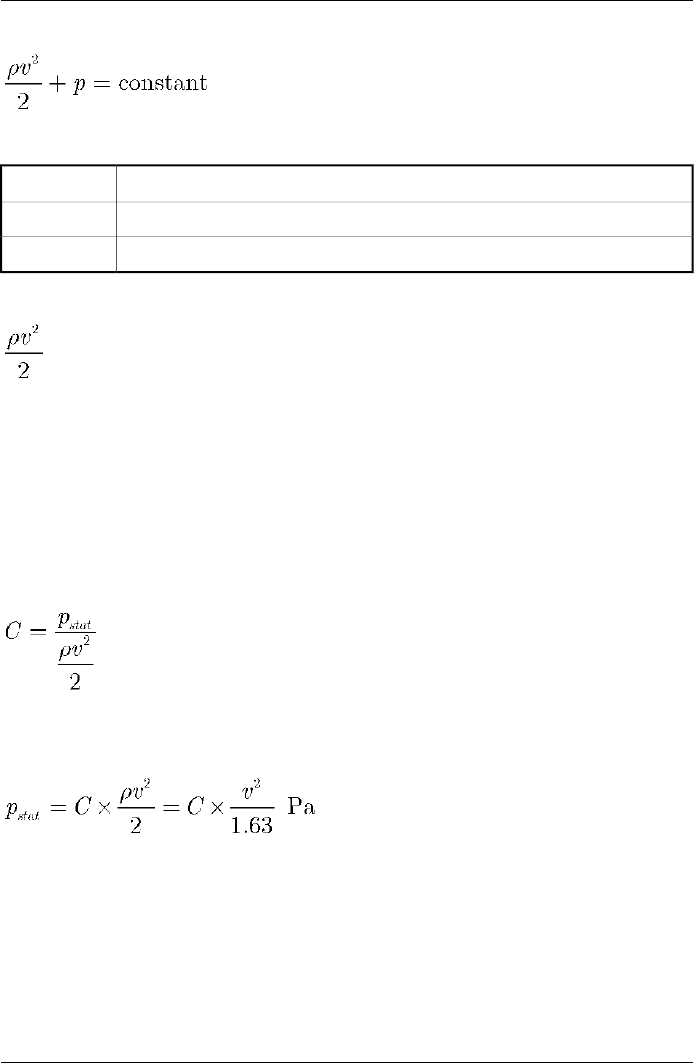
In a steady wind flow, Bernoulli’s Law applies:
where:
Air density in kg/m3
ρ
Wind velocity in m/sv
Static pressure in Pap
and where:
denotes the dynamic pressure and pthe static pressure. The total of these pressures
gives the total pressure.
Wind load against a surface makes the dynamic pressure become a static pressure
against the surface. The magnitude of this static pressure is determined by, amongst
other things, the shape of the surface and its angle to the wind direction.
The portion of the dynamic pressure that becomes a static pressure on the surface
(pstat) is determined by what is known as a stress concentration factor:
If ρis 1.23 kg/m3(density of air at +15°C (+59°F)), this gives the following local
pressures in the wind flow:
Publ. No. T559598 Rev. a554 – ENGLISH (EN) – September 27, 2011 119
28 – Introduction to building thermography
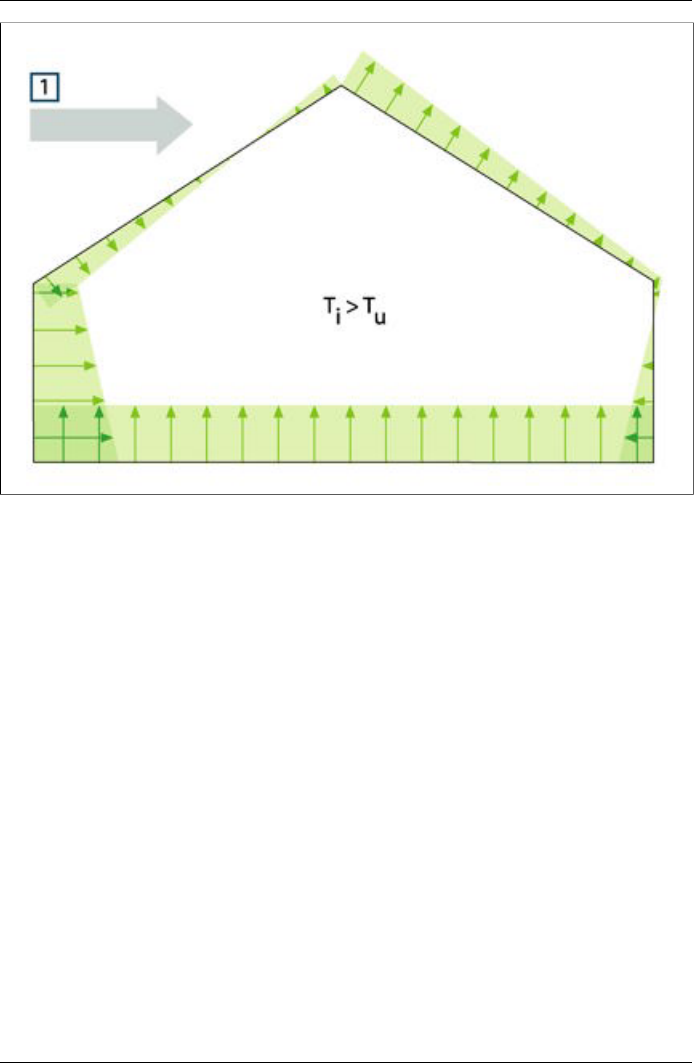
10551803;a1
Figure 28.3 Distribution of resultant pressures on a building’s enclosing surfaces depending on wind effects,
ventilation and internal/external temperature difference. 1: Wind direction; Tu: Thermodynamic air temper-
ature outdoors in K; Ti: Thermodynamic air temperature indoors in K.
If the whole of the dynamic pressure becomes static pressure, then C = 1. Examples
of stress concentration factor distributions for a building with various wind directions
are shown in the figure on page 121.
The wind therefore causes an internal negative pressure on the windward side and
an internal positive pressure on the leeward side. The air pressure indoors depends
on the wind conditions, leaks in the building and how these are distributed in relation
to the wind direction. If the leaks in the building are evenly distributed, the internal
pressure may vary by ±0.2 pstat. If most of the leaks are on the windward side, the
internal pressure increases somewhat. In the opposite case, with most of the leaks
on the leeward side, the internal pressure falls.
120 Publ. No. T559598 Rev. a554 – ENGLISH (EN) – September 27, 2011
28 – Introduction to building thermography
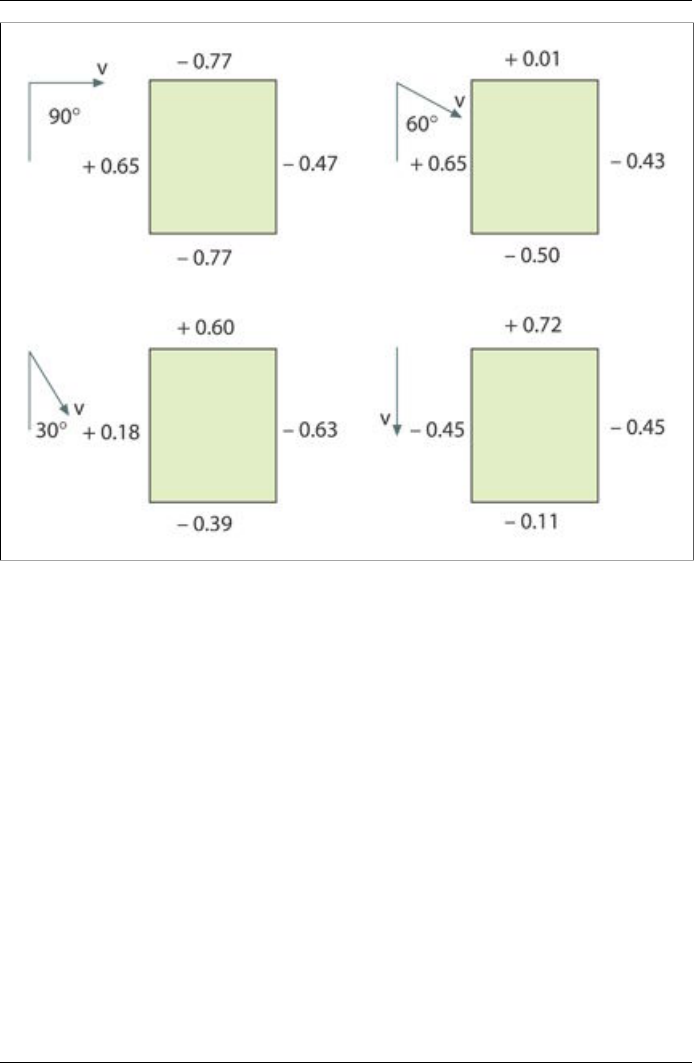
10551903;a1
Figure 28.4 Stress concentration factor (C) distributions for various wind directions and wind velocities
(v) relative to a building.
Wind conditions can vary substantially over time and between relatively closely situ-
ated locations. In thermography, such variations can have a clear effect on the mea-
surement results.
It has been demonstrated experimentally that the differential pressure on a façade
exposed to an average wind force of about 5 m/s (16.3 ft/s) will be about 10 Pa.
Mechanical ventilation results in a constant internal negative or positive pressure
(depending on the direction of the ventilation). Research has showed that the negative
pressure caused by mechanical extraction (kitchen fans) in small houses is usually
between 5 and 10 Pa. Where there is mechanical extraction of ventilation air, e.g. in
multi-dwelling blocks, the negative pressure is somewhat greater, 10–50 Pa. Where
there is so-called balanced ventilation (mechanically controlled supply and extract
air), this is normally adjusted to produce a slight negative pressure inside (3–5 Pa).
The differential pressure caused by temperature differences, the so-called chimney
effect (airtightness differences of air at different temperatures) means that there is a
negative pressure in the building’s lower part and a positive pressure in the upper
Publ. No. T559598 Rev. a554 – ENGLISH (EN) – September 27, 2011 121
28 – Introduction to building thermography
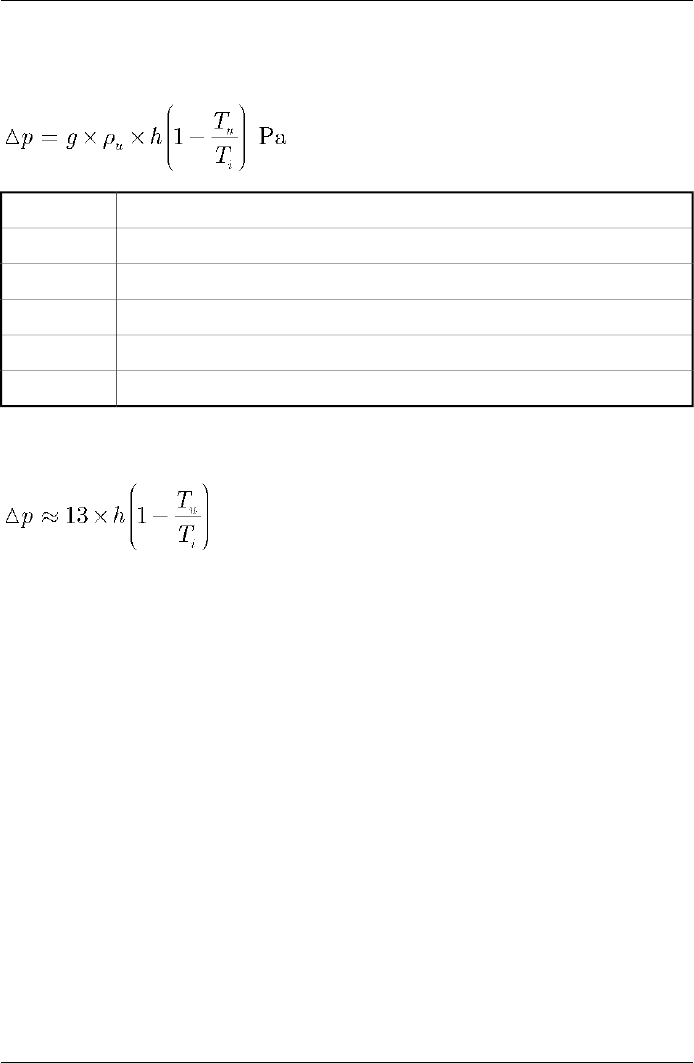
part. At a certain height there is a neutral zone where the pressures on the inside and
outside are the same, see the figure on page 123. This differential pressure may be
described by the relationship:
Air pressure differential within the structure in PaΔp
9.81 m/s2
g
Air density in kg/m3
ρu
Thermodynamic air temperature outdoors in KTu
Thermodynamic air temperature indoors in KTi
Distance from the neutral zone in metersh
If ρu= 1.29 kg/m3(density of air at a temperature of 273 K and ≈100 kPa), this pro-
duces:
With a difference of +25°C (+77°F) between the ambient internal and external tem-
peratures, the result is a differential pressure difference within the structure of about
1 Pa/m difference in height (= 3.28 Pa/ft.).
122 Publ. No. T559598 Rev. a554 – ENGLISH (EN) – September 27, 2011
28 – Introduction to building thermography
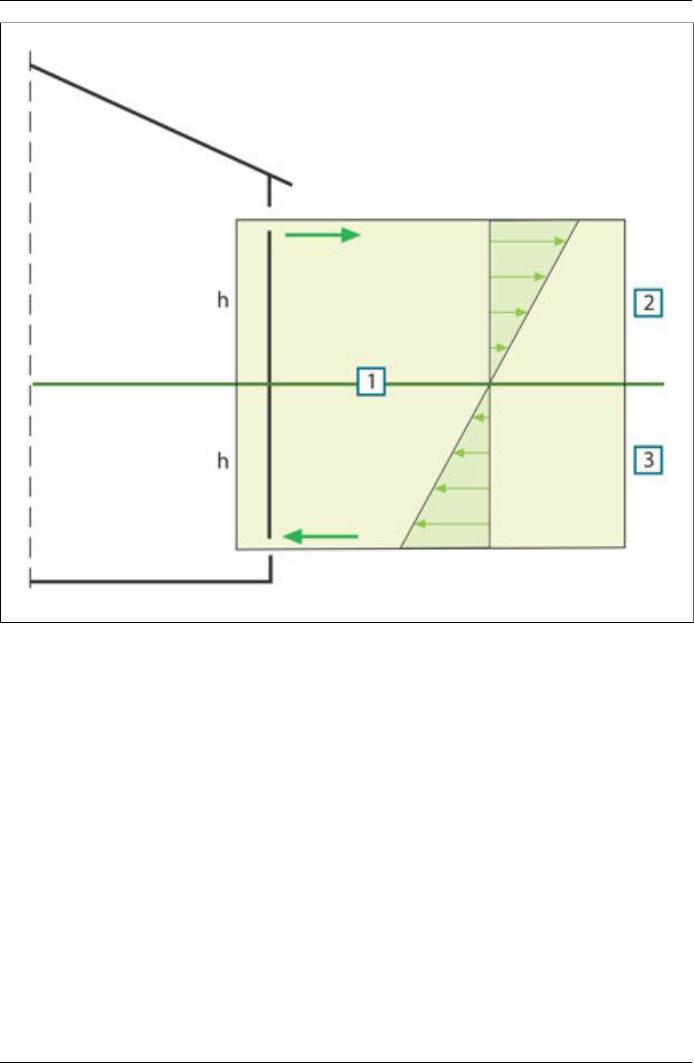
10552003;a1
Figure 28.5 Distribution of pressures on a building with two openings and where the external temperature
is lower than the internal temperature. 1: Neutral zone; 2: Positive pressure; 3: Negative pressure;
h: Distance from the neutral zone in meters.
The position of the neutral zone may vary, depending on any leaks in the building. If
the leaks are evenly distributed vertically, this zone will be about halfway up the
building. If more of the leaks are in the lower part of the building, the neutral zone will
move downwards. If more of the leaks are in the upper part, it will move upwards.
Where a chimney opens above the roof, this has a considerable effect on the position
of the neutral zone, and the result may be a negative pressure throughout the building.
This situation most commonly occurs in small buildings.
In a larger building, such as a tall industrial building, with leaks at doors and any
windows in the lower part of the building, the neutral zone is about one-third of the
way up the building.
Publ. No. T559598 Rev. a554 – ENGLISH (EN) – September 27, 2011 123
28 – Introduction to building thermography
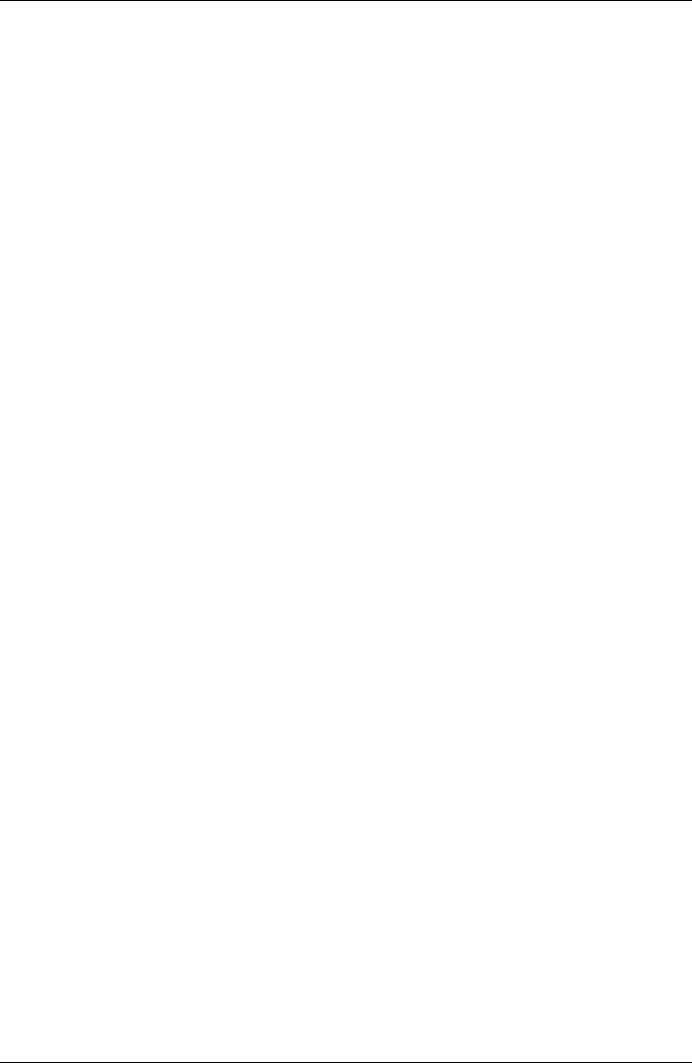
28.4.5 Measuring conditions & measuring season
The foregoing may be summarized as follows as to the requirements with regard to
measuring conditions when carrying out thermographic imaging of buildings.
Thermographic imaging is done in such a way that the disruptive influence from ex-
ternal climatic factors is as slight as possible. The imaging process is therefore carried
out indoors, i.e. where a building is heated, the structure’s warm surfaces are exam-
ined.
Outdoor thermography is only used to obtain reference measurements of larger
façade surfaces. In certain cases, e.g. where the thermal insulation is very bad or
where there is an internal positive pressure, outdoor measurements may be useful.
Even when investigating the effects of installations located within the building’s climatic
envelope, there may be justification for thermographic imaging from outside the
building.
The following conditions are recommended:
■The air temperature difference within the relevant part of the building must be at
least +10°C (+18°F) for a number of hours before thermographic imaging and for
as long as the procedure takes. For the same period, the ambient temperature
difference must not vary by more than ±30% of the difference when the thermo-
graphic imaging starts. During the thermographic imaging, the indoor ambient
temperature should not change by more than ±2°C (±3.6°F).
■For a number of hours prior before thermographic imaging and as long as it con-
tinues, no influencing sunlight may fall upon the relevant part of the building.
■Negative pressure within the structure ≈ 10–50 Pa.
■When conducting thermographic imaging in order to locate only air leaks in the
building’s enclosing sections, the requirements in terms of measuring conditions
may be lower. A difference of 5°C (9°F) between the inside and outside ambient
temperatures ought to be sufficient for detecting such defects. To be able to detect
air leaks, certain requirements must however be made with regard to the differential
pressure; about 10 Pa should be sufficient.
28.4.6 Interpretation of infrared images
The main purpose of thermography is to locate faults and defects in thermal insulation
in exterior walls and floor structures and to determine their nature and extent. The
measuring task can also be formulated in such a way that the aim of the thermography
is to confirm whether or not the wall examined has the promised insulation and air-
tightness characteristics. The ‘promised thermal insulation characteristics’ for the wall
according to the design can be converted into an expected surface temperature dis-
tribution for the surface under investigation if the measuring conditions at the time
when the measurements are taken are known.
124 Publ. No. T559598 Rev. a554 – ENGLISH (EN) – September 27, 2011
28 – Introduction to building thermography
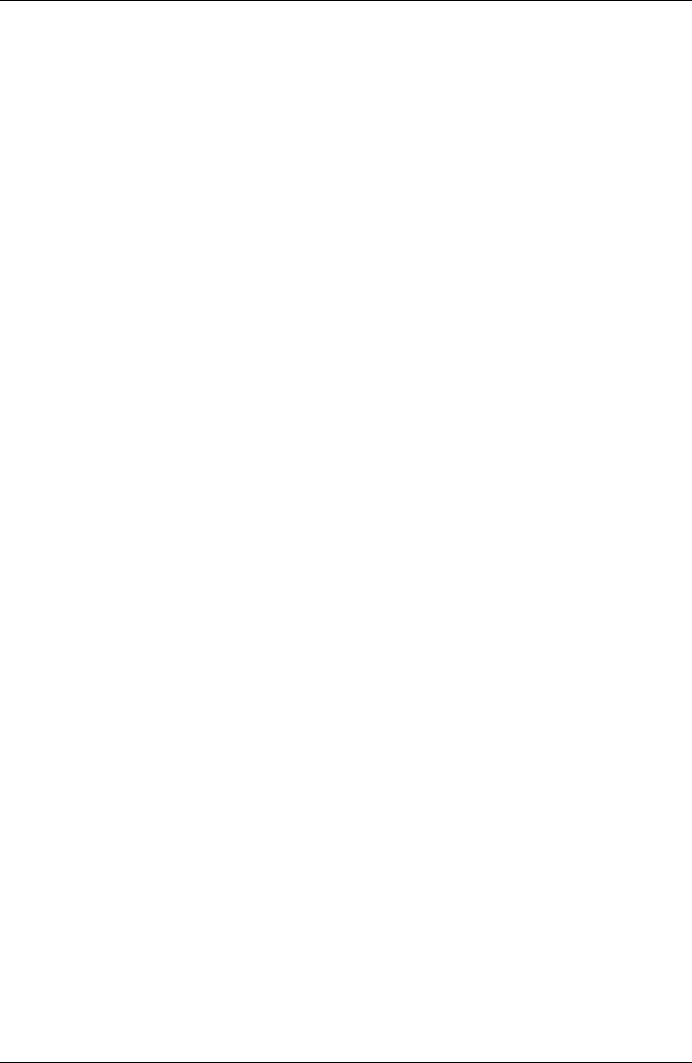
In practice the method involves the following:
Laboratory or field tests are used to produce an expected temperature distribution in
the form of typical or comparative infrared images for common wall structures, com-
prising both defect-free structures and structures with in-built defects.
Examples of typical infrared images are shown in section 28.3 – Typical field investi-
gations on page 92.
If infrared images of structural sections taken during field measurements are intended
for use as comparison infrared images, then the structure’s composition, the way it
was built, and the measurement conditions at the time the infrared image was taken
must be known in detail and documented.
In order, during thermography, to be able to comment on the causes of deviations
from the expected results, the physical, metrological and structural engineering pre-
requisites must be known.
The interpretation of infrared images taken during field measurements may be de-
scribed in brief as follows:
A comparison infrared image for a defect-free structure is selected on the basis of
the wall structure under investigation and the conditions under which the field mea-
surement was taken. An infrared image of the building element under investigation
is then compared with the selected infrared image. Any deviation that cannot be ex-
plained by the design of the structure or the measurement conditions is noted as a
suspected insulation defect. The nature and extent of the defect is normally determined
using comparison infrared images showing various defects.
If no suitable comparison infrared image is available, evaluation and assessment are
done on the basis of experience. This requires more precise reasoning during the
analysis.
When assessing an infrared image, the following should be looked at:
■Uniformity of brightness in infrared images of surface areas where there are no
thermal bridges
■Regularity and occurrence of cooled surface areas, e.g. at studding and corners
■Contours and characteristic shapes in the cooled surface area
■Measured temperature differences between the structure’s normal surface temper-
ature and the selected cooled surface area
■Continuity and uniformity of the isotherm curve on the surface of the structure. In
the camera software the isotherm function is called Isotherm or Color alarm, de-
pending on camera model.
Publ. No. T559598 Rev. a554 – ENGLISH (EN) – September 27, 2011 125
28 – Introduction to building thermography
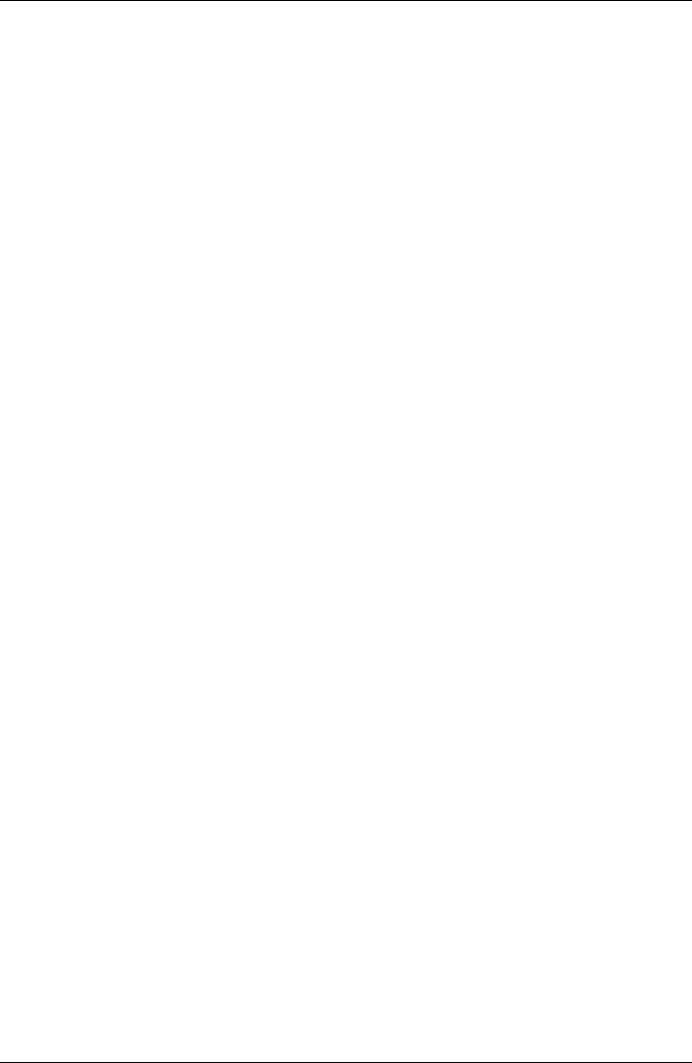
Deviations and irregularities in the appearance of the infrared image often indicate
insulation defects. There may obviously be considerable variations in the appearance
of infrared images of structures with insulation defects. Certain types of insulation
defects have a characteristic shape on the infrared image.
Section 28.3 – Typical field investigations on page 92 shows examples of interpreta-
tions of infrared images.
When taking infrared images of the same building, the infrared images from different
areas should be taken with the same settings on the infrared camera, as this makes
comparison of the various surface areas easier.
28.4.7 Humidity & dew point
28.4.7.1 Relative & absolute humidity
Humidity can be expressed in two different ways—either as relative humidity or as
absolute humidity. Relative humidity is expressed in percent of how much water a
certain volume of air can hold at a certain temperature, while absolute humidity is
expressed in percent water by weight of material. The latter way to express humidity
is common when measuring humidity in wood and other building materials.
The higher the temperature of air, the larger the amount of water this certain volume
of air can hold.
28.4.7.2 Definition of dew point
Dew point is the temperature at which the humidity in a certain volume of air will
condense as liquid water.
28.4.8 Excerpt from Technical Note ‘Assessing thermal bridging and
insulation continuity’ (UK example)
28.4.8.1 Credits
This Technical Note was produced by a working group including expert thermogra-
phers, and research consultants. Additional consultation with other persons and or-
ganisations results in this document being widely accepted by all sides of industries.
The contents of this Technical Note is reproduced with kind permission from, and
fully copyrighted to, United Kingdom Thermography Association (UKTA).
UK Thermography Association
c/o British Institute of Nondestructive Testing
1 Spencer Parade
Northampton NN1 5AA
United Kingdom
Tel: +44 (0)1604 630124
126 Publ. No. T559598 Rev. a554 – ENGLISH (EN) – September 27, 2011
28 – Introduction to building thermography
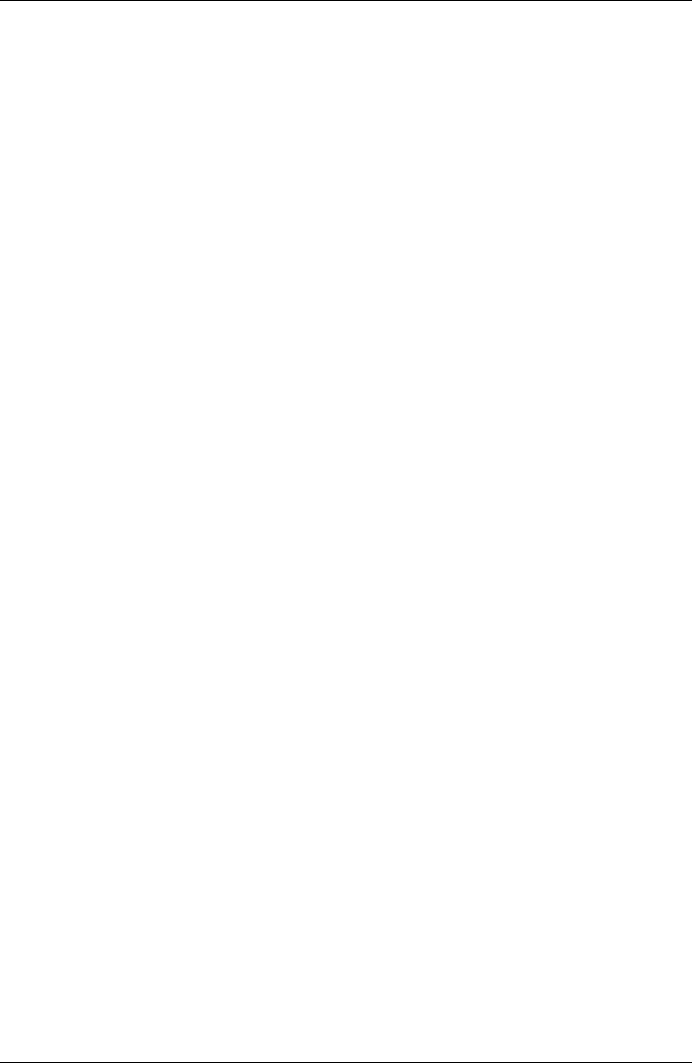
Fax: +44 (0)1604 231489
28.4.8.2 Introduction
Over the last few years the equipment, applications, software, and understanding
connected with thermography have all developed at an astonishing rate. As the
technology has gradually become integrated into mainstream practises, a correspond-
ing demand for application guides, standards and thermography training has arisen.
The UKTA is publishing this technical note in order to establish a consistent approach
to quantifying the results for a ‘Continuity of Thermal Insulation’ examination. It is in-
tended that specifiers should refer to this document as a guide to satisfying the re-
quirement in the Building Regulations, therefore enabling the qualified thermographer
to issue a pass or fail report.
28.4.8.3 Background information
Thermography can detect surface temperature variations as small as 0.1 K and
graphic images can be produced that visibly illustrate the distribution of temperature
on building surfaces.
Variations in the thermal properties of building structures, such as poorly fitted or
missing sections of insulation, cause variations in surface temperature on both sides
of the structure. They are therefore visible to the thermographer. However, many
other factors such as local heat sources, reflections and air leakage can also cause
surface temperature variations.
The professional judgement of the thermographer is usually required to differentiate
between real faults and other sources of temperature variation. Increasingly, thermo-
graphers are asked to justify their assessment of building structures and, in the ab-
sence of adequate guidance, it can be difficult to set definite levels for acceptable or
unacceptable variation in temperature.
The current Standard for thermal iamging of building fabric in the UK is BS EN
13187:1999 (BS EN 13187:1999, Thermal Performance of Buildings—Qualitative de-
tection of thermal properties in building envelopes—Infrared method (ISO 6781:1983
modified). However, this leaves interpretation of the thermal image to the professional
expertise of of the thermographer and provides little guidance on the demarcation
between acceptable and unacceptable variations. Guidance on the appearance of a
range of thermal anomalies can be found in BINDT Guides to thermal imaging (Infrared
Thermography Handbook; Volume 1, Principles and Practise, Norman Walker, ISBN
0903132338, Volume 2, Applications, A. N. Nowicki, ISBN 090313232X, BINDT, 2005).
28.4.8.3.1 Requirements
A thermographic survey to demonstrate continuity of insulation, areas of thermal
bridging and compliance with Building Regulations should include the following:
Publ. No. T559598 Rev. a554 – ENGLISH (EN) – September 27, 2011 127
28 – Introduction to building thermography
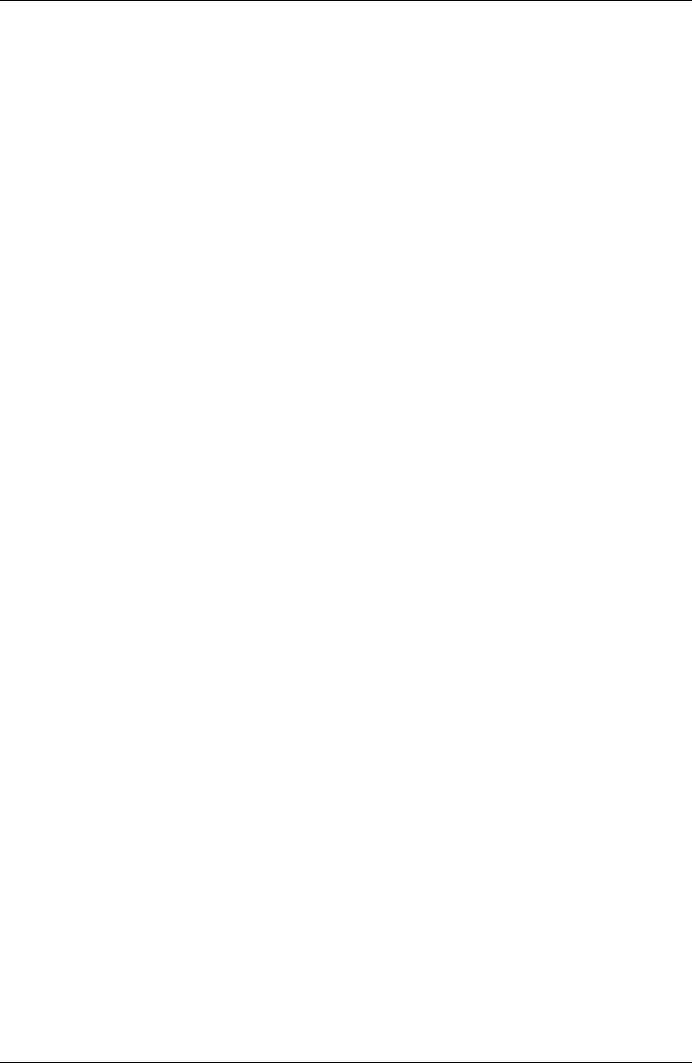
■Thermal anomalies.
■Differentiate between real thermal anomalies, where temperature differences are
caused by deficiencies in thermal insulation, and those that occur through con-
founding factors such as localised differences in air movement, reflection and
emissivity.
■Quantify affected areas in relation to the total insulated areas.
■State whether the anomalies and the building thermal insulation as a whole are
acceptable.
28.4.8.4 Quantitative appraisal of thermal anomalies
A thermographic survey will show differences in apparent temperature of areas within
the field of view. To be useful, however, it must systematically detect all the apparent
defects; assess them against a predetermined set of criteria; reliably discount those
anomalies that are not real defects; evaluate those that are real defects, and report
the results to the client.
28.4.8.4.1 Selection of critical temperature parameter
The BRE information Paper IP17/01 (Information Paper IP17/01, Assessing the Effects
of Thermal Bridging at Junctions and Around Openings. Tim Ward, BRE, 2001) pro-
vides useful guidance on minimum acceptable internal surface temperatures and
appropriate values of Critical Surface Temperature Factor, fCRsi. The use of a surface
temperature factor allows surveys under any thermal conditions to show areas that
are at risk of condensation or mould growth under design conditions.
The actual surface temperature will depend greatly on the temperatures inside and
outside at the time of the survey, but a ‘Surface Temperature Factor’ (fRsi) has been
devised that is independent of the absolute conditions. It is a ratio of temperature
drop across the building fabric to the total temperature drop between inside and
outside air.
For internal surveys: fRsi = (Tsi – Te)/(Ti– Te)
Tsi = internal surface temperature
Ti= internal air temperature
Te= external air temperature
A value for fCRsi of 0.75 is considered appropriate across new building as the upper
end usage is not a factor considered in testing for ‘Continuity of Insulation’, or ‘Thermal
Bridging’. However, when considering refurbished or extended buildings, for example
swimming pools, internal surveys may need to account for unusal circumstances.
128 Publ. No. T559598 Rev. a554 – ENGLISH (EN) – September 27, 2011
28 – Introduction to building thermography
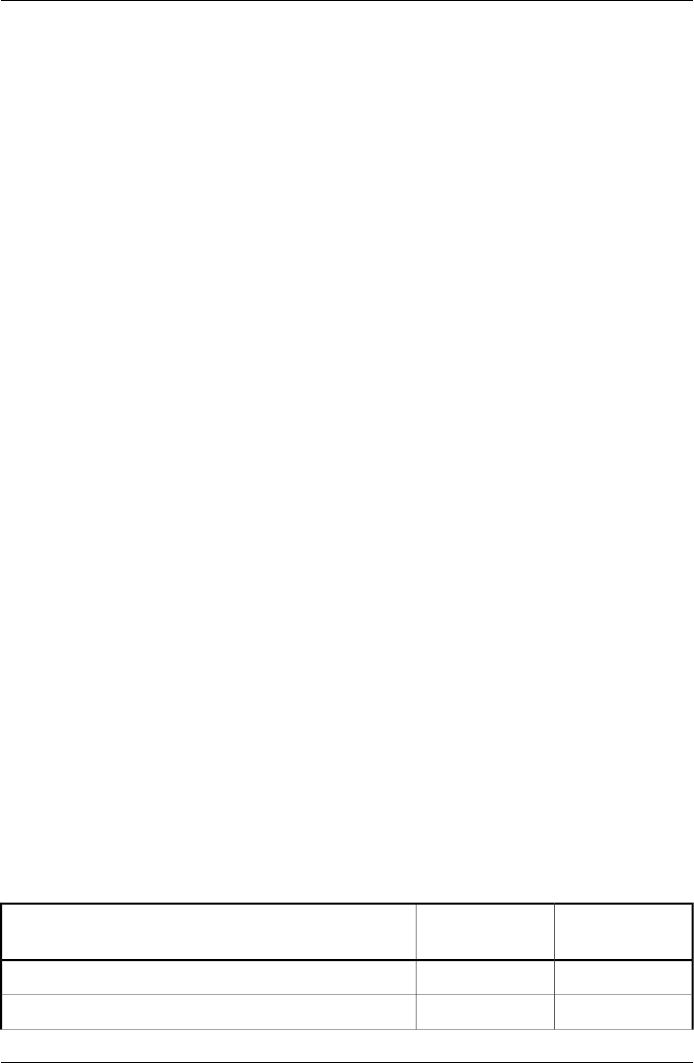
28.4.8.4.2 Alternative method using only surface temperatures
There are strong arguments for basing thermographic surveys on surface temperatures
alone, with no need to measure air temperature.
■Stratification inside the building makes reference to air internal temperatures very
difficult. Is it mean air temperature, low level, high level or temperature at the level
of the anomaly and how far from the wall should it be measured?
■Radiation effects, such as radiation to the night sky, make use of of external air
temperature difficult. It is not unusual for the outside surface of building fabric to
be below air temperature because of radiation to the sky which may be as low as
–50℃ (–58℉). This can be seen with the naked eye by the fact that dew and frost
often appear on building surfaces even when the air temperature does not drop
below the dewpoint.
■It should be noted that the concept of U values is based on ‘environmental temper-
atures’ on each side of the structure. This is neglected by many inexperienced
analysts.
■The two temperatures that are firmly related to the transfer of heat through building
fabric (and any solid) are the surface temperatures on each side.
■Therefore, by referring to surface temperatures the survey is more repeatable.
■The surface temperatures used are the averages of surface temperatures on the
same material in an area near the anomaly on the inside and the outside of the
fabric. Together with the temperature of the anomaly, a threshold level can be set
dependent on these temperatures using the critical surface temperature factor.
■These arguments do not obviate the need for the thermographer to beware of re-
flections of objects at unusual temperatures in the background facing the building
fabric surfaces.
■The thermographer should also use a comparison between external faces facing
different directions to determine whether there is residual heat from solar gain af-
fecting the external surfaces.
■External surveys should not be conducted on a surface where Tsi – Tso on the face
is more than 10% greater than Tsi – Tso on the north or nearest to north face.
■For a defect that causes a failure under the 0.75 condition of IP17/01 the critical
surface factors are 0.78 on the inside surface and 0.93 on the outside surface.
The table below shows the internal and external surface temperatures at an anomaly
which would lead to failure under IP17/01. It also shows the deterioration in thermal
insulation that is necessary to cause this.
Failing areaGood areaExample for lightweight built-up cladding with defective
insulation
00Outside temperature in ℃
15.019.1Inside surface temperature in ℃
Publ. No. T559598 Rev. a554 – ENGLISH (EN) – September 27, 2011 129
28 – Introduction to building thermography
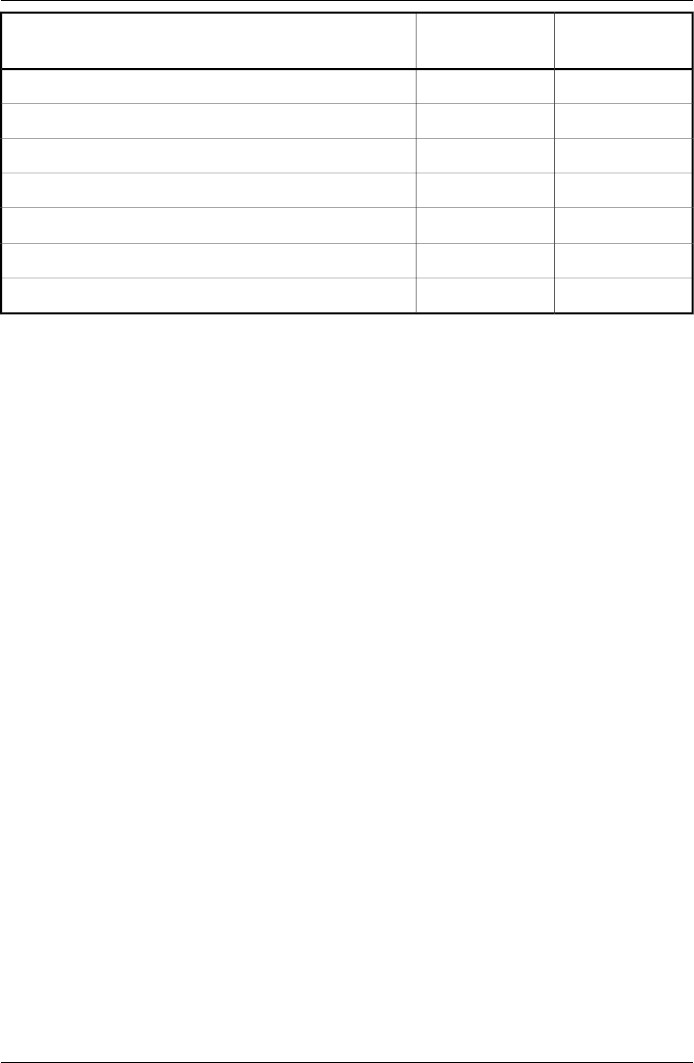
Failing areaGood areaExample for lightweight built-up cladding with defective
insulation
1.50.3Outside surface temperature in ℃
0.750.95Surface factor from IP17/01
0.92Critical external surface temperature factor, after IP17/01
5.180Insulation thickness to give this level of performance, mm
1.920.35Local U value W/m2K
0.78UKTA TN1 surface factor
0.93UKTA TN1 surface factor outside
Notes to the table
1Values of surface resistances taken from ADL2 2001, are:
■Inside surface 0.13 m2K/W
■Outside surface 0.04 m2K/W
These originate from BS EN ISO 6946 (BN EN ISO 6946:1997 Building components
and building elements - Thermal resistance and thermal transmittance - Calculation
method).
2Thermal insulation used here is assumed to have a conductivity of 0.03 W/m K.
3The difference in temperature between an anomaly and the good areas is 1.2 de-
grees on the outside and 4.1 degrees on the inside.
4The UKTA TN1 surface temperature factor for internal surveys is:
Fsi = (Tsia – Tso)/(Tsi – Tso)
where:
Tsia = internal surface temperature at anomaly
Tso = external surface temperature (good area)
Tsi = internal surface temperature (good area)
5The UKTA TN1 surface temperature factor for external surveys is:
Fso = (Tsoa – Tsi)/(Tso – Tsi)
where Tsoa = external surface temperature at anomaly
28.4.8.4.3 Selecting maximum acceptable defect area
The allowable area of defect is a quality control issue. It can be argued that there
should be no area on which condensation, mould growth or defective insulation will
occur and any such anomalies should be included in the report. However, a commonly
used value of 0.1% of the building exposed surface area is generally accepted as the
maximum combined defect area allowable to comply with the Building Regulations.
This represents one square metre in every thousand.
130 Publ. No. T559598 Rev. a554 – ENGLISH (EN) – September 27, 2011
28 – Introduction to building thermography
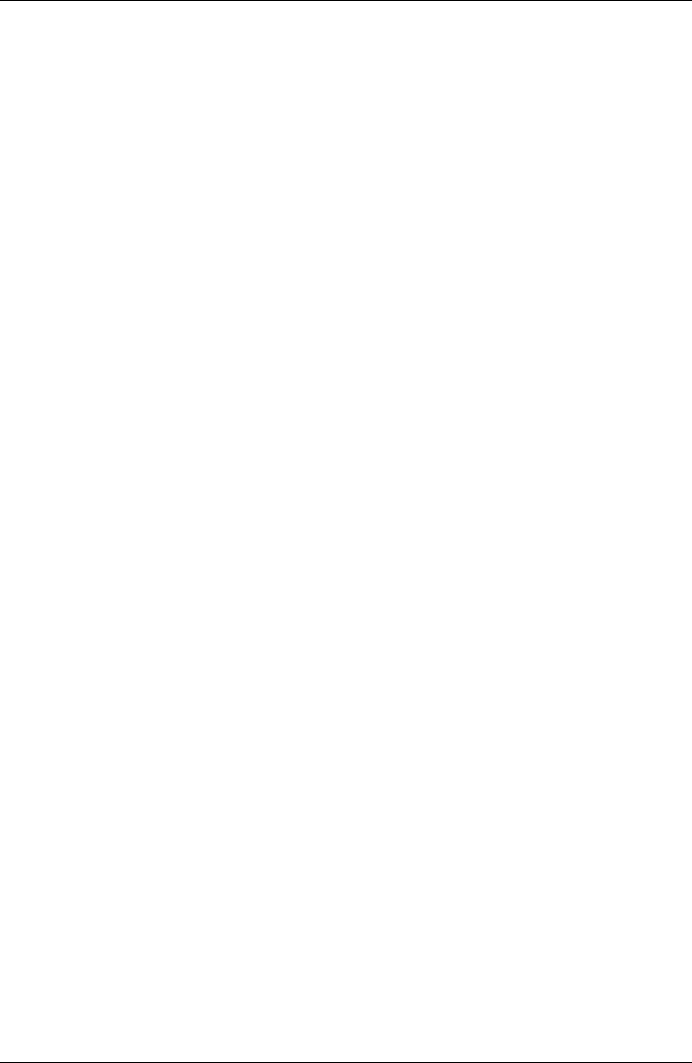
28.4.8.4.4 Measuring surface temperature
Measurement of surface temperature is the function of the infrared imaging system.
The trained thermographer will recognise, account for and report on the variation of
emissivity and reflectivity of the surfaces under consideration.
28.4.8.4.5 Measuring area of the defects
Measurement of defect area can be performed by pixel counting in the thermal anal-
ysis software or most spreadhseet packages provided that:
■the distance from camera to object is accurately measured probably using a laser
measurement system,
■the target distance should take into account the IFOV of the imaging system,
■any angular change between the camera and the object surface from the perpen-
dicular is accounted for.
Buildings consist of numerous construction features that are not conducive to quan-
titative surveys including windows, roof lights, luminaries, heat emitters, cooling
equipment, service pipes and electrical conductors. However, the joints and connec-
tions between these objects and the building envelope should be considered as part
of the survey.
28.4.8.5 Conditions and equipment
To achieve best results from a thermal insulation survey it is important to consider
the environmental conditions and to use the most appropriate thermographic technique
for the task.
Thermal anomalies will only present themselves to the thermographer where temper-
ature differences exist and environmental phenomena are accounted for. As a mini-
mum, the following conditions should be complied with:
■Temperature differences across the building fabric to be greater than 10℃ (18℉).
■Internal air to ambient air temperature difference to be greater than 5℃ (9℉) for
the last twentyfour hours before survey.
■External air temperature to be within ±3℃ (±5.4℉) for duration of survey and for
the previous hour.
■External air temperature to be within ±10℃ (±18℉) for the preceding twentyfour
hours.
In addition, external surveys should also comply with the following:
■Necessary surfaces free from direct solar radiation and the residual effects of past
solar radiation. This can be checked by comparing the surface temperatures of
opposite sides of the building.
■No precipitation either just prior to or during the survey.
■Ensure all building surfaces to be inspected are dry.
Publ. No. T559598 Rev. a554 – ENGLISH (EN) – September 27, 2011 131
28 – Introduction to building thermography
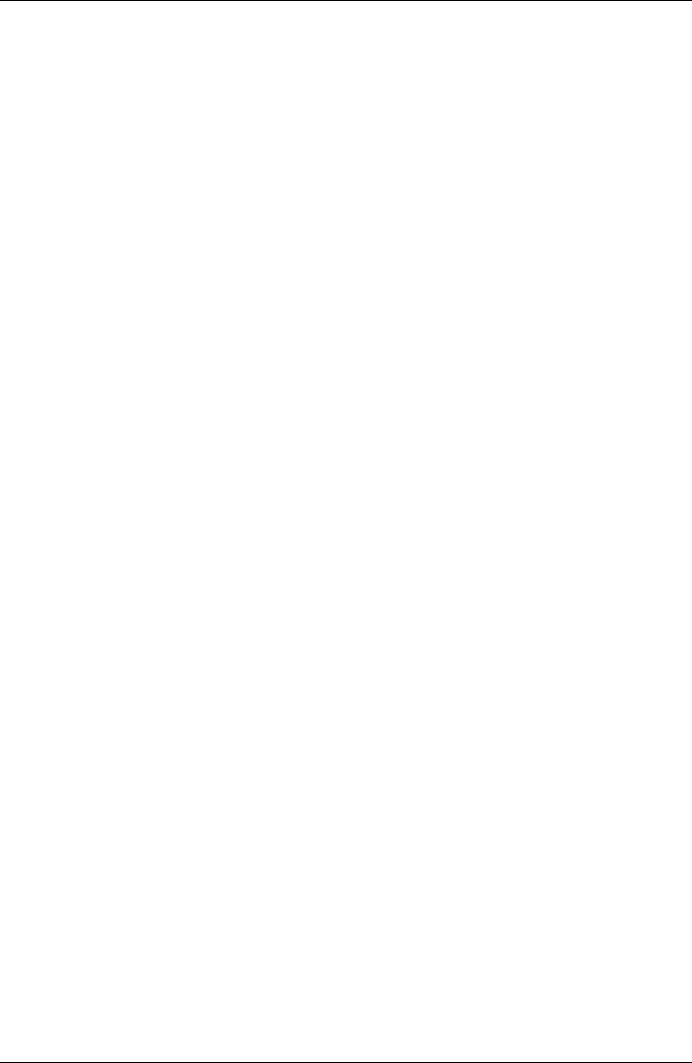
■Wind speed to be less than 10 metres / second (19.5 kn.).
As well as temperature, there are other environmental conditions that should also be
taken into account when planning a thermographic building survey. External inspec-
tions, for example, may be influenced by radiation emissions and reflections from
adjacent buildings or a cold clear sky, and even more significantly the heating effect
that the sun may have on surface.
Additionally, where background temperatures differ from air temperatures either inter-
nally or externally by more than 5 K, then background temperatures should be mea-
sured on all effected surfaces to allow surface temperature to be measured with suf-
ficient accuracy.
28.4.8.6 Survey and analysis
The following provides some operational guidance to the thermographic operator.
The survey must collect sufficient thermographic information to demonstrate that all
surfaces have been inspected in order that all thermal anomalies are reported and
evaluated.
Initially, environmental data must be collected, as with any thermographic survey in-
cluding:
■Internal temperature in the region of the anomaly.
■External temperature in the region of the anomaly.
■Emissivity of the surface.
■Background temperature.
■Distance from the surface.
By interpolation, determine the threshold temperature to be used.
■For internal surveys the threshold surface temperature (Tsia) is Tsia = fsi(Tsi – Tso)
+ Tso. The thermographer will be looking for evidence of surface temperature below
this threshold.
■For external surveys the threshold temperature (Tsoa) is Tsoa = fso(Tso – Tsi) + Tsi.
The thermographer will be looking for evidence of surface temperature above this
threshold.
Images of anomalies must be captured in such a way that they are suitable for analysis:
■The image is square to any features of the wall or roof.
■The viewing angle is nearly perpendicular to the surface being imaged. Interfering
sources of infrared radiation such as lights, heat emitters, electric conductors, re-
flective elements are minimised.
The method of analysis will depend somewhat on analysis software used, but the key
stages are as follows:
132 Publ. No. T559598 Rev. a554 – ENGLISH (EN) – September 27, 2011
28 – Introduction to building thermography
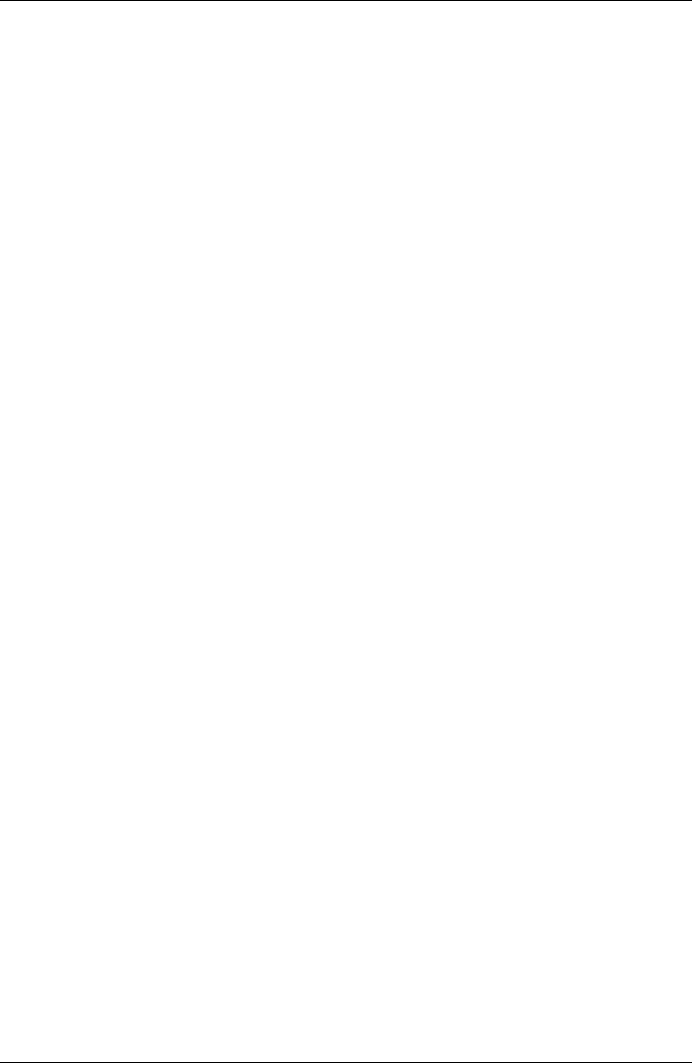
Produce an image of each anomaly or cluster of anomalies.
■Use a software analysis tool to enclose the anomalous area within the image, taking
care not to include construction details that are to be excluded.
■Calculate the area below the threshold temperature for internal surveys or above
the threshold temperature for external surveys. This is the defect area. Some
anomalies that appeared to be defects at the time of the survey may not show defect
areas at this stage.
■Add the defect areas from all the images ∑Ad.
■Calculate the total area of exposed building fabric. This is the surface area of all
the walls and roof. It is conventional to use the external surface area. For a simple
shape building this is calculated from overall width, length and height.
At= (2h(L + w)) + (Lw)
■Identify the critical defect area Ac. Provisionally this is set at one thousandth or
0.1% of the total surface area.
Ac= At/1000
■If ∑Ad< Acthe building as a whole can be considered to have ‘reasonably contin-
uous’ insulation.
28.4.8.7 Reporting
Reports should certificate a pass/fail result, comply with customers requirements and
as a minimum include the information required by BSEN 13187. The following data
is normally required so that survey can be repeated following remedial action.
■Background to the objective and principles of the test.
■Location, orientation, date and time of survey.
■A unique identifying reference.
■Thermographer’s name and qualifications.
■Type of construction.
■Weather conditions, wind speed and direction, last precipitation, sunshine, degree
of cloud cover.
■Ambient temperatures inside and outside before, at the beginning of survey and
the time of each image. Air temperature and radiant temperature should be
recorded.
■Statement of any deviation from relevant test requirements.
■Equipment used, last calibration date, any knows defects.
■Name, affiliation and qualifications of tester.
■Type, extent and position of each observed defect.
■Results of any supplementary measurements and investigations.
■Reports should be indexed and archived by thermographers.
28.4.8.7.1 Considerations and limitations
The choice between internal and external surveys will depend on:
Publ. No. T559598 Rev. a554 – ENGLISH (EN) – September 27, 2011 133
28 – Introduction to building thermography
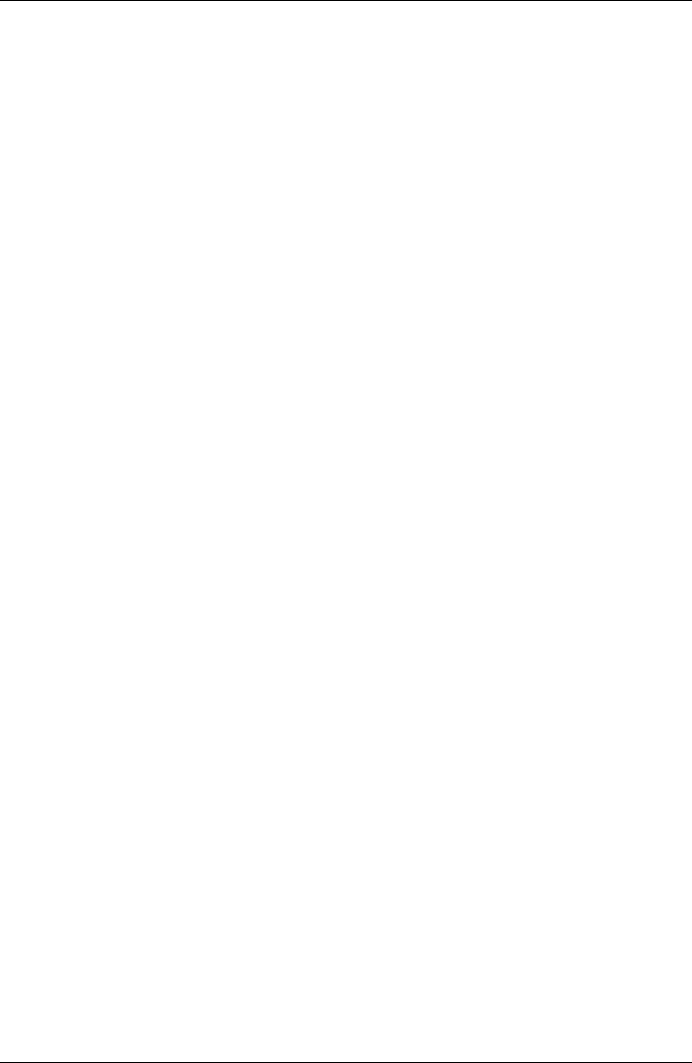
■Access to the surface. Buildings where both the internal and the external surfaces
are obscured, e.g., by false ceilings racking or materials stacked against walls may
not be amenable to this type of survey.
■Location of the thermal insulation. Surveys are usually more effective from the side
nearest to the thermal insulation.
■Location of heavyweight materials. Surveys are usually less effective from the side
nearest to the heavyweight material.
■The purpose of the survey. If the survey aims to show risk of condensation and
mould growth it should be internal.
■Location of glass, bare metal or other materials that may be highly reflective. Surveys
are usually less effective on highly reflective surfaces.
■A defect will usually produce a smaller temperature difference on the outside of a
wall exposed to external air movement. However, missing or defective insulation
near the external surface can often be more readily indentified externally.
134 Publ. No. T559598 Rev. a554 – ENGLISH (EN) – September 27, 2011
28 – Introduction to building thermography
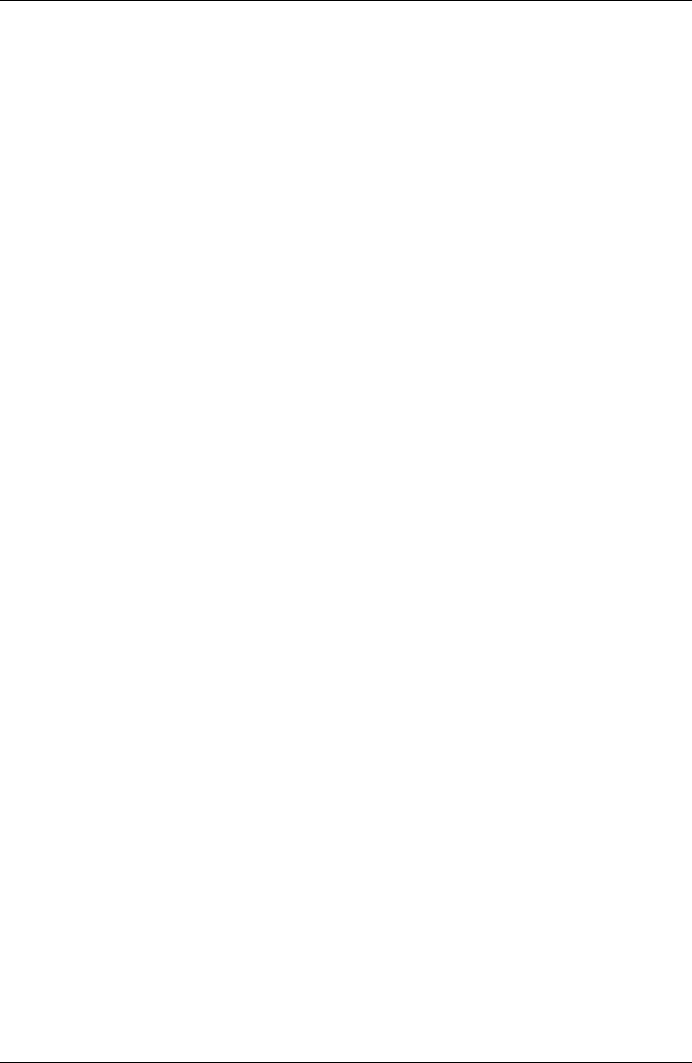
29 Introduction to thermographic
inspections of electrical
installations
29.1 Important note
All camera functions and features that are described in this section may not be sup-
ported by your particular camera configuration.
Electrical regulations differ from country to country. For that reason, the electrical
procedures described in this section may not be the standard of procedure in your
particular country. Also, in many countries carrying out electrical inspections requires
formal qualification. Always consult national or regional electrical regulations.
29.2 General information
29.2.1 Introduction
Today, thermography is a well-established technique for the inspection of electrical
installations. This was the first and still is the largest. the largest application of ther-
mography. The infrared camera itself has gone through an explosive development
and we can say that today, the 8th generation of thermographic systems is available.
It all began in 1964, more than 40 years ago. The technique is now established
throughout the whole world. Industrialized countries as well as developing countries
have adopted this technique.
Thermography, in conjunction with vibration analysis, has over the latest decades
been the main method for fault diagnostics in the industry as a part of the preventive
maintenance program. The great advantage with these methods is that it is not only
possible to carry out the inspection on installations in operation; normal working
condition is in fact a prerequisite for a correct measurement result, so the ongoing
production process is not disturbed. Thermographic inspection of electrical installations
are used in three main areas:
■Power generation
■Power transmission
■Power distribution, that is, industrial use of electrical energy.
The fact that these controls are carried out under normal operation conditions has
created a natural division between these groups. The power generation companies
measure during the periods of high load. These periods vary from country to country
Publ. No. T559598 Rev. a554 – ENGLISH (EN) – September 27, 2011 135
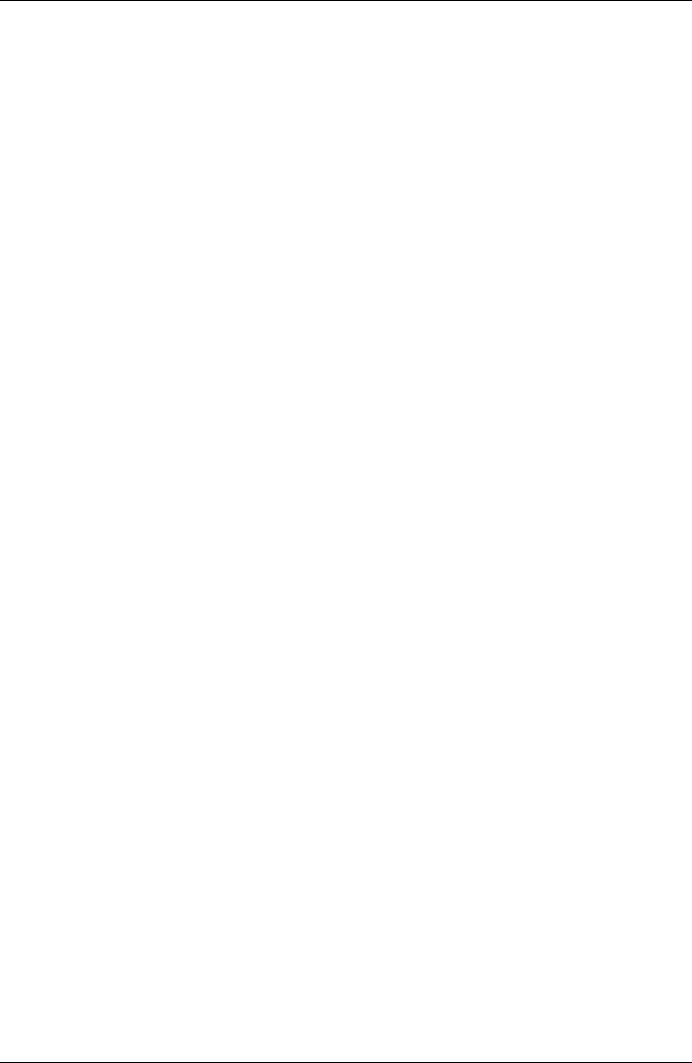
and for the climatic zones. The measurement periods may also differ depending on
the type of plant to be inspected, whether they are hydroelectric, nuclear, coal-based
or oil-based plants.
In the industry the inspections are—at least in Nordic countries with clear seasonal
differences—carried out during spring or autumn or before longer stops in the oper-
ation. Thus, repairs are made when the operation is stopped anyway. However, this
seems to be the rule less and less, which has led to inspections of the plants under
varying load and operating conditions.
29.2.2 General equipment data
The equipment to be inspected has a certain temperature behavior that should be
known to the thermographer before the inspection takes place. In the case of electrical
equipment, the physical principle of why faults show a different temperature pattern
because of increased resistance or increased electrical current is well known.
However, it is useful to remember that, in some cases, for example solenoids, ‘over-
heating’ is natural and does not correspond to a developing defect. In other cases,
like the connections in electrical motors, the overheating might depend on the fact
that the healthy part is taking the entire load and therefore becomes overheated.
A similar example is shown in section 29.5.7 – Overheating in one part as a result of
a fault in another on page 151.
Defective parts of electrical equipment can therefore both indicate overheating and
be cooler than the normal ‘healthy’ components. It is necessary to be aware of what
to expect by getting as much information as possible about the equipment before it
is inspected.
The general rule is, however, that a hot spot is caused by a probable defect. The
temperature and the load of that specific component at the moment of inspection will
give an indication of how serious the fault is and can become in other conditions.
Correct assessment in each specific case demands detailed information about the
thermal behavior of the components, that is, we need to know the maximum allowed
temperature of the materials involved and the role the component plays in the system.
Cable insulations, for example, lose their insulation properties above a certain tem-
perature, which increases the risk of fire.
In the case of breakers, where the temperature is too high, parts can melt and make
it impossible to open the breaker, thereby destroying its functionality.
136 Publ. No. T559598 Rev. a554 – ENGLISH (EN) – September 27, 2011
29 – Introduction to thermographic inspections of electrical installations
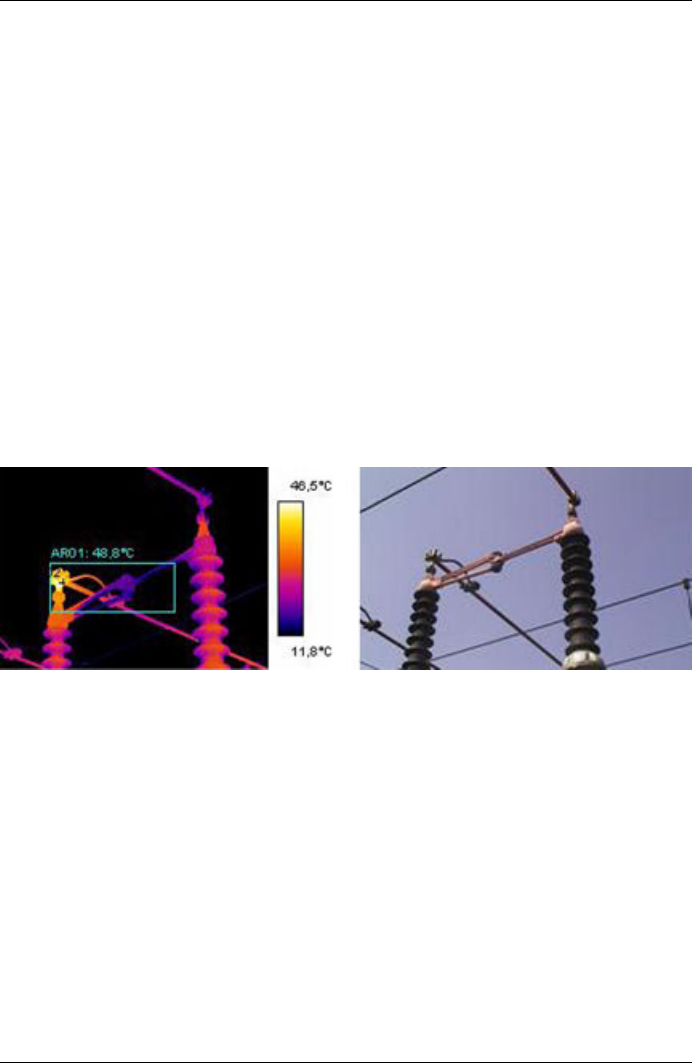
The more the IR camera operator knows about the equipment that he or she is about
to inspect, the higher the quality of the inspection. But it is virtually impossible for an
IR thermographer to have detailed knowledge about all the different types of equipment
that can be controlled. It is therefore common practice that a person responsible for
the equipment is present during the inspection.
29.2.3 Inspection
The preparation of the inspection should include the choice of the right type of report.
It is often necessary to use complementary equipment such as ampere meters in order
to measure the current in the circuits where defects were found. An anemometer is
necessary if you want to measure the wind speed at inspection of outdoor equipment.
Automatic functions help the IR operator to visualize an IR image of the components
with the right contrast to allow easy identification of a fault or a hot spot. It is almost
impossible to miss a hot spot on a scanned component. A measurement function will
also automatically display the hottest spot within an area in the image or the difference
between the maximum temperature in the chosen area and a reference, which can
be chosen by the operator, for example the ambient temperature.
10712703;a3
Figure 29.1 An infrared and a visual image of a power line isolator
When the fault is clearly identified and the IR thermographer has made sure that it is
not a reflection or a naturally occurring hot spot, the collection of the data starts, which
will allow the correct reporting of the fault. The emissivity, the identification of the
component, and the actual working conditions, together with the measured tempera-
ture, will be used in the report. In order to make it easy to identify the component a
visual photo of the defect is often taken.
29.2.4 Classification & reporting
Reporting has traditionally been the most time-consuming part of the IR survey. A
one-day inspection could result in one or two days’ work to report and classify the
found defects. This is still the case for many thermographers, who have chosen not
to use the advantages that computers and modern reporting software have brought
to IR condition monitoring.
Publ. No. T559598 Rev. a554 – ENGLISH (EN) – September 27, 2011 137
29 – Introduction to thermographic inspections of electrical installations
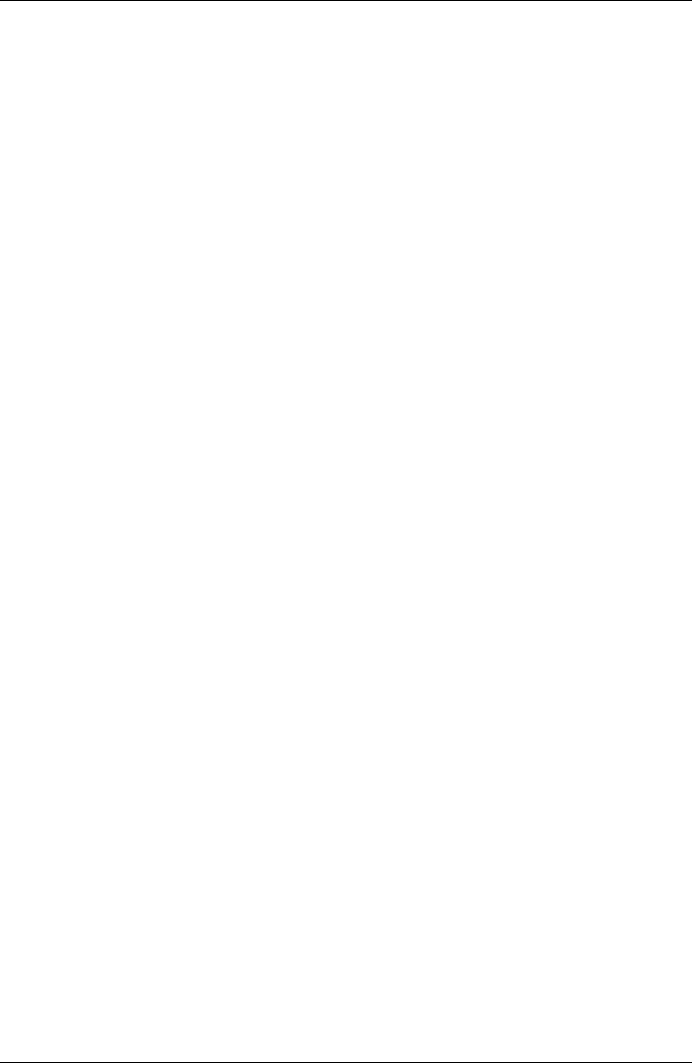
The classification of the defects gives a more detailed meaning that not only takes
into account the situation at the time of inspection (which is certainly of great impor-
tance), but also the possibility to normalize the over-temperature to standard load
and ambient temperature conditions.
An over-temperature of +30°C (+86°F) is certainly a significant fault. But if that over-
temperature is valid for one component working at 100% load and for another at 50%
load, it is obvious that the latter will reach a much higher temperature should its load
increase from 50% to 100%. Such a standard can be chosen by the plant’s circum-
stances. Very often, however, temperatures are predicted for 100% load. A standard
makes it easier to compare the faults over time and thus to make a more complete
classification.
29.2.5 Priority
Based on the classification of the defects, the maintenance manager gives the defects
a repair priority. Very often, the information gathered during the infrared survey is put
together with complementary information on the equipment collected by other means
such as vibration monitoring, ultrasound or the preventive maintenance scheduled.
Even if the IR inspection is quickly becoming the most used method of collecting in-
formation about electrical components safely with the equipment under normal oper-
ating conditions, there are many other sources of information the maintenance or the
production manager has to consider.
The priority of repair should therefore not be a task for the IR camera operator in the
normal case. If a critical situation is detected during the inspection or during the
classification of the defects, the attention of the maintenance manager should of
course be drawn to it, but the responsibility for determining the urgency of the repair
should be his.
29.2.6 Repair
To repair the known defects is the most important function of preventive maintenance.
However, to assure production at the right time or at the right cost can also be impor-
tant goals for a maintenance group. The information provided by the infrared survey
can be used to improve the repair efficiency as well as to reach the other goals with
a calculated risk.
To monitor the temperature of a known defect that can not be repaired immediately
for instance because spare parts are not available, can often pay for the cost of in-
spection a thousandfold and sometimes even for the IR camera. To decide not to
repair known defects to save on maintenance costs and avoid unnecessary downtime
is also another way of using the information from the IR survey in a productive way.
138 Publ. No. T559598 Rev. a554 – ENGLISH (EN) – September 27, 2011
29 – Introduction to thermographic inspections of electrical installations
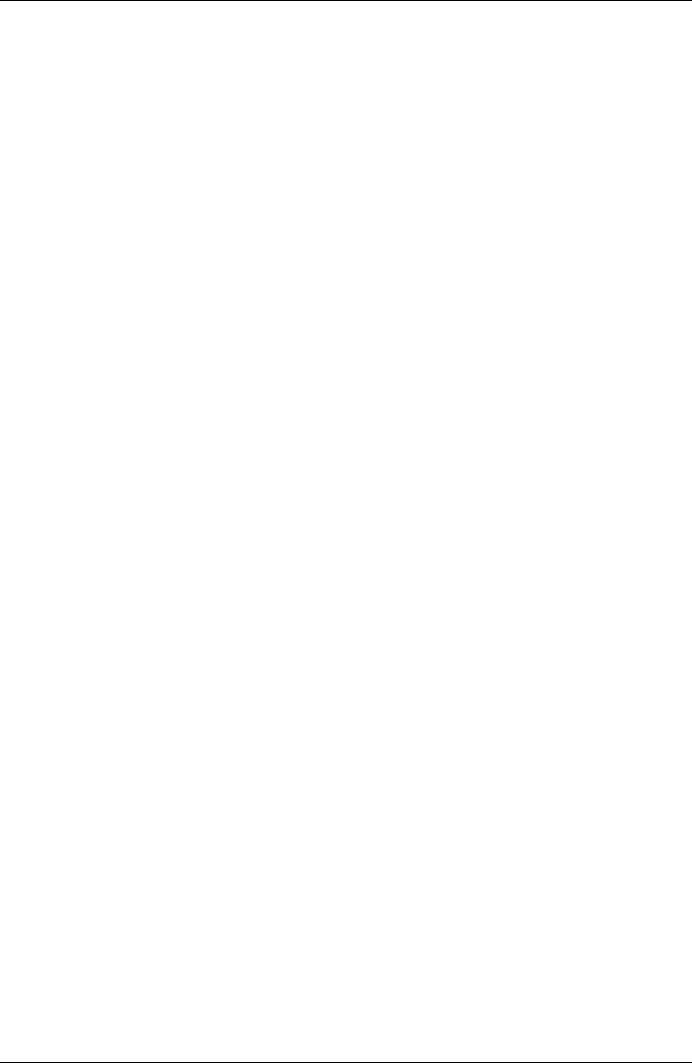
However, the most common result of the identification and classification of the detected
faults is a recommendation to repair immediately or as soon as it is practically possible.
It is important that the repair crew is aware of the physical principles for the identifica-
tion of defects. If a defect shows a high temperature and is in a critical situation, it is
very common that the repair personnel expect to find a highly corroded component.
It should also come as no surprise to the repair crew that a connection, which is
usually healthy, can give the same high temperatures as a corroded one if it has come
loose. These misinterpretations are quite common and risk putting in doubt the relia-
bility of the infrared survey.
29.2.7 Control
A repaired component should be controlled as soon as possible after the repair. It is
not efficient to wait for the next scheduled IR survey in order to combine a new inspec-
tion with the control of the repaired defects. The statistics on the effect of the repair
show that up to a third of the repaired defects still show overheating. That is the same
as saying that those defects present a potential risk of failure.
To wait until the next scheduled IR survey represents an unnecessary risk for the
plant.
Besides increasing the efficiency of the maintenance cycle (measured in terms of
lower risk for the plant) the immediate control of the repair work brings other advan-
tages to the performance of the repair crew itself.
When a defect still shows overheating after the repair, the determination of the cause
of overheating improves the repair procedure, helps choose the best component
suppliers and detect design shortcomings on the electrical installation. The crew
rapidly sees the effect of the work and can learn quickly both from successful repairs
and from mistakes.
Another reason to provide the repair crew with an IR instrument is that many of the
defects detected during the IR survey are of low gravity. Instead of repairing them,
which consumes maintenance and production time, it can be decided to keep these
defects under control. Therefore the maintenance personnel should have access to
their own IR equipment.
It is common to note on the report form the type of fault observed during the repair
as well as the action taken. These observations make an important source of experi-
ence that can be used to reduce stock, choose the best suppliers or to train new
maintenance personnel.
Publ. No. T559598 Rev. a554 – ENGLISH (EN) – September 27, 2011 139
29 – Introduction to thermographic inspections of electrical installations
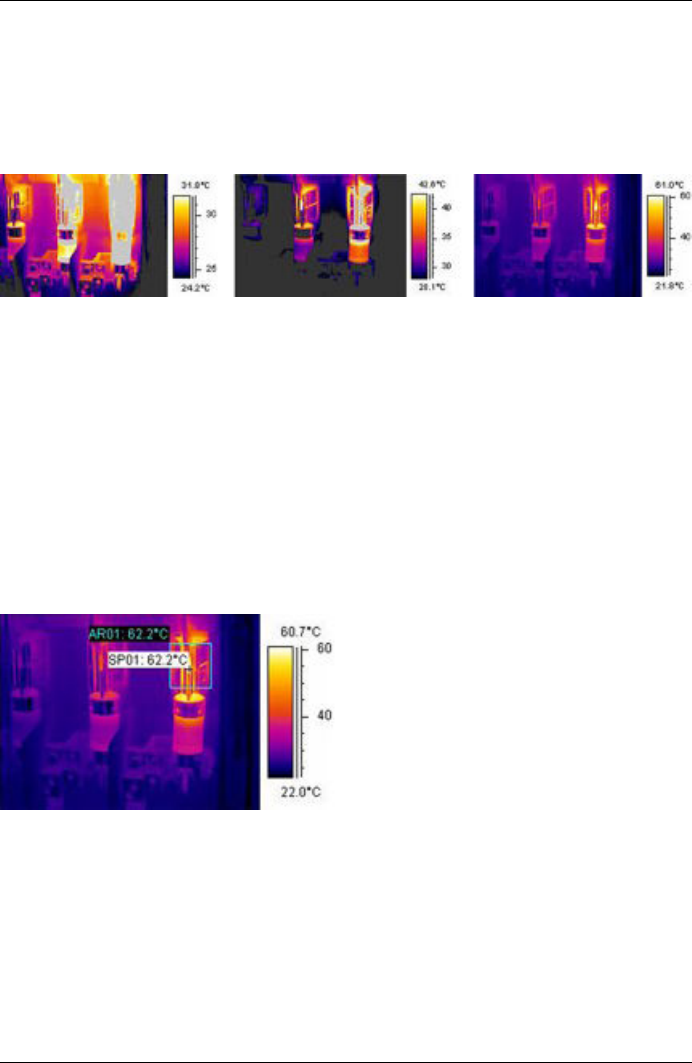
29.3 Measurement technique for thermographic inspection
of electrical installations
29.3.1 How to correctly set the equipment
A thermal image may show high temperature variations:
10712803;a4
Figure 29.2 Temperature variations in a fusebox
In the images above, the fuse to the right has a maximum temperature of +61°C
(+142°F), whereas the one to the left is maximum +32°C (+90°F) and the one in the
middle somewhere in between. The three images are different inasmuch as the tem-
perature scale enhances only one fuse in each image. However, it is the same image
and all the information about all three fuses is there. It is only a matter of setting the
temperature scale values.
29.3.2 Temperature measurement
Some cameras today can automatically find the highest temperature in the image.
The image below shows how it looks to the operator.
10712903;a3
Figure 29.3 An infrared image of a fusebox where the maximum temperature is displayed
The maximum temperature in the area is +62.2°C (+144.0°F). The spot meter shows
the exact location of the hot spot. The image can easily be stored in the camera
memory.
The correct temperature measurement depends, however, not only on the function
of the evaluation software or the camera. It may happen that the actual fault is, for
example, a connection, which is hidden from the camera in the position it happens
140 Publ. No. T559598 Rev. a554 – ENGLISH (EN) – September 27, 2011
29 – Introduction to thermographic inspections of electrical installations
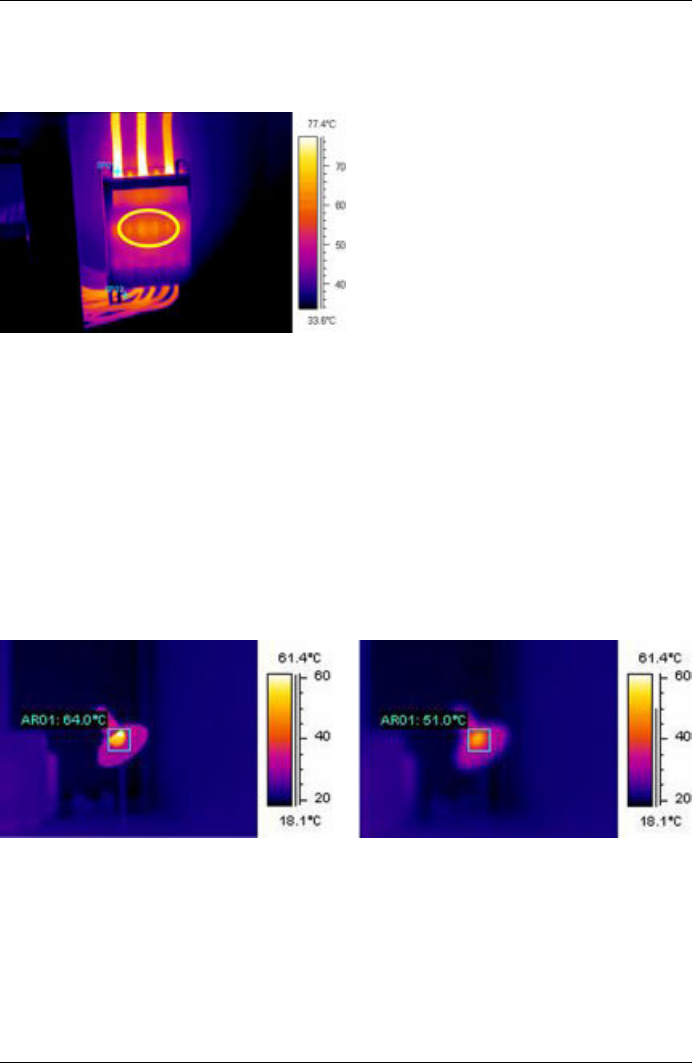
to be in for the moment. It might be so that you measure heat, which has been con-
ducted over some distance, whereas the ‘real’ hot spot is hidden from you. An example
is shown in the image below.
10717603;a3
Figure 29.4 A hidden hot spot inside a box
Try to choose different angles and make sure that the hot area is seen in its full size,
that is, that it is not disappearing behind something that might hide the hottest spot.
In this image, the hottest spot of what the camera can ‘see’, is +83°C (+181°F), where
the operating temperature on the cables below the box is +60°C (+140°F). However,
the real hot spot is most probably hidden inside the box, see the in yellow encircled
area. This fault is reported as a +23.0°C (+41.4°F) excess temperature, but the real
problem is probably essentially hotter.
Another reason for underestimating the temperature of an object is bad focusing. It
is very important that the hot spot found is in focus. See the example below.
10717403;a2
Figure 29.5 LEFT: A hot spot in focus; RIGHT: A hot spot out of focus
In the left image, the lamp is in focus. Its average temperature is +64°C (+147°F). In
the right image, the lamp is out of focus, which will result in only +51°C (+124°F) as
the average temperature.
Publ. No. T559598 Rev. a554 – ENGLISH (EN) – September 27, 2011 141
29 – Introduction to thermographic inspections of electrical installations
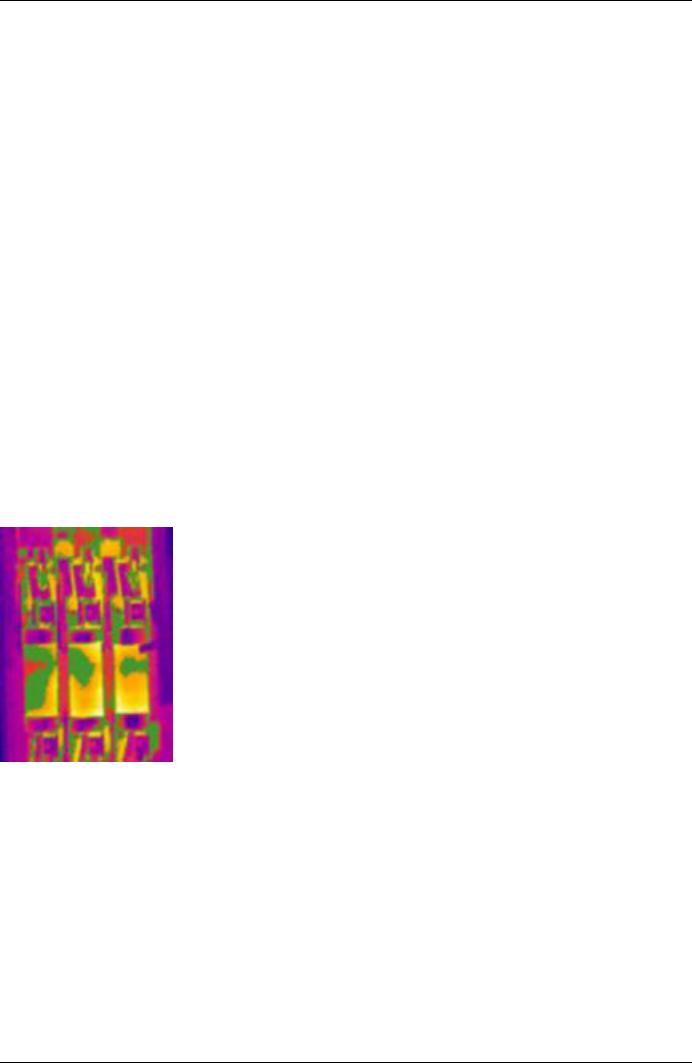
29.3.3 Comparative measurement
For thermographic inspections of electrical installations a special method is used,
which is based on comparison of different objects, so-called measurement with a
reference. This simply means that you compare the three phases with each other.
This method needs systematic scanning of the three phases in parallel in order to
assess whether a point differs from the normal temperature pattern.
A normal temperature pattern means that current carrying components have a given
operation temperature shown in a certain color (or gray tone) on the display, which
is usually identical for all three phases under symmetrical load. Minor differences in
the color might occur in the current path, for example, at the junction of two different
materials, at increasing or decreasing conductor areas or on circuit breakers where
the current path is encapsulated.
The image below shows three fuses, the temperatures of which are very close to each
other. The inserted isotherm actually shows less than +2°C (+3.6°F) temperature
difference between the phases.
Different colors are usually the result if the phases are carrying an unsymmetrical
load. This difference in colors does not represent any overheating since this does not
occur locally but is spread along the whole phase.
10713203;a3
Figure 29.6 An isotherm in an infrared image of a fusebox
A ‘real’ hot spot, on the other hand, shows a rising temperature as you look closer
to the source of the heat. See the image below, where the profile (line) shows a
steadily increasing temperature up to about +93°C (+199°F) at the hot spot.
142 Publ. No. T559598 Rev. a554 – ENGLISH (EN) – September 27, 2011
29 – Introduction to thermographic inspections of electrical installations
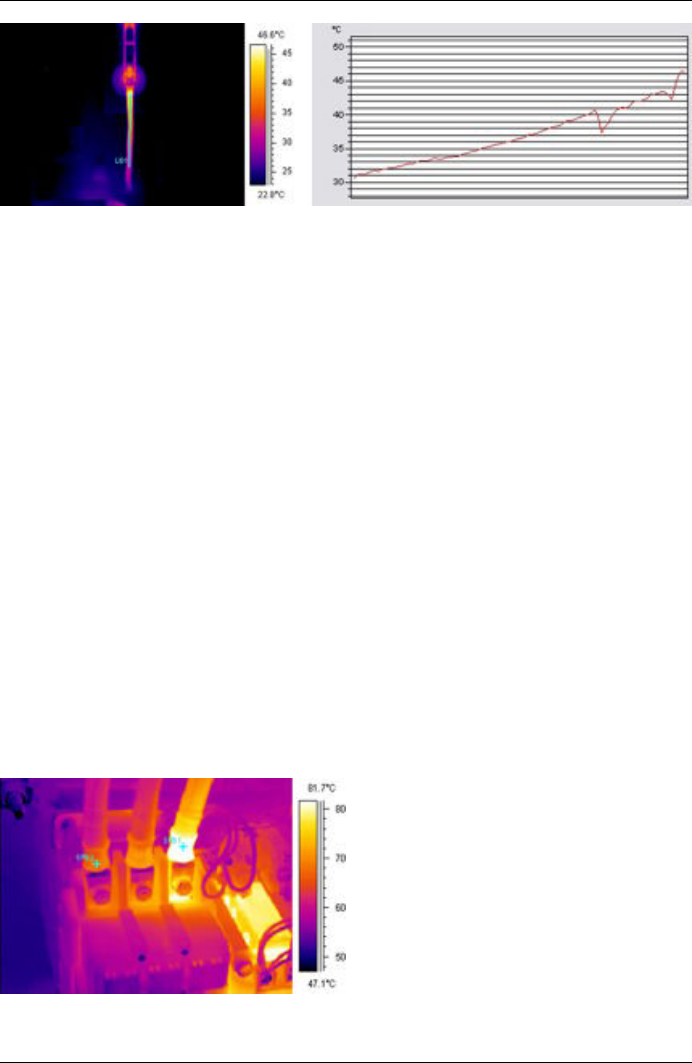
10713303;a4
Figure 29.7 A profile (line) in an infrared image and a graph displaying the increasing temperature
29.3.4 Normal operating temperature
Temperature measurement with thermography usually gives the absolute temperature
of the object. In order to correctly assess whether the component is too hot, it is
necessary to know its operating temperature, that is, its normal temperature if we
consider the load and the temperature of its environment.
As the direct measurement will give the absolute temperature—which must be con-
sidered as well (as most components have an upper limit to their absolute tempera-
tures)—it is necessary to calculate the expected operating temperature given the load
and the ambient temperature. Consider the following definitions:
■Operating temperature: the absolute temperature of the component. It depends
on the current load and the ambient temperature. It is always higher than the am-
bient temperature.
■Excess temperature (overheating): the temperature difference between a properly
working component and a faulty one.
The excess temperature is found as the difference between the temperature of a
‘normal’ component and the temperature of its neighbor. It is important to compare
the same points on the different phases with each other.
As an example, see the following image taken from indoor equipment:
10713403;a4
Figure 29.8 An infrared image of indoor electrical equipment (1).
Publ. No. T559598 Rev. a554 – ENGLISH (EN) – September 27, 2011 143
29 – Introduction to thermographic inspections of electrical installations
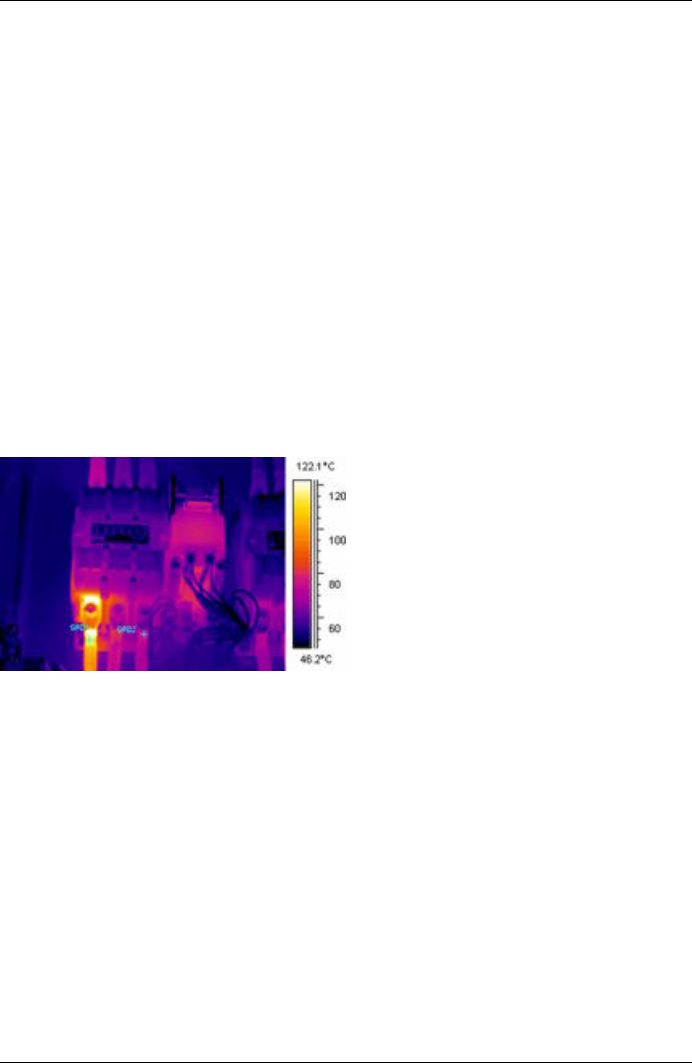
The two left phases are considered as normal, whereas the right phase shows a very
clear excess temperature. Actually, the operating temperature of the left phase is
+68°C (+154°F), that is, quite a substantial temperature, whereas the faulty phase
to the right shows a temperature of +86°C (+187°F). This means an excess temper-
ature of +18°C (+33°F), that is, a fault that has to be attended to quickly.
For practical reasons, the (normal, expected) operating temperature of a component
is taken as the temperature of the components in at least two out of three phases,
provided that you consider them to be working normally.. The ‘most normal’ case is
of course that all three phases have the same or at least almost the same temperature.
The operating temperature of outdoor components in substations or power lines is
usually only 1°C or 2°C above the air temperature (1.8°F or 3.6°F). In indoor substa-
tions, the operating temperatures vary a lot more.
This fact is clearly shown by the image below as well. Here the left phase is the one,
which shows an excess temperature. The operating temperature, taken from the two
‘cold’ phases, is +66°C (+151°F). The faulty phase shows a temperature of +127°C
(+261°F), which has to be attended to without delay.
10713503;a5
Figure 29.9 An infrared image of indoor electrical equipment (2).
29.3.5 Classification of faults
Once a faulty connection is detected, corrective measures may be necessary—or
may not be necessary for the time being. In order to recommend the most appropriate
action the following criteria should be evaluated:
■Load during the measurement
■Even or varying load
■Position of the faulty part in the electrical installation
■Expected future load situation
■Is the excess temperature measured directly on the faulty spot or indirectly through
conducted heat caused by some fault inside the apparatus?
144 Publ. No. T559598 Rev. a554 – ENGLISH (EN) – September 27, 2011
29 – Introduction to thermographic inspections of electrical installations
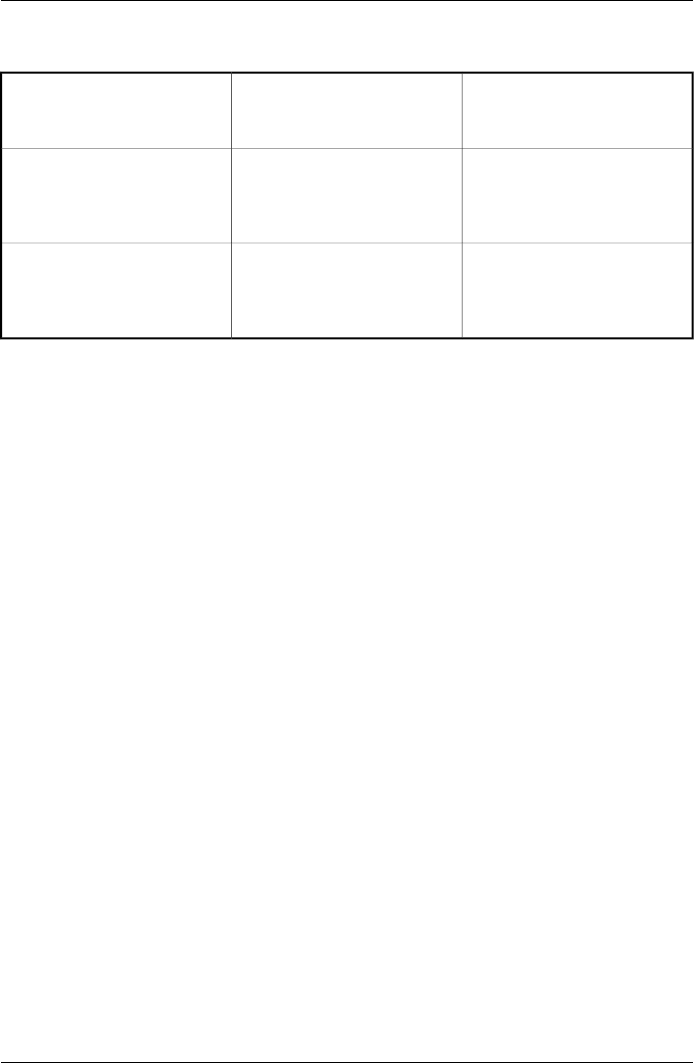
Excess temperatures measured directly on the faulty part are usually divided into
three categories relating to 100% of the maximum load.
The start of the overheat condi-
tion. This must be carefully
monitored.
< 5°C (9°F)I
Developed overheating. It must
be repaired as soon as possible
(but think about the load situa-
tion before a decision is made).
5–30°C (9–54°F)II
Acute overheating. Must be re-
paired immediately (but think
about the load situation before
a decision is made).
>30°C (54°F)III
Publ. No. T559598 Rev. a554 – ENGLISH (EN) – September 27, 2011 145
29 – Introduction to thermographic inspections of electrical installations
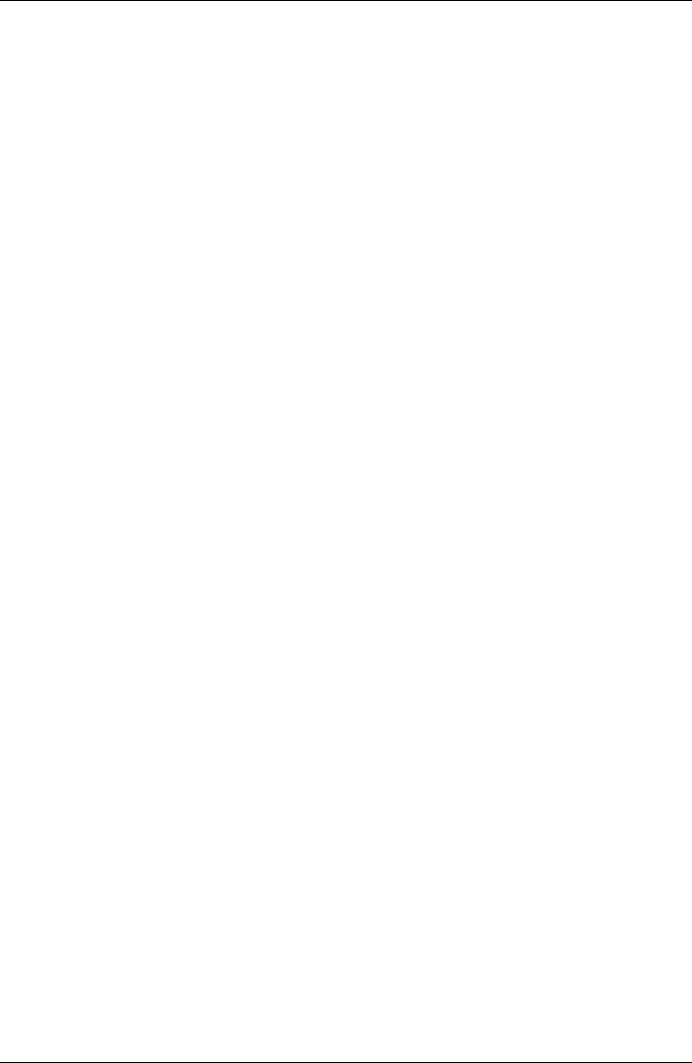
29.4 Reporting
Nowadays, thermographic inspections of electrical installations are probably, without
exception, documented and reported by the use of a report program. These programs,
which differ from one manufacturer to another, are usually directly adapted to the
cameras and will thus make reporting very quick and easy.
The program, which has been used for creating the report page shown below, is
called FLIR Reporter. It is adapted to several types of infrared cameras from FLIR
Systems.
A professional report is often divided into two sections:
■Front pages, with facts about the inspection, such as:
■Who the client is, for example, customer’s company name and contact person
■Location of the inspection: site address, city, and so on
■Date of inspection
■Date of report
■Name of thermographer
■Signature of thermographer
■Summary or table of contents
■Inspection pages containing IR images to document and analyze thermal properties
or anomalies.
■Identification of the inspected object:
■What is the object: designation, name, number, and so on
■Photo
■IR image. When collecting IR images there are some details to consider:
■Optical focus
■Thermal adjustment of the scene or the problem (level & span)
■Composition: proper observation distance and viewing angle.
■Comment
■Is there an anomaly or not?
■Is there a reflection or not?
■Use a measurement tool—spot, area or isotherm—to quantify the problem.
Use the simplest tool possible; a profile graph is almost never needed in
electrical reports.
146 Publ. No. T559598 Rev. a554 – ENGLISH (EN) – September 27, 2011
29 – Introduction to thermographic inspections of electrical installations
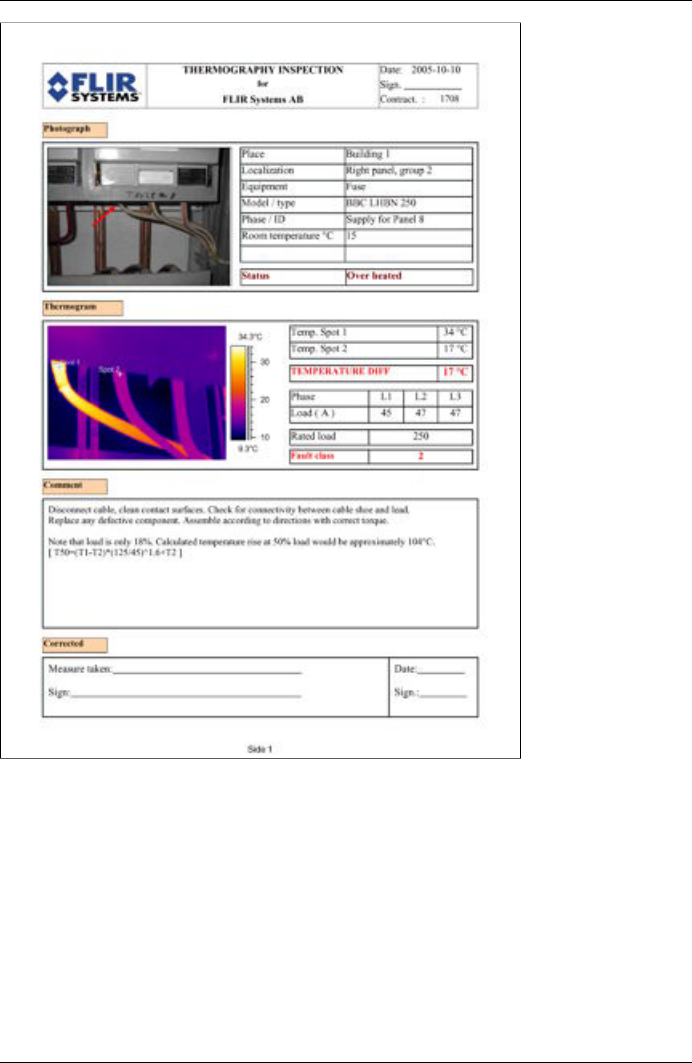
10713603;a3
Figure 29.10 A report example
Publ. No. T559598 Rev. a554 – ENGLISH (EN) – September 27, 2011 147
29 – Introduction to thermographic inspections of electrical installations
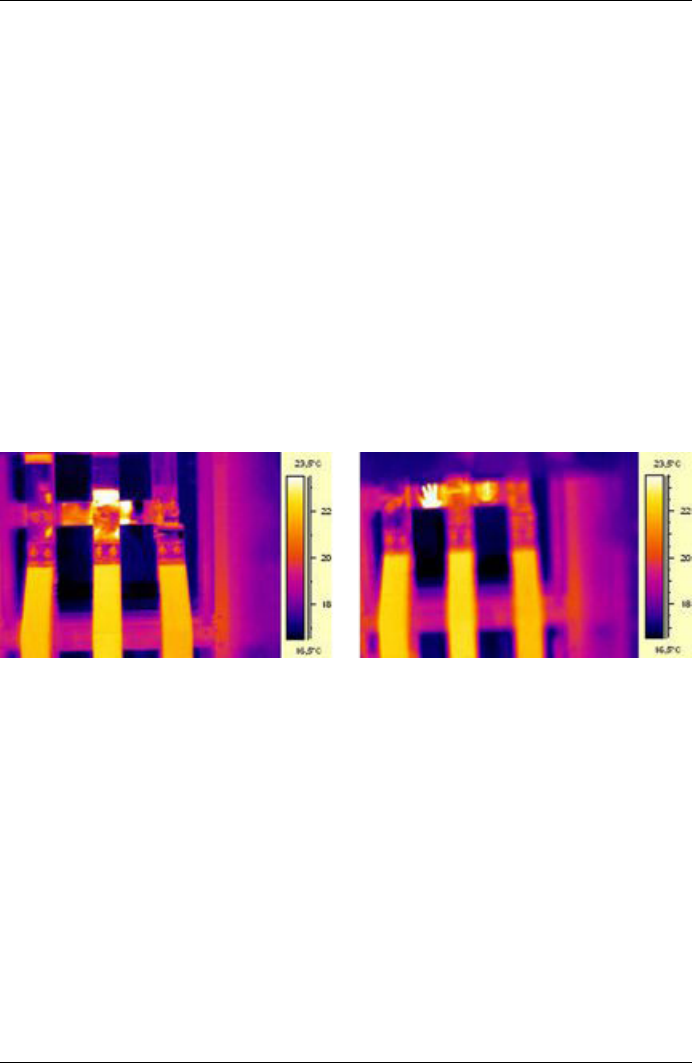
29.5 Different types of hot spots in electrical installations
29.5.1 Reflections
The thermographic camera sees any radiation that enters the lens, not only originating
from the object that you are looking at, but also radiation that comes from other
sources and has been reflected by the target. Most of the time, electrical components
are like mirrors to the infrared radiation, even if it is not obvious to the eye. Bare
metal parts are particularly shiny, whereas painted, plastic or rubber insulated parts
are mostly not. In the image below, you can clearly see a reflection from the thermo-
grapher. This is of course not a hot spot on the object. A good way to find out if what
you see is a reflection or not, is for you to move. Look at the target from a different
angle and watch the ‘hot spot.’ If it moves when you do, it is a reflection.
Measuring temperature of mirror like details is not possible. The object in the images
below has painted areas which are well suited for temperature measurement. The
material is copper, which is a very good heat conductor. This means that temperature
variation over the surface is small.
10717503;a2
Figure 29.11 Reflections in an object
29.5.2 Solar heating
The surface of a component with a high emissivity, for example, a breaker, can on a
hot summer day be heated up to quite considerable temperatures by irradiation from
the sun. The image shows a circuit breaker, which has been heated by the sun.
148 Publ. No. T559598 Rev. a554 – ENGLISH (EN) – September 27, 2011
29 – Introduction to thermographic inspections of electrical installations
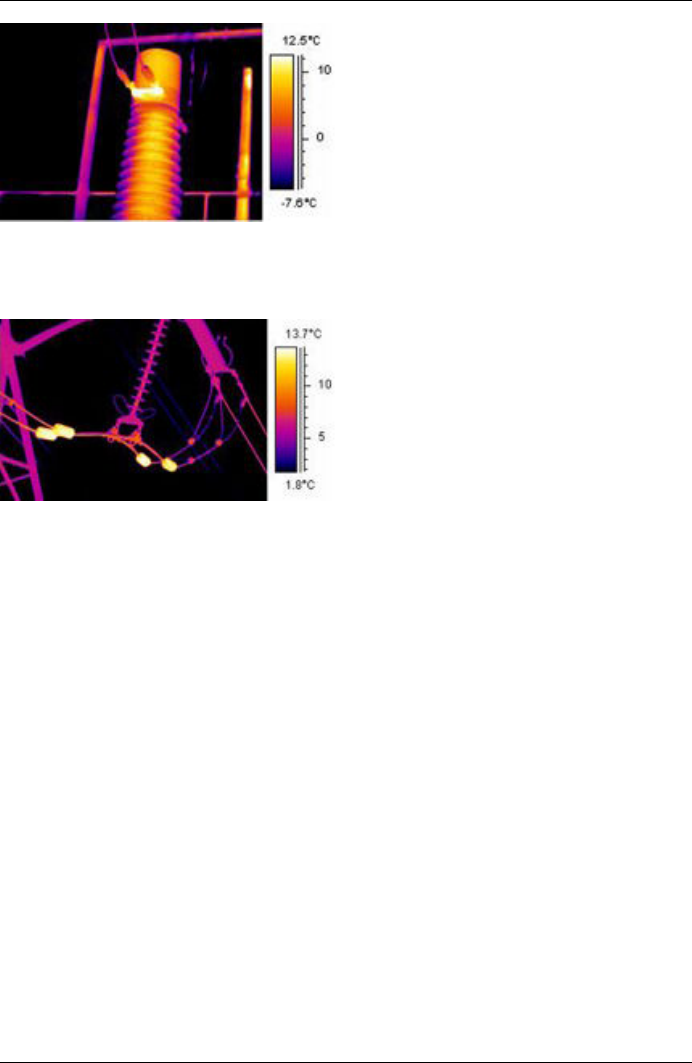
10713803;a3
Figure 29.12 An infrared image of a circuit breaker
29.5.3 Inductive heating
10713903;a3
Figure 29.13 An infrared image of hot stabilizing weights
Eddy currents can cause a hot spot in the current path. In cases of very high currents
and close proximity of other metals, this has in some cases caused serious fires. This
type of heating occurs in magnetic material around the current path, such as metallic
bottom plates for bushing insulators. In the image above, there are stabilizing weights,
through which a high current is running. These metal weights, which are made of a
slightly magnetic material, will not conduct any current but are exposed to the alter-
nating magnetic fields, which will eventually heat up the weight. The overheating in
the image is less than +5°C (+9°F). This, however, need not necessarily always be
the case.
29.5.4 Load variations
3-phase systems are the norm in electric utilities. When looking for overheated places,
it is easy to compare the three phases directly with each other, for example, cables,
breakers, insulators. An even load per phase should result in a uniform temperature
pattern for all three phases. A fault may be suspected in cases where the temperature
of one phase differs considerably from the remaining two. However, you should always
make sure that the load is indeed evenly distributed. Looking at fixed ampere meters
or using a clip-on ampere meter (up to 600 A) will tell you.
Publ. No. T559598 Rev. a554 – ENGLISH (EN) – September 27, 2011 149
29 – Introduction to thermographic inspections of electrical installations
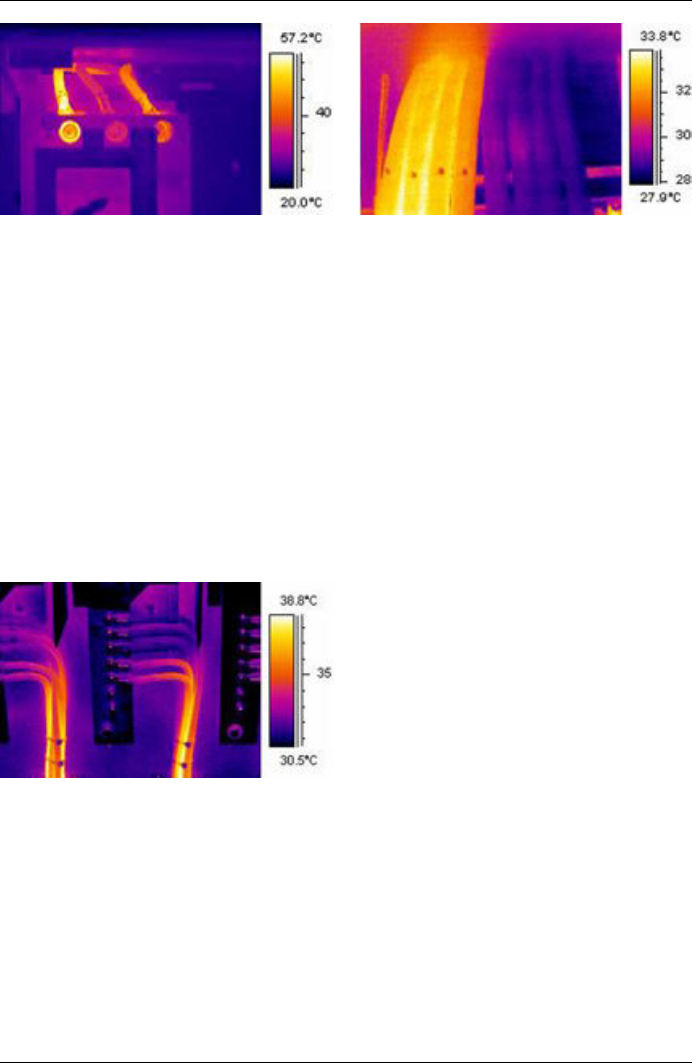
10714003;a3
Figure 29.14 Examples of infrared images of load variations
The image to the left shows three cables next to each other. They are so far apart that
they can be regarded as thermally insulated from each other. The one in the middle
is colder than the others. Unless two phases are faulty and overheated, this is a typical
example of a very unsymmetrical load. The temperature spreads evenly along the
cables, which indicates a load-dependent temperature increase rather than a faulty
connection.
The image to the right shows two bundles with very different loads. In fact, the bundle
to the right carries next to no load. Those which carry a considerable current load,
are about 5°C (9°F) hotter than those which do not. No fault to be reported in these
examples.
29.5.5 Varying cooling conditions
10714103;a3
Figure 29.15 An infrared image of bundled cables
When, for example, a number of cables are bundled together it can happen that the
resulting poor cooling of the cables in the middle can lead to them reaching very high
temperatures. See the image above.
The cables to the right in the image do not show any overheating close to the bolts.
In the vertical part of the bundle, however, the cables are held together very tightly,
the cooling of the cables is poor, the convection can not take the heat away, and the
cables are notably hotter, actually about 5°C (9°F) above the temperature of the better
cooled part of the cables.
150 Publ. No. T559598 Rev. a554 – ENGLISH (EN) – September 27, 2011
29 – Introduction to thermographic inspections of electrical installations
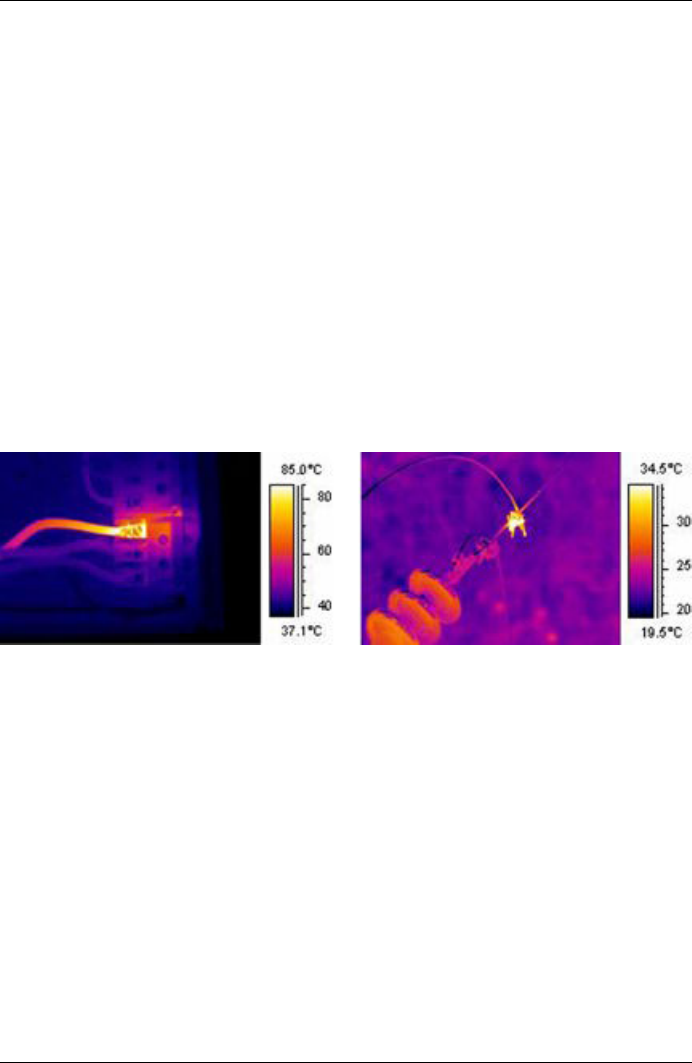
29.5.6 Resistance variations
Overheating can have many origins. Some common reasons are described below.
Low contact pressure can occur when mounting a joint, or through wear of the mate-
rial, for example, decreasing spring tension, worn threads in nuts and bolts, even too
much force applied at mounting. With increasing loads and temperatures, the yield
point of the material is exceeded and the tension weakens.
The image to the left below shows a bad contact due to a loose bolt. Since the bad
contact is of very limited dimensions, it causes overheating only in a very small spot
from which the heat is spread evenly along the connecting cable. Note the lower
emissivity of the screw itself, which makes it look slightly colder than the insulated—and
thereby it has a high emissivity—cable insulation.
The image to the right shows another overheating situation, this time again due to a
loose connection. It is an outdoor connection, hence it is exposed to the cooling effect
of the wind and it is likely that the overheating would have shown a higher temperature,
if mounted indoors.
10714203;a3
Figure 29.16 LEFT: An infrared image showing bad contact due to a loose bolt; RIGHT: A loose outdoor
connection, exposed to the wind cooling effect.
29.5.7 Overheating in one part as a result of a fault in another
Sometimes, overheating can appear in a component although that component is OK.
The reason is that two conductors share the load. One of the conductors has an in-
creased resistance, but the other is OK. Thus, the faulty component carries a lower
load, whereas the fresh one has to take a higher load, which may be too high and
which causes the increased temperature. See the image.
Publ. No. T559598 Rev. a554 – ENGLISH (EN) – September 27, 2011 151
29 – Introduction to thermographic inspections of electrical installations
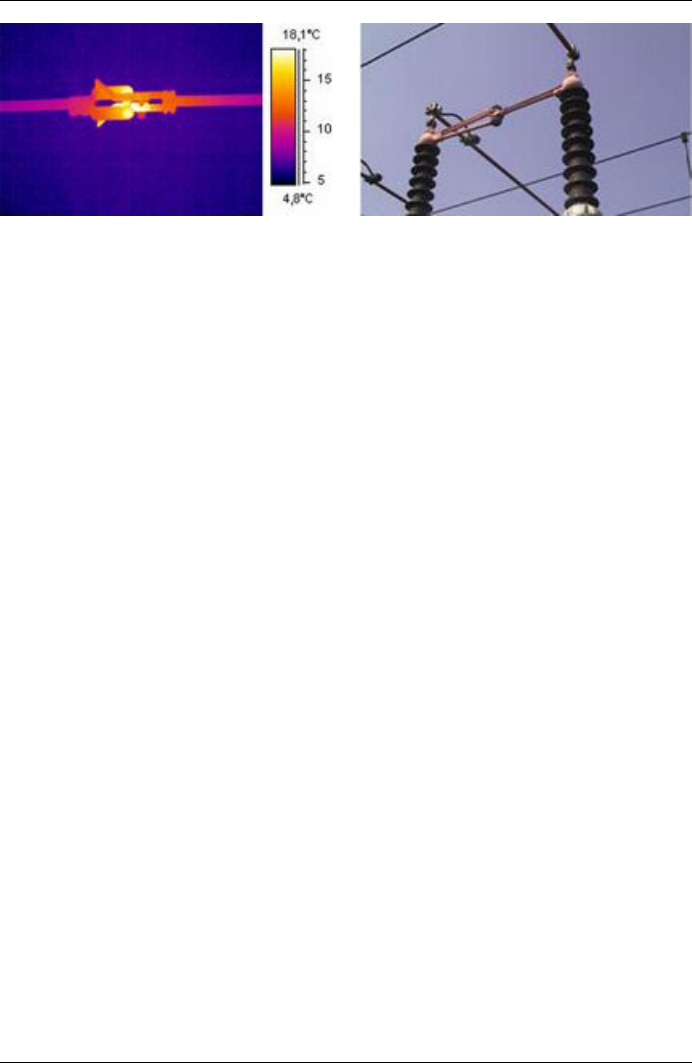
10714303;a3
Figure 29.17 Overheating in a circuit breaker
The overheating of this circuit breaker is most probably caused by bad contact in the
near finger of the contactor. Thus, the far finger carries more current and gets hotter.
The component in the infrared image and in the photo is not the same, however, it is
similar).
152 Publ. No. T559598 Rev. a554 – ENGLISH (EN) – September 27, 2011
29 – Introduction to thermographic inspections of electrical installations
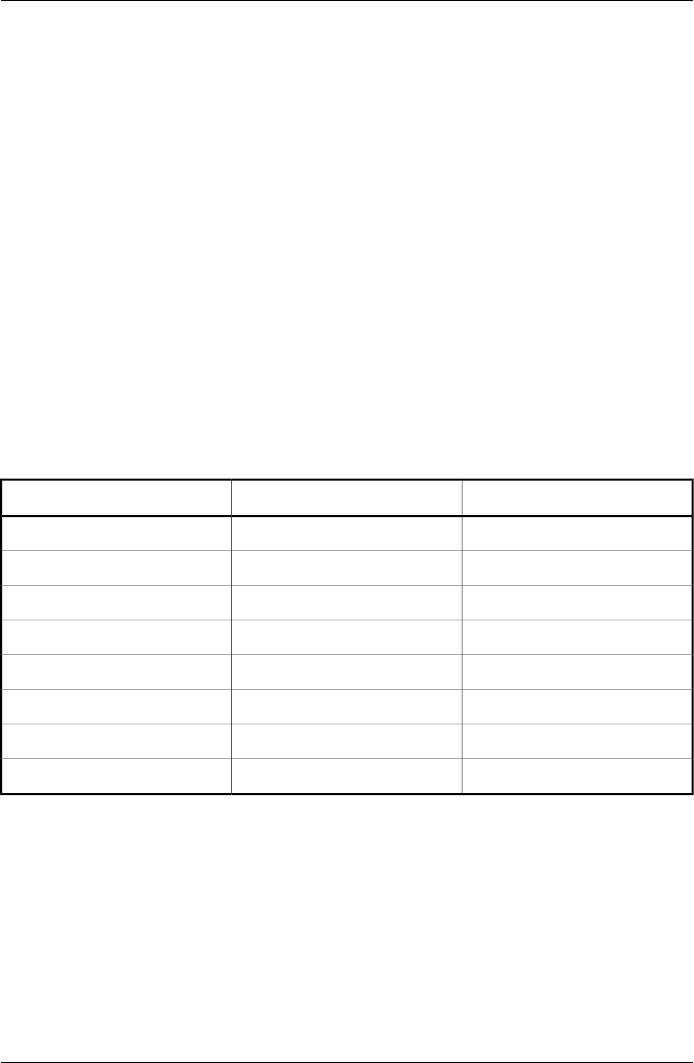
29.6 Disturbance factors at thermographic inspection of
electrical installations
During thermographic inspections of different types of electrical installations, distur-
bance factors such as wind, distance to object, rain or snow often influence the
measurement result.
29.6.1 Wind
During outdoor inspection, the cooling effect of the wind should be taken into account.
An overheating measured at a wind velocity of 5 m/s (10 knots) will be approximately
twice as high at 1 m/s (2 knots). An excess temperature measured at 8 m/s (16 knots)
will be 2.5 times as high at 1 m/s (2 knots). This correction factor, which is based on
empirical measurements, is usually applicable up to 8 m/s (16 knots).
There are, however, cases when you have to inspect even if the wind is stronger than
8 m/s (16 knots). There are many windy places in the world, islands, mountains, and
so on but it is important to know that overheated components found would have
shown a considerably higher temperature at a lower wind speed. The empirical cor-
rection factor can be listed.
Correction factorWind speed (knots)Wind speed (m/s)
121
1.3642
1.6463
1.8684
2.06105
2.23126
2.40147
2.54168
The measured overheating multiplied by the correction factor gives the excess tem-
perature with no wind, that is, at 1 m/s (2 knots).
29.6.2 Rain and snow
Rain and snow also have a cooling effect on electrical equipment. Thermographic
measurement can still be conducted with satisfactory results during light snowfall
with dry snow and light drizzle, respectively. The image quality will deteriorate in heavy
Publ. No. T559598 Rev. a554 – ENGLISH (EN) – September 27, 2011 153
29 – Introduction to thermographic inspections of electrical installations
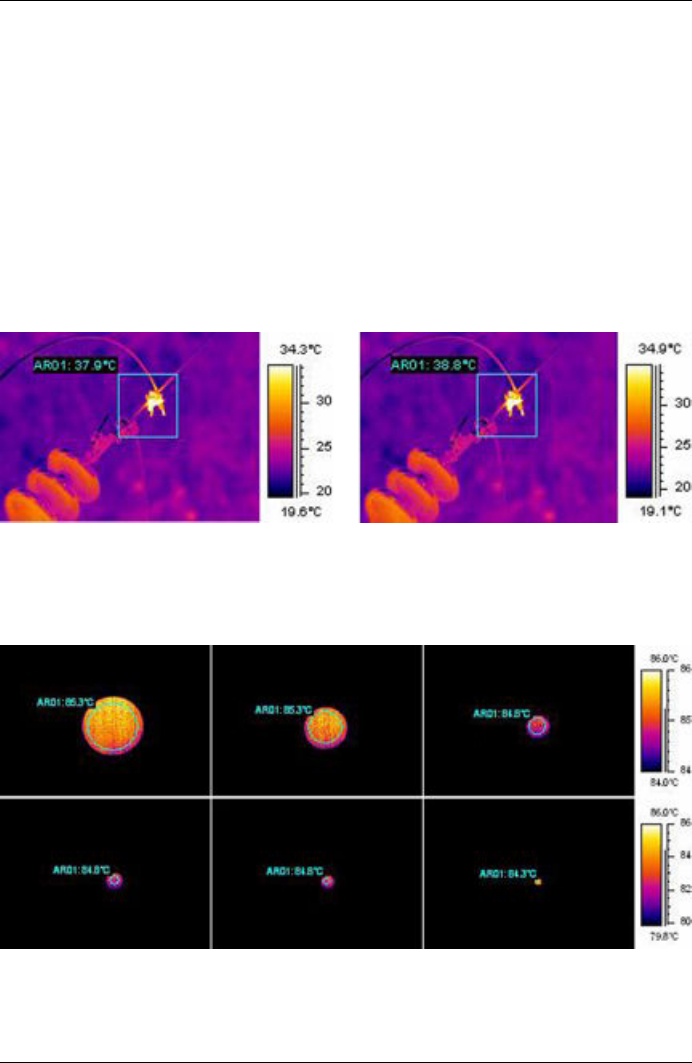
snow or rain and reliable measurement is no longer possible. This is mainly because
a heavy snowfall as well as heavy rain is impenetrable to infrared radiation and it is
rather the temperature of the snowflakes or raindrops that will be measured.
29.6.3 Distance to object
This image is taken from a helicopter 20 meters (66 ft.) away from this faulty connec-
tion. The distance was incorrectly set to 1 meter (3 ft.) and the temperature was
measured to +37.9°C (+100.2°F). The measurement value after changing the distance
to 20 meters (66 ft.), which was done afterwards, is shown in the image to the right,
where the corrected temperature is +38.8°C (+101.8°F). The difference is not too
crucial, but may take the fault into a higher class of seriousness. So the distance
setting must definitely not be neglected.
10714403;a3
Figure 29.18 LEFT: Incorrect distance setting; RIGHT: Correct distance setting
The images below show the temperature readings from a blackbody at +85°C
(+185°F) at increasing distances.
10714503;a3
Figure 29.19 Temperature readings from a blackbody at +85°C (+185°F) at increasing distances
154 Publ. No. T559598 Rev. a554 – ENGLISH (EN) – September 27, 2011
29 – Introduction to thermographic inspections of electrical installations
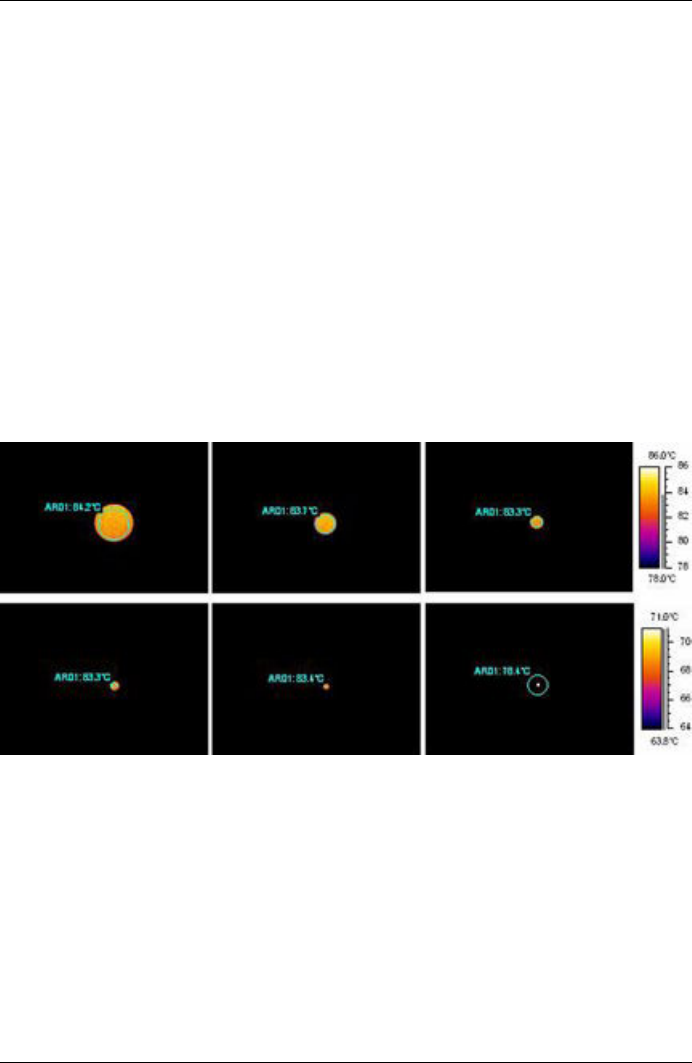
The measured average temperatures are, from left to right, +85.3°C
(+185.5°F),+85.3°C (+185.5°F), +84.8°C (+184.6°F), +84.8°C (+184.6°F), +84.8°C
(+184.6°F) and +84.3°C (+183.7°F) from a blackbody at +85°C (+185°F). The ther-
mograms are taken with a 12° lens. The distances are 1, 2, 3, 4, 5 and 10 meters (3,
7, 10, 13, 16 and 33 ft.). The correction for the distance has been meticulously set
and works, because the object is big enough for correct measurement.
29.6.4 Object size
The second series of images below shows the same but with the normal 24° lens.
Here, the measured average temperatures of the blackbody at +85°C (+185°F) are:
+84.2°C (+183.6°F), +83.7°C (+182.7°F), +83.3°C (+181.9°F), +83.3°C (+181.9°F),
+83.4°C (+181.1°F) and +78.4°C (+173.1°F).
The last value, (+78.4°C (+173.1°F)), is the maximum temperature as it was not
possible to place a circle inside the now very small blackbody image. Obviously, it
is not possible to measure correct values if the object is too small. Distance was
properly set to 10 meters (33 ft.).
10714603;a3
Figure 29.20 Temperature readings from a blackbody at +85°C (+185°F) at increasing distances (24°
lens)
The reason for this effect is that there is a smallest object size, which gives correct
temperature measurement. This smallest size is indicated to the user in all FLIR Sys-
tems cameras. The image below shows what you see in the viewfinder of camera
model 695. The spot meter has an opening in its middle, more easily seen in the detail
to the right. The size of the object has to be bigger than that opening or some radiation
from its closest neighbors, which are much colder, will come into the measurement
Publ. No. T559598 Rev. a554 – ENGLISH (EN) – September 27, 2011 155
29 – Introduction to thermographic inspections of electrical installations
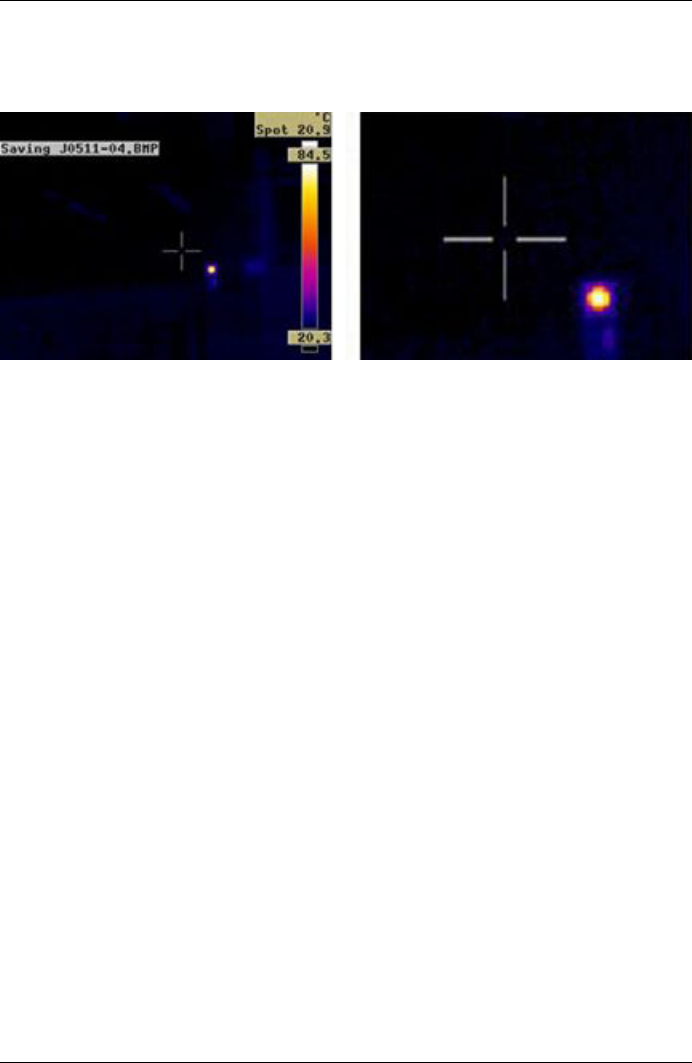
as well, strongly lowering the reading. In the above case, where we have a point-
shaped object, which is much hotter than the surroundings, the temperature reading
will be too low.
10714703;a3
Figure 29.21 Image from the viewfinder of a ThermaCAM 695
This effect is due to imperfections in the optics and to the size of the detector elements.
It is typical for all infrared cameras and can not be avoided.
156 Publ. No. T559598 Rev. a554 – ENGLISH (EN) – September 27, 2011
29 – Introduction to thermographic inspections of electrical installations
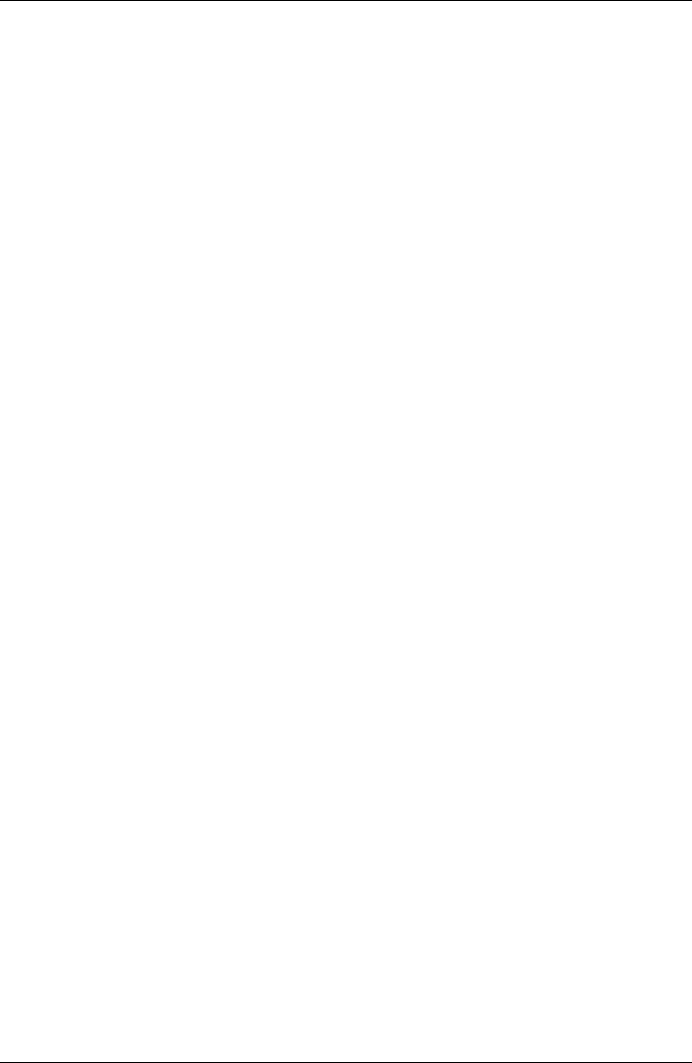
29.7 Practical advice for the thermographer
Working in a practical way with a camera, you will discover small things that make
your job easier. Here are five of them to start with.
29.7.1 From cold to hot
You have been out with the camera at +5°C (+41°F). To continue your work, you
now have to perform the inspection indoors. If you wear glasses, you are used to
having to wipe off condensed water, or you will not be able to see anything. The same
thing happens with the camera. To measure correctly, you should wait until the
camera has become warm enough for the condensation to evaporate. This will also
allow for the internal temperature compensation system to adjust to the changed
condition.
29.7.2 Rain showers
If it starts raining you should not perform the inspection because the water will drasti-
cally change the surface temperature of the object that you are measuring. Neverthe-
less, sometimes you need to use the camera even under rain showers or splashes.
Protect your camera with a simple transparent polyethylene plastic bag. Correction
for the attenuation which is caused by the plastic bag can be made by adjusting the
object distance until the temperature reading is the same as without the plastic cover.
Some camera models have a separate External optics transmission entry.
29.7.3 Emissivity
You have to determine the emissivity for the material, which you are measuring.
Mostly, you will not find the value in tables. Use optical black paint, that is, Nextel
Black Velvet. Paint a small piece of the material you are working with. The emissivity
of the optical paint is normally 0.94. Remember that the object has to have a temper-
ature, which is different—usually higher—than the ambient temperature. The larger
the difference the better the accuracy in the emissivity calculation. The difference
should be at least 20°C (36°F). Remember that there are other paints that support
very high temperatures up to +800°C (+1472°F). The emissivity may, however, be
lower than that of optical black.
Sometimes you can not paint the object that you are measuring. In this case you can
use a tape. A thin tape for which you have previously determined the emissivity will
work in most cases and you can remove it afterwards without damaging the object
of your study. Pay attention to the fact that some tapes are semi-transparent and thus
are not very good for this purpose. One of the best tapes for this purpose is Scotch
electrical tape for outdoor and sub-zero conditions.
Publ. No. T559598 Rev. a554 – ENGLISH (EN) – September 27, 2011 157
29 – Introduction to thermographic inspections of electrical installations
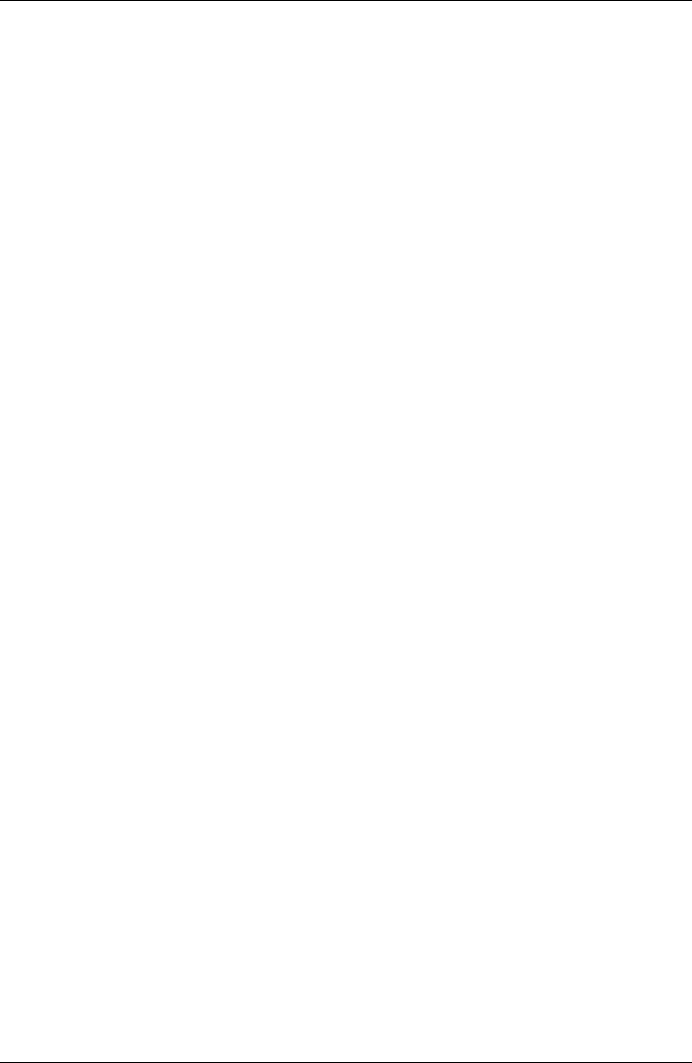
29.7.4 Reflected apparent temperature
You are in a measurement situation where there are several hot sources that influence
your measurement. You need to have the right value for the reflected apparent tem-
perature to input into the camera and thus get the best possible correction. Do it in
this way: set the emissivity to 1.0. Adjust the camera lens to near focus and, looking
in the opposite direction away from the object, save one image. With the area or the
isotherm, determine the most probable value of the average of the image and use
that value for your input of reflected apparent temperature.
29.7.5 Object too far away
Are you in doubt that the camera you have is measuring correctly at the actual dis-
tance? A rule of thumb for your lens is to multiply the IFOV by 3. (IFOV is the detail
of the object seen by one single element of the detector). Example: 25 degrees cor-
respond to about 437 mrad. If your camera has a 120 × 120 pixel image, IFOV be-
comes 437/120 = 3.6 mrad (3.6 mm/m) and your spot size ratio is about
1000/(3 × 3.6)=92:1. This means that at a distance of 9.2 meters (30.2 ft.), your target
has to be at least about 0.1 meter or 100 mm wide (3.9"). Try to work on the safe side
by coming closer than 9 meters (30 ft.). At 7–8 meters (23–26 ft.), your measurement
should be correct.
158 Publ. No. T559598 Rev. a554 – ENGLISH (EN) – September 27, 2011
29 – Introduction to thermographic inspections of electrical installations
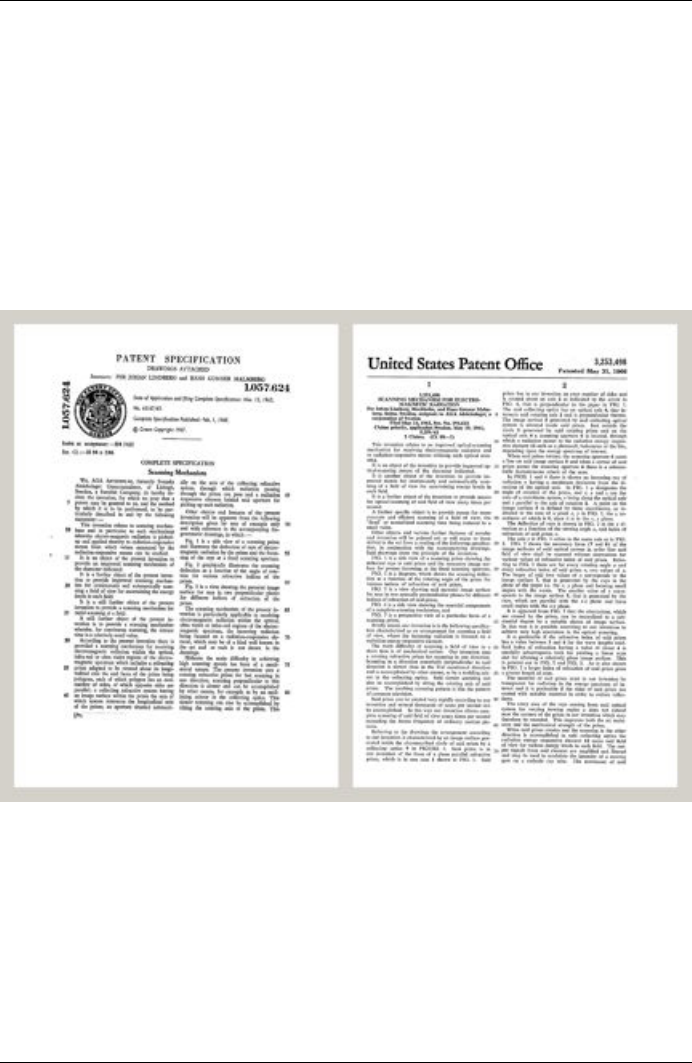
30 About FLIR Systems
FLIR Systems was established in 1978 to pioneer the development of high-performance
infrared imaging systems, and is the world leader in the design, manufacture, and
marketing of thermal imaging systems for a wide variety of commercial, industrial,
and government applications. Today, FLIR Systems embraces five major companies
with outstanding achievements in infrared technology since 1958—the Swedish
AGEMA Infrared Systems (formerly AGA Infrared Systems), the three United States
companies Indigo Systems, FSI, and Inframetrics, and the French company Cedip.
In November 2007, Extech Instruments was acquired by FLIR Systems.
T638608;a1
Figure 30.1 Patent documents from the early 1960s
The company has sold more than 140,000 infrared cameras worldwide for applications
such as predictive maintenance, R & D, non-destructive testing, process control and
automation, and machine vision, among many others.
FLIR Systems has three manufacturing plants in the United States (Portland, OR,
Boston, MA, Santa Barbara, CA) and one in Sweden (Stockholm). Since 2007 there
is also a manufacturing plant in Tallinn, Estonia. Direct sales offices in Belgium, Brazil,
Publ. No. T559598 Rev. a554 – ENGLISH (EN) – September 27, 2011 159
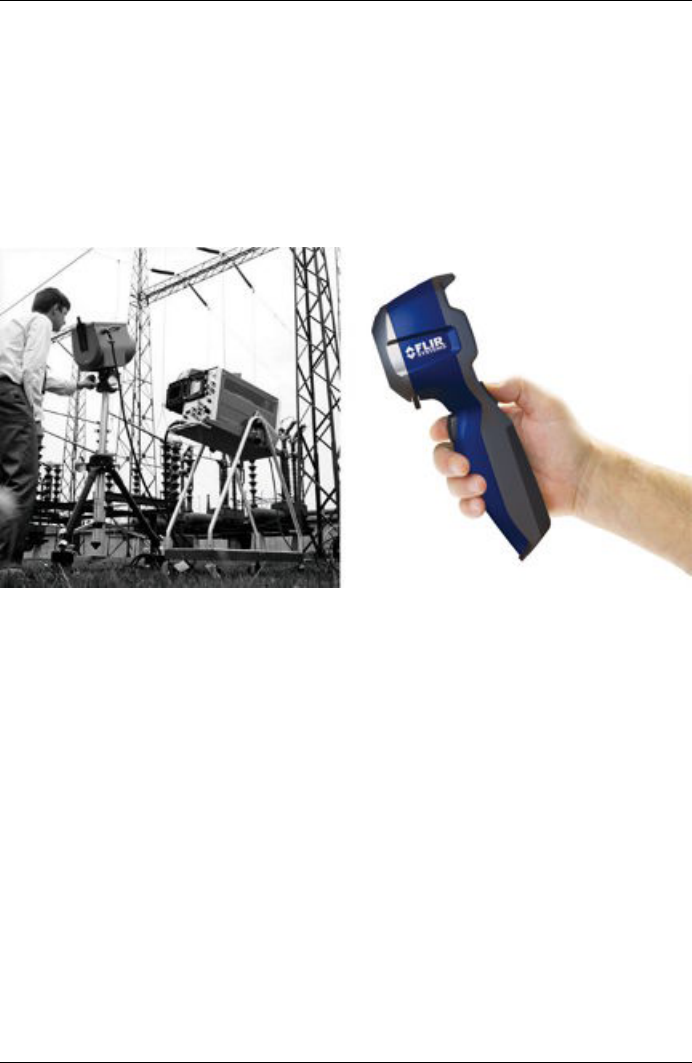
China, France, Germany, Great Britain, Hong Kong, Italy, Japan, Korea, Sweden, and
the USA—together with a worldwide network of agents and distributors—support our
international customer base.
FLIR Systems is at the forefront of innovation in the infrared camera industry. We an-
ticipate market demand by constantly improving our existing cameras and developing
new ones. The company has set milestones in product design and development such
as the introduction of the first battery-operated portable camera for industrial inspec-
tions, and the first uncooled infrared camera, to mention just two innovations.
10722703;a2
Figure 30.2 LEFT: Thermovision® Model 661 from 1969. The camera weighed approximately 25 kg
(55 lb.), the oscilloscope 20 kg (44 lb.), and the tripod 15 kg (33 lb.). The operator also needed a 220 VAC
generator set, and a 10 L (2.6 US gallon) jar with liquid nitrogen. To the left of the oscilloscope the Polaroid
attachment (6 kg/13 lb.) can be seen. RIGHT: FLIR i7 from 2009. Weight: 0.34 kg (0.75 lb.), including the
battery.
FLIR Systems manufactures all vital mechanical and electronic components of the
camera systems itself. From detector design and manufacturing, to lenses and system
electronics, to final testing and calibration, all production steps are carried out and
supervised by our own engineers. The in-depth expertise of these infrared specialists
ensures the accuracy and reliability of all vital components that are assembled into
your infrared camera.
30.1 More than just an infrared camera
At FLIR Systems we recognize that our job is to go beyond just producing the best
infrared camera systems. We are committed to enabling all users of our infrared
camera systems to work more productively by providing them with the most powerful
160 Publ. No. T559598 Rev. a554 – ENGLISH (EN) – September 27, 2011
30 – About FLIR Systems
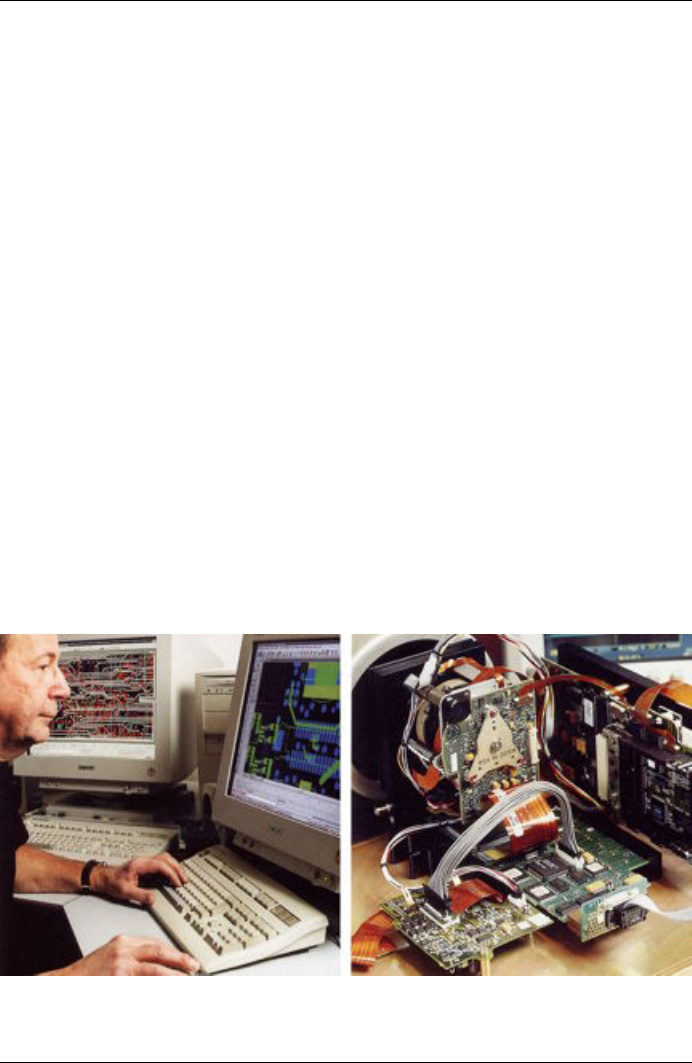
camera–software combination. Especially tailored software for predictive maintenance,
R & D, and process monitoring is developed in-house. Most software is available in
a wide variety of languages.
We support all our infrared cameras with a wide variety of accessories to adapt your
equipment to the most demanding infrared applications.
30.2 Sharing our knowledge
Although our cameras are designed to be very user-friendly, there is a lot more to
thermography than just knowing how to handle a camera. Therefore, FLIR Systems
has founded the Infrared Training Center (ITC), a separate business unit, that provides
certified training courses. Attending one of the ITC courses will give you a truly hands-
on learning experience.
The staff of the ITC are also there to provide you with any application support you
may need in putting infrared theory into practice.
30.3 Supporting our customers
FLIR Systems operates a worldwide service network to keep your camera running at
all times. If you discover a problem with your camera, local service centers have all
the equipment and expertise to solve it within the shortest possible time. Therefore,
there is no need to send your camera to the other side of the world or to talk to
someone who does not speak your language.
30.4 A few images from our facilities
10401303;a1
Figure 30.3 LEFT: Development of system electronics; RIGHT: Testing of an FPA detector
Publ. No. T559598 Rev. a554 – ENGLISH (EN) – September 27, 2011 161
30 – About FLIR Systems
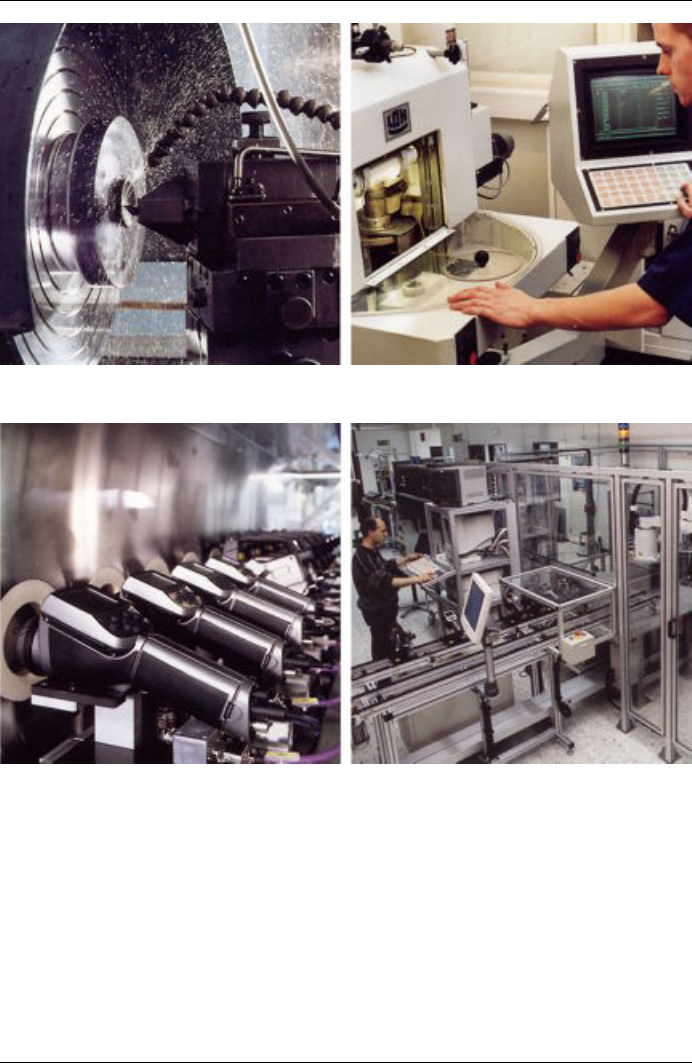
10401403;a1
Figure 30.4 LEFT: Diamond turning machine; RIGHT: Lens polishing
10401503;a1
Figure 30.5 LEFT: Testing of infrared cameras in the climatic chamber; RIGHT: Robot used for camera
testing and calibration
162 Publ. No. T559598 Rev. a554 – ENGLISH (EN) – September 27, 2011
30 – About FLIR Systems
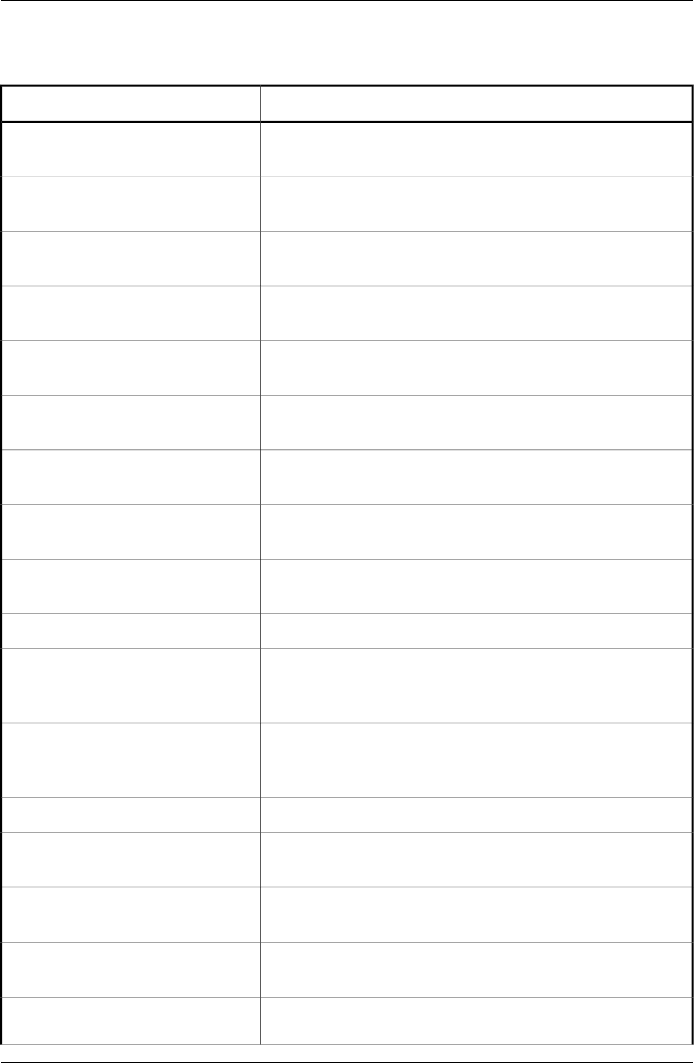
31 Glossary
ExplanationTerm or expression
The amount of radiation absorbed by an object relative to the
received radiation. A number between 0 and 1.
absorption (absorption factor)
The gases between the object being measured and the camera,
normally air.
atmosphere
A function making a camera perform an internal image correc-
tion.
autoadjust
The IR image is shown with an uneven spread of colors, display-
ing cold objects as well as hot ones at the same time.
autopalette
Totally non-reflective object. All its radiation is due to its own
temperature.
blackbody
An IR radiating equipment with blackbody properties used to
calibrate IR cameras.
blackbody radiator
A transmission value computed from the temperature, the relative
humidity of air and the distance to the object.
calculated atmospheric transmission
A bottle shaped radiator with an absorbing inside, viewed
through the bottleneck.
cavity radiator
The temperature for which the color of a blackbody matches a
specific color.
color temperature
The process that makes heat diffuse into a material.conduction
A function that adjusts the image. The function works all the
time, continuously adjusting brightness and contrast according
to the image content.
continuous adjust
Convection is a heat transfer mode where a fluid is brought into
motion, either by gravity or another force, thereby transferring
heat from one place to another.
convection
An isotherm with two color bands, instead of one.dual isotherm
The amount of radiation coming from an object, compared to
that of a blackbody. A number between 0 and 1.
emissivity (emissivity factor)
Amount of energy emitted from an object per unit of time and
area (W/m2)
emittance
Objects and gases that emit radiation towards the object being
measured.
environment
A transmission value, supplied by a user, replacing a calculated
one
estimated atmospheric transmission
Publ. No. T559598 Rev. a554 – ENGLISH (EN) – September 27, 2011 163
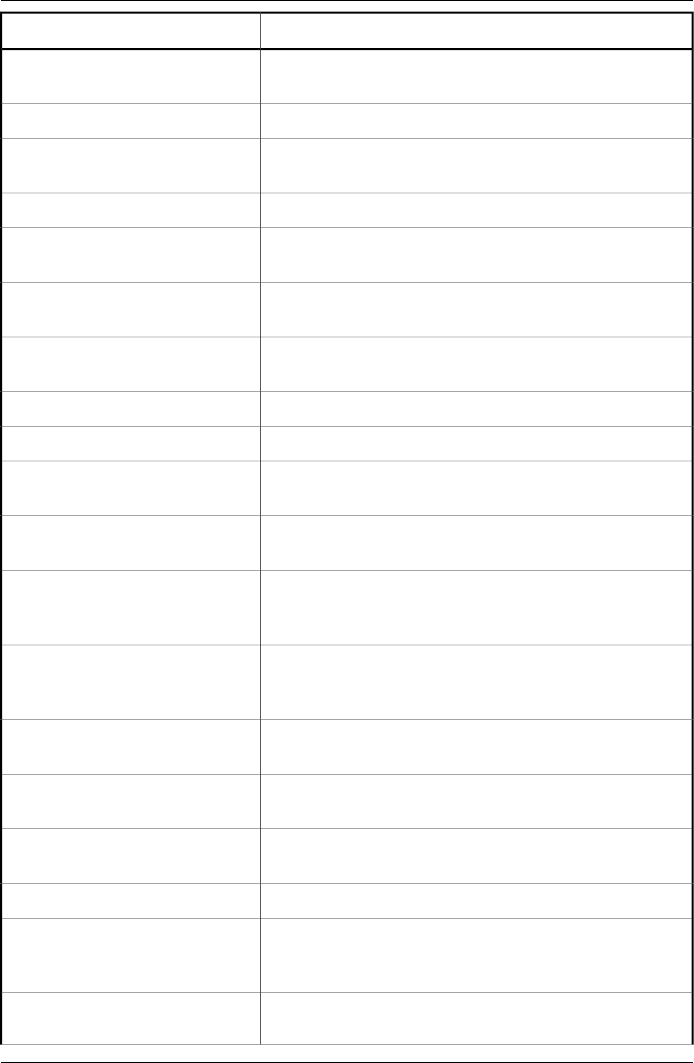
ExplanationTerm or expression
Extra lenses, filters, heat shields etc. that can be put between
the camera and the object being measured.
external optics
A material transparent only to some of the infrared wavelengths.filter
Field of view: The horizontal angle that can be viewed through
an IR lens.
FOV
Focal plane array: A type of IR detector.FPA
An object that emits a fixed fraction of the amount of energy of
a blackbody for each wavelength.
graybody
Instantaneous field of view: A measure of the geometrical reso-
lution of an IR camera.
IFOV
A way of compensating for sensitivity differences in various parts
of live images and also of stabilizing the camera.
image correction (internal or external)
Non-visible radiation, having a wavelength from about 2–13 μm.infrared
infraredIR
A function highlighting those parts of an image that fall above,
below or between one or more temperature intervals.
isotherm
A bottle-shaped radiator with a uniform temperature viewed
through the bottleneck.
isothermal cavity
An electrically powered light source on the camera that emits
laser radiation in a thin, concentrated beam to point at certain
parts of the object in front of the camera.
Laser LocatIR
An electrically powered light source on the camera that emits
laser radiation in a thin, concentrated beam to point at certain
parts of the object in front of the camera.
laser pointer
The center value of the temperature scale, usually expressed
as a signal value.
level
A way to adjust the image by manually changing certain param-
eters.
manual adjust
Noise equivalent temperature difference. A measure of the image
noise level of an IR camera.
NETD
Undesired small disturbance in the infrared imagenoise
A set of values describing the circumstances under which the
measurement of an object was made, and the object itself (such
as emissivity, reflected apparent temperature, distance etc.)
object parameters
A non-calibrated value related to the amount of radiation re-
ceived by the camera from the object.
object signal
164 Publ. No. T559598 Rev. a554 – ENGLISH (EN) – September 27, 2011
31 – Glossary
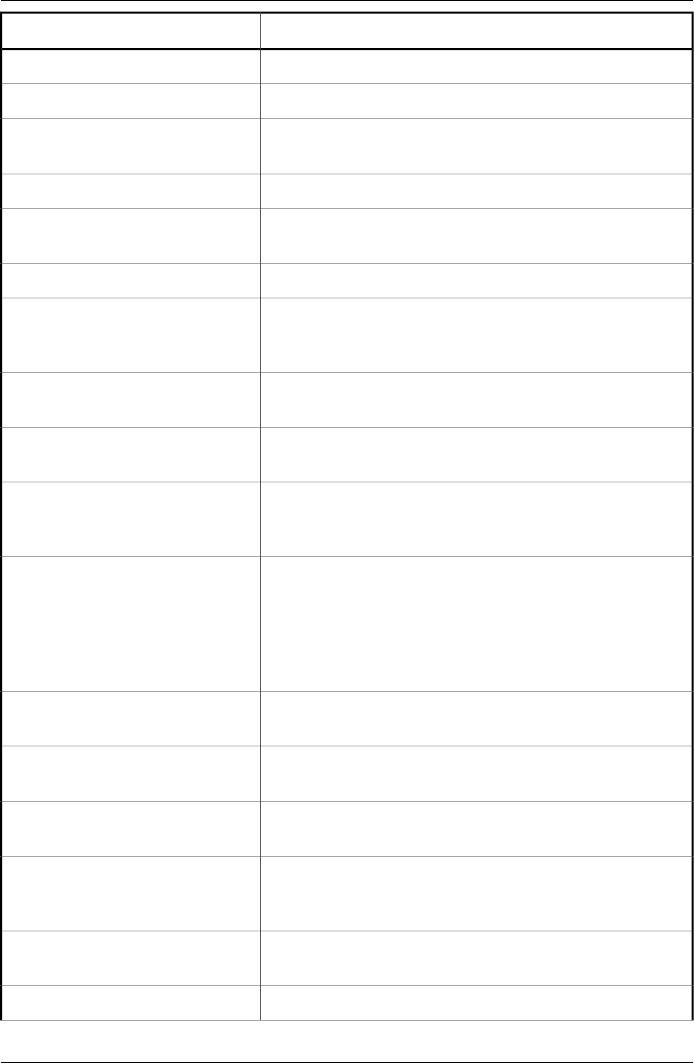
ExplanationTerm or expression
The set of colors used to display an IR image.palette
Stands for picture element. One single spot in an image.pixel
Amount of energy emitted from an object per unit of time, area
and angle (W/m2/sr)
radiance
Amount of energy emitted from an object per unit of time (W)radiant power
The process by which electromagnetic energy, is emitted by an
object or a gas.
radiation
A piece of IR radiating equipment.radiator
The current overall temperature measurement limitation of an
IR camera. Cameras can have several ranges. Expressed as
two blackbody temperatures that limit the current calibration.
range
A temperature which the ordinary measured values can be
compared with.
reference temperature
The amount of radiation reflected by an object relative to the
received radiation. A number between 0 and 1.
reflection
Relative humidity represents the ratio between the current water
vapour mass in the air and the maximum it may contain in satu-
ration conditions.
relative humidity
The areas that contain temperatures outside the present lev-
el/span settings are colored with the saturation colors. The sat-
uration colors contain an ‘overflow’ color and an ‘underflow’
color. There is also a third red saturation color that marks every-
thing saturated by the detector indicating that the range should
probably be changed.
saturation color
The interval of the temperature scale, usually expressed as a
signal value.
span
Amount of energy emitted from an object per unit of time, area
and wavelength (W/m2/μm)
spectral (radiant) emittance
A value which is the result of a subtraction between two temper-
ature values.
temperature difference, or difference
of temperature.
The current overall temperature measurement limitation of an
IR camera. Cameras can have several ranges. Expressed as
two blackbody temperatures that limit the current calibration.
temperature range
The way in which an IR image currently is displayed. Expressed
as two temperature values limiting the colors.
temperature scale
infrared imagethermogram
Publ. No. T559598 Rev. a554 – ENGLISH (EN) – September 27, 2011 165
31 – Glossary
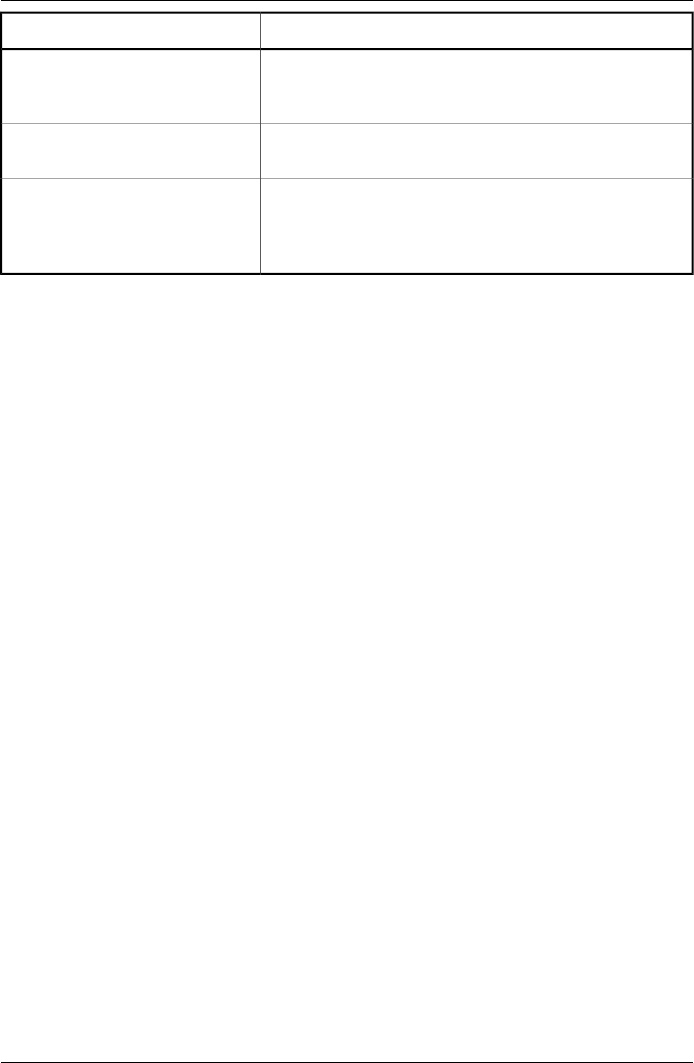
ExplanationTerm or expression
Gases and materials can be more or less transparent. Transmis-
sion is the amount of IR radiation passing through them. A
number between 0 and 1.
transmission (or transmittance) factor
An isotherm showing a linear spread of colors, instead of cover-
ing the highlighted parts of the image.
transparent isotherm
Refers to the video mode of a IR camera, as opposed to the
normal, thermographic mode. When a camera is in video mode
it captures ordinary video images, while thermographic images
are captured when the camera is in IR mode.
visual
166 Publ. No. T559598 Rev. a554 – ENGLISH (EN) – September 27, 2011
31 – Glossary
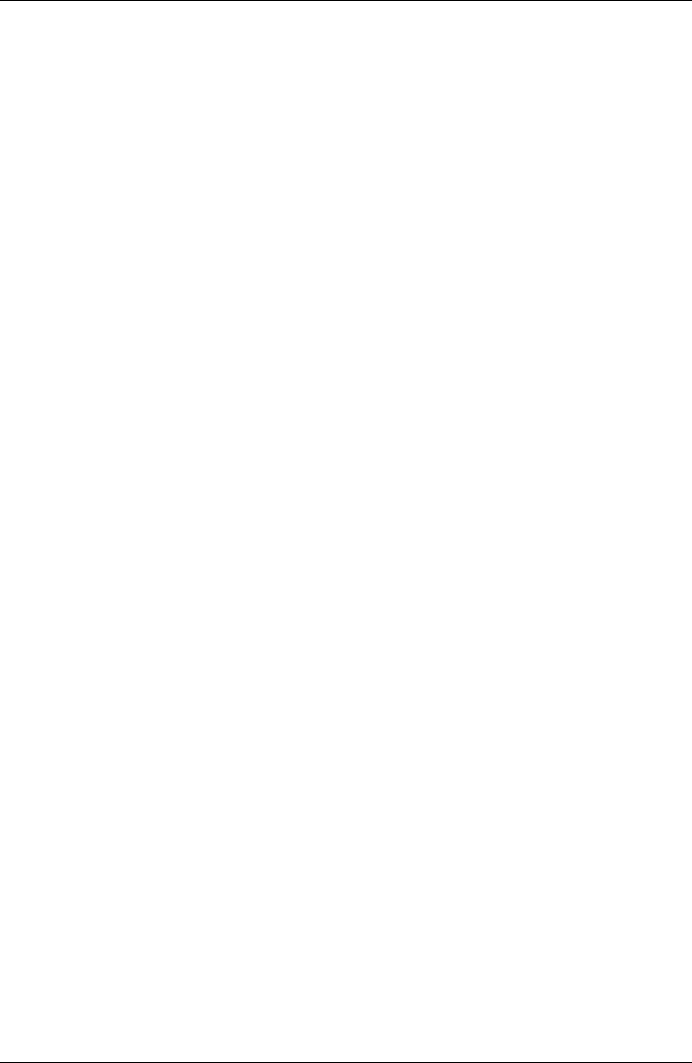
32 Thermographic measurement
techniques
32.1 Introduction
An infrared camera measures and images the emitted infrared radiation from an object.
The fact that radiation is a function of object surface temperature makes it possible
for the camera to calculate and display this temperature.
However, the radiation measured by the camera does not only depend on the tem-
perature of the object but is also a function of the emissivity. Radiation also originates
from the surroundings and is reflected in the object. The radiation from the object
and the reflected radiation will also be influenced by the absorption of the atmosphere.
To measure temperature accurately, it is therefore necessary to compensate for the
effects of a number of different radiation sources. This is done on-line automatically
by the camera. The following object parameters must, however, be supplied for the
camera:
■The emissivity of the object
■The reflected apparent temperature
■The distance between the object and the camera
■The relative humidity
■Temperature of the atmosphere
32.2 Emissivity
The most important object parameter to set correctly is the emissivity which, in short,
is a measure of how much radiation is emitted from the object, compared to that from
a perfect blackbody of the same temperature.
Normally, object materials and surface treatments exhibit emissivity ranging from
approximately 0.1 to 0.95. A highly polished (mirror) surface falls below 0.1, while an
oxidized or painted surface has a higher emissivity. Oil-based paint, regardless of
color in the visible spectrum, has an emissivity over 0.9 in the infrared. Human skin
exhibits an emissivity 0.97 to 0.98.
Non-oxidized metals represent an extreme case of perfect opacity and high reflexivity,
which does not vary greatly with wavelength. Consequently, the emissivity of metals
is low – only increasing with temperature. For non-metals, emissivity tends to be high,
and decreases with temperature.
Publ. No. T559598 Rev. a554 – ENGLISH (EN) – September 27, 2011 167
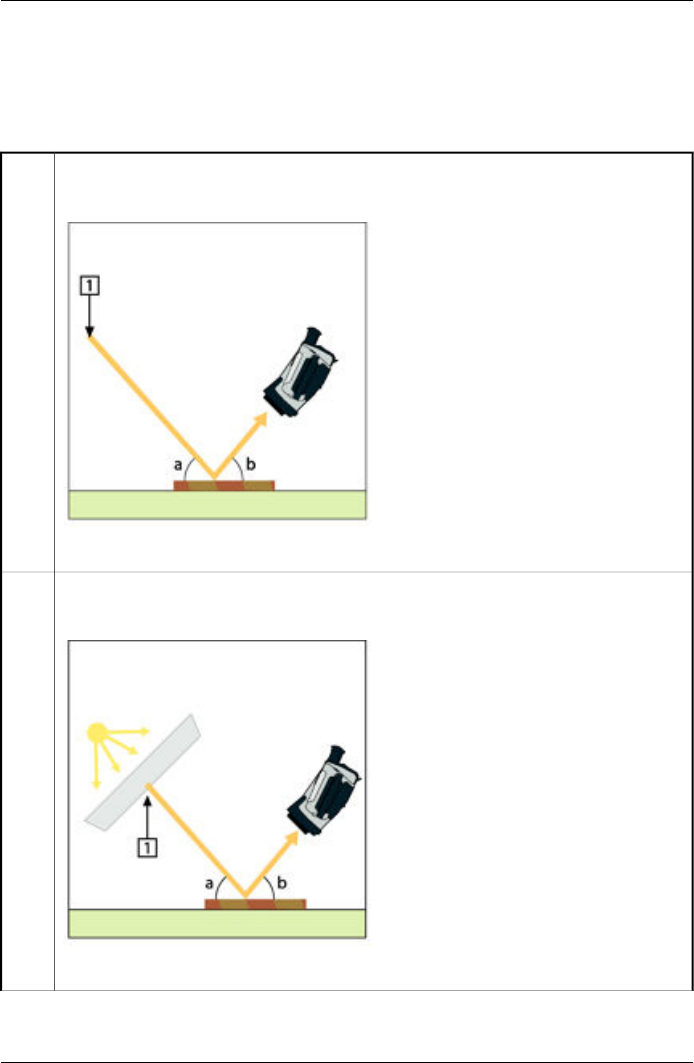
32.2.1 Finding the emissivity of a sample
32.2.1.1 Step 1: Determining reflected apparent temperature
Use one of the following two methods to determine reflected apparent temperature:
32.2.1.1.1 Method 1: Direct method
Look for possible reflection sources, considering that the incident angle = reflection angle (a
= b).
10588903;a1
Figure 32.1 1 = Reflection source
1
If the reflection source is a spot source, modify the source by obstructing it using a piece if
cardboard.
10589103;a2
Figure 32.2 1 = Reflection source
2
168 Publ. No. T559598 Rev. a554 – ENGLISH (EN) – September 27, 2011
32 – Thermographic measurement techniques
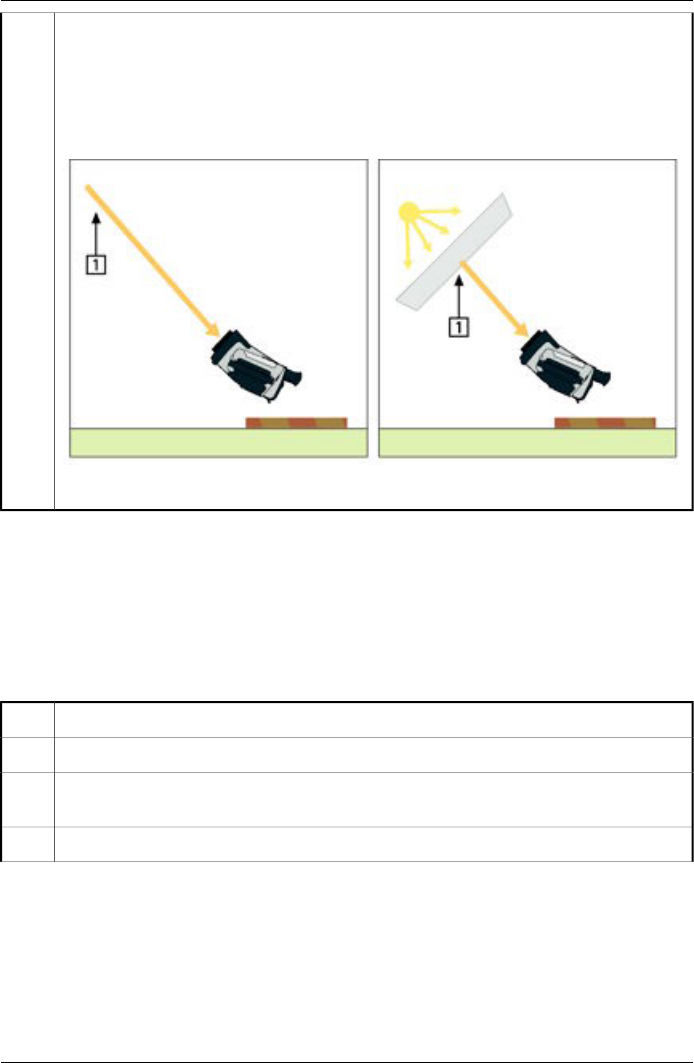
Measure the radiation intensity (= apparent temperature) from the reflecting source using the
following settings:
■Emissivity: 1.0
■Dobj: 0
You can measure the radiation intensity using one of the following two methods:
10589003;a2
Figure 32.3 1 = Reflection source
3
Note: Using a thermocouple to measure reflected apparent temperature is not recom-
mended for two important reasons:
■A thermocouple does not measure radiation intensity
■A thermocouple requires a very good thermal contact to the surface, usually by
gluing and covering the sensor by a thermal isolator.
32.2.1.1.2 Method 2: Reflector method
Crumble up a large piece of aluminum foil.1
Uncrumble the aluminum foil and attach it to a piece of cardboard of the same size.2
Put the piece of cardboard in front of the object you want to measure. Make sure that the side
with aluminum foil points to the camera.
3
Set the emissivity to 1.0.4
Publ. No. T559598 Rev. a554 – ENGLISH (EN) – September 27, 2011 169
32 – Thermographic measurement techniques
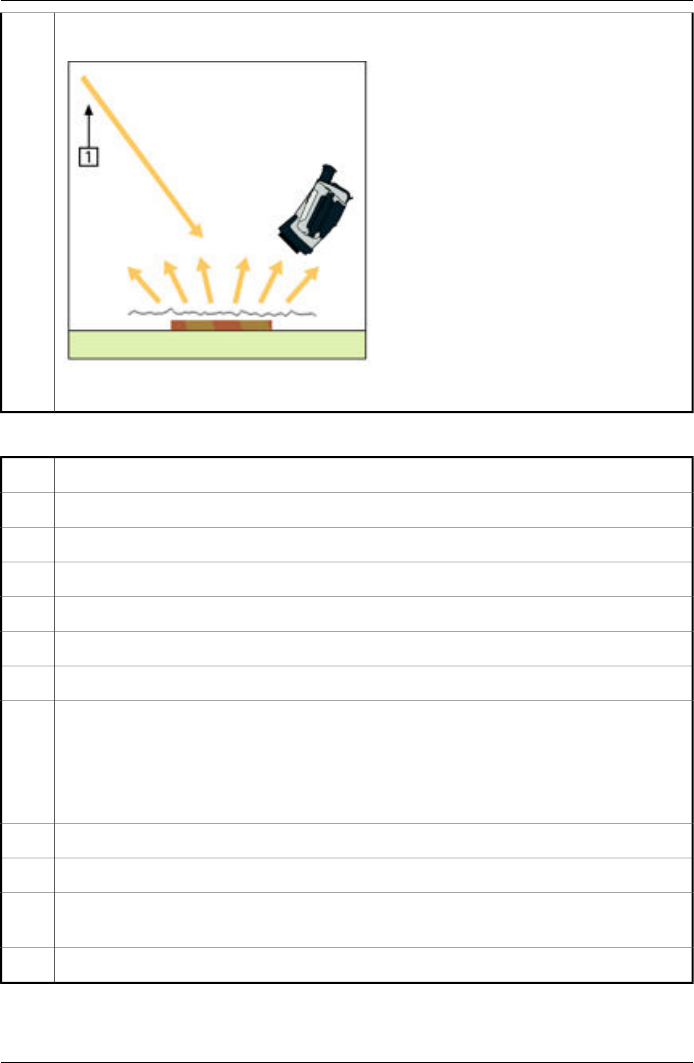
Measure the apparent temperature of the aluminum foil and write it down.
10727003;a2
Figure 32.4 Measuring the apparent temperature of the aluminum foil
5
32.2.1.2 Step 2: Determining the emissivity
Select a place to put the sample.1
Determine and set reflected apparent temperature according to the previous procedure.2
Put a piece of electrical tape with known high emissivity on the sample.3
Heat the sample at least 20 K above room temperature. Heating must be reasonably even.4
Focus and auto-adjust the camera, and freeze the image.5
Adjust Level and Span for best image brightness and contrast.6
Set emissivity to that of the tape (usually 0.97).7
Measure the temperature of the tape using one of the following measurement functions:
■Isotherm (helps you to determine both the temperature and how evenly you have heated
the sample)
■Spot (simpler)
■Box Avg (good for surfaces with varying emissivity).
8
Write down the temperature.9
Move your measurement function to the sample surface.10
Change the emissivity setting until you read the same temperature as your previous measure-
ment.
11
Write down the emissivity.12
Note:
170 Publ. No. T559598 Rev. a554 – ENGLISH (EN) – September 27, 2011
32 – Thermographic measurement techniques
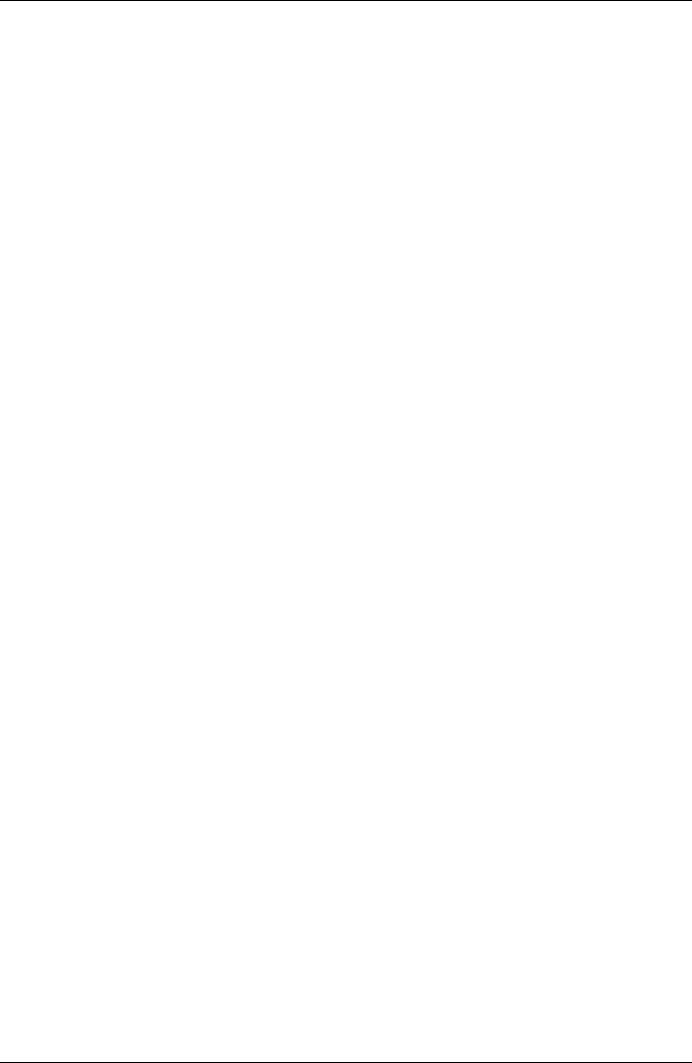
■Avoid forced convection
■Look for a thermally stable surrounding that will not generate spot reflections
■Use high quality tape that you know is not transparent, and has a high emissivity
you are certain of
■This method assumes that the temperature of your tape and the sample surface
are the same. If they are not, your emissivity measurement will be wrong.
32.3 Reflected apparent temperature
This parameter is used to compensate for the radiation reflected in the object. If the
emissivity is low and the object temperature relatively far from that of the reflected it
will be important to set and compensate for the reflected apparent temperature cor-
rectly.
32.4 Distance
The distance is the distance between the object and the front lens of the camera. This
parameter is used to compensate for the following two facts:
■That radiation from the target is absorbed by the athmosphere between the object
and the camera.
■That radiation from the atmosphere itself is detected by the camera.
32.5 Relative humidity
The camera can also compensate for the fact that the transmittance is also dependent
on the relative humidity of the atmosphere. To do this set the relative humidity to the
correct value. For short distances and normal humidity the relative humidity can nor-
mally be left at a default value of 50%.
32.6 Other parameters
In addition, some cameras and analysis programs from FLIR Systems allow you to
compensate for the following parameters:
■Atmospheric temperature – i.e. the temperature of the atmosphere between the
camera and the target
■External optics temperature – i.e. the temperature of any external lenses or windows
used in front of the camera
■External optics transmittance – i.e. the transmission of any external lenses or win-
dows used in front of the camera
Publ. No. T559598 Rev. a554 – ENGLISH (EN) – September 27, 2011 171
32 – Thermographic measurement techniques
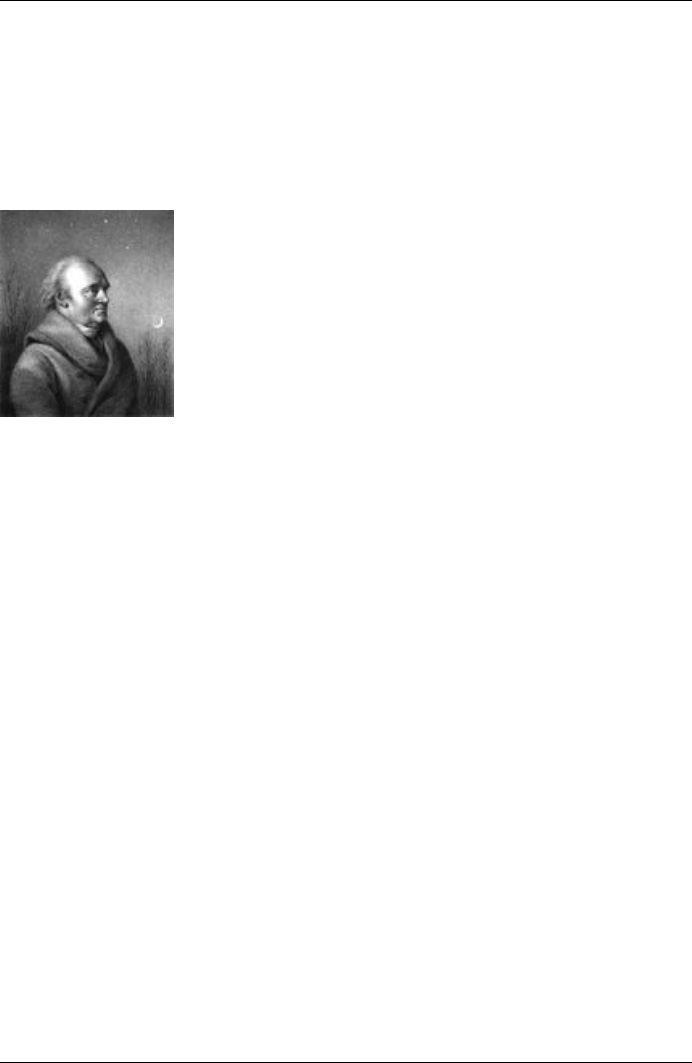
33 History of infrared technology
Before the year 1800, the existence of the infrared portion of the electromagnetic
spectrum wasn't even suspected. The original significance of the infrared spectrum,
or simply ‘the infrared’ as it is often called, as a form of heat radiation is perhaps less
obvious today than it was at the time of its discovery by Herschel in 1800.
10398703;a1
Figure 33.1 Sir William Herschel (1738–1822)
The discovery was made accidentally during the search for a new optical material.
Sir William Herschel – Royal Astronomer to King George III of England, and already
famous for his discovery of the planet Uranus – was searching for an optical filter
material to reduce the brightness of the sun’s image in telescopes during solar obser-
vations. While testing different samples of colored glass which gave similar reductions
in brightness he was intrigued to find that some of the samples passed very little of
the sun’s heat, while others passed so much heat that he risked eye damage after
only a few seconds’ observation.
Herschel was soon convinced of the necessity of setting up a systematic experiment,
with the objective of finding a single material that would give the desired reduction in
brightness as well as the maximum reduction in heat. He began the experiment by
actually repeating Newton’s prism experiment, but looking for the heating effect rather
than the visual distribution of intensity in the spectrum. He first blackened the bulb of
a sensitive mercury-in-glass thermometer with ink, and with this as his radiation de-
tector he proceeded to test the heating effect of the various colors of the spectrum
formed on the top of a table by passing sunlight through a glass prism. Other ther-
mometers, placed outside the sun’s rays, served as controls.
As the blackened thermometer was moved slowly along the colors of the spectrum,
the temperature readings showed a steady increase from the violet end to the red
end. This was not entirely unexpected, since the Italian researcher, Landriani, in a
similar experiment in 1777 had observed much the same effect. It was Herschel,
172 Publ. No. T559598 Rev. a554 – ENGLISH (EN) – September 27, 2011
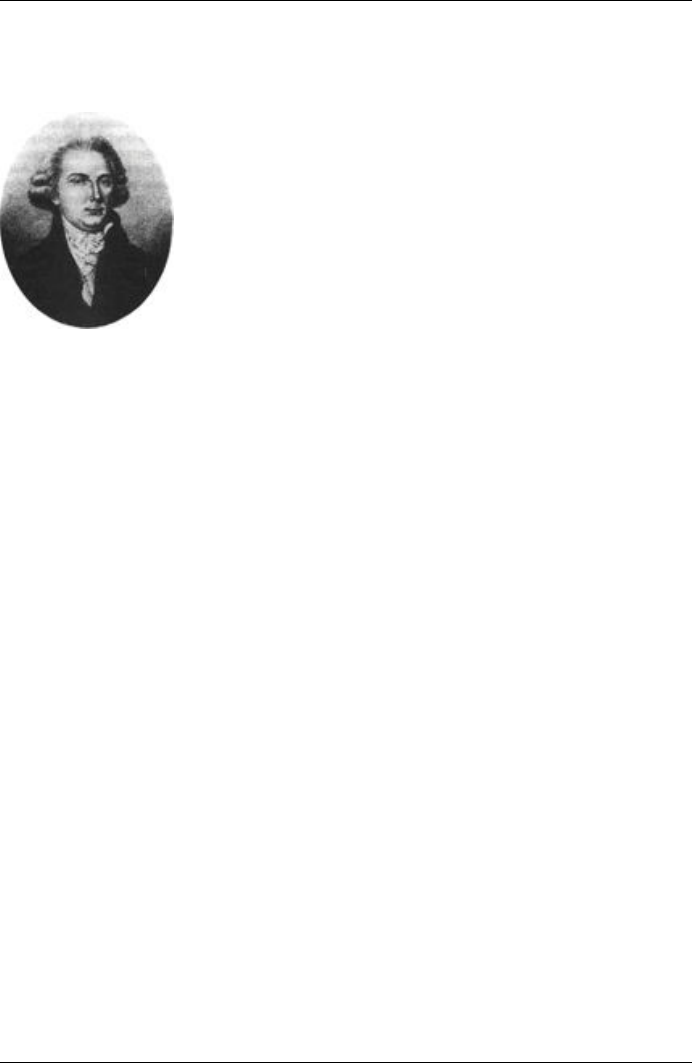
however, who was the first to recognize that there must be a point where the heating
effect reaches a maximum, and that measurements confined to the visible portion of
the spectrum failed to locate this point.
10398903;a1
Figure 33.2 Marsilio Landriani (1746–1815)
Moving the thermometer into the dark region beyond the red end of the spectrum,
Herschel confirmed that the heating continued to increase. The maximum point, when
he found it, lay well beyond the red end – in what is known today as the ‘infrared
wavelengths’.
When Herschel revealed his discovery, he referred to this new portion of the electro-
magnetic spectrum as the ‘thermometrical spectrum’. The radiation itself he sometimes
referred to as ‘dark heat’, or simply ‘the invisible rays’. Ironically, and contrary to
popular opinion, it wasn't Herschel who originated the term ‘infrared’. The word only
began to appear in print around 75 years later, and it is still unclear who should receive
credit as the originator.
Herschel’s use of glass in the prism of his original experiment led to some early
controversies with his contemporaries about the actual existence of the infrared
wavelengths. Different investigators, in attempting to confirm his work, used various
types of glass indiscriminately, having different transparencies in the infrared. Through
his later experiments, Herschel was aware of the limited transparency of glass to the
newly-discovered thermal radiation, and he was forced to conclude that optics for
the infrared would probably be doomed to the use of reflective elements exclusively
(i.e. plane and curved mirrors). Fortunately, this proved to be true only until 1830,
when the Italian investigator, Melloni, made his great discovery that naturally occurring
rock salt (NaCl) – which was available in large enough natural crystals to be made
into lenses and prisms – is remarkably transparent to the infrared. The result was that
rock salt became the principal infrared optical material, and remained so for the next
hundred years, until the art of synthetic crystal growing was mastered in the 1930’s.
Publ. No. T559598 Rev. a554 – ENGLISH (EN) – September 27, 2011 173
33 – History of infrared technology
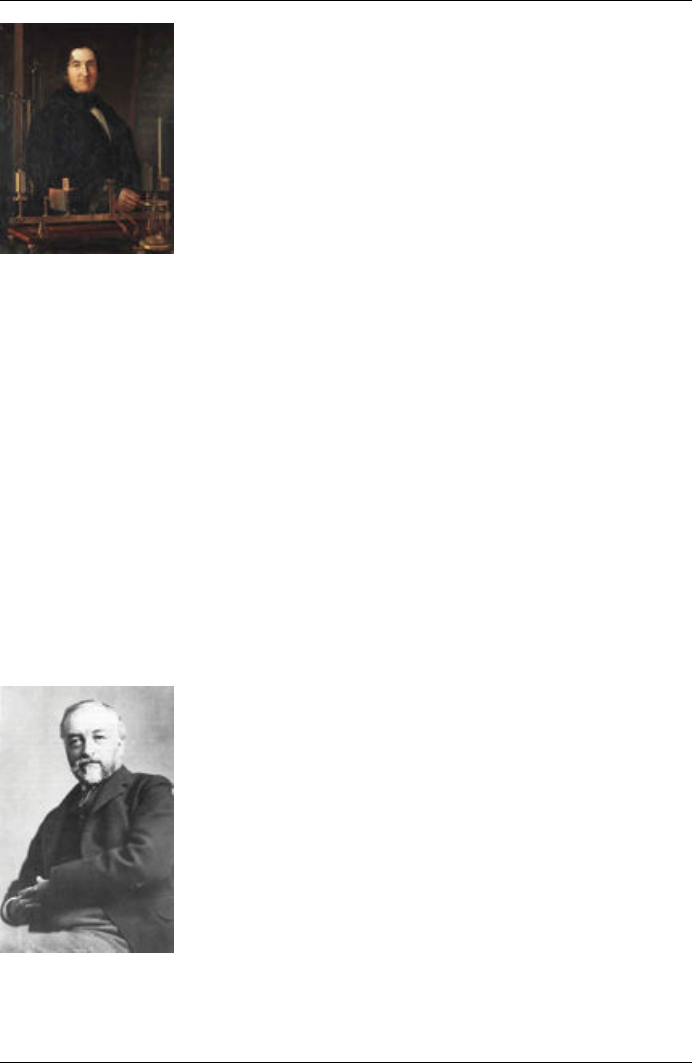
10399103;a1
Figure 33.3 Macedonio Melloni (1798–1854)
Thermometers, as radiation detectors, remained unchallenged until 1829, the year
Nobili invented the thermocouple. (Herschel’s own thermometer could be read to
0.2 °C (0.036 °F), and later models were able to be read to 0.05 °C (0.09 °F)). Then
a breakthrough occurred; Melloni connected a number of thermocouples in series
to form the first thermopile. The new device was at least 40 times as sensitive as the
best thermometer of the day for detecting heat radiation – capable of detecting the
heat from a person standing three meters away.
The first so-called ‘heat-picture’ became possible in 1840, the result of work by Sir
John Herschel, son of the discoverer of the infrared and a famous astronomer in his
own right. Based upon the differential evaporation of a thin film of oil when exposed
to a heat pattern focused upon it, the thermal image could be seen by reflected light
where the interference effects of the oil film made the image visible to the eye. Sir
John also managed to obtain a primitive record of the thermal image on paper, which
he called a ‘thermograph’.
10399003;a2
Figure 33.4 Samuel P. Langley (1834–1906)
174 Publ. No. T559598 Rev. a554 – ENGLISH (EN) – September 27, 2011
33 – History of infrared technology
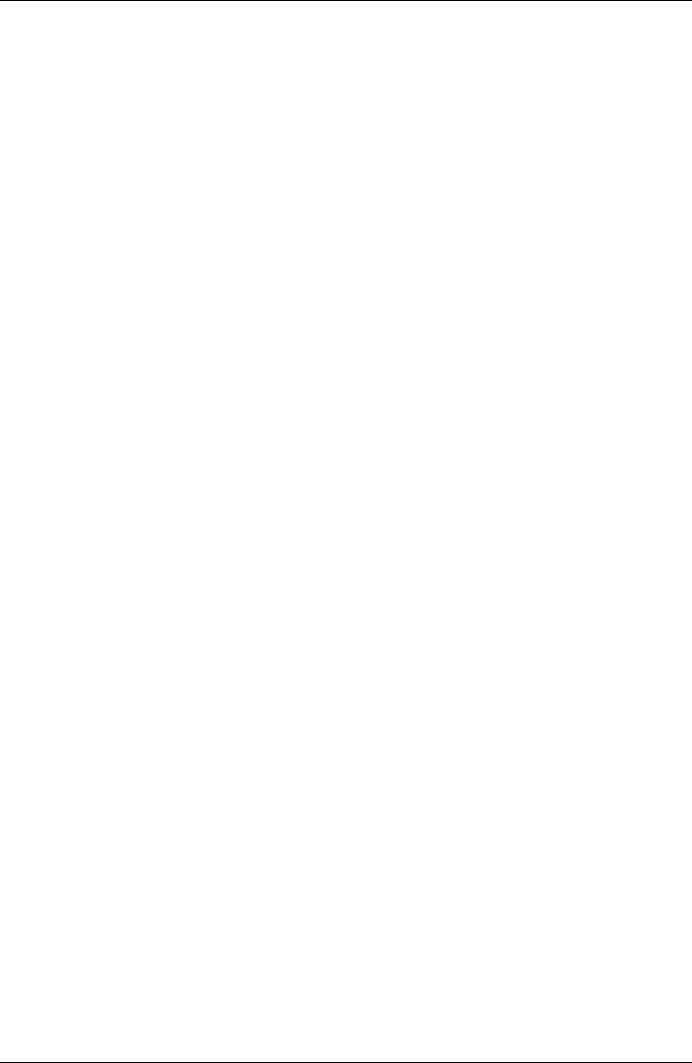
The improvement of infrared-detector sensitivity progressed slowly. Another major
breakthrough, made by Langley in 1880, was the invention of the bolometer. This
consisted of a thin blackened strip of platinum connected in one arm of a Wheatstone
bridge circuit upon which the infrared radiation was focused and to which a sensitive
galvanometer responded. This instrument is said to have been able to detect the heat
from a cow at a distance of 400 meters.
An English scientist, Sir James Dewar, first introduced the use of liquefied gases as
cooling agents (such as liquid nitrogen with a temperature of -196 °C (-320.8 °F)) in
low temperature research. In 1892 he invented a unique vacuum insulating container
in which it is possible to store liquefied gases for entire days. The common ‘thermos
bottle’, used for storing hot and cold drinks, is based upon his invention.
Between the years 1900 and 1920, the inventors of the world ‘discovered’ the infrared.
Many patents were issued for devices to detect personnel, artillery, aircraft, ships –
and even icebergs. The first operating systems, in the modern sense, began to be
developed during the 1914–18 war, when both sides had research programs devoted
to the military exploitation of the infrared. These programs included experimental
systems for enemy intrusion/detection, remote temperature sensing, secure commu-
nications, and ‘flying torpedo’ guidance. An infrared search system tested during this
period was able to detect an approaching airplane at a distance of 1.5 km (0.94 miles),
or a person more than 300 meters (984 ft.) away.
The most sensitive systems up to this time were all based upon variations of the
bolometer idea, but the period between the two wars saw the development of two
revolutionary new infrared detectors: the image converter and the photon detector.
At first, the image converter received the greatest attention by the military, because
it enabled an observer for the first time in history to literally ‘see in the dark’. However,
the sensitivity of the image converter was limited to the near infrared wavelengths,
and the most interesting military targets (i.e. enemy soldiers) had to be illuminated
by infrared search beams. Since this involved the risk of giving away the observer’s
position to a similarly-equipped enemy observer, it is understandable that military
interest in the image converter eventually faded.
The tactical military disadvantages of so-called 'active’ (i.e. search beam-equipped)
thermal imaging systems provided impetus following the 1939–45 war for extensive
secret military infrared-research programs into the possibilities of developing ‘passive’
(no search beam) systems around the extremely sensitive photon detector. During
this period, military secrecy regulations completely prevented disclosure of the status
of infrared-imaging technology. This secrecy only began to be lifted in the middle of
the 1950’s, and from that time adequate thermal-imaging devices finally began to be
available to civilian science and industry.
Publ. No. T559598 Rev. a554 – ENGLISH (EN) – September 27, 2011 175
33 – History of infrared technology
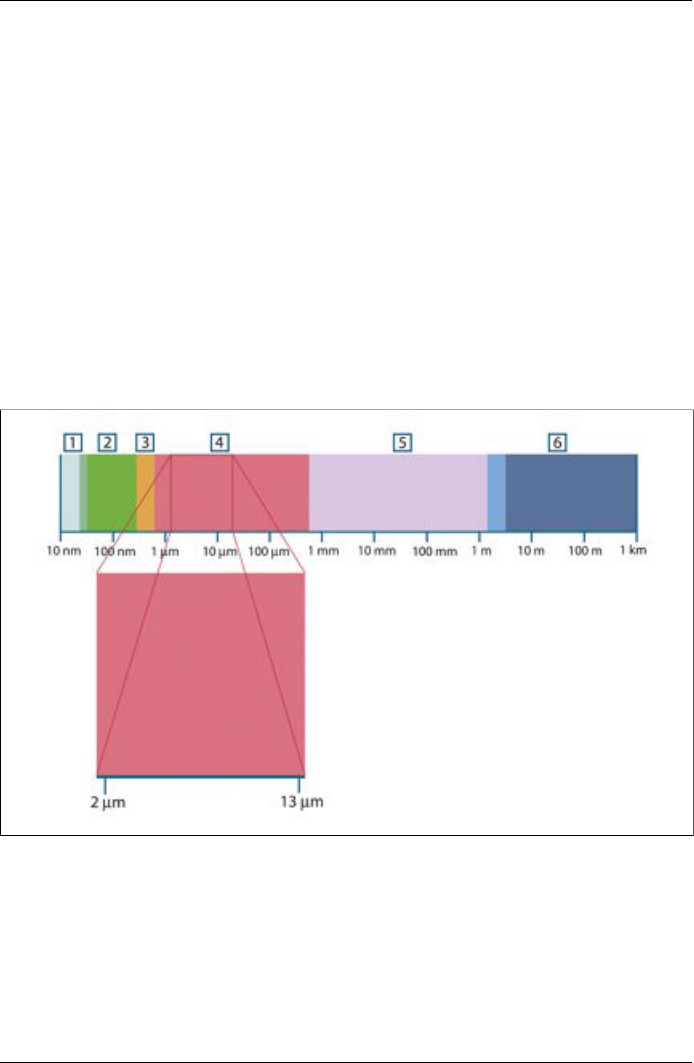
34 Theory of thermography
34.1 Introduction
The subjects of infrared radiation and the related technique of thermography are still
new to many who will use an infrared camera. In this section the theory behind ther-
mography will be given.
34.2 The electromagnetic spectrum
The electromagnetic spectrum is divided arbitrarily into a number of wavelength re-
gions, called bands, distinguished by the methods used to produce and detect the
radiation. There is no fundamental difference between radiation in the different bands
of the electromagnetic spectrum. They are all governed by the same laws and the
only differences are those due to differences in wavelength.
10067803;a1
Figure 34.1 The electromagnetic spectrum. 1: X-ray; 2: UV; 3: Visible; 4: IR; 5: Microwaves; 6: Radiowaves.
Thermography makes use of the infrared spectral band. At the short-wavelength end
the boundary lies at the limit of visual perception, in the deep red. At the long-wave-
length end it merges with the microwave radio wavelengths, in the millimeter range.
The infrared band is often further subdivided into four smaller bands, the boundaries
of which are also arbitrarily chosen. They include: the near infrared (0.75–3 μm), the
middle infrared (3–6 μm), the far infrared (6–15 μm) and the extreme infrared (15–100
176 Publ. No. T559598 Rev. a554 – ENGLISH (EN) – September 27, 2011
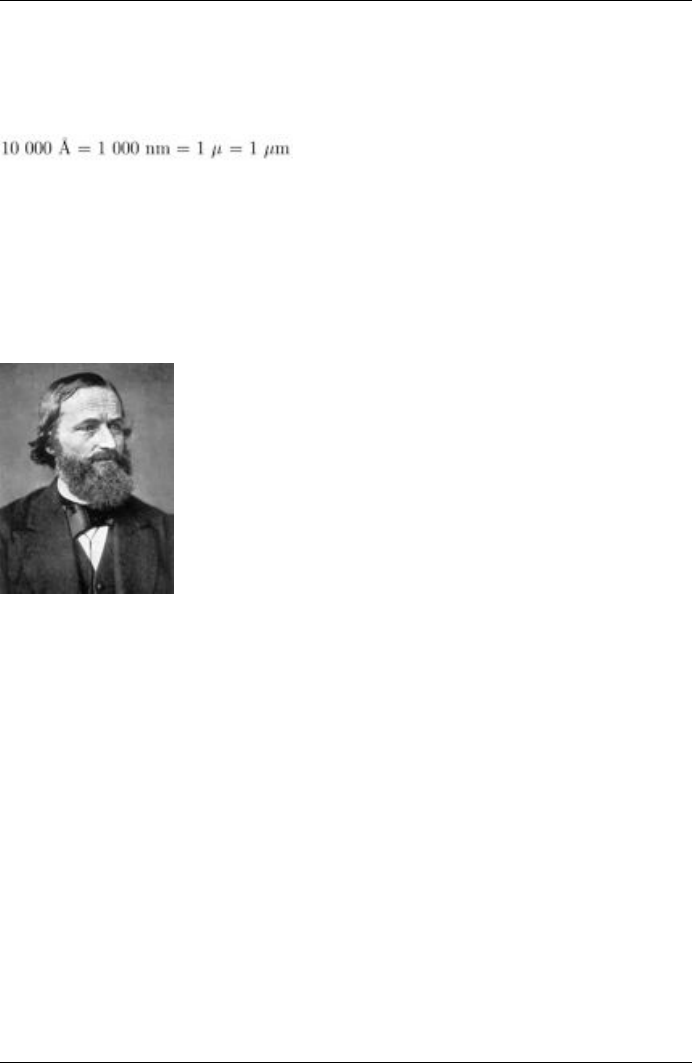
μm). Although the wavelengths are given in μm (micrometers), other units are often
still used to measure wavelength in this spectral region, e.g. nanometer (nm) and
Ångström (Å).
The relationships between the different wavelength measurements is:
34.3 Blackbody radiation
A blackbody is defined as an object which absorbs all radiation that impinges on it
at any wavelength. The apparent misnomer black relating to an object emitting radia-
tion is explained by Kirchhoff’s Law (after Gustav Robert Kirchhoff, 1824–1887), which
states that a body capable of absorbing all radiation at any wavelength is equally
capable in the emission of radiation.
10398803;a1
Figure 34.2 Gustav Robert Kirchhoff (1824–1887)
The construction of a blackbody source is, in principle, very simple. The radiation
characteristics of an aperture in an isotherm cavity made of an opaque absorbing
material represents almost exactly the properties of a blackbody. A practical application
of the principle to the construction of a perfect absorber of radiation consists of a box
that is light tight except for an aperture in one of the sides. Any radiation which then
enters the hole is scattered and absorbed by repeated reflections so only an infinites-
imal fraction can possibly escape. The blackness which is obtained at the aperture
is nearly equal to a blackbody and almost perfect for all wavelengths.
By providing such an isothermal cavity with a suitable heater it becomes what is
termed a cavity radiator. An isothermal cavity heated to a uniform temperature gener-
ates blackbody radiation, the characteristics of which are determined solely by the
temperature of the cavity. Such cavity radiators are commonly used as sources of
radiation in temperature reference standards in the laboratory for calibrating thermo-
graphic instruments, such as a FLIR Systems camera for example.
Publ. No. T559598 Rev. a554 – ENGLISH (EN) – September 27, 2011 177
34 – Theory of thermography
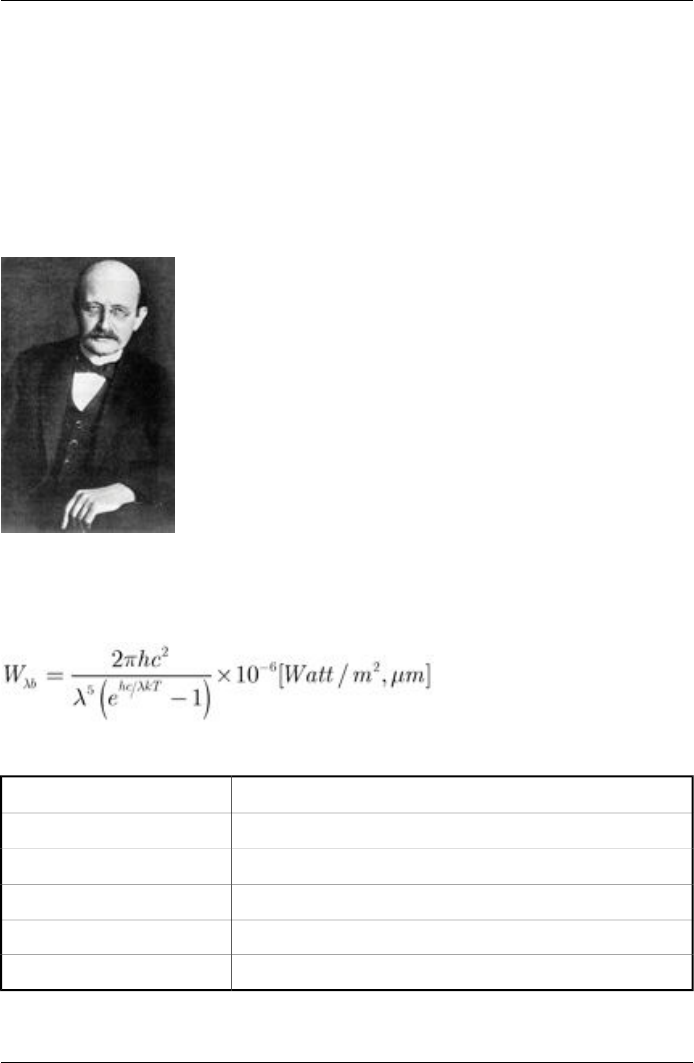
If the temperature of blackbody radiation increases to more than 525°C (977°F), the
source begins to be visible so that it appears to the eye no longer black. This is the
incipient red heat temperature of the radiator, which then becomes orange or yellow
as the temperature increases further. In fact, the definition of the so-called color
temperature of an object is the temperature to which a blackbody would have to be
heated to have the same appearance.
Now consider three expressions that describe the radiation emitted from a blackbody.
34.3.1 Planck’s law
10399203;a1
Figure 34.3 Max Planck (1858–1947)
Max Planck (1858–1947) was able to describe the spectral distribution of the radiation
from a blackbody by means of the following formula:
where:
Blackbody spectral radiant emittance at wavelength λ.Wλb
Velocity of light = 3 × 108m/sc
Planck’s constant = 6.6 × 10-34 Joule sec.h
Boltzmann’s constant = 1.4 × 10-23 Joule/K.k
Absolute temperature (K) of a blackbody.T
Wavelength (μm).λ
178 Publ. No. T559598 Rev. a554 – ENGLISH (EN) – September 27, 2011
34 – Theory of thermography
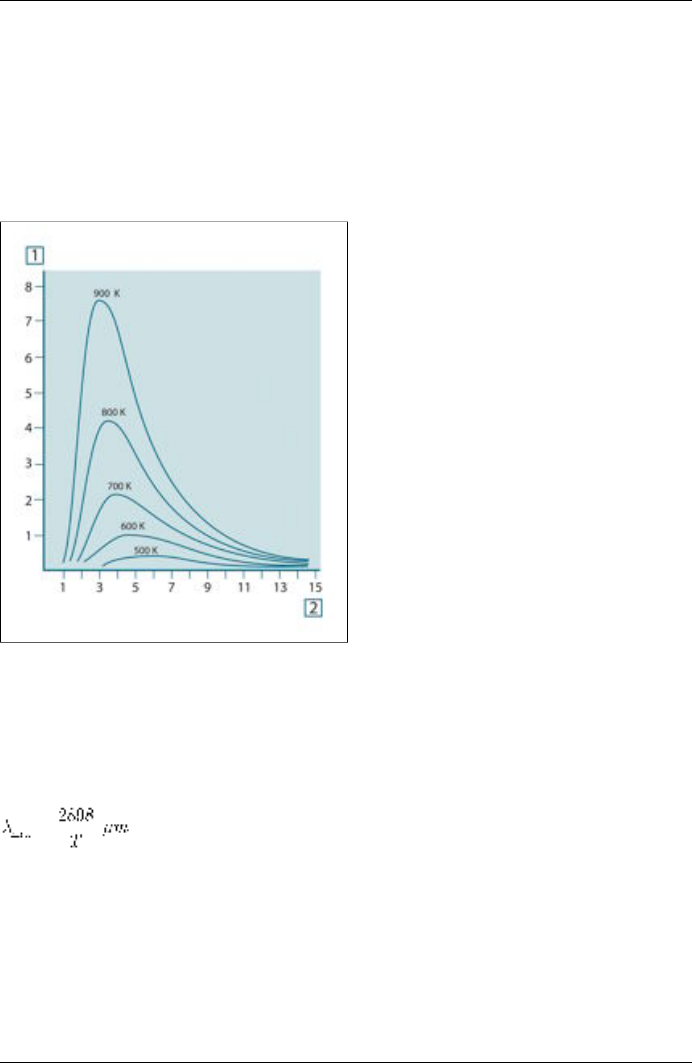
➲ The factor 10-6 is used since spectral emittance in the curves is expressed in
Watt/m2, μm.
Planck’s formula, when plotted graphically for various temperatures, produces a
family of curves. Following any particular Planck curve, the spectral emittance is zero
at λ = 0, then increases rapidly to a maximum at a wavelength λmax and after passing
it approaches zero again at very long wavelengths. The higher the temperature, the
shorter the wavelength at which maximum occurs.
10327103;a4
Figure 34.4 Blackbody spectral radiant emittance according to Planck’s law, plotted for various absolute
temperatures. 1: Spectral radiant emittance (W/cm2× 103(μm)); 2: Wavelength (μm)
34.3.2 Wien’s displacement law
By differentiating Planck’s formula with respect to λ, and finding the maximum, we
have:
This is Wien’s formula (after Wilhelm Wien, 1864–1928), which expresses mathemati-
cally the common observation that colors vary from red to orange or yellow as the
temperature of a thermal radiator increases. The wavelength of the color is the same
as the wavelength calculated for λmax. A good approximation of the value of λmax for
a given blackbody temperature is obtained by applying the rule-of-thumb 3 000/T
Publ. No. T559598 Rev. a554 – ENGLISH (EN) – September 27, 2011 179
34 – Theory of thermography
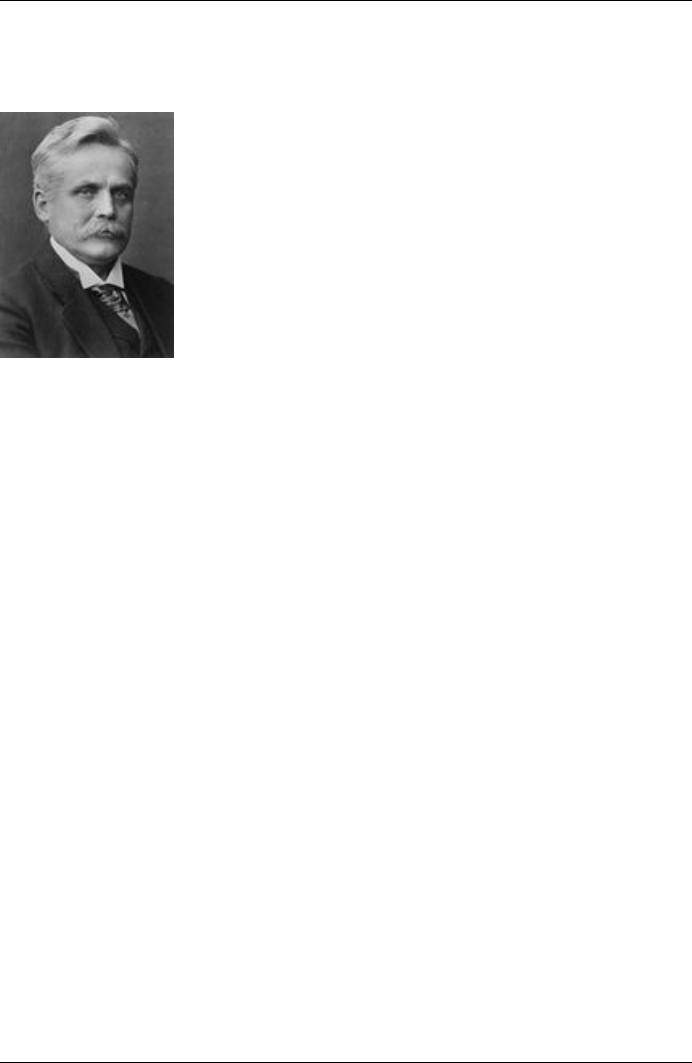
μm. Thus, a very hot star such as Sirius (11 000 K), emitting bluish-white light, radiates
with the peak of spectral radiant emittance occurring within the invisible ultraviolet
spectrum, at wavelength 0.27 μm.
10399403;a1
Figure 34.5 Wilhelm Wien (1864–1928)
The sun (approx. 6 000 K) emits yellow light, peaking at about 0.5 μm in the middle
of the visible light spectrum.
At room temperature (300 K) the peak of radiant emittance lies at 9.7 μm, in the far
infrared, while at the temperature of liquid nitrogen (77 K) the maximum of the almost
insignificant amount of radiant emittance occurs at 38 μm, in the extreme infrared
wavelengths.
180 Publ. No. T559598 Rev. a554 – ENGLISH (EN) – September 27, 2011
34 – Theory of thermography
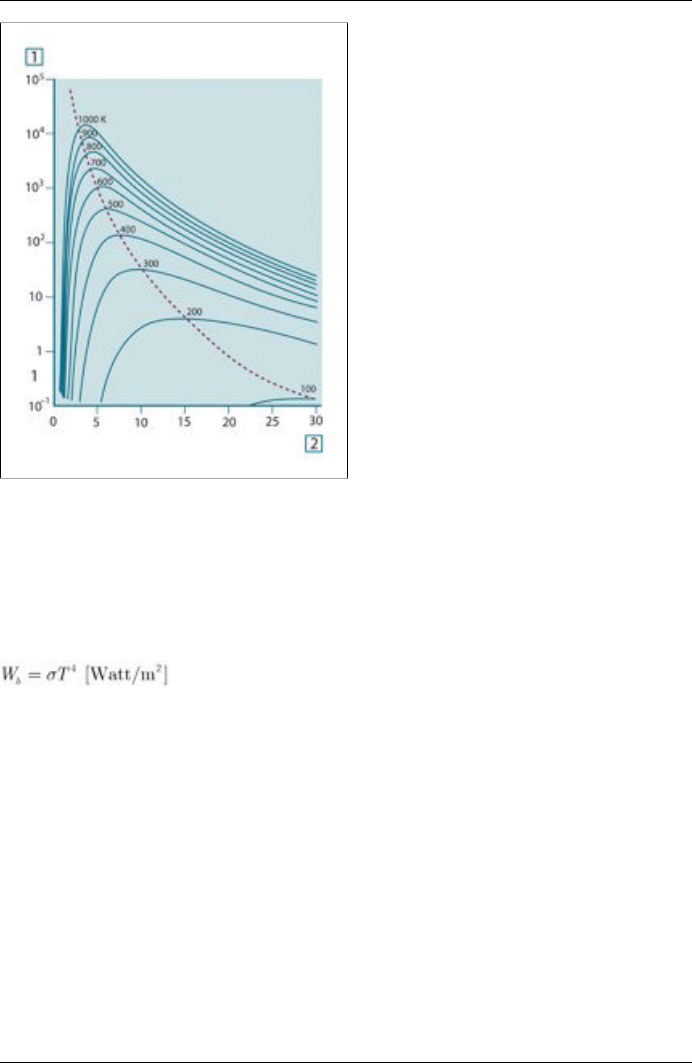
10327203;a4
Figure 34.6 Planckian curves plotted on semi-log scales from 100 K to 1000 K. The dotted line represents
the locus of maximum radiant emittance at each temperature as described by Wien's displacement law.
1: Spectral radiant emittance (W/cm2(μm)); 2: Wavelength (μm).
34.3.3 Stefan-Boltzmann's law
By integrating Planck’s formula from λ = 0 to λ = ∞, we obtain the total radiant
emittance (Wb) of a blackbody:
This is the Stefan-Boltzmann formula (after Josef Stefan, 1835–1893, and Ludwig
Boltzmann, 1844–1906), which states that the total emissive power of a blackbody is
proportional to the fourth power of its absolute temperature. Graphically, Wbrepresents
the area below the Planck curve for a particular temperature. It can be shown that the
radiant emittance in the interval λ = 0 to λmax is only 25% of the total, which represents
about the amount of the sun’s radiation which lies inside the visible light spectrum.
Publ. No. T559598 Rev. a554 – ENGLISH (EN) – September 27, 2011 181
34 – Theory of thermography
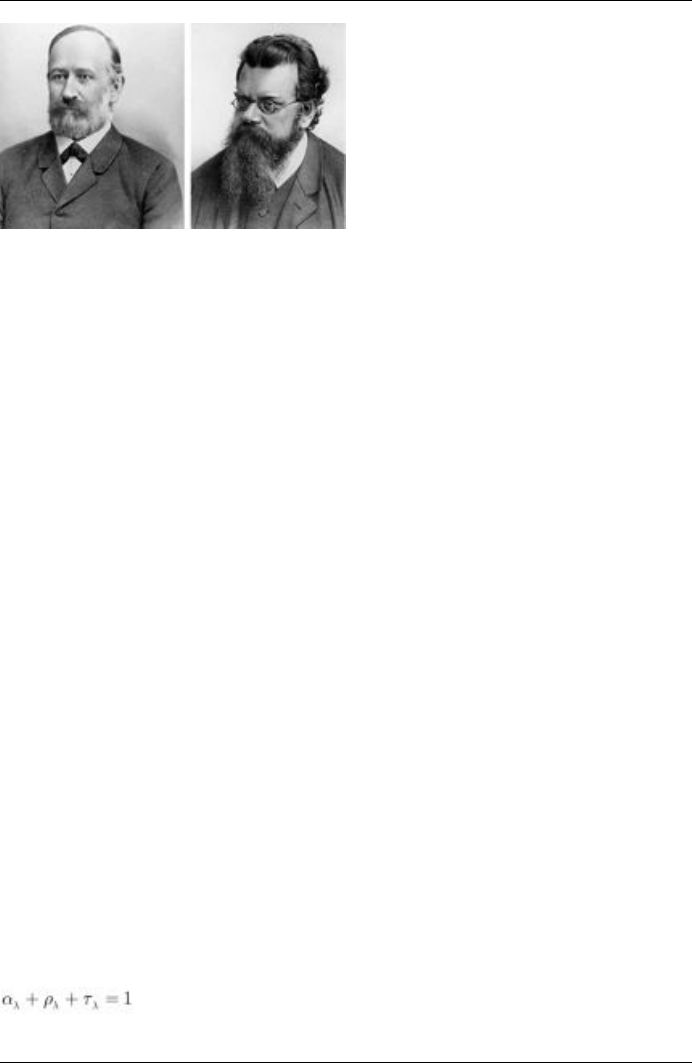
10399303;a1
Figure 34.7 Josef Stefan (1835–1893), and Ludwig Boltzmann (1844–1906)
Using the Stefan-Boltzmann formula to calculate the power radiated by the human
body, at a temperature of 300 K and an external surface area of approx. 2 m2, we
obtain 1 kW. This power loss could not be sustained if it were not for the compensating
absorption of radiation from surrounding surfaces, at room temperatures which do
not vary too drastically from the temperature of the body – or, of course, the addition
of clothing.
34.3.4 Non-blackbody emitters
So far, only blackbody radiators and blackbody radiation have been discussed.
However, real objects almost never comply with these laws over an extended wave-
length region – although they may approach the blackbody behavior in certain
spectral intervals. For example, a certain type of white paint may appear perfectly
white in the visible light spectrum, but becomes distinctly gray at about 2 μm, and
beyond 3 μm it is almost black.
There are three processes which can occur that prevent a real object from acting like
a blackbody: a fraction of the incident radiation α may be absorbed, a fraction ρ may
be reflected, and a fraction τ may be transmitted. Since all of these factors are more
or less wavelength dependent, the subscript λ is used to imply the spectral depen-
dence of their definitions. Thus:
■The spectral absorptance αλ= the ratio of the spectral radiant power absorbed by
an object to that incident upon it.
■The spectral reflectance ρλ= the ratio of the spectral radiant power reflected by
an object to that incident upon it.
■The spectral transmittance τλ= the ratio of the spectral radiant power transmitted
through an object to that incident upon it.
The sum of these three factors must always add up to the whole at any wavelength,
so we have the relation:
182 Publ. No. T559598 Rev. a554 – ENGLISH (EN) – September 27, 2011
34 – Theory of thermography
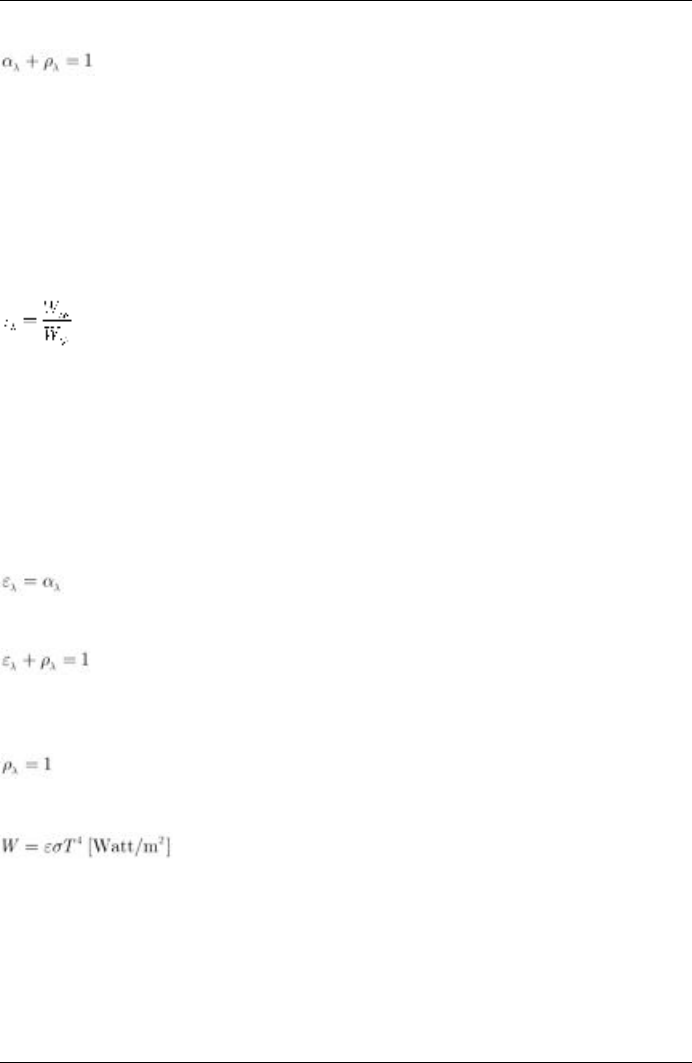
For opaque materials τλ= 0 and the relation simplifies to:
Another factor, called the emissivity, is required to describe the fraction ε of the radiant
emittance of a blackbody produced by an object at a specific temperature. Thus, we
have the definition:
The spectral emissivity ελ= the ratio of the spectral radiant power from an object to
that from a blackbody at the same temperature and wavelength.
Expressed mathematically, this can be written as the ratio of the spectral emittance
of the object to that of a blackbody as follows:
Generally speaking, there are three types of radiation source, distinguished by the
ways in which the spectral emittance of each varies with wavelength.
■A blackbody, for which ελ= ε = 1
■A graybody, for which ελ= ε = constant less than 1
■A selective radiator, for which ε varies with wavelength
According to Kirchhoff’s law, for any material the spectral emissivity and spectral ab-
sorptance of a body are equal at any specified temperature and wavelength. That is:
From this we obtain, for an opaque material (since αλ+ ρλ= 1):
For highly polished materials ελapproaches zero, so that for a perfectly reflecting
material (i.e. a perfect mirror) we have:
For a graybody radiator, the Stefan-Boltzmann formula becomes:
This states that the total emissive power of a graybody is the same as a blackbody
at the same temperature reduced in proportion to the value of ε from the graybody.
Publ. No. T559598 Rev. a554 – ENGLISH (EN) – September 27, 2011 183
34 – Theory of thermography
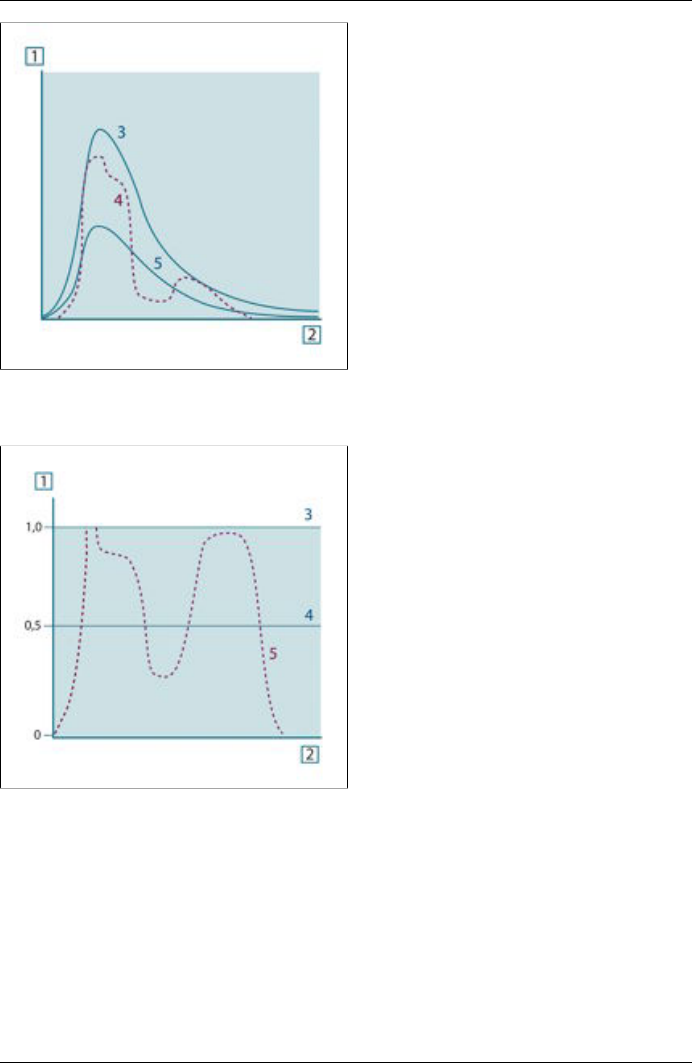
10401203;a2
Figure 34.8 Spectral radiant emittance of three types of radiators. 1: Spectral radiant emittance; 2:
Wavelength; 3: Blackbody; 4: Selective radiator; 5: Graybody.
10327303;a4
Figure 34.9 Spectral emissivity of three types of radiators. 1: Spectral emissivity; 2: Wavelength; 3:
Blackbody; 4: Graybody; 5: Selective radiator.
34.4 Infrared semi-transparent materials
Consider now a non-metallic, semi-transparent body – let us say, in the form of a thick
flat plate of plastic material. When the plate is heated, radiation generated within its
volume must work its way toward the surfaces through the material in which it is
partially absorbed. Moreover, when it arrives at the surface, some of it is reflected
back into the interior. The back-reflected radiation is again partially absorbed, but
184 Publ. No. T559598 Rev. a554 – ENGLISH (EN) – September 27, 2011
34 – Theory of thermography
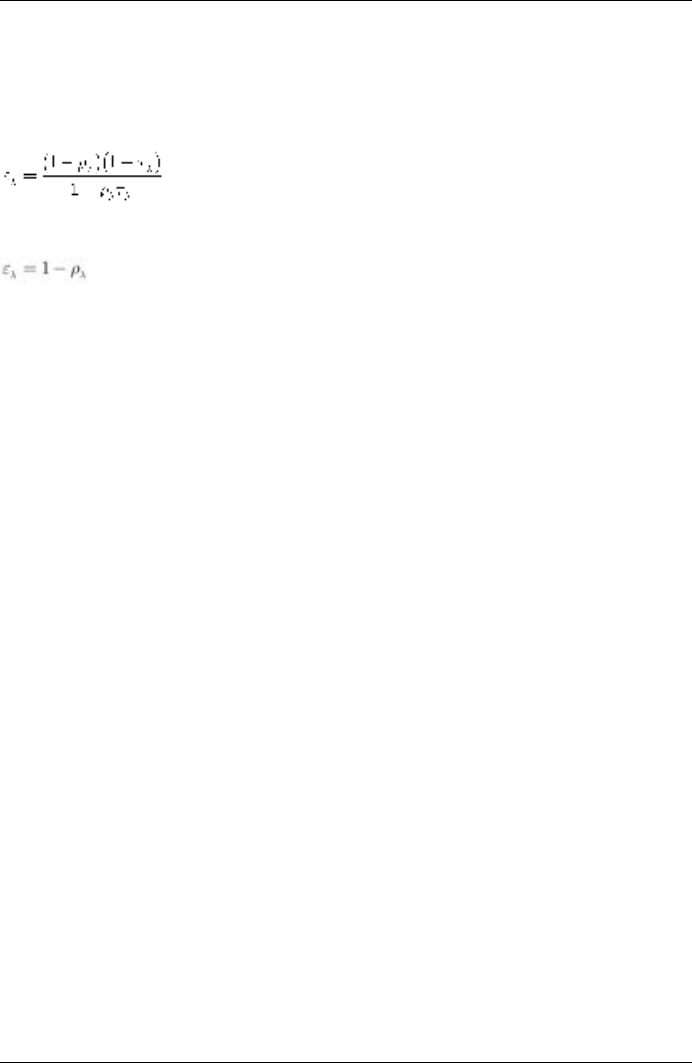
some of it arrives at the other surface, through which most of it escapes; part of it is
reflected back again. Although the progressive reflections become weaker and
weaker they must all be added up when the total emittance of the plate is sought.
When the resulting geometrical series is summed, the effective emissivity of a semi-
transparent plate is obtained as:
When the plate becomes opaque this formula is reduced to the single formula:
This last relation is a particularly convenient one, because it is often easier to measure
reflectance than to measure emissivity directly.
Publ. No. T559598 Rev. a554 – ENGLISH (EN) – September 27, 2011 185
34 – Theory of thermography
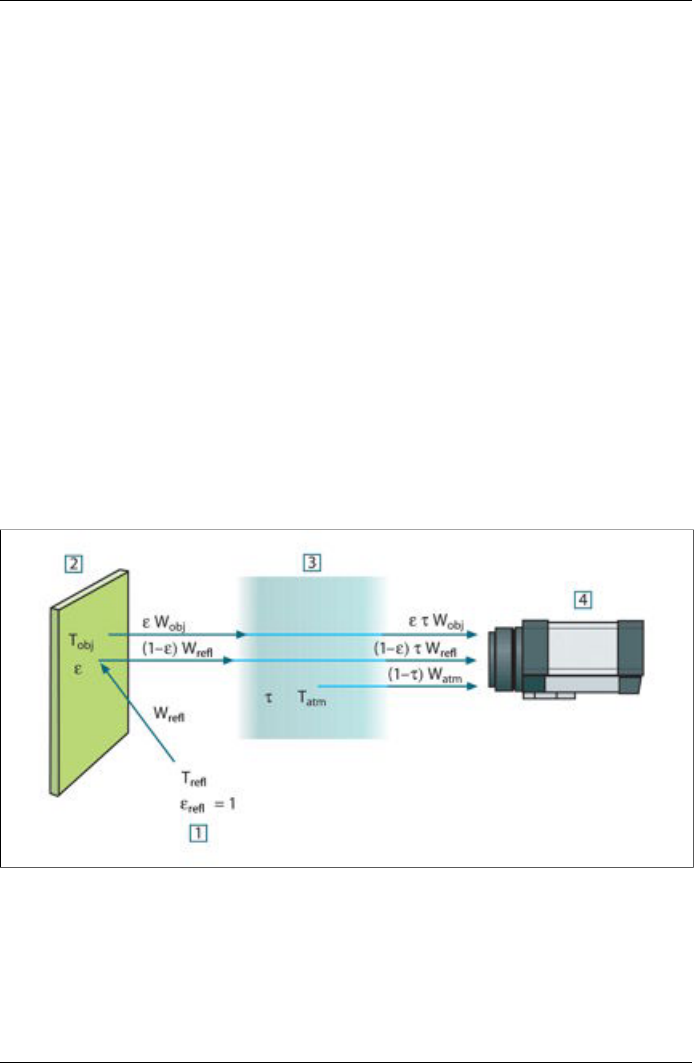
35 The measurement formula
As already mentioned, when viewing an object, the camera receives radiation not
only from the object itself. It also collects radiation from the surroundings reflected
via the object surface. Both these radiation contributions become attenuated to some
extent by the atmosphere in the measurement path. To this comes a third radiation
contribution from the atmosphere itself.
This description of the measurement situation, as illustrated in the figure below, is so
far a fairly true description of the real conditions. What has been neglected could for
instance be sun light scattering in the atmosphere or stray radiation from intense ra-
diation sources outside the field of view. Such disturbances are difficult to quantify,
however, in most cases they are fortunately small enough to be neglected. In case
they are not negligible, the measurement configuration is likely to be such that the
risk for disturbance is obvious, at least to a trained operator. It is then his responsibil-
ity to modify the measurement situation to avoid the disturbance e.g. by changing
the viewing direction, shielding off intense radiation sources etc.
Accepting the description above, we can use the figure below to derive a formula for
the calculation of the object temperature from the calibrated camera output.
10400503;a1
Figure 35.1 A schematic representation of the general thermographic measurement situation.1: Surround-
ings; 2: Object; 3: Atmosphere; 4: Camera
Assume that the received radiation power Wfrom a blackbody source of temperature
Tsource on short distance generates a camera output signal Usource that is proportional
to the power input (power linear camera). We can then write (Equation 1):
186 Publ. No. T559598 Rev. a554 – ENGLISH (EN) – September 27, 2011
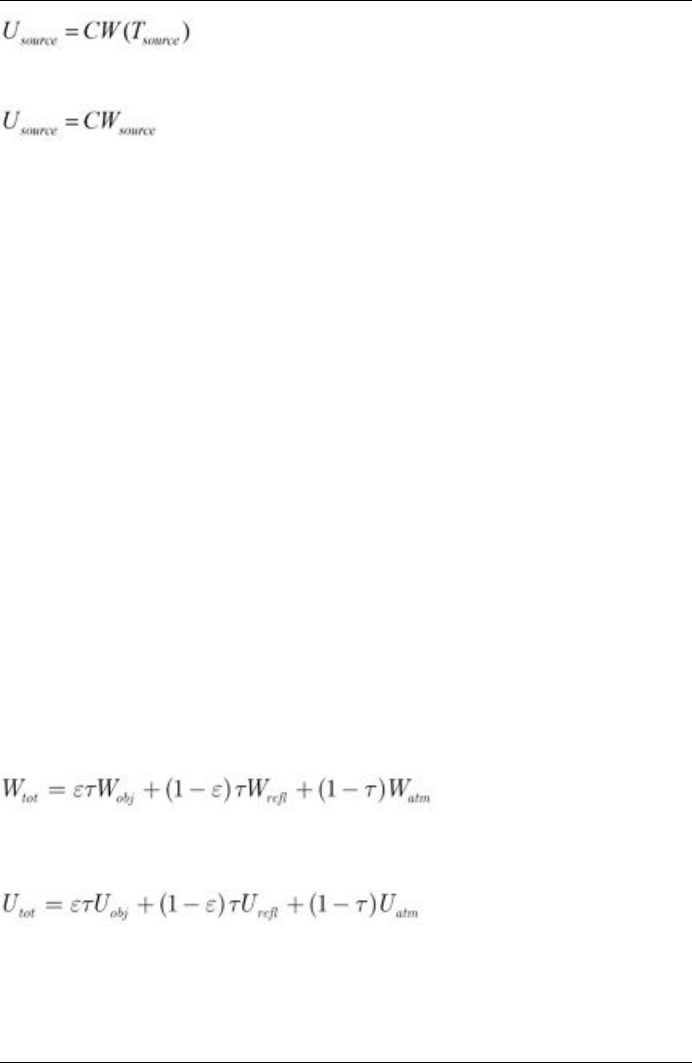
or, with simplified notation:
where C is a constant.
Should the source be a graybody with emittance ε, the received radiation would
consequently be εWsource.
We are now ready to write the three collected radiation power terms:
1 – Emission from the object =ετWobj, where εis the emittance of the object and τ
is the transmittance of the atmosphere. The object temperature is Tobj.
2 – Reflected emission from ambient sources =(1 – ε)τWrefl, where (1 – ε) is the re-
flectance of the object. The ambient sources have the temperature Trefl.
It has here been assumed that the temperature Trefl is the same for all emitting surfaces
within the halfsphere seen from a point on the object surface. This is of course
sometimes a simplification of the true situation. It is, however, a necessary simplification
in order to derive a workable formula, and Trefl can – at least theoretically – be given
a value that represents an efficient temperature of a complex surrounding.
Note also that we have assumed that the emittance for the surroundings = 1. This is
correct in accordance with Kirchhoff’s law: All radiation impinging on the surrounding
surfaces will eventually be absorbed by the same surfaces. Thus the emittance = 1.
(Note though that the latest discussion requires the complete sphere around the object
to be considered.)
3 – Emission from the atmosphere =(1 – τ)τWatm, where (1 – τ) is the emittance of
the atmosphere. The temperature of the atmosphere is Tatm.
The total received radiation power can now be written (Equation 2):
We multiply each term by the constant Cof Equation 1 and replace the CW products
by the corresponding Uaccording to the same equation, and get (Equation 3):
Solve Equation 3 for Uobj (Equation 4):
Publ. No. T559598 Rev. a554 – ENGLISH (EN) – September 27, 2011 187
35 – The measurement formula
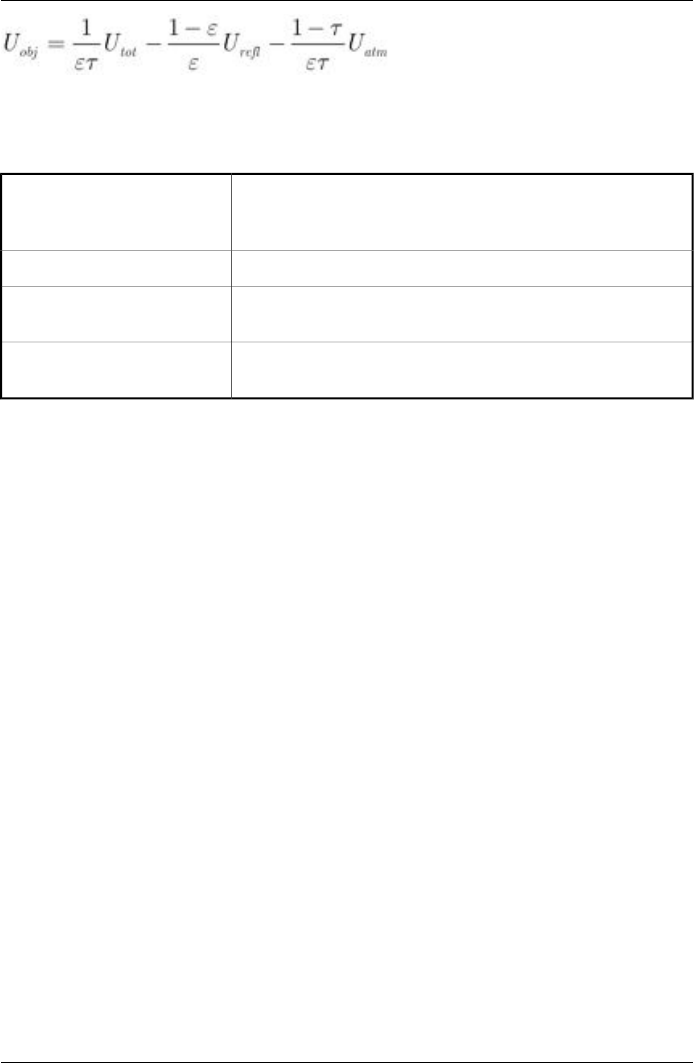
This is the general measurement formula used in all the FLIR Systems thermographic
equipment. The voltages of the formula are:
Figure 35.2 Voltages
Calculated camera output voltage for a blackbody of temperature
Tobj i.e. a voltage that can be directly converted into true requested
object temperature.
Uobj
Measured camera output voltage for the actual case.Utot
Theoretical camera output voltage for a blackbody of temperature
Trefl according to the calibration.
Urefl
Theoretical camera output voltage for a blackbody of temperature
Tatm according to the calibration.
Uatm
The operator has to supply a number of parameter values for the calculation:
■the object emittance ε,
■the relative humidity,
■Tatm
■object distance (Dobj)
■the (effective) temperature of the object surroundings, or the reflected ambient
temperature Trefl, and
■the temperature of the atmosphere Tatm
This task could sometimes be a heavy burden for the operator since there are normally
no easy ways to find accurate values of emittance and atmospheric transmittance for
the actual case. The two temperatures are normally less of a problem provided the
surroundings do not contain large and intense radiation sources.
A natural question in this connection is: How important is it to know the right values
of these parameters? It could though be of interest to get a feeling for this problem
already here by looking into some different measurement cases and compare the
relative magnitudes of the three radiation terms. This will give indications about when
it is important to use correct values of which parameters.
The figures below illustrates the relative magnitudes of the three radiation contributions
for three different object temperatures, two emittances, and two spectral ranges: SW
and LW. Remaining parameters have the following fixed values:
■τ= 0.88
■Trefl = +20°C (+68°F)
■Tatm = +20°C (+68°F)
188 Publ. No. T559598 Rev. a554 – ENGLISH (EN) – September 27, 2011
35 – The measurement formula
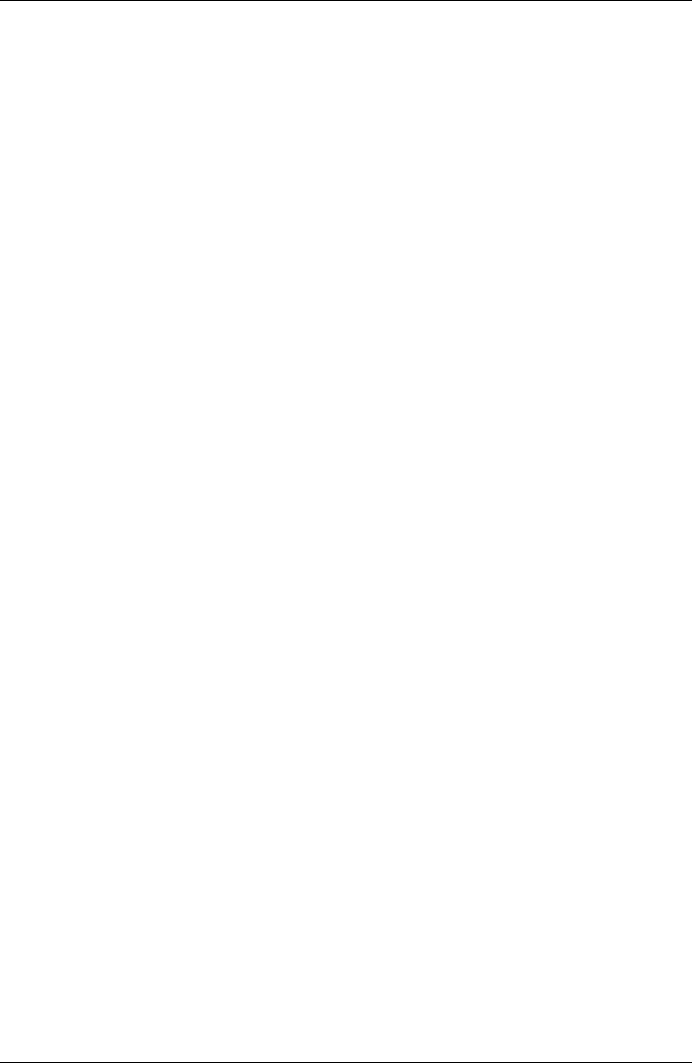
It is obvious that measurement of low object temperatures are more critical than
measuring high temperatures since the ‘disturbing’ radiation sources are relatively
much stronger in the first case. Should also the object emittance be low, the situation
would be still more difficult.
We have finally to answer a question about the importance of being allowed to use
the calibration curve above the highest calibration point, what we call extrapolation.
Imagine that we in a certain case measure Utot = 4.5 volts. The highest calibration
point for the camera was in the order of 4.1 volts, a value unknown to the operator.
Thus, even if the object happened to be a blackbody, i.e. Uobj = Utot, we are actually
performing extrapolation of the calibration curve when converting 4.5 volts into tem-
perature.
Let us now assume that the object is not black, it has an emittance of 0.75, and the
transmittance is 0.92. We also assume that the two second terms of Equation 4 amount
to 0.5 volts together. Computation of Uobj by means of Equation 4 then results in Uobj
= 4.5 / 0.75 / 0.92 – 0.5 = 6.0. This is a rather extreme extrapolation, particularly when
considering that the video amplifier might limit the output to 5 volts! Note, though,
that the application of the calibration curve is a theoretical procedure where no elec-
tronic or other limitations exist. We trust that if there had been no signal limitations in
the camera, and if it had been calibrated far beyond 5 volts, the resulting curve would
have been very much the same as our real curve extrapolated beyond 4.1 volts, pro-
vided the calibration algorithm is based on radiation physics, like the FLIR Systems
algorithm. Of course there must be a limit to such extrapolations.
Publ. No. T559598 Rev. a554 – ENGLISH (EN) – September 27, 2011 189
35 – The measurement formula
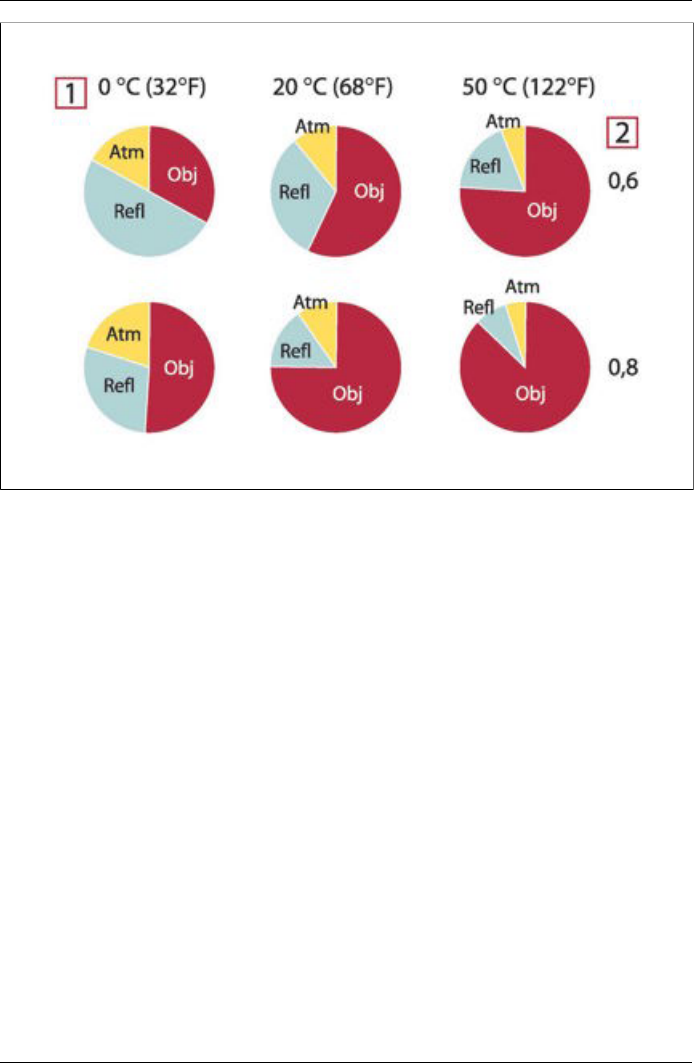
10400603;a2
Figure 35.3 Relative magnitudes of radiation sources under varying measurement conditions (SW camera).
1: Object temperature; 2: Emittance; Obj: Object radiation; Refl: Reflected radiation; Atm: atmosphere
radiation. Fixed parameters: τ= 0.88; Trefl = 20°C (+68°F); Tatm = 20°C (+68°F).
190 Publ. No. T559598 Rev. a554 – ENGLISH (EN) – September 27, 2011
35 – The measurement formula
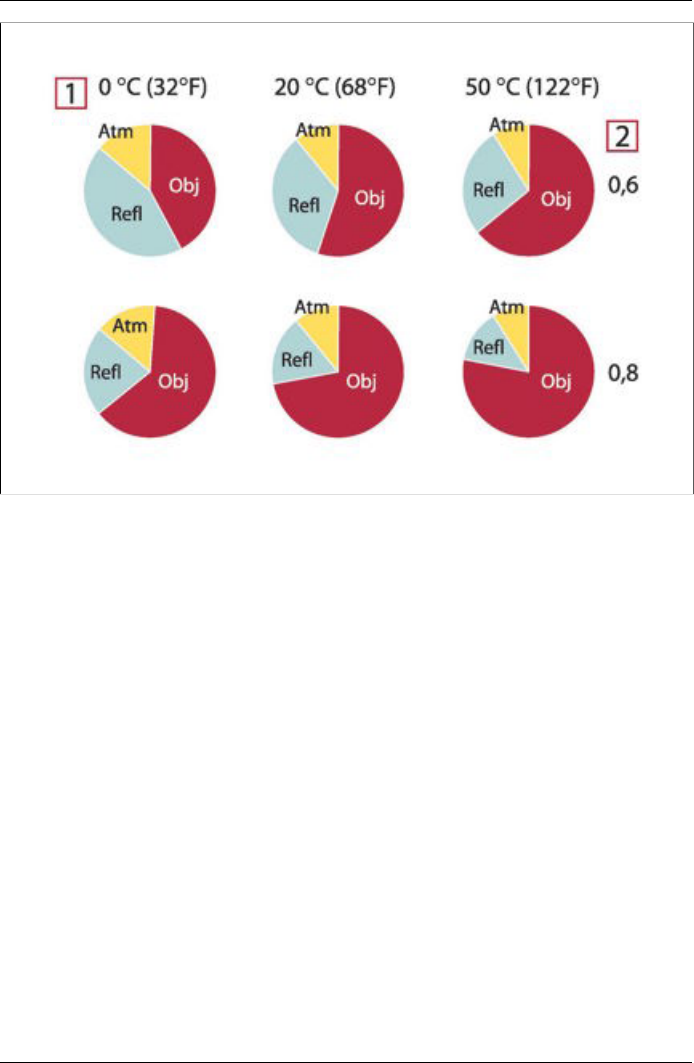
10400703;a2
Figure 35.4 Relative magnitudes of radiation sources under varying measurement conditions (LW camera).
1: Object temperature; 2: Emittance; Obj: Object radiation; Refl: Reflected radiation; Atm: atmosphere
radiation. Fixed parameters: τ= 0.88; Trefl = 20°C (+68°F); Tatm = 20°C (+68°F).
Publ. No. T559598 Rev. a554 – ENGLISH (EN) – September 27, 2011 191
35 – The measurement formula
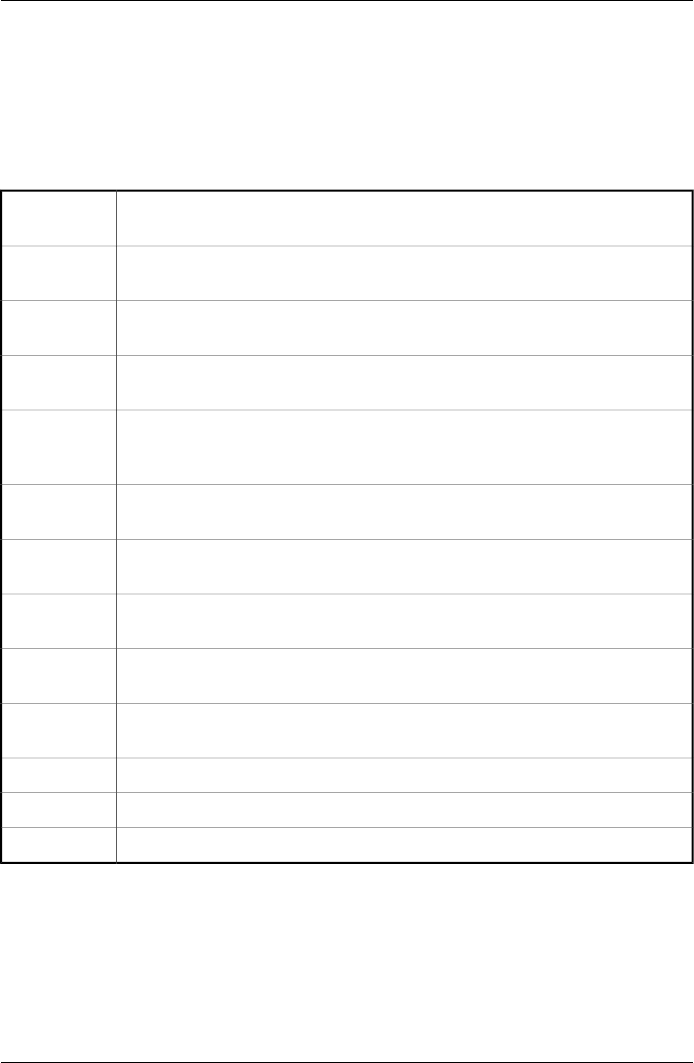
36 Emissivity tables
This section presents a compilation of emissivity data from the infrared literature and
measurements made by FLIR Systems.
36.1 References
Mikaél A. Bramson: Infrared Radiation, A Handbook for Applications, Plenum press,
N.Y.
1
William L. Wolfe, George J. Zissis: The Infrared Handbook, Office of Naval Research,
Department of Navy, Washington, D.C.
2
Madding, R. P.: Thermographic Instruments and systems. Madison, Wisconsin: Univer-
sity of Wisconsin – Extension, Department of Engineering and Applied Science.
3
William L. Wolfe: Handbook of Military Infrared Technology, Office of Naval Research,
Department of Navy, Washington, D.C.
4
Jones, Smith, Probert: External thermography of buildings..., Proc. of the Society of
Photo-Optical Instrumentation Engineers, vol.110, Industrial and Civil Applications of
Infrared Technology, June 1977 London.
5
Paljak, Pettersson: Thermography of Buildings, Swedish Building Research Institute,
Stockholm 1972.
6
Vlcek, J: Determination of emissivity with imaging radiometers and some emissivities
at λ = 5 µm. Photogrammetric Engineering and Remote Sensing.
7
Kern: Evaluation of infrared emission of clouds and ground as measured by weather
satellites, Defence Documentation Center, AD 617 417.
8
Öhman, Claes: Emittansmätningar med AGEMA E-Box. Teknisk rapport, AGEMA 1999.
(Emittance measurements using AGEMA E-Box. Technical report, AGEMA 1999.)
9
Matteï, S., Tang-Kwor, E: Emissivity measurements for Nextel Velvet coating 811-21
between –36°C AND 82°C.
10
Lohrengel & Todtenhaupt (1996)11
ITC Technical publication 32.12
ITC Technical publication 29.13
36.2 Important note about the emissivity tables
The emissivity values in the table below are recorded using a shortwave (SW) camera.
The values should be regarded as recommendations only and used with caution.
192 Publ. No. T559598 Rev. a554 – ENGLISH (EN) – September 27, 2011
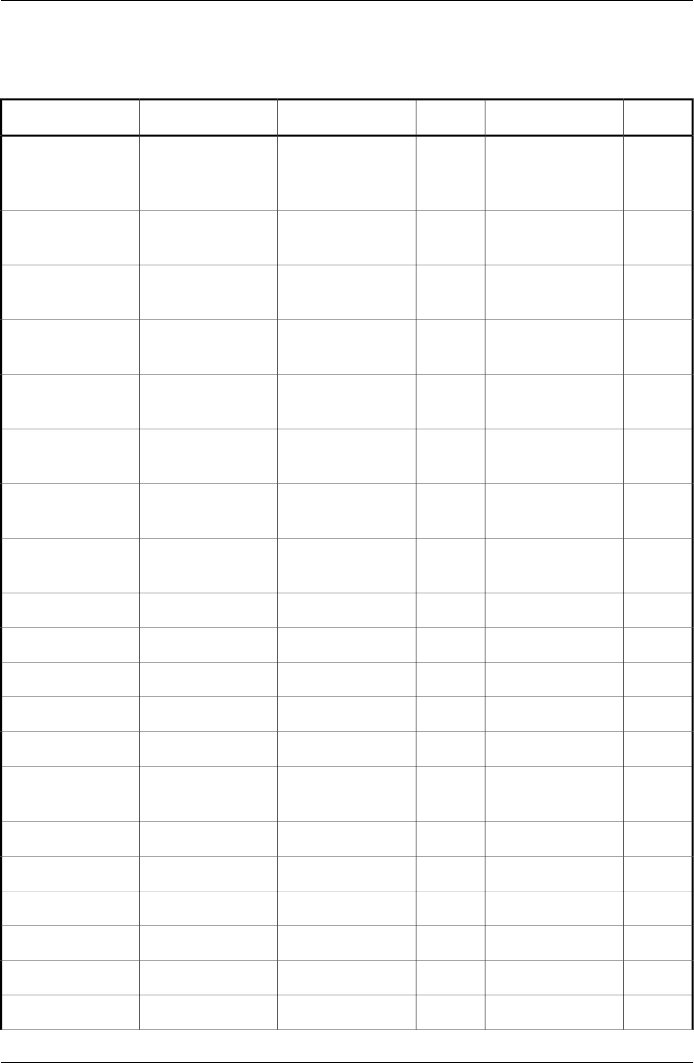
36.3 Tables
Figure 36.1 T: Total spectrum; SW: 2–5 µm; LW: 8–14 µm, LLW: 6.5–20 µm; 1: Material; 2: Specification;
3: Temperature in °C; 4: Spectrum; 5: Emissivity: 6: Reference
654321
13Ca. 0.96LW< 80Vinyl electrical
tape (several col-
ors)
3M type 35
13Ca. 0.96LW< 105Black vinyl electri-
cal tape
3M type 88
13< 0.96MW< 105Black vinyl electri-
cal tape
3M type 88
13Ca. 0.96LW< 80Black vinyl electri-
cal tape
3M type Super
33+
90.95LW70anodized, black,
dull
Aluminum
90.67SW70anodized, black,
dull
Aluminum
90.97LW70anodized, light
gray, dull
Aluminum
90.61SW70anodized, light
gray, dull
Aluminum
20.55T100anodized sheetAluminum
40.09T100as received, plateAluminum
20.09T100as received, sheetAluminum
90.46LW70cast, blast cleanedAluminum
90.47SW70cast, blast cleanedAluminum
40.05T100dipped in HNO3,
plate
Aluminum
30.093 µm27foilAluminum
30.0410 µm27foilAluminum
10.2–0.3T50–500oxidized, stronglyAluminum
10.04–0.06T50–100polishedAluminum
20.05T100polished, sheetAluminum
40.05T100polished plateAluminum
Publ. No. T559598 Rev. a554 – ENGLISH (EN) – September 27, 2011 193
36 – Emissivity tables
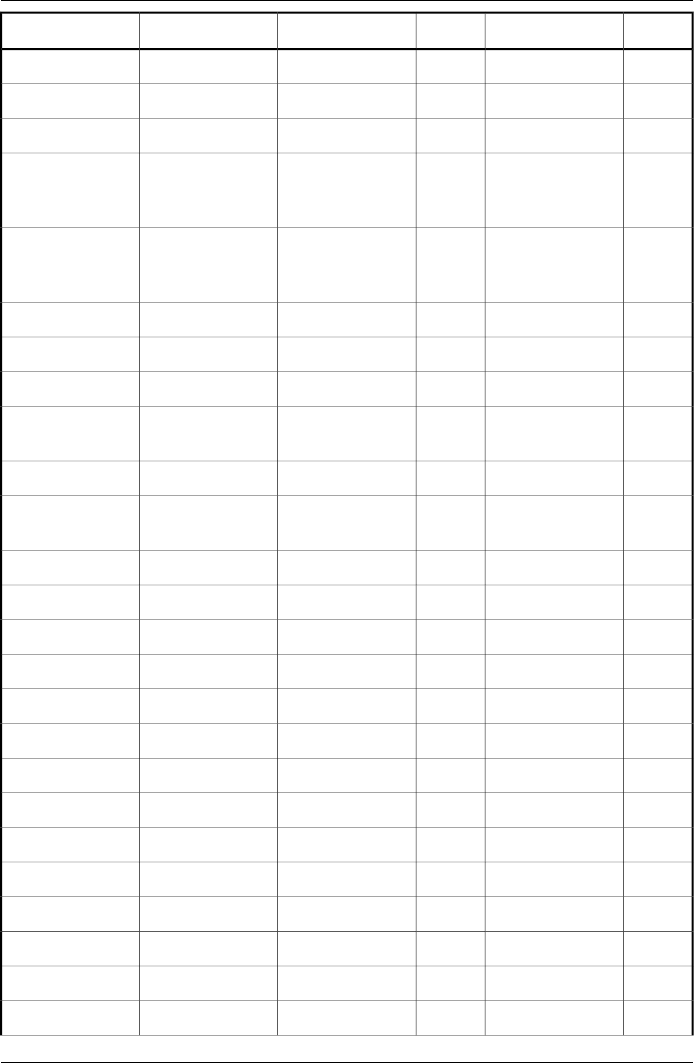
654321
30.283 µm27roughenedAluminum
30.1810 µm27roughenedAluminum
10.06–0.07T20–50rough surfaceAluminum
90.03–0.06LW70sheet, 4 samples
differently
scratched
Aluminum
90.05–0.08SW70sheet, 4 samples
differently
scratched
Aluminum
20.04T20vacuum depositedAluminum
50.83–0.94SW17weathered, heavilyAluminum
10.60T20Aluminum bronze
10.28TpowderAluminum hydrox-
ide
10.46Tactivated, powderAluminum oxide
10.16Tpure, powder (alu-
mina)
Aluminum oxide
10.96T20boardAsbestos
10.78TfabricAsbestos
70.94SW35floor tileAsbestos
10.93–0.95T40–400paperAsbestos
10.40–0.60TpowderAsbestos
10.96T20slateAsbestos
80.967LLW4Asphalt paving
10.22T20–350dull, tarnishedBrass
90.04–0.09SW70oxidizedBrass
90.03–0.07LW70oxidizedBrass
20.61T100oxidizedBrass
10.59–0.61T200–600oxidized at 600°CBrass
10.03T200polishedBrass
20.03T100polished, highlyBrass
194 Publ. No. T559598 Rev. a554 – ENGLISH (EN) – September 27, 2011
36 – Emissivity tables
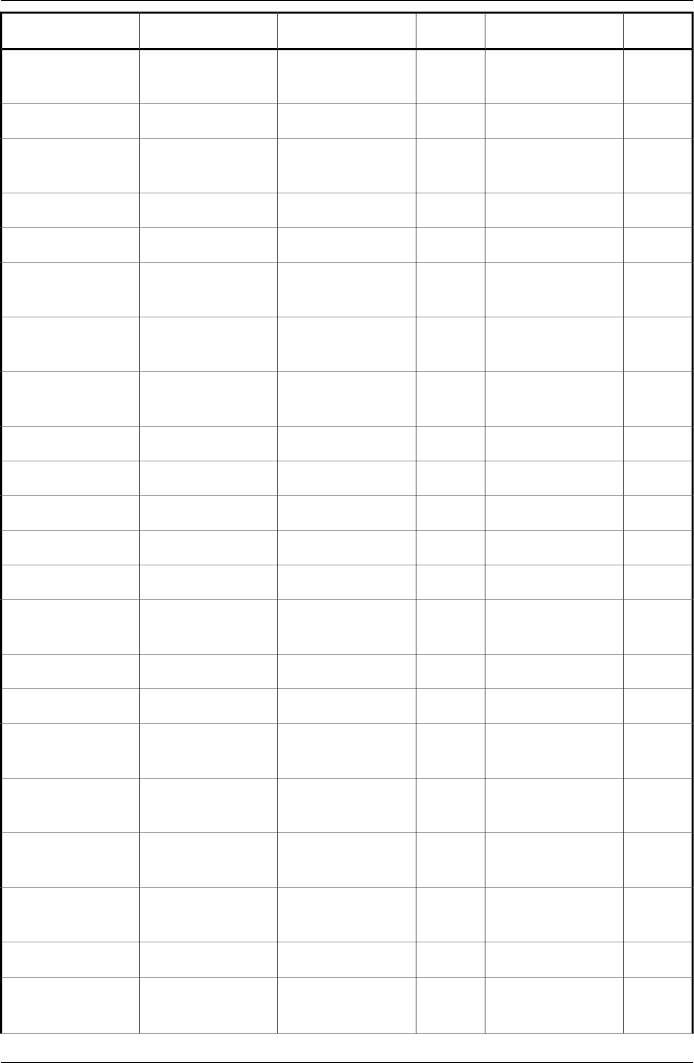
654321
20.20T20rubbed with 80-
grit emery
Brass
10.06T20sheet, rolledBrass
10.2T20sheet, worked with
emery
Brass
50.68SW17aluminaBrick
50.86–0.81SW17commonBrick
10.85T1100Dinas silica,
glazed, rough
Brick
10.66T1000Dinas silica, refrac-
tory
Brick
10.80T1000Dinas silica,
unglazed, rough
Brick
50.68SW17firebrickBrick
10.85T20fireclayBrick
10.75T1000fireclayBrick
10.59T1200fireclayBrick
70.94SW35masonryBrick
10.94T20masonry, plas-
tered
Brick
20.93T20red, commonBrick
10.88–0.93T20red, roughBrick
10.46T1000refractory, corun-
dum
Brick
10.38T1000–1300refractory, magne-
site
Brick
10.8–0.9T500–1000refractory, strongly
radiating
Brick
10.65–0.75T500–1000refractory, weakly
radiating
Brick
10.66T1230silica, 95% SiO2
Brick
10.29T1500sillimanite, 33%
SiO2, 64% Al2O3
Brick
Publ. No. T559598 Rev. a554 – ENGLISH (EN) – September 27, 2011 195
36 – Emissivity tables
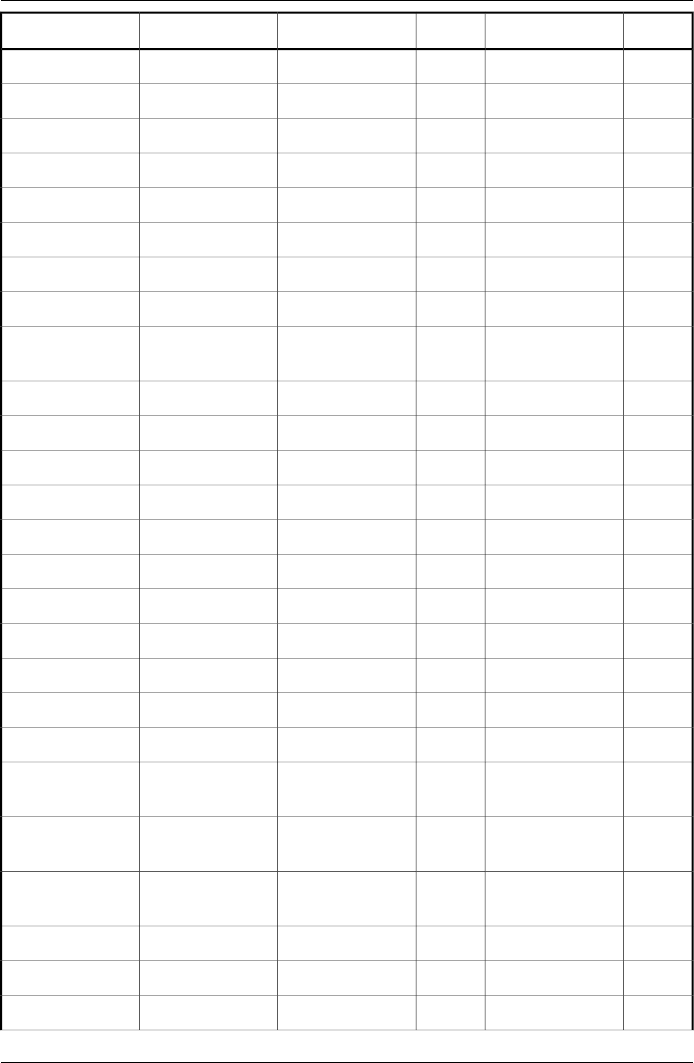
654321
50.87SW17waterproofBrick
90.06LW70phosphor bronzeBronze
90.08SW70phosphor bronzeBronze
10.1T50polishedBronze
10.55T50–150porous, roughBronze
10.76–0.80TpowderBronze
20.95T20candle sootCarbon
10.96Tcharcoal powderCarbon
20.98T20graphite, filed sur-
face
Carbon
10.97Tgraphite powderCarbon
10.95–0.97T20–400lampblackCarbon
60.90SW20untreatedChipboard
10.10T50polishedChromium
10.28–0.38T500–1000polishedChromium
10.91T70firedClay
10.98T20blackCloth
20.92T20Concrete
70.95SW36dryConcrete
50.97SW17roughConcrete
80.974LLW5walkwayConcrete
10.07T20commercial, bur-
nished
Copper
10.018T80electrolytic, careful-
ly polished
Copper
40.006T–34electrolytic, pol-
ished
Copper
10.13–0.15T1100–1300moltenCopper
10.6–0.7T50oxidizedCopper
40.78T27oxidized, blackCopper
196 Publ. No. T559598 Rev. a554 – ENGLISH (EN) – September 27, 2011
36 – Emissivity tables
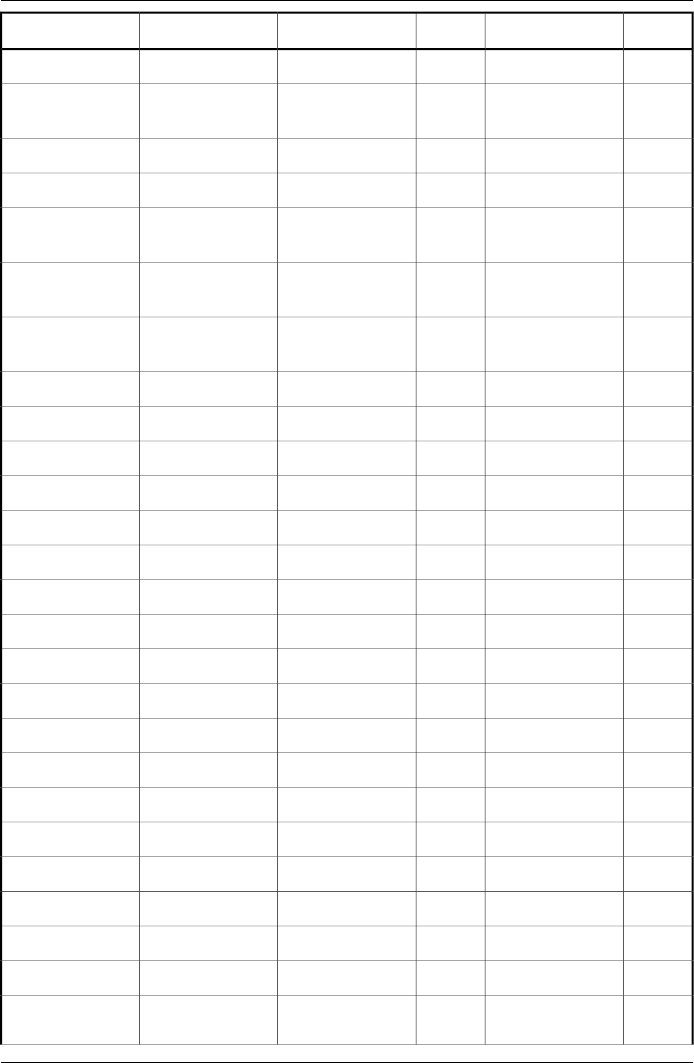
654321
20.78T20oxidized, heavilyCopper
10.88Toxidized to black-
ness
Copper
10.02T50–100polishedCopper
20.03T100polishedCopper
40.03T27polished, commer-
cial
Copper
40.015T22polished, mechan-
ical
Copper
40.008T22pure, carefully
prepared surface
Copper
40.07T27scrapedCopper
10.84TpowderCopper dioxide
10.70Tred, powderCopper oxide
10.89TEbonite
10.85T80coarseEmery
10.9T20Enamel
10.85–0.95T20lacquerEnamel
60.85SW20hard, untreatedFiber board
90.88LW70masoniteFiber board
90.75SW70masoniteFiber board
90.89LW70particle boardFiber board
90.77SW70particle boardFiber board
60.85SW20porous, untreatedFiber board
10.018T130polishedGold
10.02–0.03T200–600polished, carefullyGold
20.02T100polished, highlyGold
80.849LLW20polishedGranite
80.879LLW21roughGranite
90.77–0.87LW70rough, 4 different
samples
Granite
Publ. No. T559598 Rev. a554 – ENGLISH (EN) – September 27, 2011 197
36 – Emissivity tables
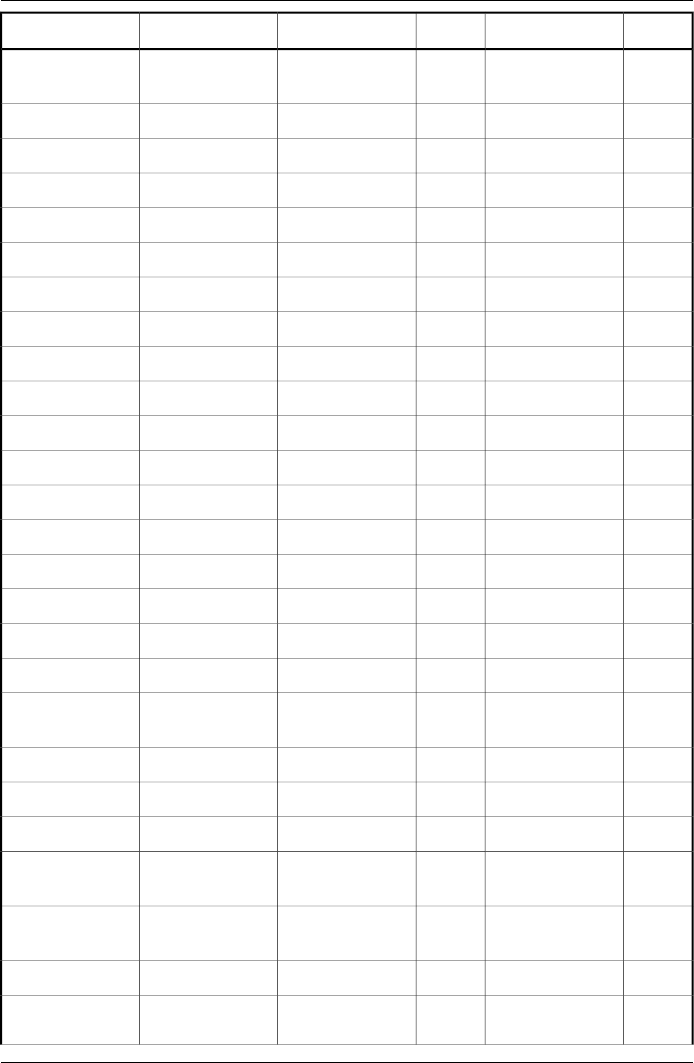
654321
90.95–0.97SW70rough, 4 different
samples
Granite
10.8–0.9T20Gypsum
Ice: See Water
10.81T50castingIron, cast
10.95T1000ingotsIron, cast
10.28T1300liquidIron, cast
10.60–0.70T800–1000machinedIron, cast
40.63T38oxidizedIron, cast
20.64T100oxidizedIron, cast
40.66T260oxidizedIron, cast
40.76T538oxidizedIron, cast
10.64–0.78T200–600oxidized at 600°CIron, cast
40.21T38polishedIron, cast
20.21T40polishedIron, cast
10.21T200polishedIron, cast
10.87–0.95T900–1100unworkedIron, cast
90.09LW70cold rolledIron and steel
90.20SW70cold rolledIron and steel
10.61–0.85T20covered with red
rust
Iron and steel
40.05T22electrolyticIron and steel
40.05T100electrolyticIron and steel
40.07T260electrolyticIron and steel
10.05–0.06T175–225electrolytic, careful-
ly polished
Iron and steel
10.24T20freshly worked
with emery
Iron and steel
10.55–0.61T950–1100ground sheetIron and steel
20.69T20heavily rusted
sheet
Iron and steel
198 Publ. No. T559598 Rev. a554 – ENGLISH (EN) – September 27, 2011
36 – Emissivity tables
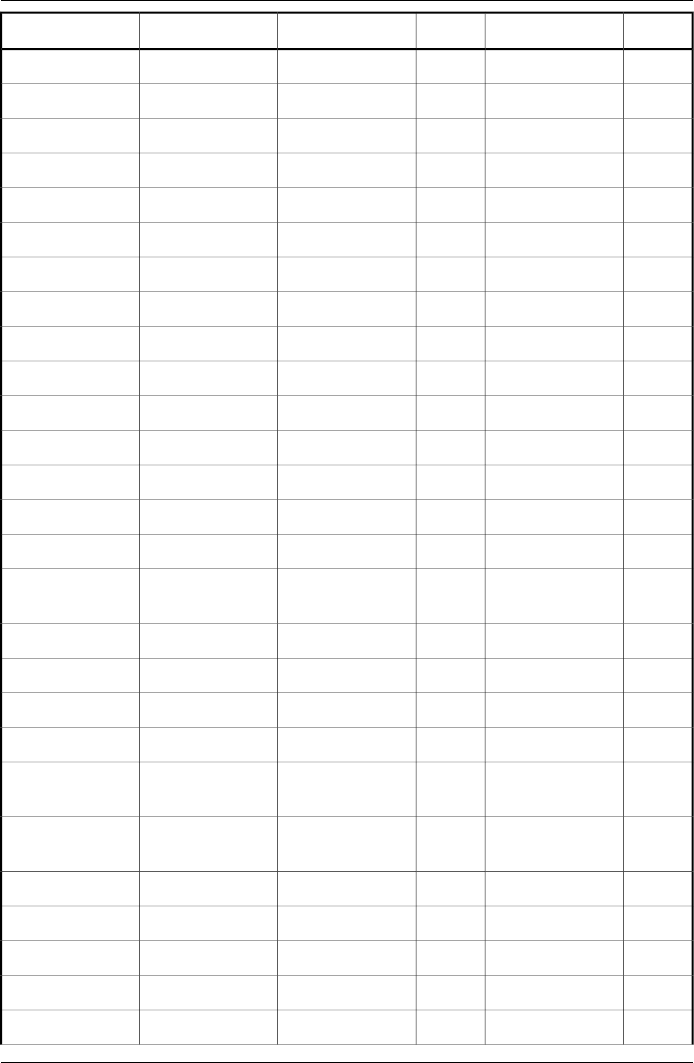
654321
10.77T20hot rolledIron and steel
10.60T130hot rolledIron and steel
10.74T100oxidizedIron and steel
40.74T100oxidizedIron and steel
10.78–0.82T125–525oxidizedIron and steel
20.79T200oxidizedIron and steel
40.89T1227oxidizedIron and steel
10.80T200–600oxidizedIron and steel
10.88T50oxidized stronglyIron and steel
10.98T500oxidized stronglyIron and steel
20.07T100polishedIron and steel
10.14–0.38T400–1000polishedIron and steel
10.52–0.56T750–1050polished sheetIron and steel
10.24T20rolled, freshlyIron and steel
10.56T50rolled sheetIron and steel
10.95–0.98T50rough, plane sur-
face
Iron and steel
50.96SW17rusted, heavilyIron and steel
40.69T22rusted red, sheetIron and steel
10.69T20rusty, redIron and steel
10.16T150shiny, etchedIron and steel
10.82T20shiny oxide layer,
sheet,
Iron and steel
10.28T40–250wrought, carefully
polished
Iron and steel
90.85LW70heavily oxidizedIron galvanized
90.64SW70heavily oxidizedIron galvanized
40.07T92sheetIron galvanized
10.23T30sheet, burnishedIron galvanized
10.28T20sheet, oxidizedIron galvanized
Publ. No. T559598 Rev. a554 – ENGLISH (EN) – September 27, 2011 199
36 – Emissivity tables
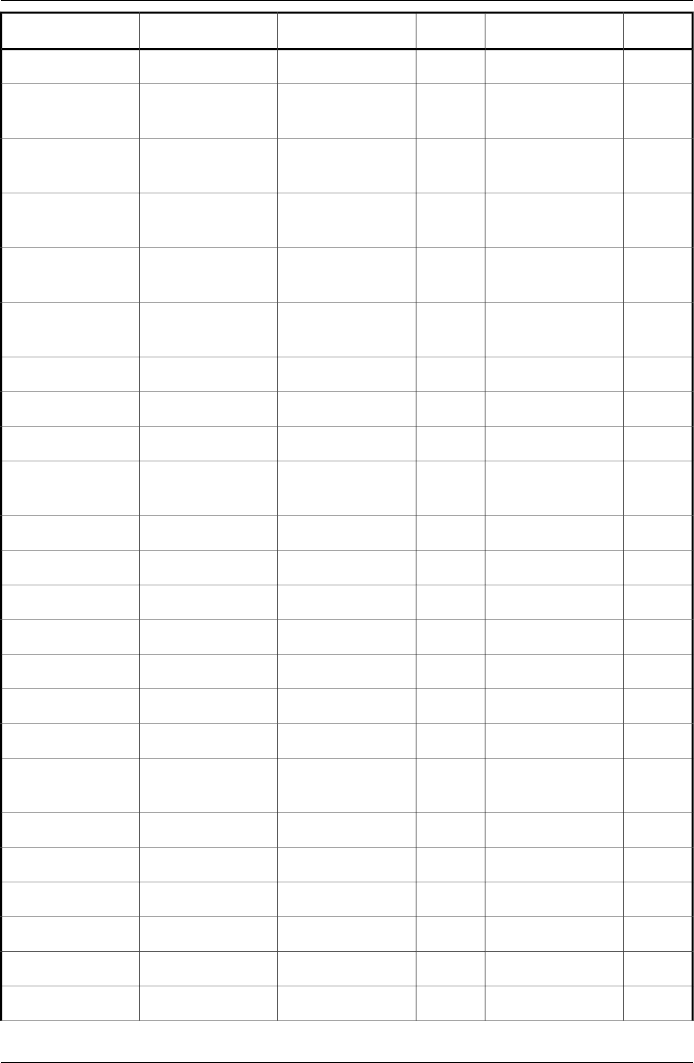
654321
40.064T24sheetIron tinned
12Ca. 0.96LWRoom temperature
up to 175
Flat blackKrylon Ultra-flat
black 1602
12Ca. 0.97MWRoom temperature
up to 175
Flat blackKrylon Ultra-flat
black 1602
90.92–0.94LW703 colors sprayed
on Aluminum
Lacquer
90.50–0.53SW703 colors sprayed
on Aluminum
Lacquer
10.4T20Aluminum on
rough surface
Lacquer
10.83T80bakeliteLacquer
10.96–0.98T40–100black, dullLacquer
20.97T100black, matteLacquer
10.87T20black, shiny,
sprayed on iron
Lacquer
10.92T100heat–resistantLacquer
10.8–0.95T40–100whiteLacquer
20.92T100whiteLacquer
10.28T20oxidized, grayLead
40.28T22oxidized, grayLead
10.63T200oxidized at 200°CLead
10.08T250shinyLead
40.05T100unoxidized, pol-
ished
Lead
40.93T100Lead red
10.93T100Lead red, powder
10.75–0.80TtannedLeather
10.3–0.4TLime
40.07T22Magnesium
40.13T260Magnesium
200 Publ. No. T559598 Rev. a554 – ENGLISH (EN) – September 27, 2011
36 – Emissivity tables
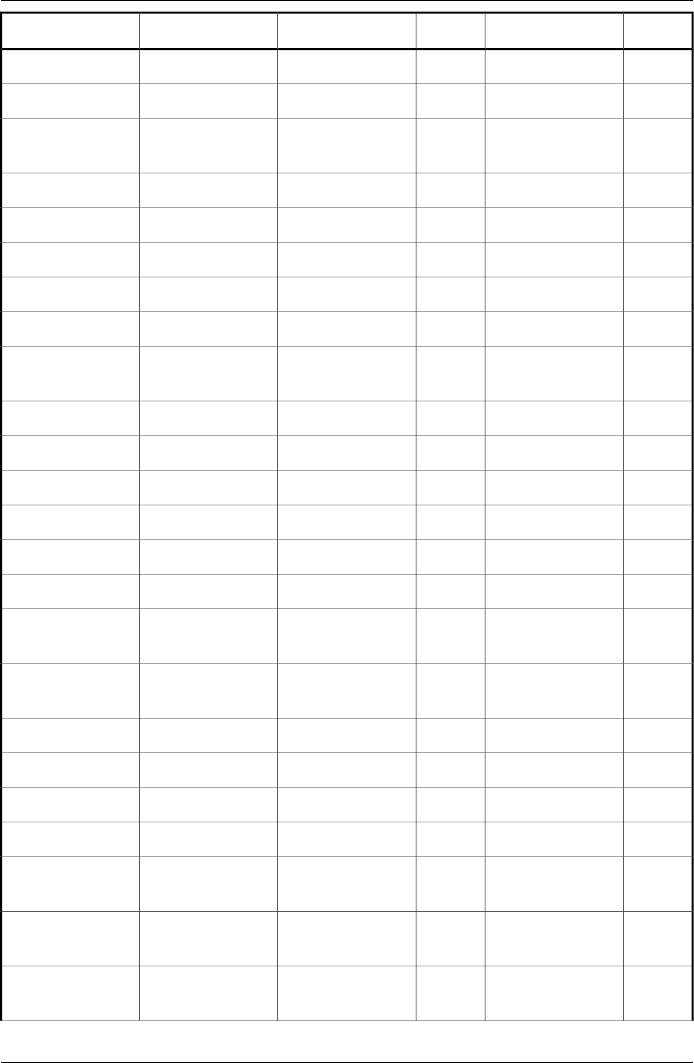
654321
40.18T538Magnesium
20.07T20polishedMagnesium
10.86TMagnesium pow-
der
10.08–0.13T600–1000Molybdenum
10.19–0.26T1500–2200Molybdenum
10.1–0.3T700–2500filamentMolybdenum
50.87SW17Mortar
70.94SW36dryMortar
10 and
11
> 0.97LW–60–150Flat blackNextel Velvet 811-
21 Black
10.25T700rolledNichrome
10.70T700sandblastedNichrome
10.65T50wire, cleanNichrome
10.71–0.79T500–1000wire, cleanNichrome
10.95–0.98T50–500wire, oxidizedNichrome
40.041T122bright matteNickel
10.045T100commercially
pure, polished
Nickel
10.07–0.09T200–400commercially
pure, polished
Nickel
40.04T22electrolyticNickel
40.06T38electrolyticNickel
40.07T260electrolyticNickel
40.10T538electrolyticNickel
20.05T20electroplated, pol-
ished
Nickel
40.045T22electroplated on
iron, polished
Nickel
10.11–0.40T20electroplated on
iron, unpolished
Nickel
Publ. No. T559598 Rev. a554 – ENGLISH (EN) – September 27, 2011 201
36 – Emissivity tables
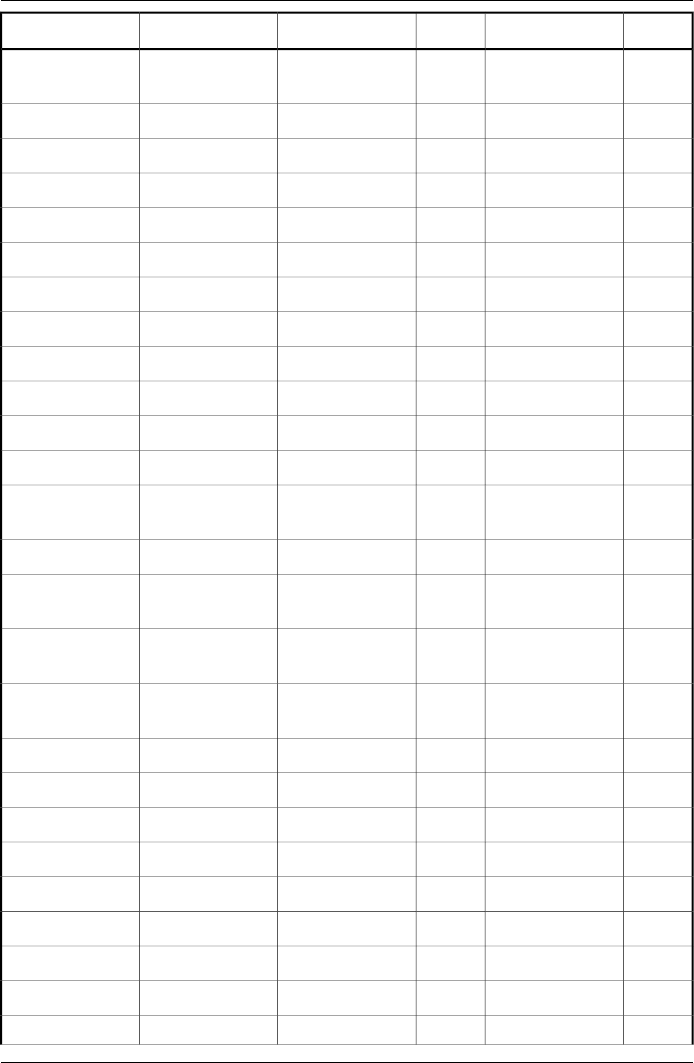
654321
40.11T22electroplated on
iron, unpolished
Nickel
20.37T200oxidizedNickel
40.37T227oxidizedNickel
40.85T1227oxidizedNickel
10.37–0.48T200–600oxidized at 600°CNickel
40.045T122polishedNickel
10.1–0.2T200–1000wireNickel
10.52–0.59T500–650Nickel oxide
10.75–0.86T1000–1250Nickel oxide
20.27T200.025 mm filmOil, lubricating
20.46T200.050 mm filmOil, lubricating
20.72T200.125 mm filmOil, lubricating
20.05T20film on Ni base: Ni
base only
Oil, lubricating
20.82T20thick coatingOil, lubricating
90.92–0.94LW708 different colors
and qualities
Paint
90.88–0.96SW708 different colors
and qualities
Paint
10.27–0.67T50–100Aluminum, various
ages
Paint
10.28–0.33Tcadmium yellowPaint
10.65–0.70Tchrome greenPaint
10.7–0.8Tcobalt bluePaint
50.87SW17oilPaint
60.94SW20oil, black flatPaint
60.92SW20oil, black glossPaint
60.97SW20oil, gray flatPaint
60.96SW20oil, gray glossPaint
10.92–0.96T100oil, various colorsPaint
202 Publ. No. T559598 Rev. a554 – ENGLISH (EN) – September 27, 2011
36 – Emissivity tables
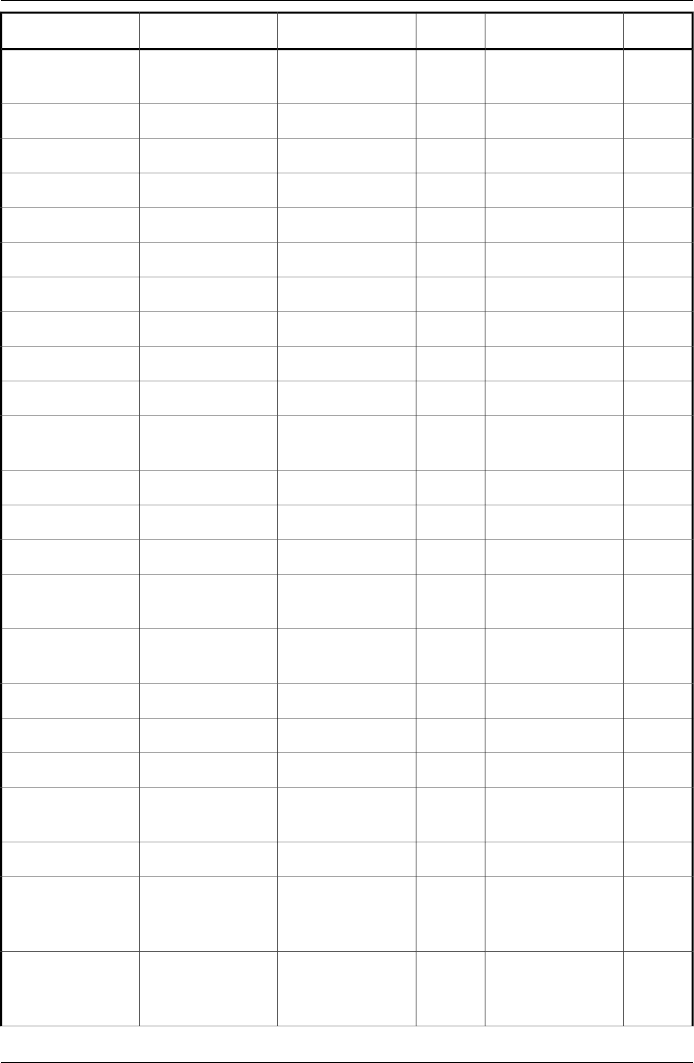
654321
20.94T100oil based, average
of 16 colors
Paint
60.95SW20plastic, blackPaint
60.84SW20plastic, whitePaint
90.92–0.94LW704 different colorsPaper
90.68–0.74SW704 different colorsPaper
10.90TblackPaper
10.94Tblack, dullPaper
90.89LW70black, dullPaper
90.86SW70black, dullPaper
10.84Tblue, darkPaper
10.93Tcoated with black
lacquer
Paper
10.85TgreenPaper
10.76TredPaper
10.7–0.9T20whitePaper
90.88–0.90LW70white, 3 different
glosses
Paper
90.76–0.78SW70white, 3 different
glosses
Paper
20.93T20white bondPaper
10.72TyellowPaper
50.86SW17Plaster
60.90SW20plasterboard, un-
treated
Plaster
20.91T20rough coatPlaster
90.91LW70glass fibre lami-
nate (printed circ.
board)
Plastic
90.94SW70glass fibre lami-
nate (printed circ.
board)
Plastic
Publ. No. T559598 Rev. a554 – ENGLISH (EN) – September 27, 2011 203
36 – Emissivity tables
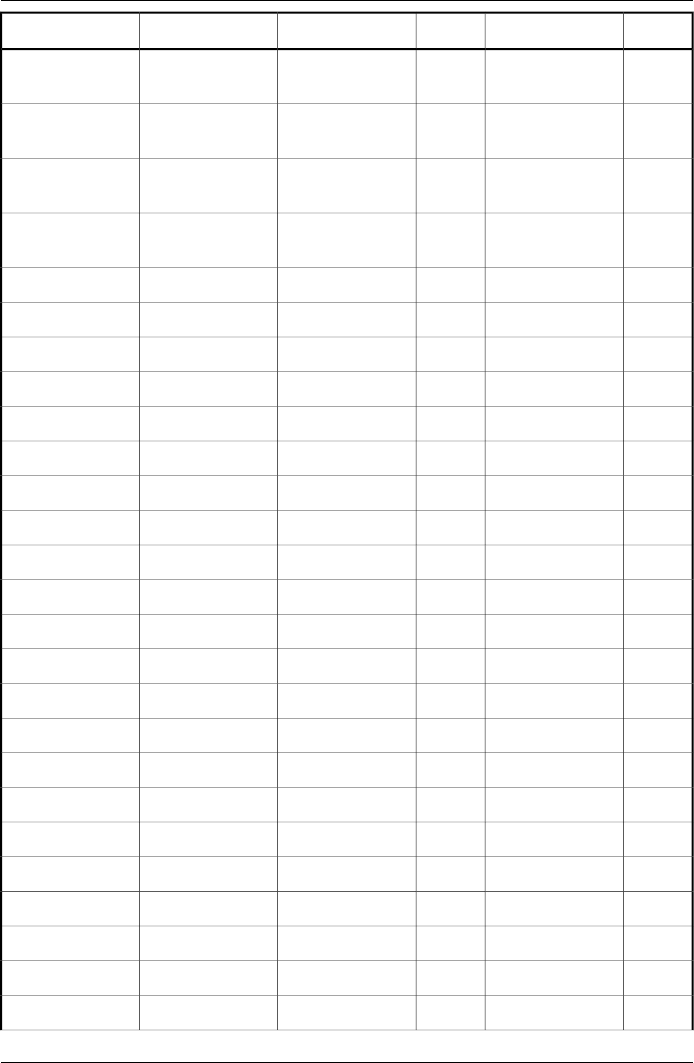
654321
90.55LW70polyurethane isola-
tion board
Plastic
90.29SW70polyurethane isola-
tion board
Plastic
90.93LW70PVC, plastic floor,
dull, structured
Plastic
90.94SW70PVC, plastic floor,
dull, structured
Plastic
40.016T17Platinum
40.03T22Platinum
40.05T100Platinum
40.06T260Platinum
40.10T538Platinum
10.14–0.18T1000–1500Platinum
40.18T1094Platinum
10.05–0.10T200–600pure, polishedPlatinum
10.12–0.17T900–1100ribbonPlatinum
10.06–0.07T50–200wirePlatinum
10.10–0.16T500–1000wirePlatinum
10.18T1400wirePlatinum
10.92T20glazedPorcelain
10.70–0.75Twhite, shinyPorcelain
10.95T20hardRubber
10.95T20soft, gray, roughRubber
10.60TSand
20.90T20Sand
80.909LLW19polishedSandstone
80.935LLW19roughSandstone
20.03T100polishedSilver
10.02–0.03T200–600pure, polishedSilver
204 Publ. No. T559598 Rev. a554 – ENGLISH (EN) – September 27, 2011
36 – Emissivity tables
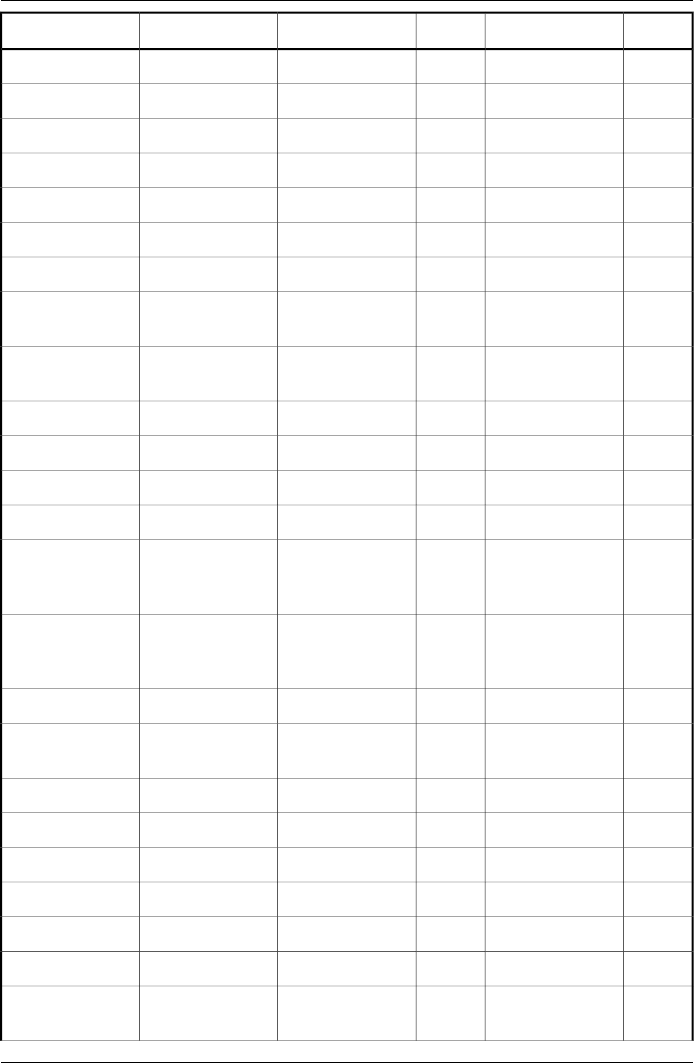
654321
20.98T32humanSkin
10.97–0.93T0–100boilerSlag
10.89–0.78T200–500boilerSlag
10.76–0.70T600–1200boilerSlag
10.69–0.67T1400–1800boilerSlag
Snow: See Water
20.92T20drySoil
20.95T20saturated with wa-
ter
Soil
10.35T500alloy, 8% Ni, 18%
Cr
Stainless steel
10.45T700rolledStainless steel
10.70T700sandblastedStainless steel
90.14LW70sheet, polishedStainless steel
90.18SW70sheet, polishedStainless steel
90.28LW70sheet, untreated,
somewhat
scratched
Stainless steel
90.30SW70sheet, untreated,
somewhat
scratched
Stainless steel
20.16T20type 18-8, buffedStainless steel
20.85T60type 18-8, oxi-
dized at 800°C
Stainless steel
10.91T10–90rough, limeStucco
70.60SW37insulationStyrofoam
10.79–0.84TTar
10.91–0.93T20paperTar
50.94SW17glazedTile
10.04–0.06T20–50burnishedTin
20.07T100tin–plated sheet
iron
Tin
Publ. No. T559598 Rev. a554 – ENGLISH (EN) – September 27, 2011 205
36 – Emissivity tables
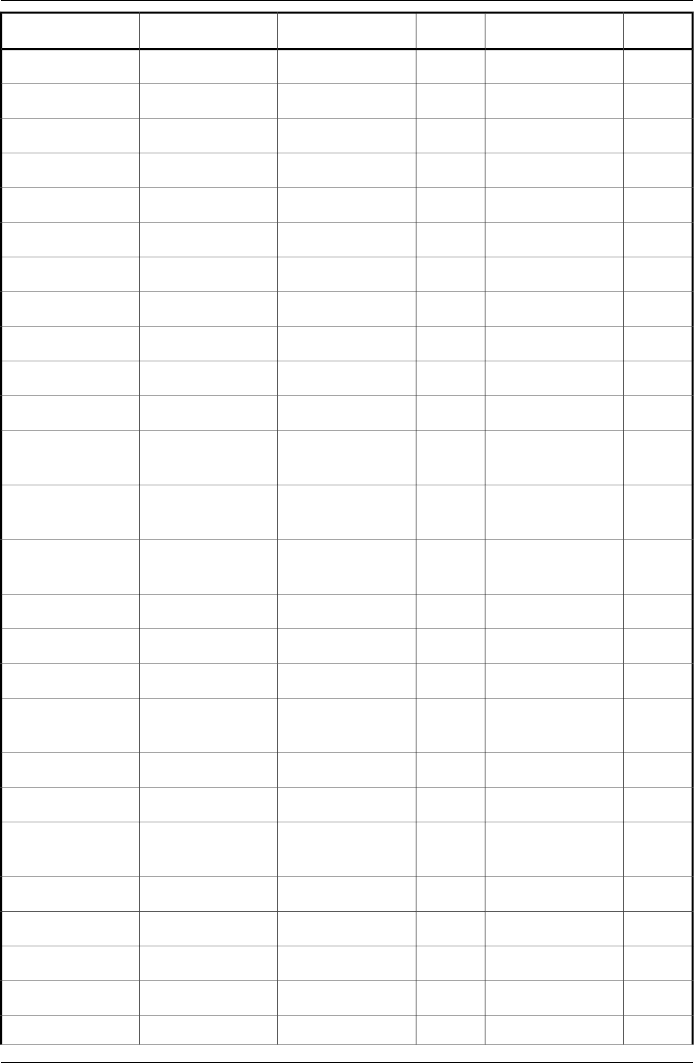
654321
10.40T200oxidized at 540°CTitanium
10.50T500oxidized at 540°CTitanium
10.60T1000oxidized at 540°CTitanium
10.15T200polishedTitanium
10.20T500polishedTitanium
10.36T1000polishedTitanium
10.05T200Tungsten
10.1–0.16T600–1000Tungsten
10.24–0.31T1500–2200Tungsten
10.39T3300filamentTungsten
60.93SW20flatVarnish
90.90–0.93LW70on oak parquet
floor
Varnish
90.90SW70on oak parquet
floor
Varnish
60.85SW20slight pattern, light
gray
Wallpaper
60.90SW20slight pattern, redWallpaper
20.96T20distilledWater
20.98T–10frost crystalsWater
10.98T0ice, covered with
heavy frost
Water
20.96T–10ice, smoothWater
10.97T0ice, smoothWater
10.95–0.98T0–100layer >0.1 mm
thick
Water
10.8TsnowWater
20.85T–10snowWater
50.98SW17Wood
80.962LLW19Wood
10.5–0.7TgroundWood
206 Publ. No. T559598 Rev. a554 – ENGLISH (EN) – September 27, 2011
36 – Emissivity tables
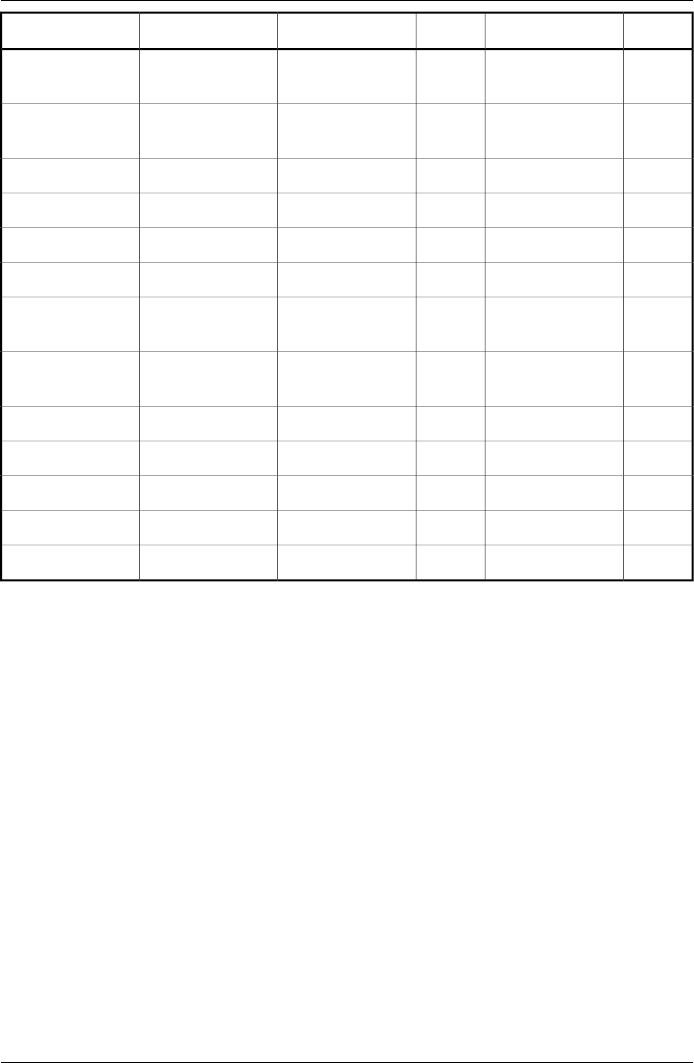
654321
90.81–0.89LW70pine, 4 different
samples
Wood
90.67–0.75SW70pine, 4 different
samples
Wood
10.8–0.9T20planedWood
20.90T20planed oakWood
90.88LW70planed oakWood
90.77SW70planed oakWood
70.82SW36plywood, smooth,
dry
Wood
60.83SW20plywood, untreat-
ed
Wood
10.7–0.8T20white, dampWood
10.11T400oxidized at 400°CZinc
10.50–0.60T1000–1200oxidized surfaceZinc
10.04–0.05T200–300polishedZinc
10.20T50sheetZinc
Publ. No. T559598 Rev. a554 – ENGLISH (EN) – September 27, 2011 207
36 – Emissivity tables
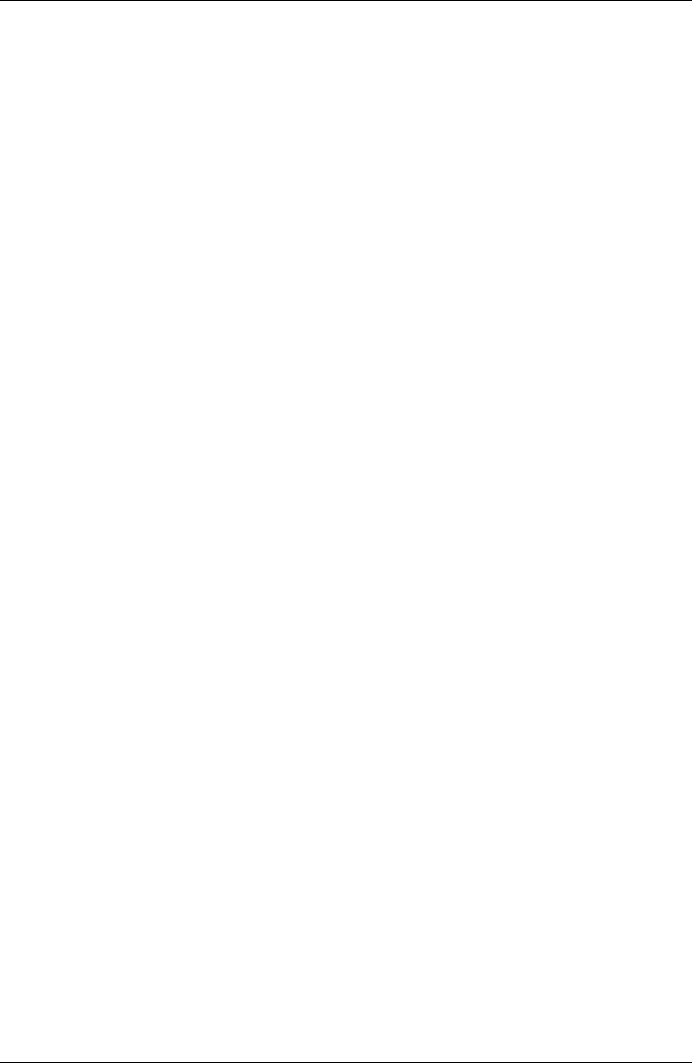
A note on the technical production of this publication
This publication was produced using XML—the eXtensible Markup Language. For more information about XML, please visit
http://www.w3.org/XML/
A note on the typeface used in this publication
This publication was typeset using Swiss 721, which is Bitstream’s pan-European version of the Helvetica™ typeface. Helvetica™ was designed
by Max Miedinger (1910–1980).
List of effective files
20235103.xml a24
20235203.xml a21
20235303.xml a18
20236703.xml a56
20237103.xml a10
20238503.xml a9
20238703.xml b8
20250403.xml a21
20254903.xml a71
20257003.xml a40
20257103.xml a17
20257303.xml a33
20273203.xml a13
20275203.xml a14
20279803.xml a8
20281003.xml a1
20287303.xml a9
20292403.xml a5
20295003.xml a13
20295703.xml a7
20295803.xml a6
20295903.xml a5
20296003.xml a4
20296103.xml a9
20296203.xml a11
20296303.xml a9
20296403.xml a9
20296503.xml a10
20296603.xml a11
20296703.xml a8
20296803.xml a11
20296903.xml a9
20297003.xml a11
20297203.xml a8
20297303.xml a7
20297403.xml a7
20297503.xml a3
20297603.xml a2
20299603.xml a4
R132.rcp a4
config.xml a5
208 Publ. No. T559598 Rev. a554 – ENGLISH (EN) – September 27, 2011
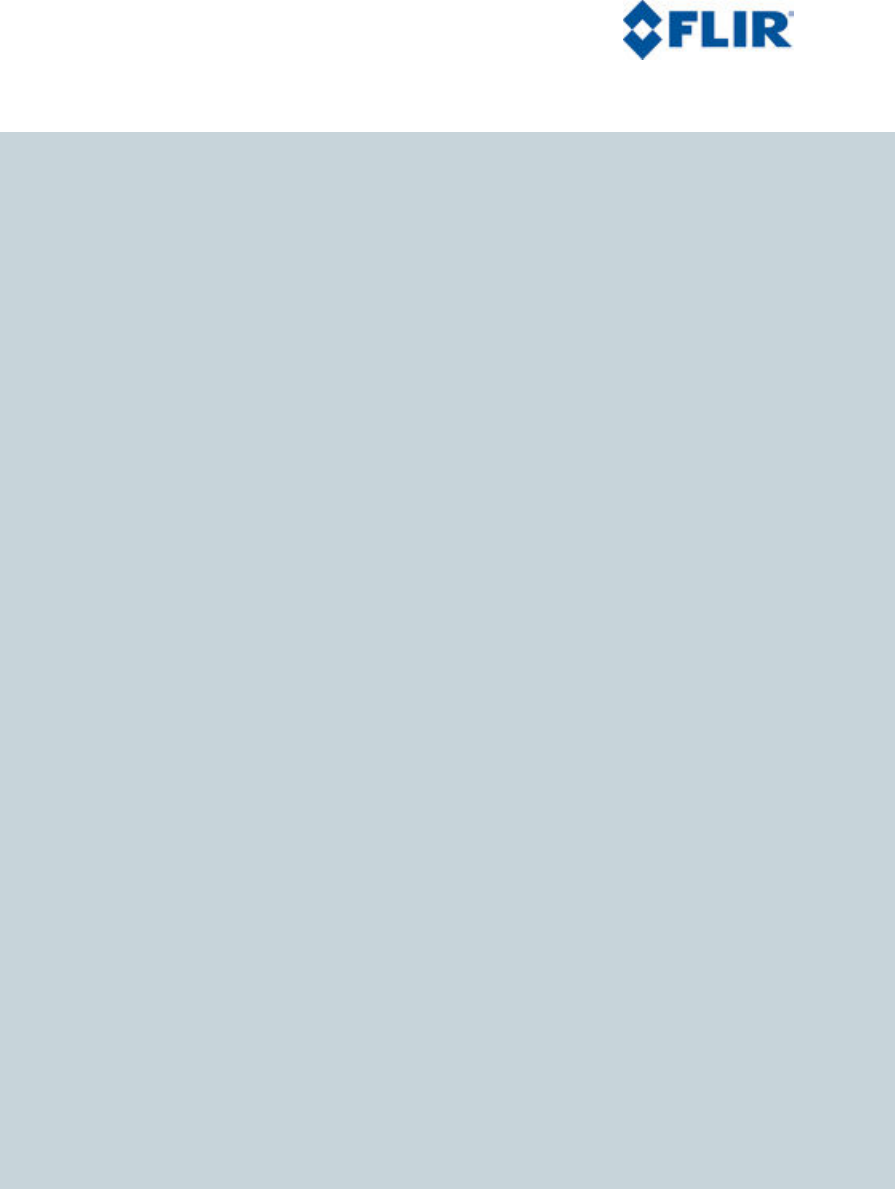
Corporate Headquarters
FLIR Systems, Inc.
27700 SW Parkway Avenue
Wilsonville, OR 97070
USA
Telephone: +1-800-727-3547
Website: http://www.flir.com